Traditional Color Sensibilities and role of Natural Environment
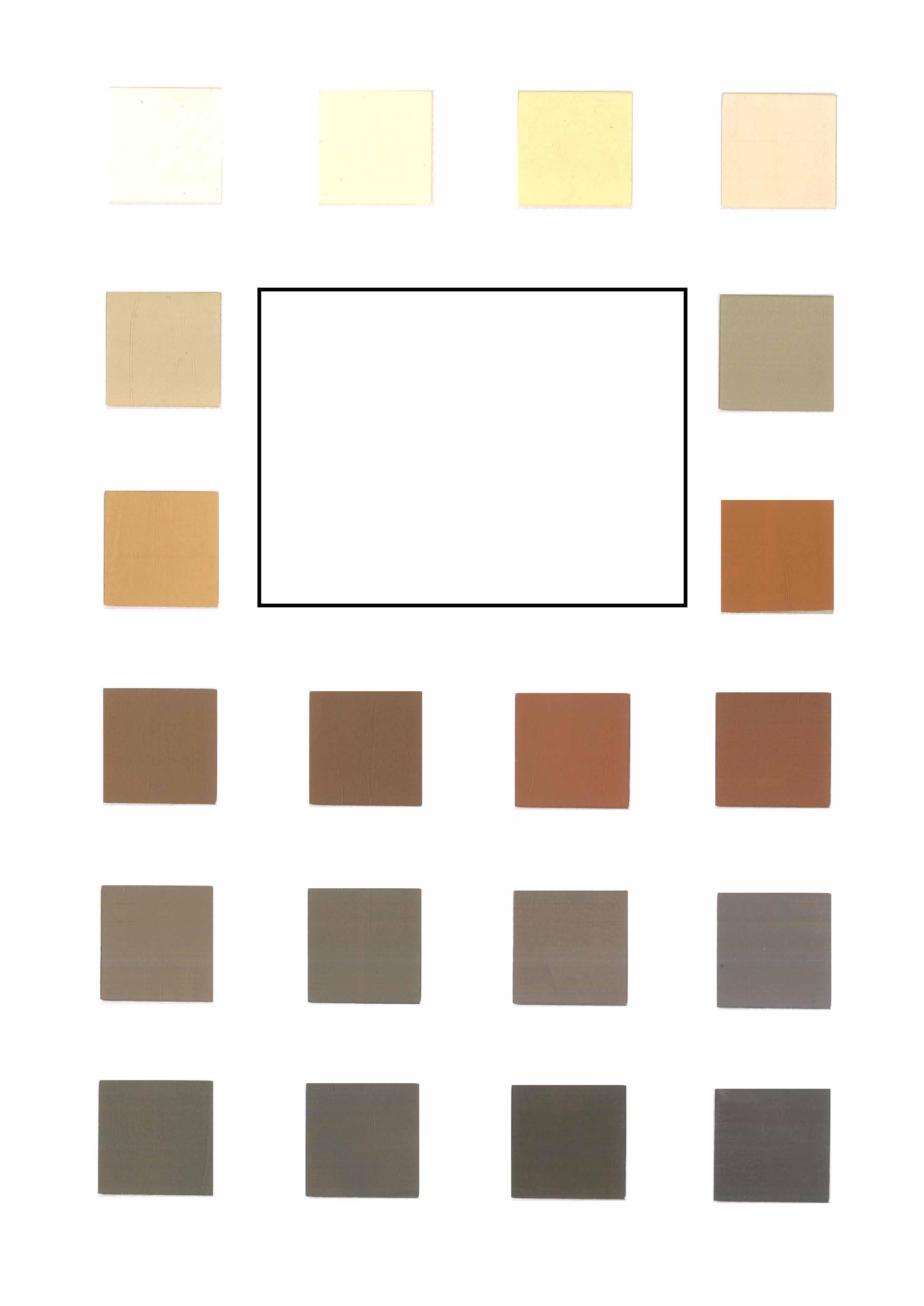 By Pooja Shah Guided by Amala Shah Barmer, Rajasthan
By Pooja Shah Guided by Amala Shah Barmer, Rajasthan
OFFACULTYDESIGN
Student Name & Code Pooja Shah_UI5517
Thesis Title :

APPROVAL
Traditional color sensibilities and the role of natural environment
The following study is hereby approved as a creditable work on the approved subject carried out and presented in the manner, sufficiently satisfactory to warrant its acceptance as a pre requisite to the degree of Bachelor of Interior Design for which it has been submitted.
It is to be understood that by this approval, the undersigned does not endorse or approve the statements made, opinions expressed or conclusion dra wn therein, but approves the study only for the purpose for which it has been submitted and satisfies him/her to the requirements laid down in the academic program.

Name Dean, Faculty of Design
KASTURBHAI LALBHAI CAMPUS UNIVERSITY ROAD, NAVRANGPURA AHMEDABAD 380009. GUJARAT,
2
WWW.CEPT.AC.IN T +91 79 26302470 F +91 79 26302075
INDIA
:
& Signature of the Guide
Declaration
This work contains no material which has been accepted for the award of any other Degree or Diploma in any University or other institutions and to the best of my knowledge does not contain any material previously published or written by another person except where due reference has been made in the text.
I consent to this copy of thesis, when in the library of CEPT Library, being available on loan and photocopying.
Student Name & Code No: Date:
Signature of student: 28.05.22Pooja Shah_UI5517

3
4 Barmer region documentation Natural Enviornmnet, Built Form , Textiles, Crafts and Culture by Pooja Shah, Batch 2017 CEPT AhmedabadPrintedotherwiseauthorAllGuide:Univeristy,AhmedabadAmalaShahthephotosaretakenbyunlessmentionedatSiddhiPrintech,
Acknowledgments
I would sincerely like to thank my guide, Amala Shah without whose guidance and vision this study would have not been possible. I am thankful to her for giving me a new perspective in the field of design.
My sincere thanks to all the people of Barmer who made this journey possible.
To all the faculties and school for the most valuable guidance through these 5 years.
To my most treasured time with abundance learning at SaranshStudio
Bashirkhan, Pruthviraj Rathore, Ruma Devi, S.U.R.E. (Society to Uplift Rural Economy,NGO in Barmer city) Lekhraj Tanwar, Kailash Painter,Kajal
Isha, Varun,Ratna ma’am,Errol sir, Naandi maam, KD sir and Chandra Mentors:Manishma’amDoshi and Kaveesha Shah Co-Interns Urvashi, Kashish, Siddhi,Shrey, Nishra
To the tourchbeares
to my co researchers and our endless discussions over coffee and cheese cakes at zen
to the batchmates who turnedfamily
to some amazing sets of seniors and juniors
to all my friends for truly being my buffer, handling mid semester crisis and being the cheerleadersloudest
Lastly and most important, to my structural system, my family for always being supportive, motivating and helping me find my way
Avishi, Devanshi and Shivam
Aashni and Chinmayee Vishnu, Dhruvi, Bhakti, Patel, Shreya, Naman,Aayushi, Nidhi R, Pritha and the whole 17 NaniSeva,Dad,Vedant,Nachiket,Heer,Deepanshi,Kashvi,Shail,Charvi,Aditi,Yug,Khushani,batchAdithya,SakshiMom,TallerbrotherKrish,kaka,kaki,Dada,Nanaand
5
6 20920618817882181609 Table Contentsof
7 PartIntroductionAbstractA:Natural Environment Part B: Man made Environment Part C: ReferencesGlossaryObservationsCulture
AbstractColor perception depends wholly on the quality of light and context with immediate surroundings in our field of vision. Color selection, in terms of preferred color palettes in traditional communities/ cultures have evolved based on these principals of color perception. The roles of material availability, socioeconomic factors, psychology and physiology have fractional influences on such selections. These color selections/preferences evolved and finetuned to become characteristic, signature cultural sensibilities as manifested in a specific way of life; encompassing the built environment, objects and implements, Arts, crafts and attire. These selections evolved just as specific built forms, arts and crafts evolved within these communities/cultures/regions.
India is a vast country with myriad communities and cultures in their totally varying natural environments and diametrically different geographic regions. Many of these cultures still retain their original essence with few alterations.
This presents a fabulous opportunity to embark upon such a study and documentation of traditional color sensibilities, with the emphasis on natural process of selection – a vital design process. These can possibly be applied to contemporary design processes.
8
Aim
To understand color perception and process of selec tion as guidelines, with possible application in contem porary Traditionaldesign.communities
and cultures have evolved their own perceptions and aesthetics over a long pe riod of time as it becomes a part of the internal char acter Color is a very important aspect of this aesthetic, as it influences the perception of all aesthetics in the particular community/culture as a way of life encom passing - the built form, textiles, objects of daily use, arts and crafts.
This study is an attempt at following the color selec tion and connection to the natural living environment. It will also briefly look into cultural influences on such selections.
Key words
Color perception, light quality, traditional communi ties, cultural history, way of life
Scope
- Understand a natural design process led by a partic ular community over years inspired by the immediate -context.Contemporisation of colors in a particular community over industrialization,
Limitations
- The research is oriented to the span of 4 months- Jan – April 2022 hence covers peak winters, and summer
9
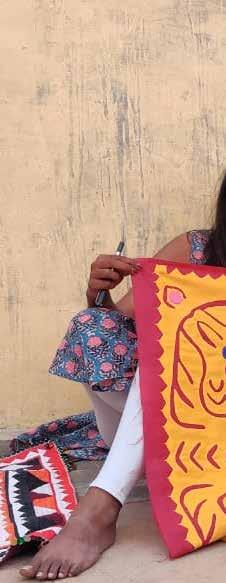

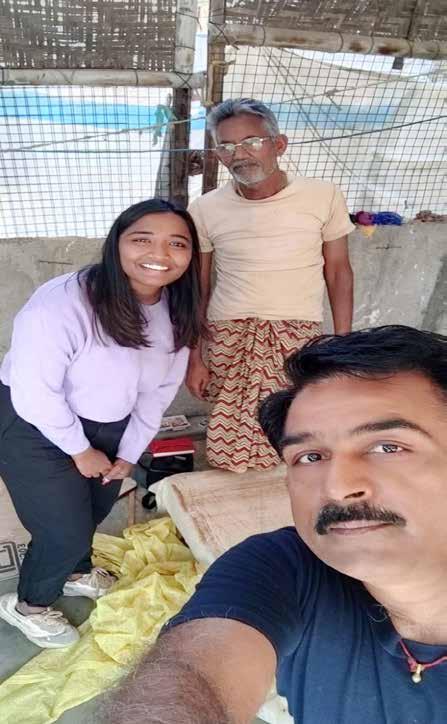
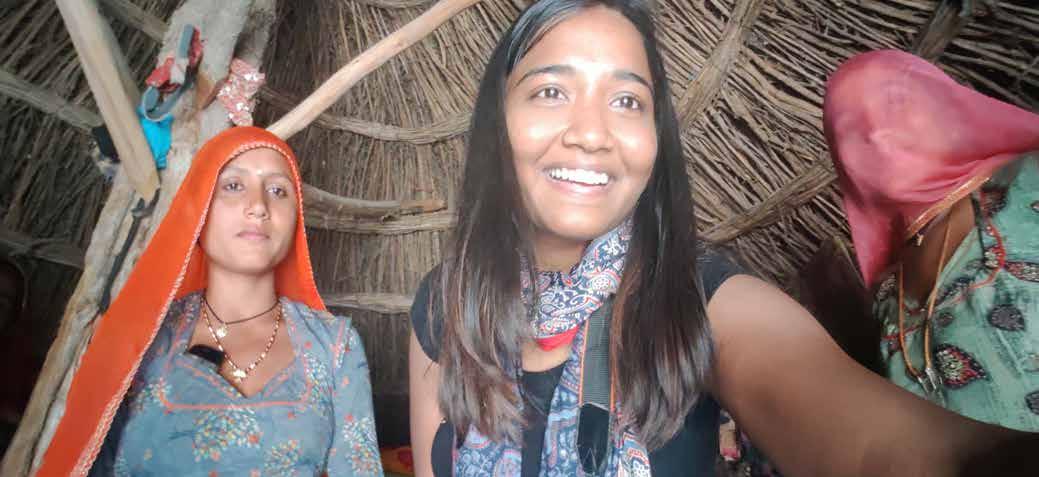





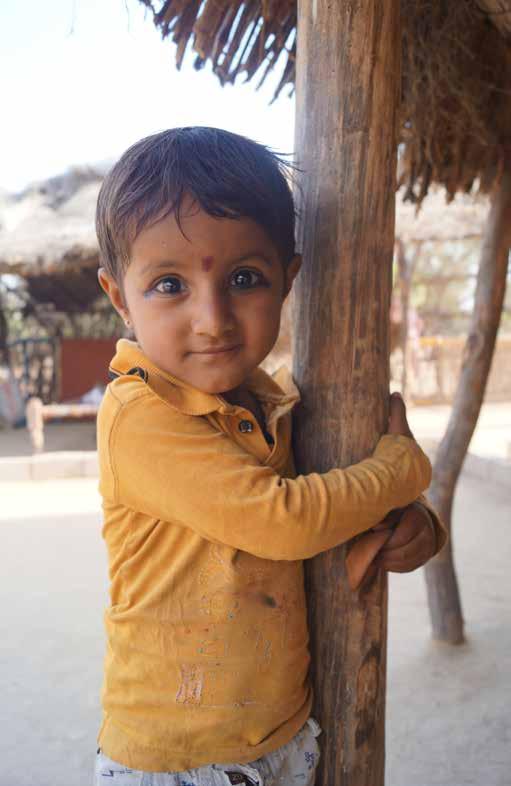
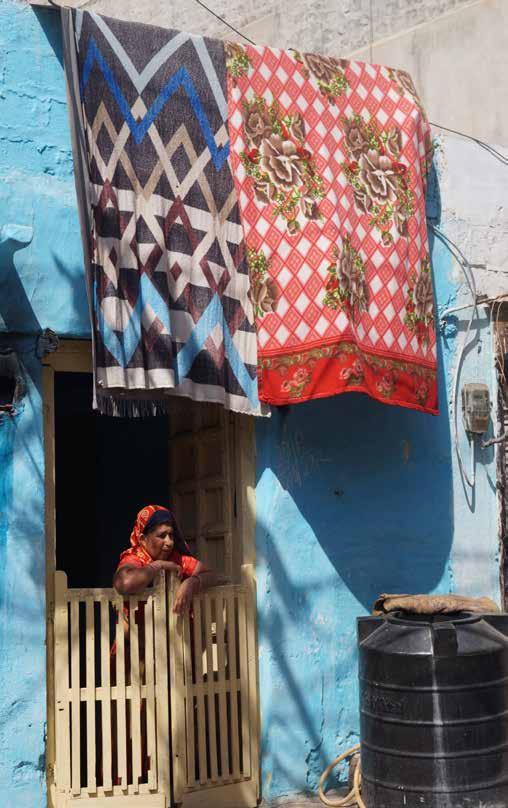
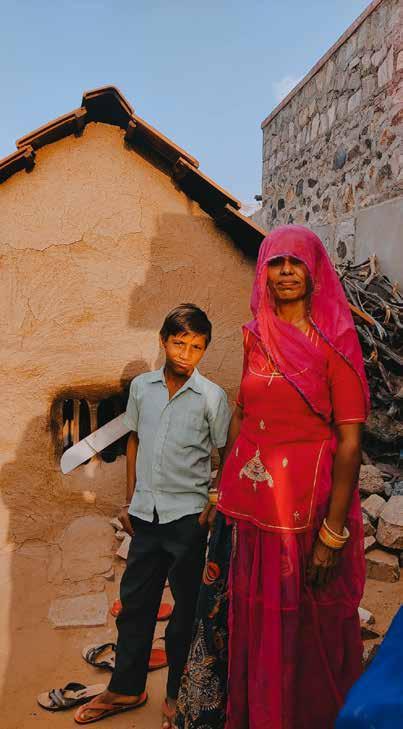

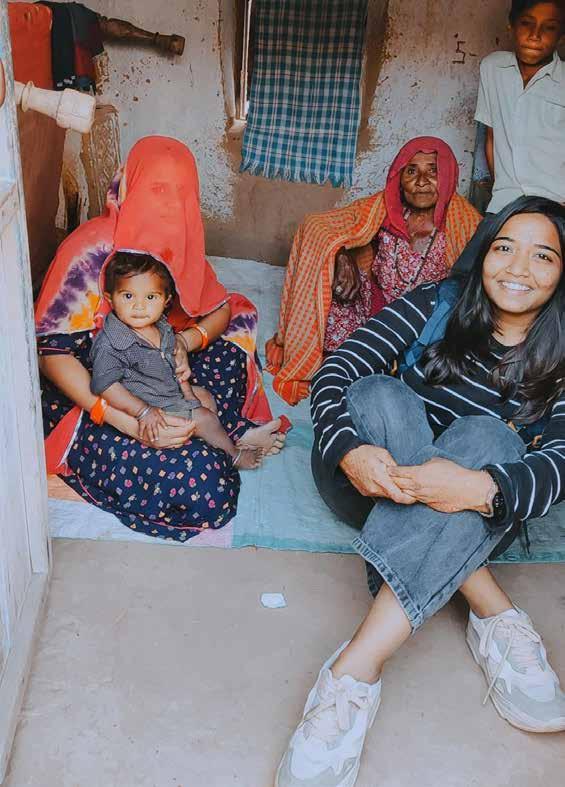
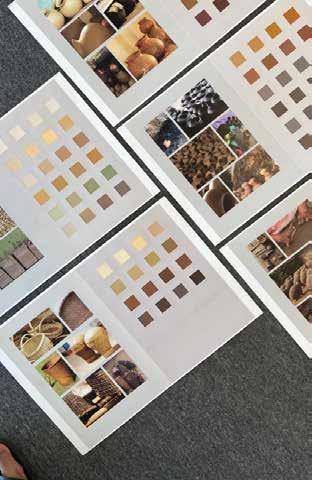



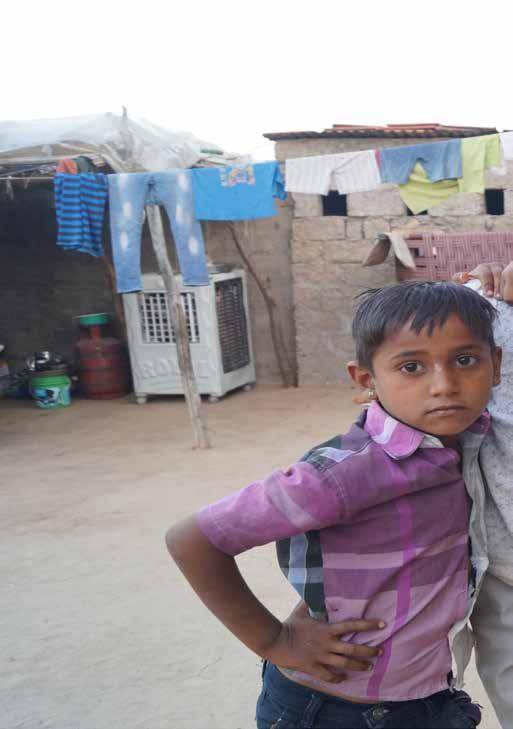
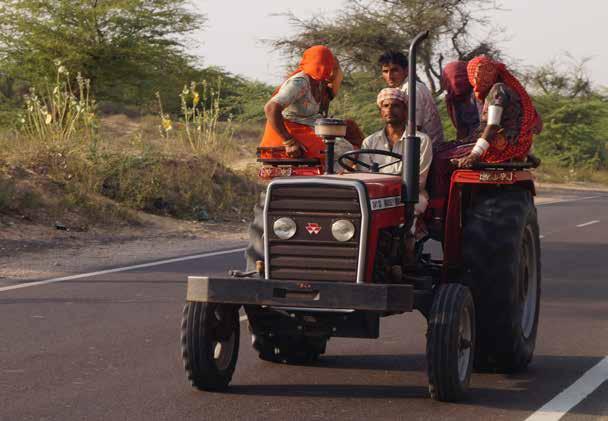

10
Methodology diagram
Field visits and data collection in the form of: Photographs of subjects mentioned in parts A, B and C Time lapse photographs depicting quality of light in the region Key color swatches of important references
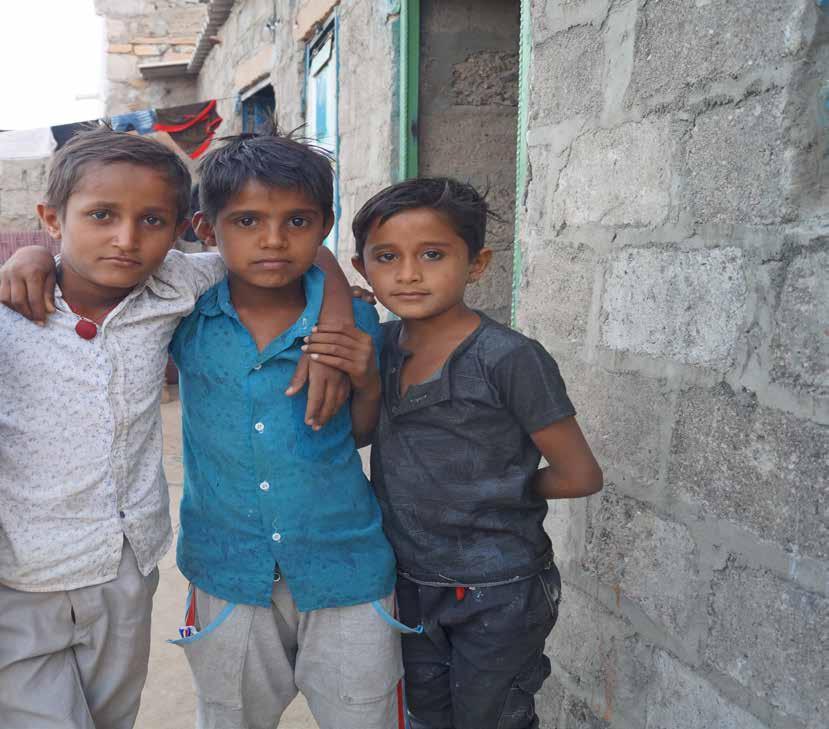
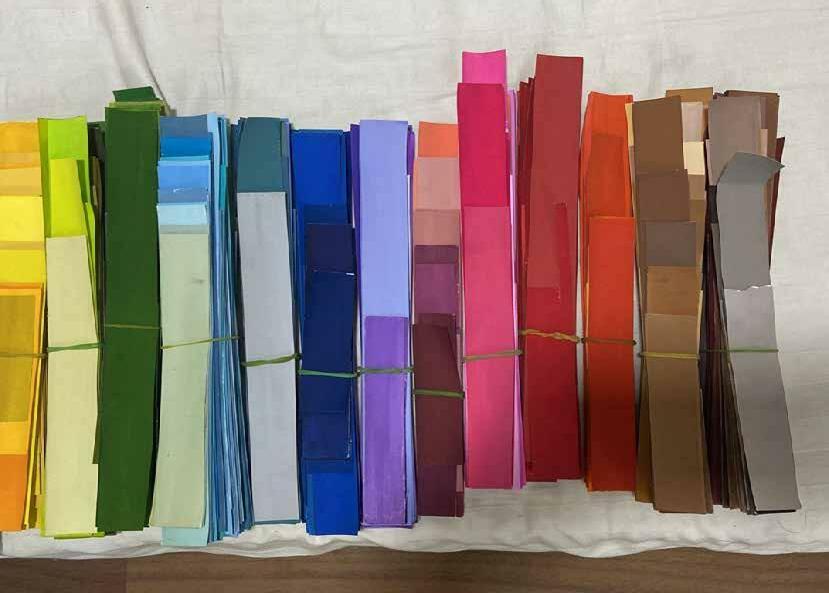
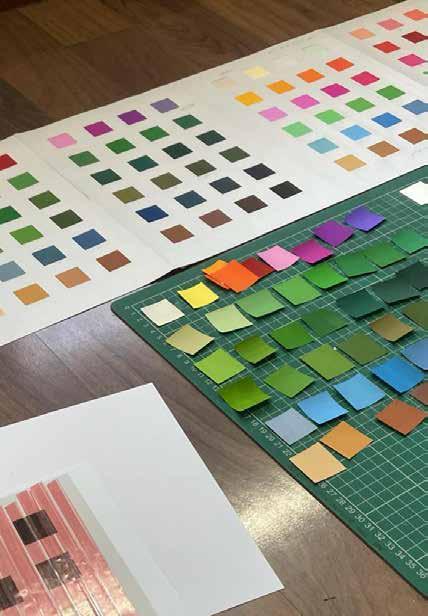
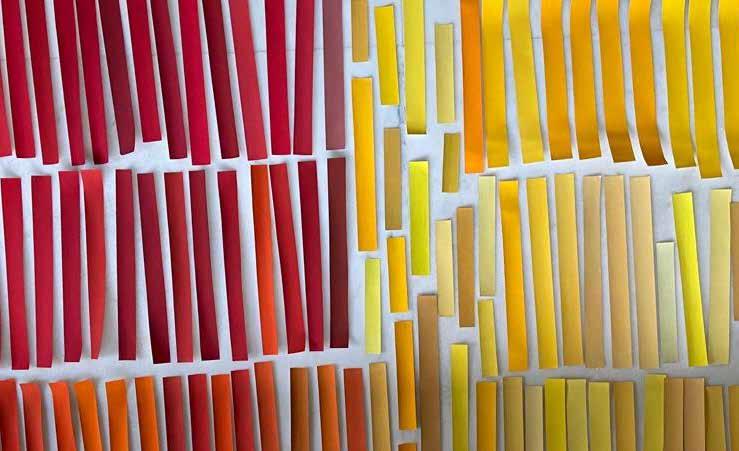
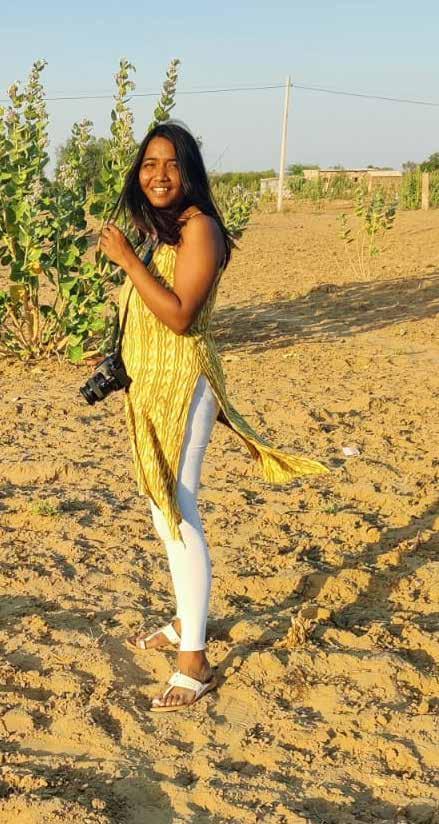
References: Meeting concerned traditional people for traditional insights Meeting experts whenever possible Researching through books and the web
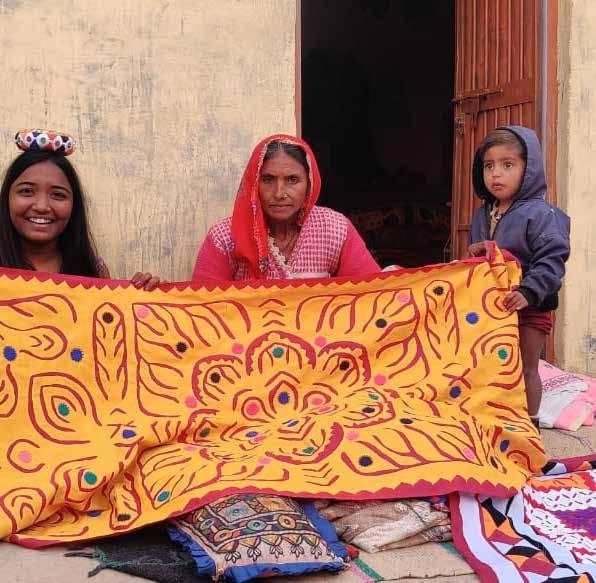
Collating the information: Preparing a field report after each site visit to present a glimpse/ cohesive picture of selected area covering all aspects of sections A, B and C; including learning experiences in the field Preparing a graphical area map of the selected region, depicting geography, locations of various tribal clusters and various craft clusters Arranging the collected pictures and swatches according to sections A, B and C
Synopsis
A write up on the specific community/culture with reference to the sections A, B and C with a few photographs to complete the narrative A special note on the quality of light and its influence on the perception of colors in the region Drawing parallels between colors of the natural environment and the man made environment (the way of life), using photographs and color swatches Presenting the insight in terms of the color aesthetic of the selected traditional community/culture in their region
11
12
Lens of study
The study is categorized by two major keywordsColor and Light. The understanding of these was undertaken through regional research of Barmer city, located on the western side of Rajasthan, comprising mainly of the Thar desert.
Colors, as manifested to us, are in the totality of a holistic picture comprising of the natural environment, which is further divided into landscapes, the skyscapes, flora, fauna, and the plantations, and the man environment, which is further divided into built forms, textiles, attires, people, objects and crafts. This is seen as different layers juxtaposing on to each other to perceive the complete picture. The colors in the context of this study are not seen in absoluteness but are seen as a whole of living perception by studying one’s way of life contextualized within a particular region. Therefore, it becomes imperative to study the contextualized environment to connect through the dots to realize the interdependence of each topic discussed below and its direct and indirect connections with the natural environment.
13
Introduction
The term ‘Rajasthan’ was first coined by James Tod, the 19-century British annalist, as ‘the collective and classical denomination of that portion of India which is the “abode of [Rajput] princes” (Saigal,2018). According to the topography, the state of Rajasthan has four major physio-graphic divisions western desert, Aravalli hills, eastern plains, and the southern plateau. Amongst these, the desert of the west known as the Thar desert covers three-quarters of the state, which also forms the part of South Asia desertscape, and it moves through Pakistani Sindh, Punjab, and Baluchistan, while the one fourth consist of Alluvial hills on the eastern regions. The focus of the study is the western area lying in the north and northwest part of the state, which predominantly becomes a part of Thar or the Great Indian desert. The important cities of the Thar desert are Jaisalmer, Barmer, and Bikaner.
14
“Bajrika sogra mothan ki dar Akre ki jhonpri phogan ki bar
Dekhi Raja Man Singh teri Marwar”
15
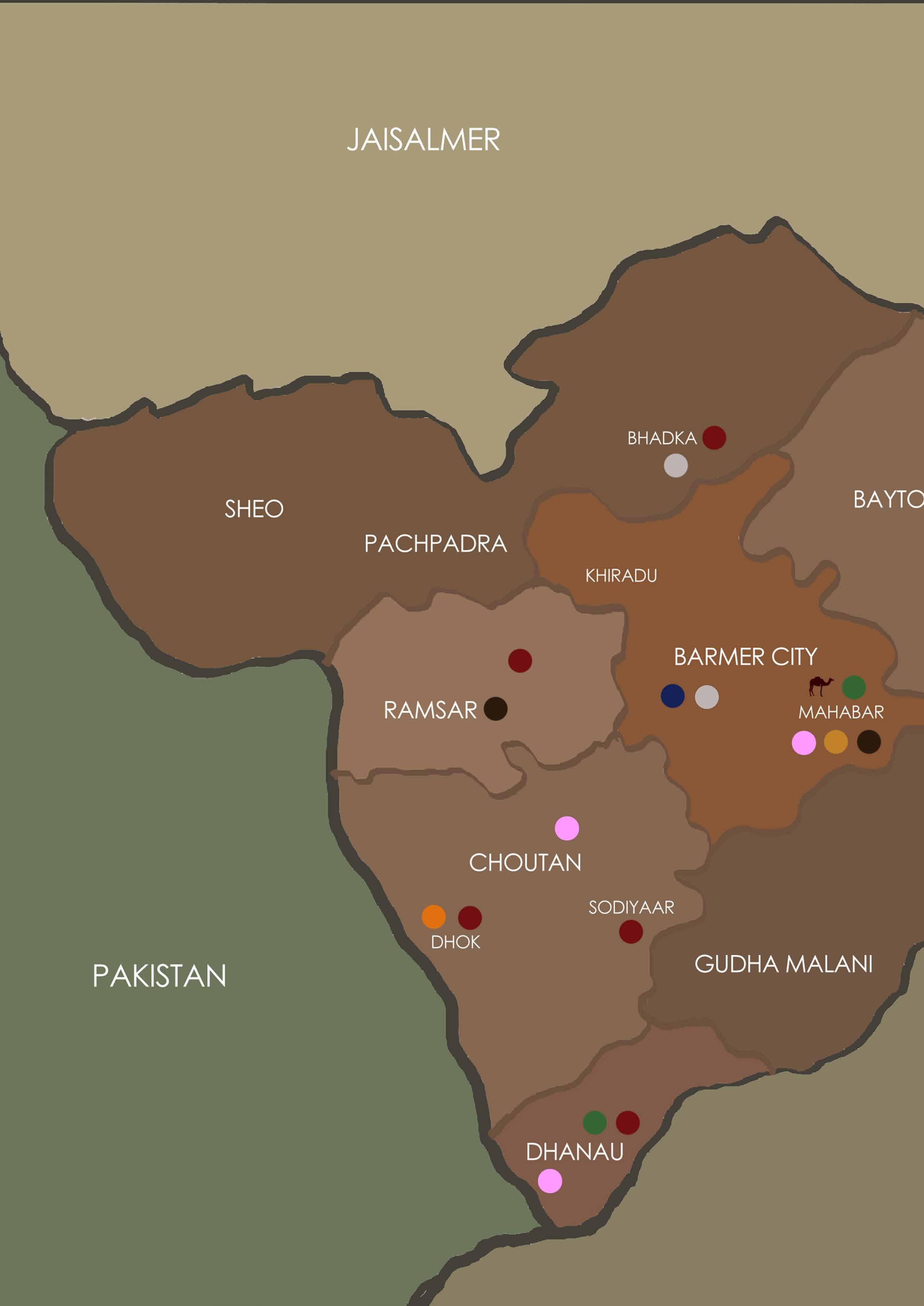

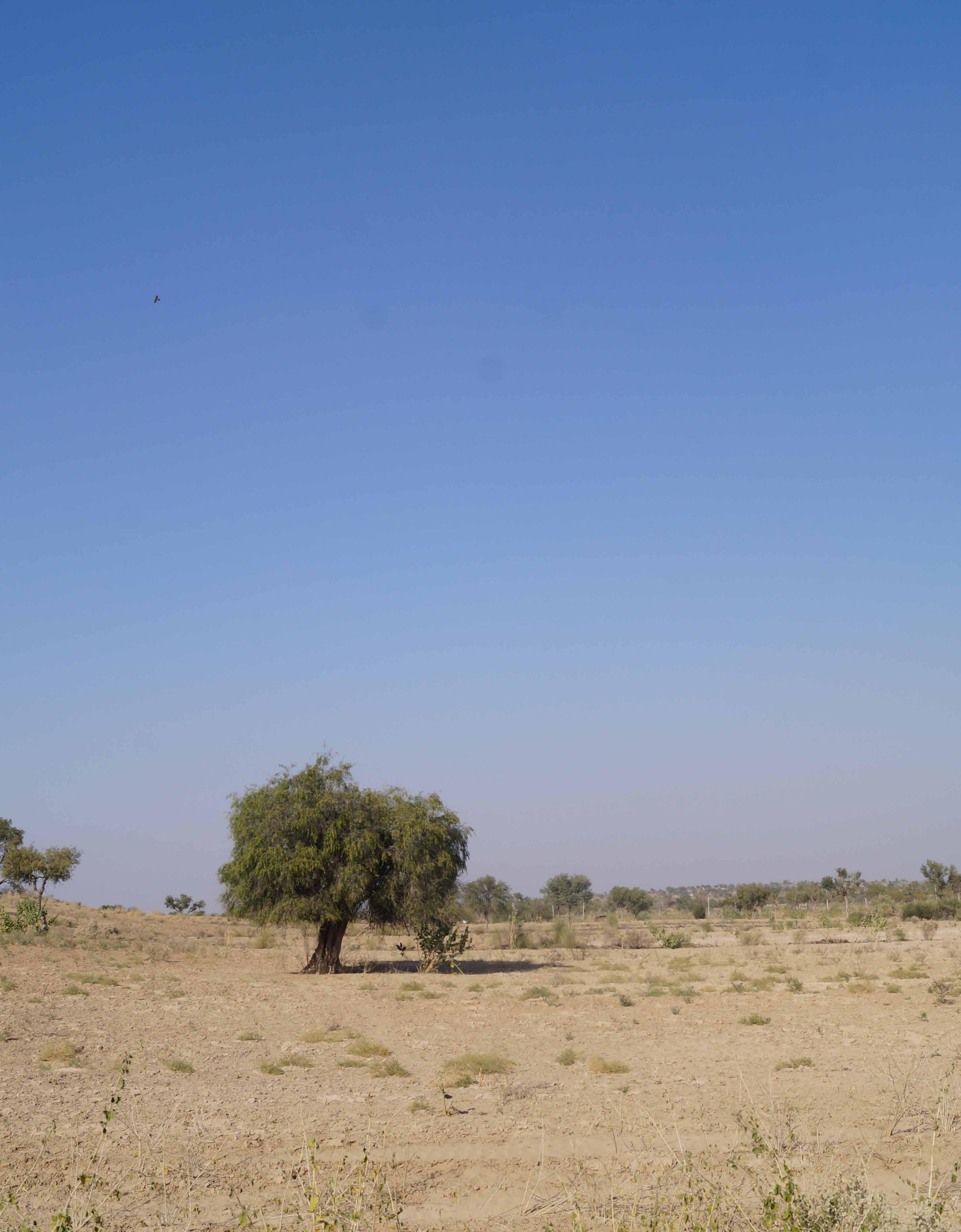
Part A : Natural Environment
-Geography and Climate
-The overall Landscapes
-The Mahabar Desert
-The Luni River
-Flora and Fauna
-Natural Resources of Various Materials
Geography and Climate
Barmer, also known as the authentic city of Thar, is located at a distance of 575km from the capital city Jaipur in Rajasthan. The town of Barmer lies in the Barmer district. Locating Barmer geographically, it lies in the western part of Rajasthan, and hence its dominated mainly by the stretches of the Thar desert. It is the 3rd largest district by the area in the state. Furthermore, Barmer shares its territorial boundaries with Jaisalmer to its north, Jodhpur, and Pali to its east, Jalore to its south, and international borders with Pakistan to its west. Dotted amongst the sands, the Luni River, the longest river in the district (480km long), is found here. It passes through Jalore and drains into the Gulf of Kutch. As Viewed from the local temple, the city is painted in browns and ochers, with some buildings painted in blues, pinks, and yellows. As the intensity of the light increases from January to March, the pale blue skies(in January) change to brighter shades of blues in March.
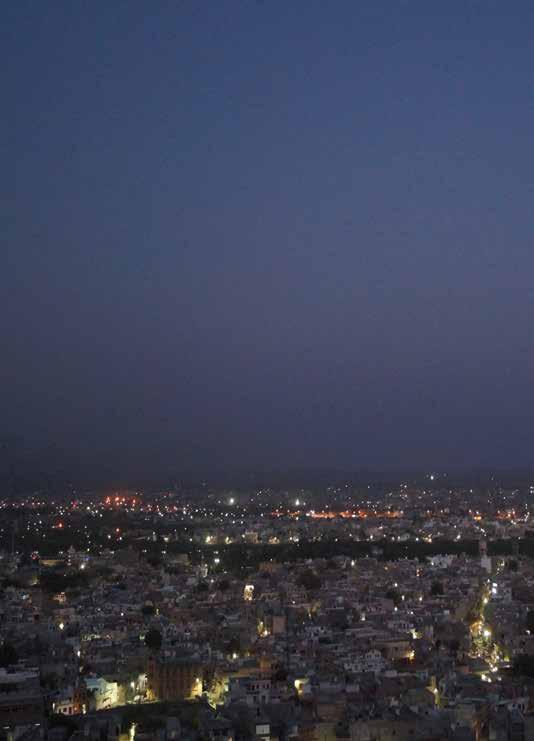
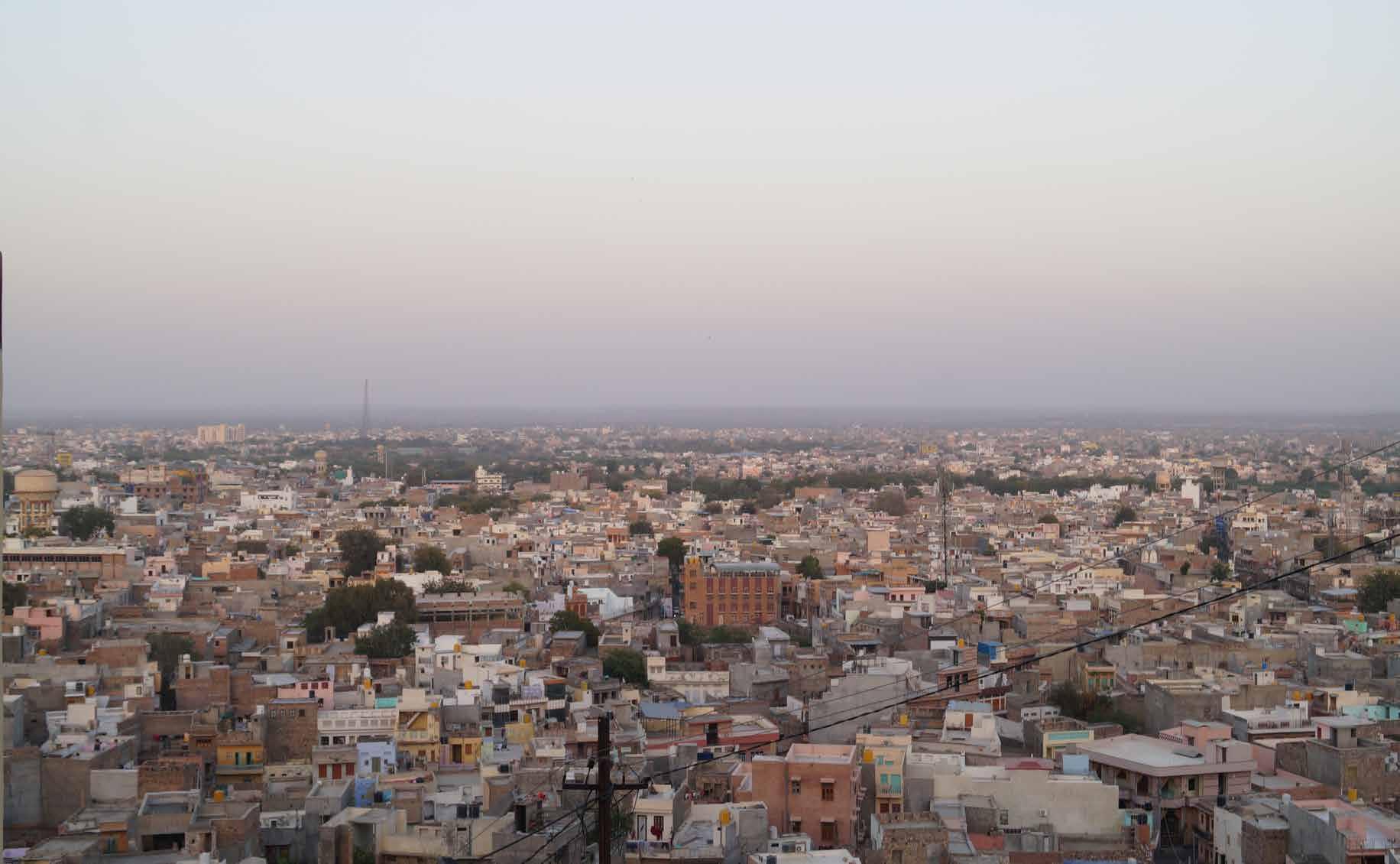 Image 2 shows a night view, artificially lit houses against the dark gray-blue sky.
Image1 shows the view from above the temple. The hazy skies in the background indicate lesser light intensity and hence lesser visibility. The painted houses in the foreground create a contrast to the dull ocher blue sky.
Image 2 shows a night view, artificially lit houses against the dark gray-blue sky.
Image1 shows the view from above the temple. The hazy skies in the background indicate lesser light intensity and hence lesser visibility. The painted houses in the foreground create a contrast to the dull ocher blue sky.
20
The change in the light’s power also increases one’s visibility, thereby enhancing the colors seen around. The bright blues skies, which prolong to around 6:30 in the evening, subtly change to trails of ocher yellow by the evening dusk. Through all the months of summer, the skies remain cloudless, which acts as an essential factor for the type of light quality received. Because of these bright sunny skies, the light that hits the region is unfiltered , harsh and direct.
The extremes define the climate here. It has an arid and semi-arid environment resulting in barren landscapes in shades of ochers, browns, and beiges. The temperatures during summer cross 50 degrees, resulting in bright blue skies in the afternoon to brilliant shades of reds and oranges by the evening. The winters are freezing cold, ensuring the pale blue skies which are constant for most months of the year, whereas rainfall is mostly erratic, which is between 100-200mm during July, August, and September. The months of monsoon and other flowering seasons see a slight variation in flora, imparting colors like pink, oranges, yellows, and richer shades of greens.
Being a huge part of the Thar desert, the palette is dominated by the shades of browns and ochers with minimum intervention of greens and other colors as seen during the seasonal variation.
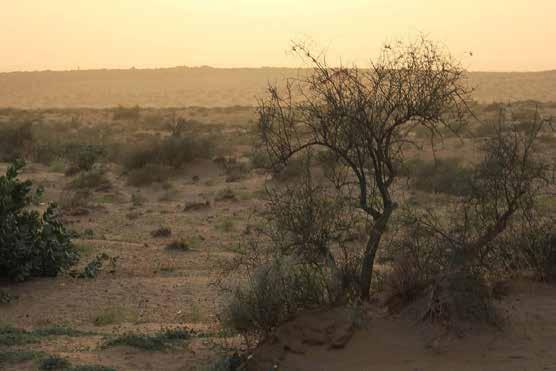

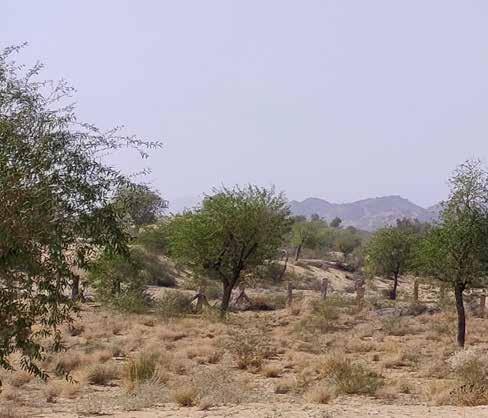
Image5 shows the limited vegetation seen through the endless ocher brown sheets of desert spread all along.
Also how the hazy smog as seen in the background affects the light intensity which directly affects the colors visibility as perceived by us.
To be noted: how the similar patch of land is perceived differently due to the change in the intensity of light as seen throughout the day.
Image3 shows a typical landscape consisting of rough terrain in hues of ochers and beiges with dots of green as seen.
Image4 shows another typical landscape-the desertscapes. The endless patches of land are seen in hues of ocher brown.
21
Even with harsh conditions like this and limited means, the populace here has not only sustained and created an economy within it but has also seen expansion over the decades. Therefore, what are the factors that have kept the historical Thar desert surviving and flourishing effectively without decreasing the economic and so cial advancement? Hence for the further understand ing of the region, it becomes crucial to understand its geographical aspects and how it shaped and evolved the economy, culture, and society.

 Image6 and 7 show two typical landscapes that are majorly seen in the Barmer region. Both the photos were taken in March when the light intensity was relatively high. This results in clear visibility of colors and stark contrasts in the patterns formed.
Image6 and 7 show two typical landscapes that are majorly seen in the Barmer region. Both the photos were taken in March when the light intensity was relatively high. This results in clear visibility of colors and stark contrasts in the patterns formed.
22
The Overall Landscapes
The typical landscapes of any region are highly defined by their geographical positioning on the map, which illustrates its climate. Considering the dry and arid climate of the Barmer region with its immediate context to the Thar desert, the typical landscapes seen throughout the region are patches of ocher-shaded barren lands. These open grasslands in hues of ochers to brown are seen all along the road with ordinary desert shrubs. These shrubs occur in open clump formation at regular intervals through the ocher shades of sand that withhold the land around it. Gravelly terrain consisting of even darker brown rocks and minerals with typical greens of ankdo and thor is a common sight throughout. They are majorly stunted, thorny and spiked. The trees here also grow only up to a certain height, which feature leaves mainly in the
Image8 shows the photo taken in March. As the intensity of the light increases from January to March, clear skies are observed, along with better color visibility.

23
shades of darker/olive greens and barks in darker brown blacks. These scanty blotches of green are the only colors seen with contrast to the ochers and the brown in the background. The overall palette of the trees, shrubs, and vegetation is directed more to wards darker and duller shades of greens and browns. A part from these a little variation in flora such as the li lac-shaded flowers of aankda, stunning red flowers of thor, oranges of the Rohida (state flower), and some shades of yellow are seen popping between the green with the more extensive background ochers in the landscape and pale blues in the sky-scape for most months of the year.
As seen throughout the day, the light-colored blues in the morning, brighter shades in the afternoons, and colored skies by the evening according to the seasons is an overall pattern for most months. The color variations seen during the sunsets are shades of pink and mauves in winter to bright blue
Image 9 (left) shows the overall landscape with tiny shrubs of distinguishing vegetation.

Image10 (right) bush of aankdo plant seen in abundance throughout the region.
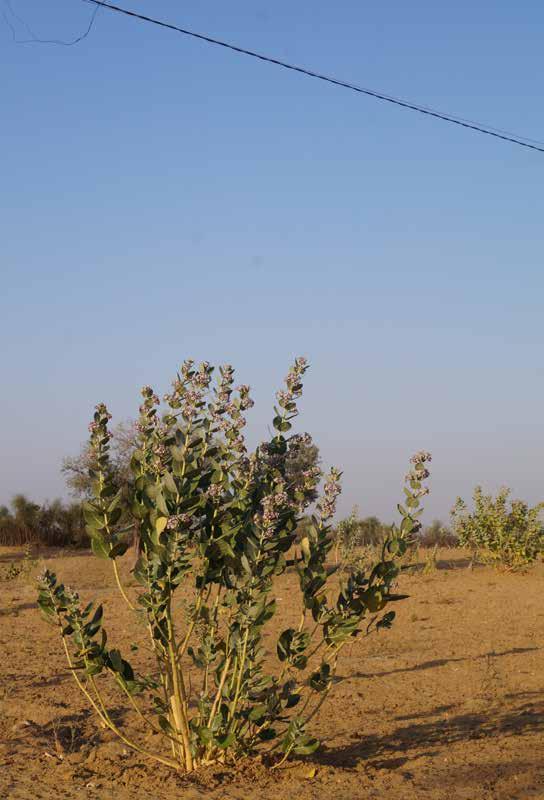
24
and yellow during the summer. These variations in colors are seen due to the change in the light intensity from season to season. The subtle light of winter helps you perceive softer shades, while the beaming light of summer aids you in perceiving intense bright hues of the overall palette. As a result, the overall palette of the landscapes is recognized as stretches of ochers and brown with greens interspersed among them in shades of darker olives and brown greens with colors of flora as seen with the pale blue skies. The colors of the evening skies provide the much-needed drama to the overall palette according to the seasons they are seen in.
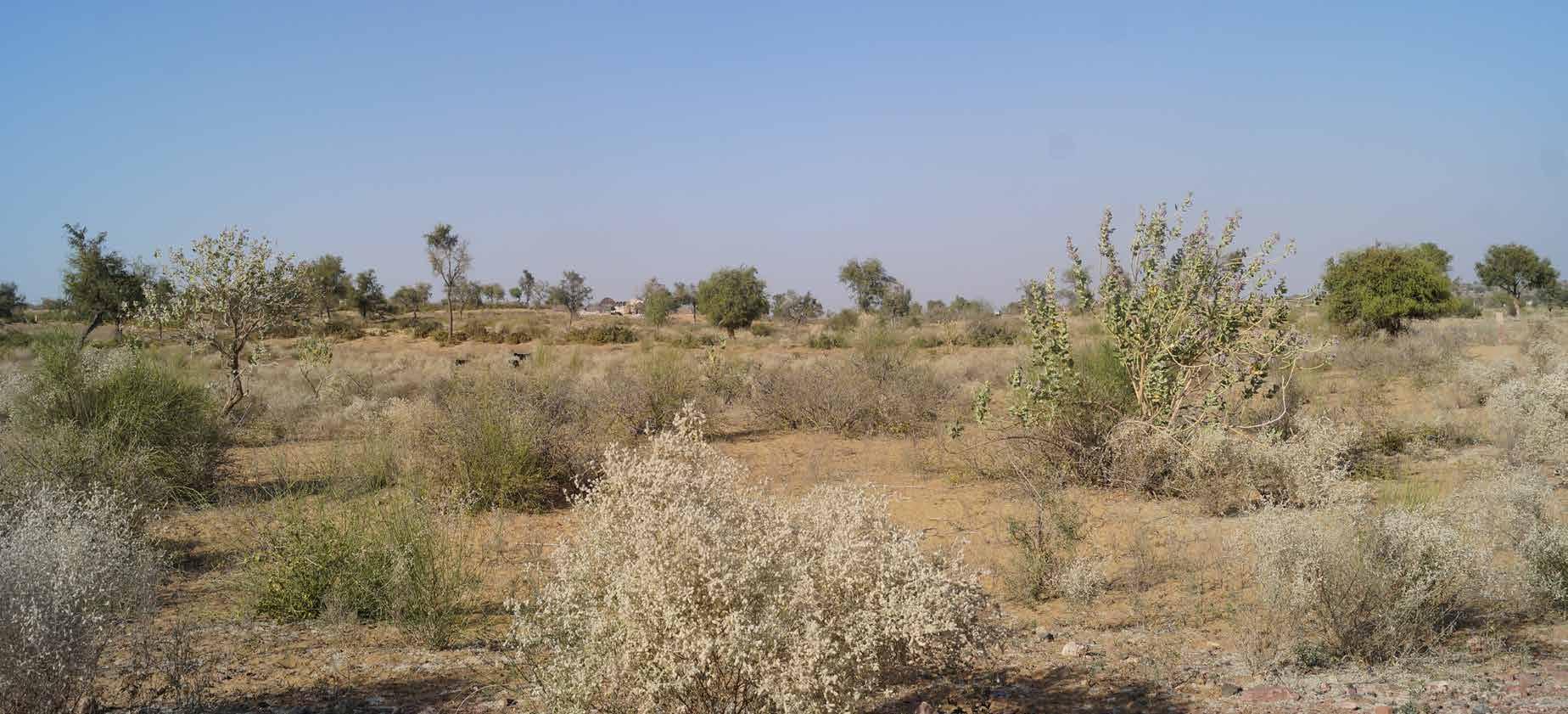
Image12 (left) shows the alluring sunset in January with the winter light in the shade of orange, pink, and mauves.
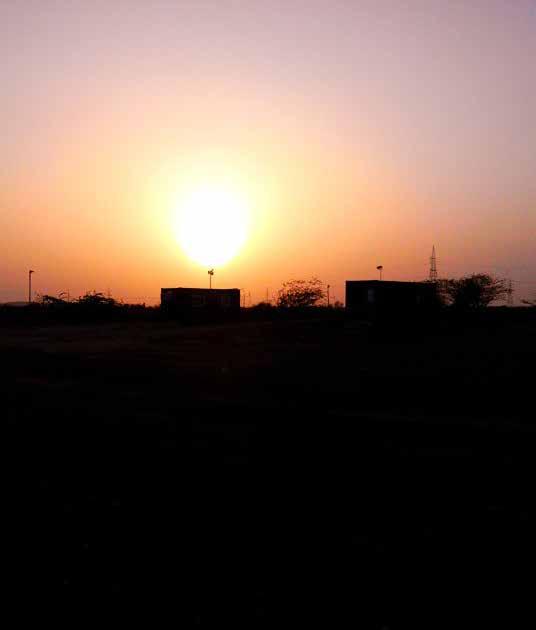
Image13 (right) shows the mellow sets of the sun with the beaming yellow light turning to dark blue skies, announcing the onset of summer.
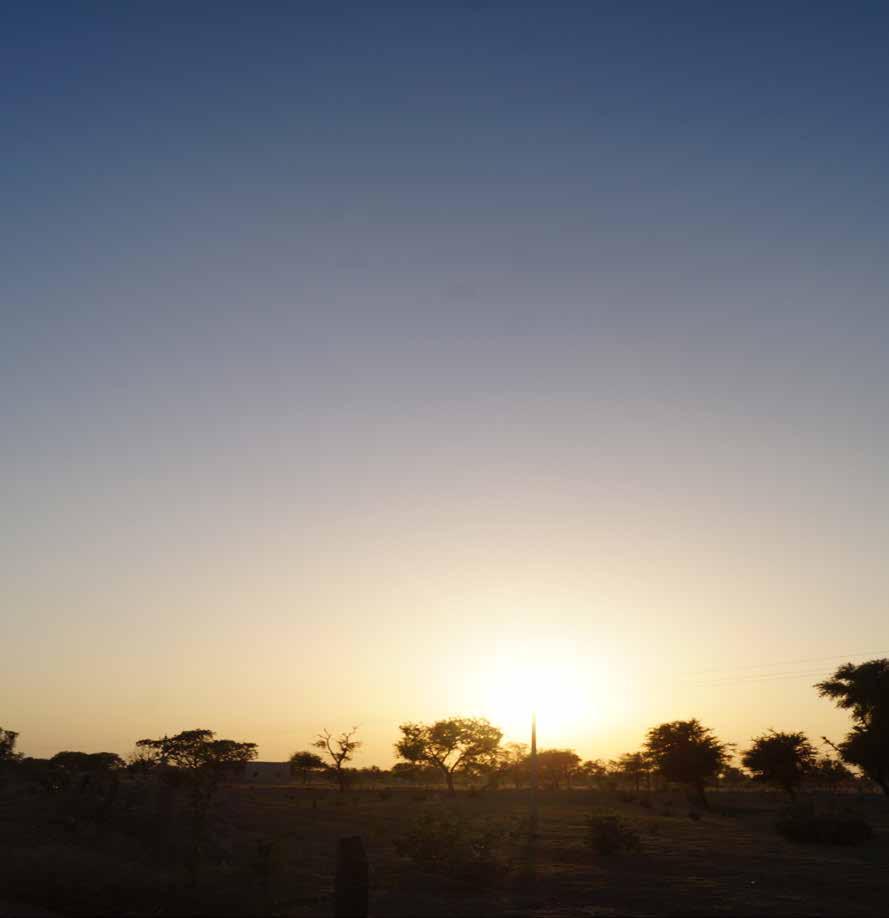 Image 11 shows the sparse vegetation in shades of mints, olives, and beige greens amongst the sand and against the typically blue skies of the afternoon.
Image 11 shows the sparse vegetation in shades of mints, olives, and beige greens amongst the sand and against the typically blue skies of the afternoon.
25
The Mahabar Desert

If explained scientifically, dunes are an accumulation of sand grains in the form of mounds or ridges formed due to gravity. The formation of dunes occurs where there is ample amount of loose sand and continuous wind flow. The sand particles lose their energy and keep flowing to become vast mounds of sand. The dunes are mostly dynamic in nature, where the size, patterns, height, and lengths keep changing according to the flow of wind and also on the availability of loose sand.
The Mahabar Sand dunes are one such dune located 11km south of Barmer city and form the part of the Thar desert. It begins as a part of Mahabar village, situated at 3kms from the dunes. The locals refer to it as Mahabar ka Tiba meaning the dunes. The ocher golden shades of dunes are visible from a distance as you move past the road. Due to the flowing winds, the roads leading to the dunes are partially covered with sand. One can climb these narrow roads to reach the top of the dunes to encompass the peripheral view of the entire city.
Image15 show the view of the desert from the opposite side. As the mellow yellow light of the evening falls on the grass and the land, they shine and reflect colors like green yellows and green ochers with tins of soft browns.
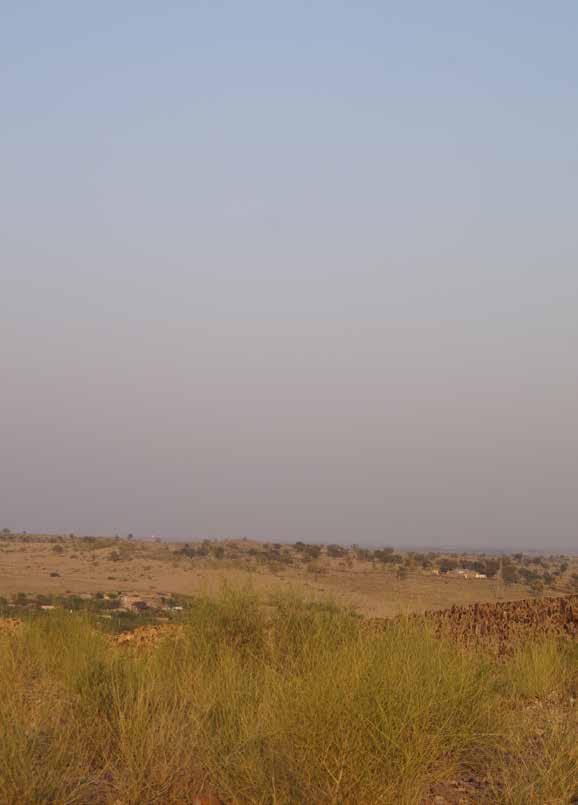 Image14 show the first glimpse of the monochromatic Mahabar desert that one can witness after the sloppy uphill climb.
Image14 show the first glimpse of the monochromatic Mahabar desert that one can witness after the sloppy uphill climb.
26
The entire landscape feels like a golden sea of dunes under the sun’s scorching heat, with shimmers of sand particles shining against the pale blue skies in the background. These dunes are a combination of mounds and ridges in dual shades of ochers varying throughout the desert. Most of these dunes can be categorized as parabolic dunes, where the summits of these dunes can be seen as wave-like curves. These dunes are in shades of ochers as seen from near to shades of brown as seen from far. They look like popping mass of sand varying in heights, creating a playful motion to the otherwise still picture that is witnessed so far.
These dunes of Mahabar experience a constant flow of wind due to which the patterns formed are more regular shaped and have long continuous ridges in different shades of ocher browns all along the desert. These long parallel ridges of sand that seldom meet are about 50-100ft long. Even with the harsh environment and extreme climatic conditions, vegetation and flora can be seen sparsely around the desert. The surface of the dunes where the
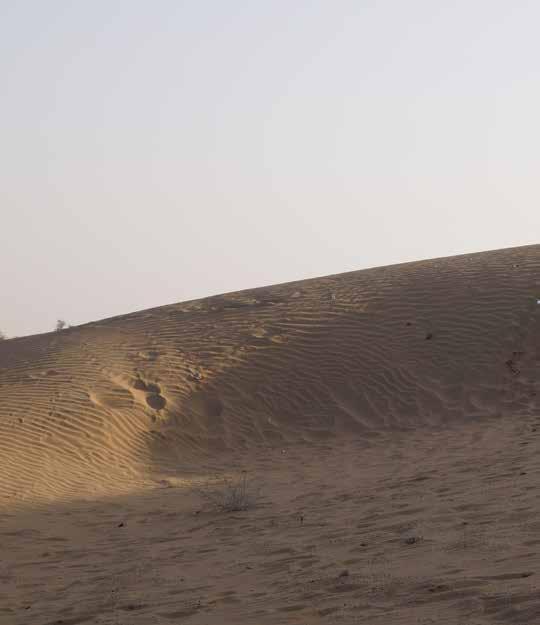
Image17 shows the figurative curve, which is enhanced by the light falling along it.
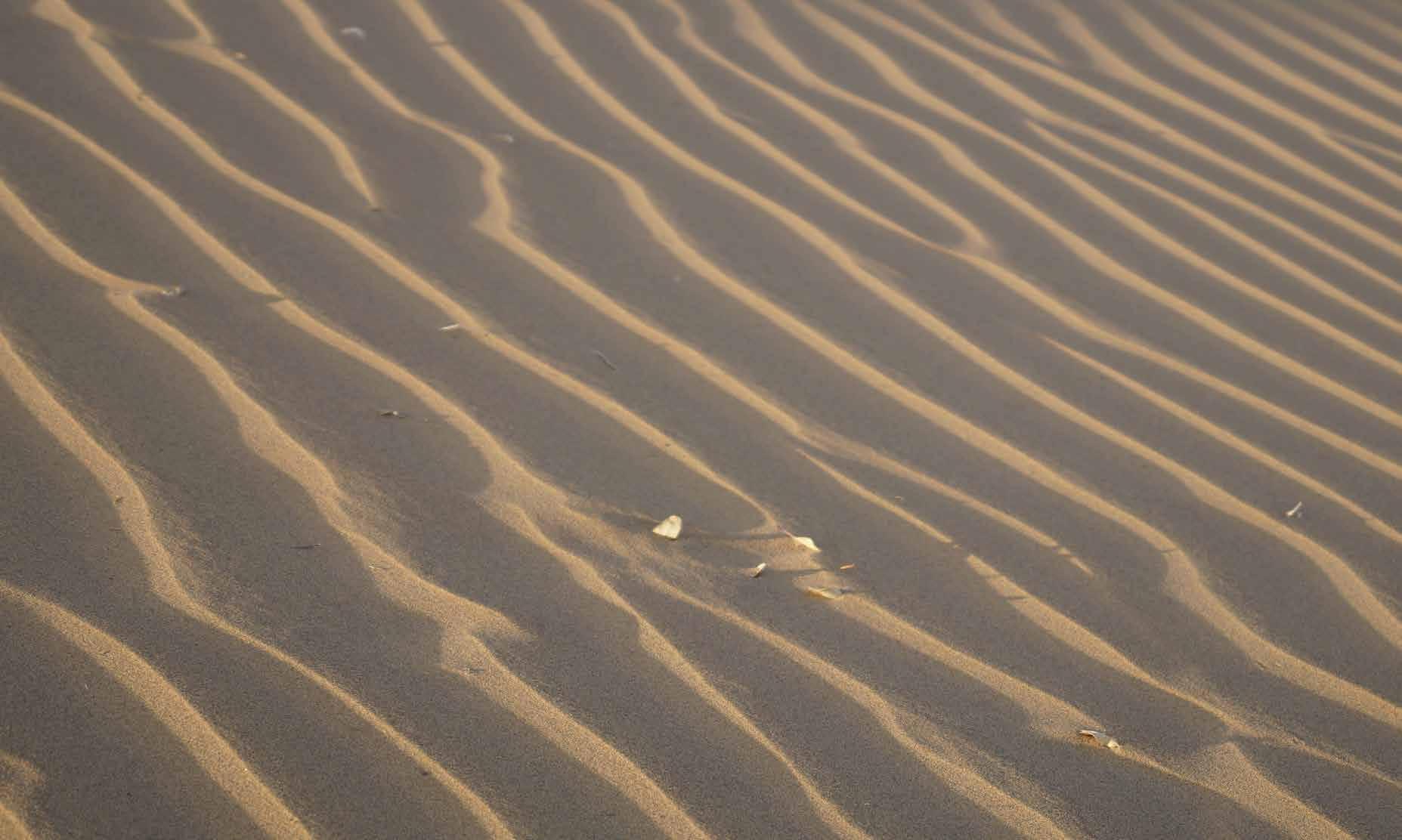 Image16 show ridges as formed due to changing wind energy. The patterns are enhanced as the sun falls on them, reflecting varied colors of ocher-beiges and browns.
Image16 show ridges as formed due to changing wind energy. The patterns are enhanced as the sun falls on them, reflecting varied colors of ocher-beiges and browns.
27
vegetation is found can be considered as stabilized sand, and hence vegetation helps in locking up sand and prevents soil erosion. The addition of greens and other colors due to flora enhances monochromatic palettes of browns resulting in creating an overall landscape palette of the city, which acts as a driving force for their inspiration for their built environment and crafts and helps manifest a way of life. The locals have a weekly routine of collecting the sand from the dunes for their everyday activities. The sand gets heated up in the afternoon and cools down in the evening, which creates a perfect site for the locals and visitors to spend their evenings. One can witness the beautiful sunset comprising of concentric circles in shades of faded yellows to oranges with the sun as a pale white center. As the sun sets, the longitudinal trail in the shade of yellow and orange could be perceived against the darkened hues of browns of the dunes, which became the moon and star light silver by night. The Mahabar sand dunes, along with an essential landmark in the city, also form an integral part of the people’s lifestyle, which are inhabited in and around it.
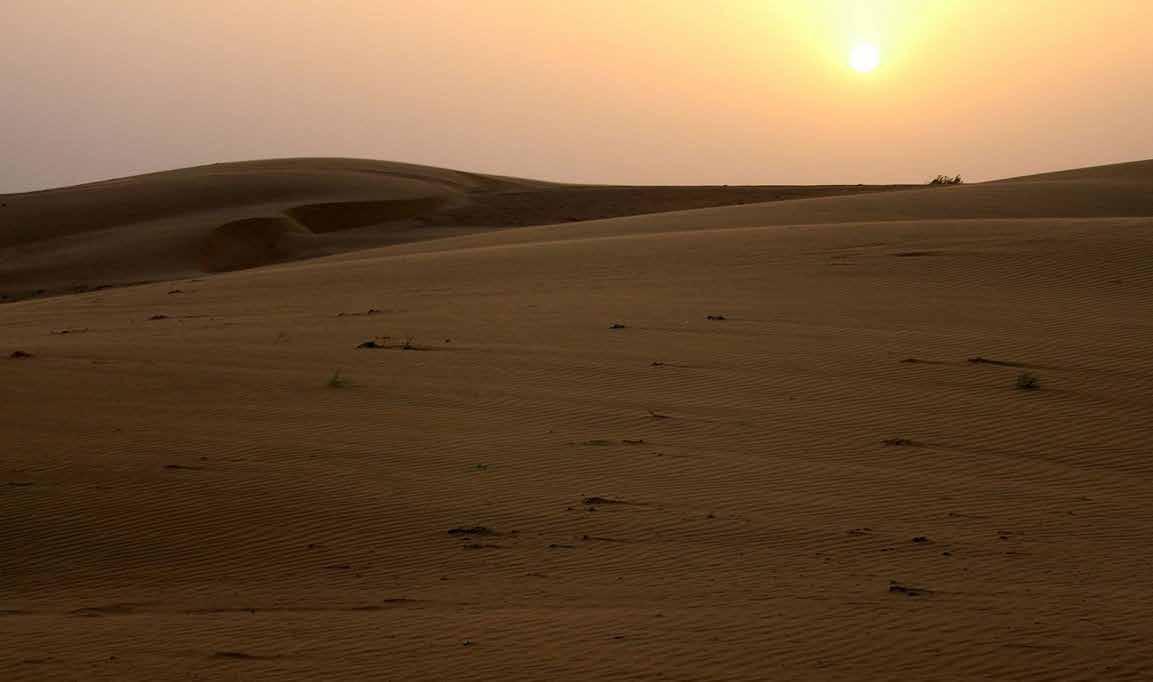
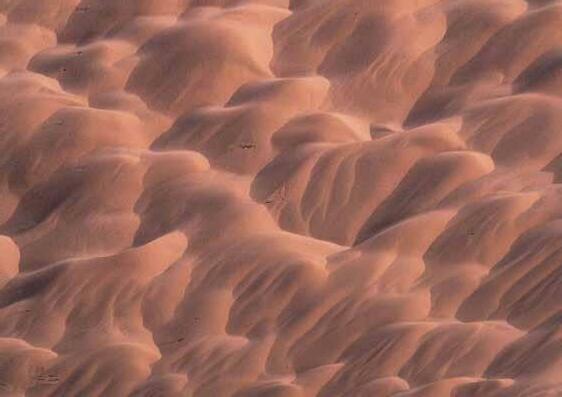 Image19 show the undulating patterns formed with the details enhanced by the soft evening light.
Image18 show the mellow summer sunset in hues of oranges and yellows. As the light reflects along the sand, it reveals the typical patterns formed and creates sensorial color perception.
Image19 show the undulating patterns formed with the details enhanced by the soft evening light.
Image18 show the mellow summer sunset in hues of oranges and yellows. As the light reflects along the sand, it reveals the typical patterns formed and creates sensorial color perception.
28
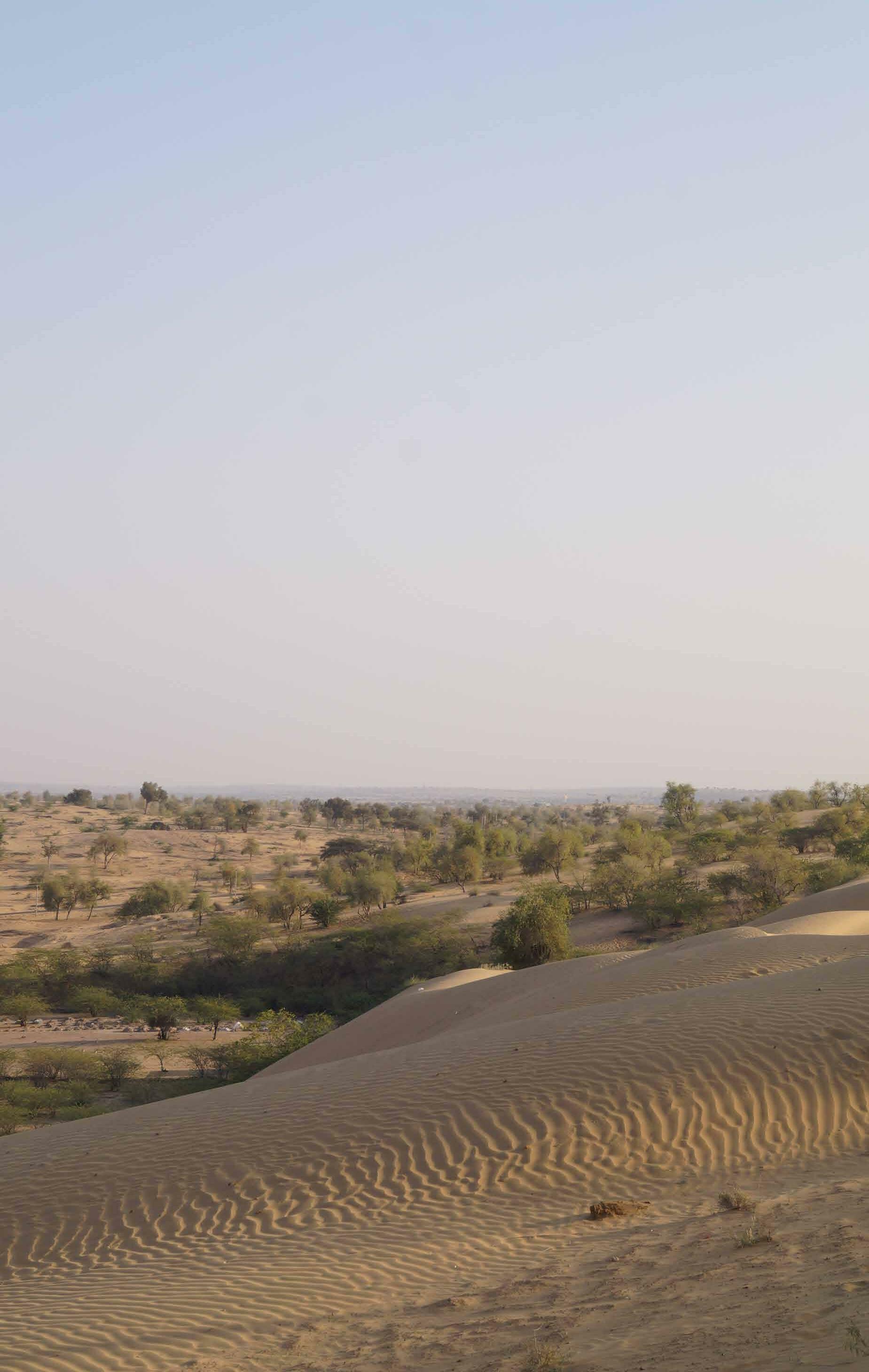
29
Waterbody- The Luni River
Luni river, the only river in the Barmer district origins from Naga hills of Aravalli Ranges in Ajmer. It passes through Jodhpur and Barmer and after traveling a length of almost 500 km, it passes through Jalore and merges in the marshy land of Runn of Kutch. It is a seasonal river and is only seen in the season of Monsoon. The river is not saline until it reaches Balotra, where high salt content in the soil impacts the river. The color of the river changes accordingly with respect to the presence of minerals.
The entire landscapes changes from monsoon to summer season. This changes are visible in the color of the water to the vegetation that grows in it. As the water reflects the color of the skies, the hues of the water is perceived as aqua blue and gray blues. This also forms as important landmark to the city and a major source of water for their daily activities.
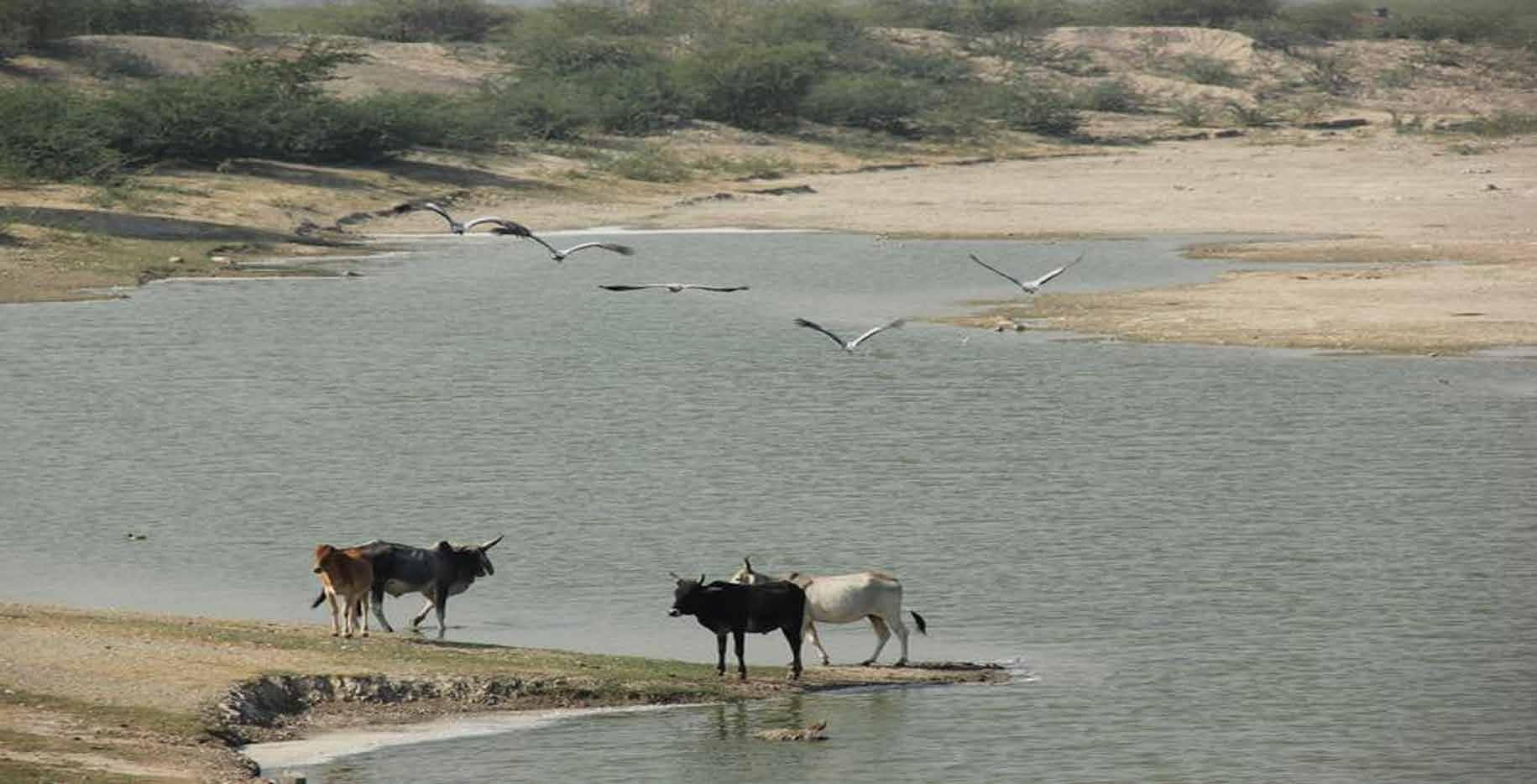 Image20 Luni river as seen in the months post-monsoon. The barren land with cracks mostly in color ocher yellow and the white patches indicate the water drying effect. The vegetation is also dried up and turned to ocher brown and yellows. As the sky reflects the water, the water seems blue-green in color.
Image20 Luni river as seen in the months post-monsoon. The barren land with cracks mostly in color ocher yellow and the white patches indicate the water drying effect. The vegetation is also dried up and turned to ocher brown and yellows. As the sky reflects the water, the water seems blue-green in color.
30
Image21 Luni river as seen in the monsoon months. The wetlands with soft shades of brown and ochers with the river reflect the sky colors in shades of blue-grays and tints of violet passes by. The river’s course sometimes splits into smaller streams depending on the water amount. Also, the vegetation and trees in the background are lush green as the monsoon season prevails.
Image22 Luni river as seen in the months post-monsoon. The barren land with cracks mostly in color ocher yellow and the white patches indicate the water drying effect. The vegetation is also dried up and turned to ocher brown and yellows. As the sky reflects the water, the water seems blue-green in color.

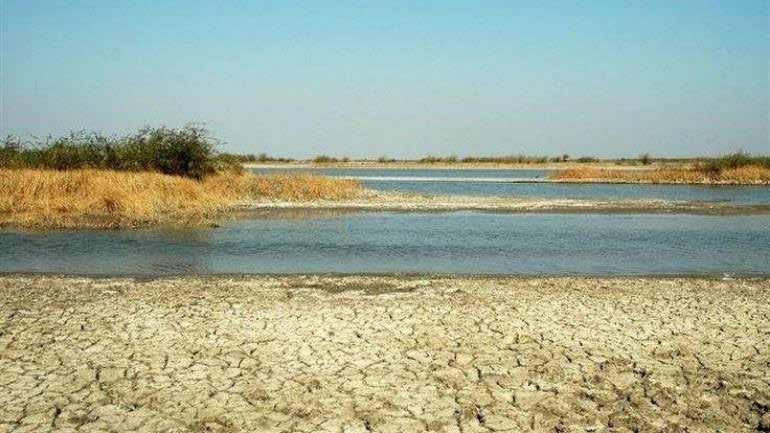
31
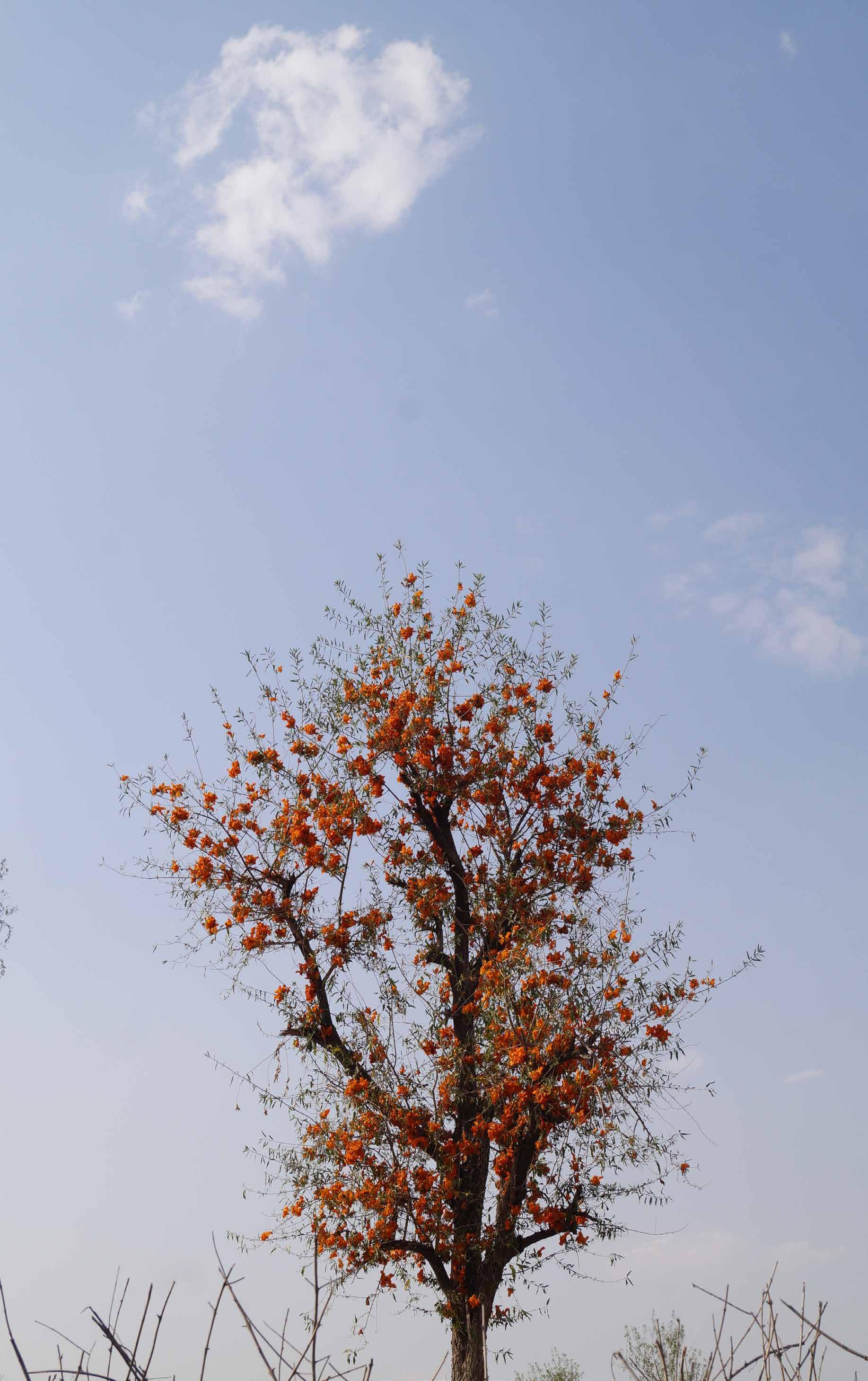
32
Flora
Among all the other deserts, the Thar desert possesses a fair amount of floral biodiversity. Considering the harsh climatic conditions, it mainly consists of dry grasslands or grasslands in combination with trees and thorny bushes. The patches are seen as dry ocher-colored land with dots of olive green vegetation. The plants and trees here don’t need excessive water to survive. They usually have thicker stems and branches for storing water. When seen from near, these greens have colorful flower blossoms in shades of lilac, pink, yellow, oranges, and much more, according to their seasonal growth. This varied biodiversity plays a vital role in sustaining human life amidst the region’s aridity. The locals use them as medicines for curing diseases and various other daily activities.
Along with these, they act as a significant source for many natural dyes, which have become influential in terms of color they impart and, over time, have become a traditional color palette that reflects their immediate surroundings and contemplates the context they are in. The motifs of this flora and fauna have also been translated directly or in the form of geometric patterns into their crafts and other objects of daily use. These flora and fauna add a layer of colors to the otherwise monochromatic browns seen. These shades of colors, their proportion, and overall aesthetic with the typical ocher brown background are an inspiration and a tremendous influencing factor that helps them manifest their way of life. (as studied further)
33
a//Kheemph(Broom Brush): This is native to Semi-ar id regions, which are more or less leafless. It is brown to olive green in color, which, when used for thatch roofs, converts to darker brown due to the loss of water.
b//Bui(desert cotton): The most common des ert shrub produces a thick white inflorescence. It acts as a sand binder as well as fodder for the livestock. The cotton extracted from these were traditionally used to fill mattress and pillows.
c//Thor(leafless spurge): native to the Thar desert is a multi-stemmed shrub in all shades of green, form ing dense thickets consisting of bright red flowers. The long cylindrical thorny stem is also used as bio fencing.
d//Ankdo (arka): is a soft wooded perennial multi purpose plant that is used for medicine, fodder, fu els, and as well as for timber construction. The plant is in the shade of pale green during winter to bright er green in summer. The inflorescence is dense with the flowers, and its appearance is white in color with shades of violet to its tips. The people of Barmer and Rajasthan use the dried sticks as fuel to light their chula and use it for the roof construction of their mud houses.
e//Kumatiyo (gum arabic tree): It’s a small deciduous tree, native to semi-arid regions with dull green leaves to flow ers in shades of white to yellowish. It is a significant source of gum used in printing, cosmetics, and textile industries.
below, Left to right, Image23 delicate olive green shades of keemph are seen line by line as the light passes
Image24through.
show bui all grown with the thick white inflorescence
Image 25 show thor ( the typical cactus) in shades of green olive with the inception of stunning red flowers
b//bui
c//thor

34
primarily found in the desert and arid regions. Kair sangria is one of the most popular and traditional dishes in Rajasthan, where its blanched fruits are used as vegetables, and green berries are used in pickles.
g//Khejri(wonder tree): It is a moderate-sized, evergreen thorny tree native to arid and semi-arid regions, which symbolizes the sacred mythological kalp vriksh. The khejri tree puja is a part of the Dusshera festival ritual in the entire Rajasthan.
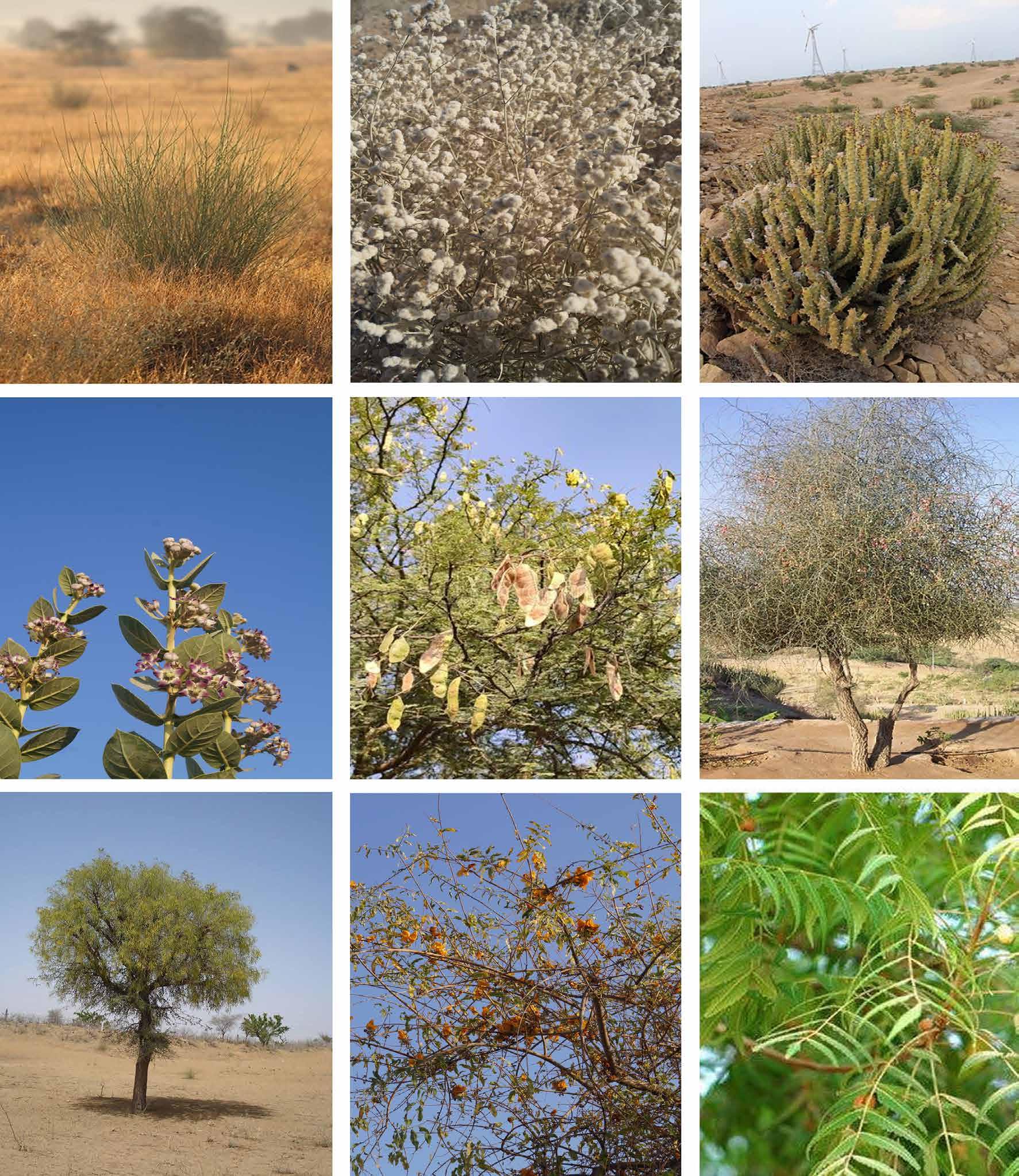
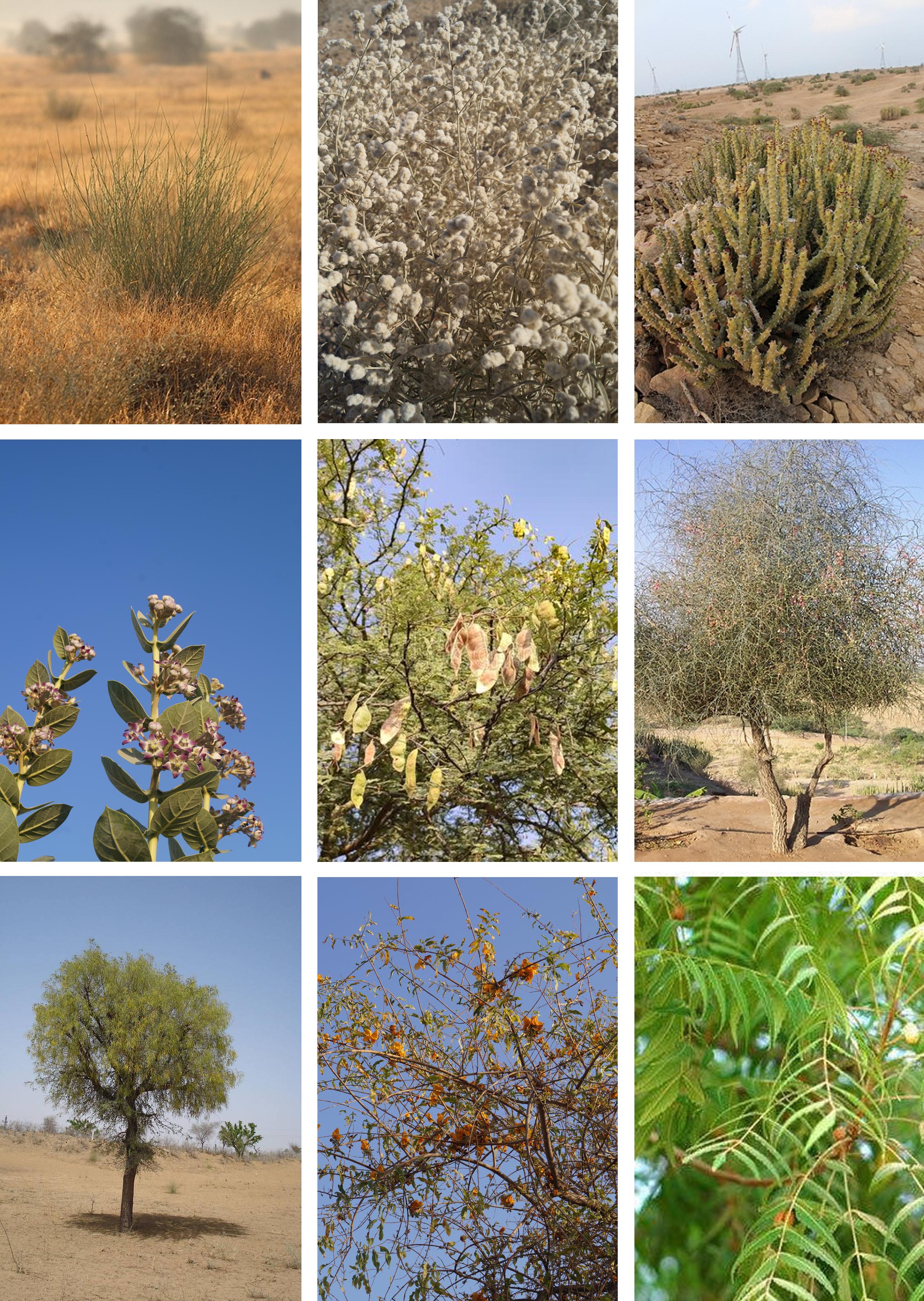
h//The Rohida tree (desert teak) is a nearly evergreen tree known as the Marwar teak. It is well adapted to dry and arid regions with red and yellow hues of the flowers, which reflect amid the greens making it easily recognizable. It is the primary source of timber for constructing homes and furniture.
i//Neem (Indian lilac): It is a fast-growing tree with rich shades of green with a hint of tiny ocher yellow inflorescence. It enhances air circulation by realisng oxygen at nigh and acts as and detoxifier.
Image 27 kumatiya
Image 28 kair
Image 29 kehjri
Image 30 rohida
Image 31 neem






35
d g/ f//kair i//neem d//aankdo e//kumaaya f//kair g//khejri h//rohida i//neem
Fauna
Despite the extreme conditions, diverse kind of fauna is found throughout the region. The fauna of such arid areas is adapted to extreme conditions. In the vast expanse of Thar desert, diverse fauna ranging in different sizes, colors, and shapes are found in the desert. One of them seen majorly are camels. As seen in all shades of ochers and brown, Camels belong to the pastoral herding community. Traditionally, they were used as a mode of transport due to their adaptions to high heat and low availability of water, enabling the locals to travel long distances without any disturbance. Nowadays, camel leather is used to make various leather products such as bags, wallets, belts, and traditional Rajasthani footwear.

The other fauna such as chinkara and blackbuck also used to be a common sight in the interior of the desert, whereas the birds such as eagle, peacock, and sparrow are still a ubiquitous sight throughout the region. The flamboyance of the colors of the peacock and the shades of brown as seen in sparrow to speckles of white in chinkara and the twisted thorn of the blackbuck stand out against the muted palette of the browns.
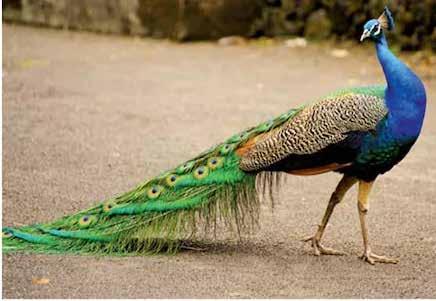
Left to Image32right(left) show camels, native herding animals
Image33 (right) show a peacock, captured in colorful shades of green, blues, and yellows
36
Natural Environment, Flora and Fauna


After understanding the geography and scarcity of natural resources associated with it, it could be stated that, unlike other states where agriculture is the primary occupation, people here have diverted themselves towards various other domains, including arts and crafts. These arts and crafts are directly inspired by the natural environment. The selection of certain materials, motifs, patterns, and colors reflects an expression of their surroundings. The use of specific motifs (which will be studied further) such as figures of the peacock, sparrow, essential trees and flora are also inspired from the immediate context. The selection of exceptionally bright colors manifested in their built form, textiles, and crafts is also inspired from these surroundings. Therefore the environment holds a significant place in the cultural, religious and social systems of their traditional society.
Left to right, above to bottom Image34 (above left) chinakara Image35 (above right) black Image36buck (below left) eagle Image37 (below right) sparrow
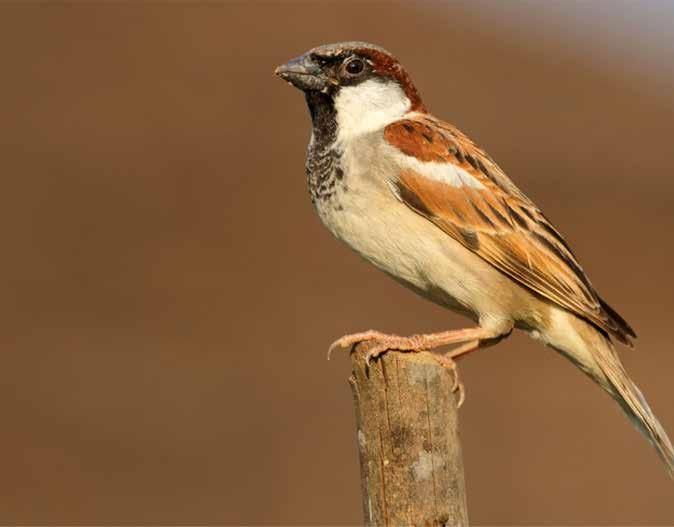

37
Natural Sources of various materials
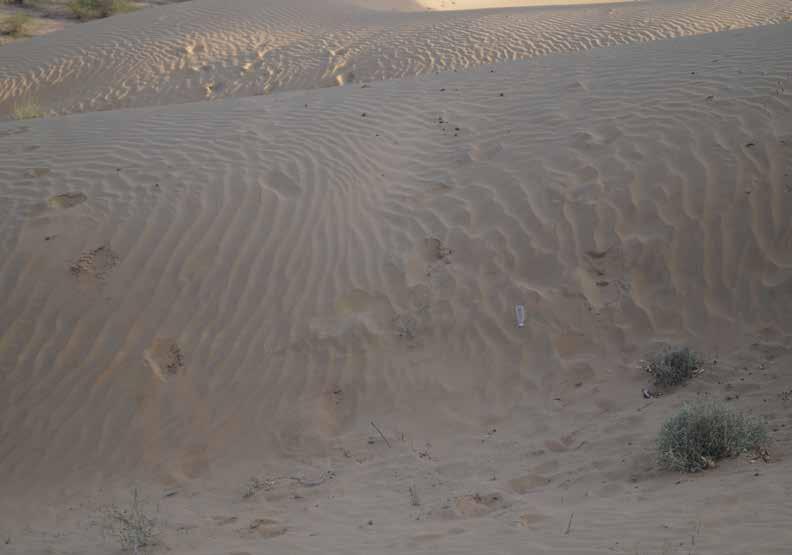

Traditional communities have a long interdependence on the land’s natural resources and the environment they live in. These natural resources play a vast role in everyday needs such as food, shelter, and other implements. These people act as guardians to their natural environment and have beliefs that contribute to conserving these resources. With the availability of certain kinds of resources, the objects made and techniques applied are also of a particular style. Over time, these materials, objects, and methods and their cultural belief have become traditional and defining factors for the region. Together with traditional systems, they intersect with political and religious systems, forming the basis for their indigenous
 Image38 show the sand as a natural resource.
keemph grass and its twigs as a natural Source-immediateresource surroundings
Image40 show the traditional mug house built using sand for layering,keemph grass for the roof, twigs for window construction, etc.
Image38 show the sand as a natural resource.
keemph grass and its twigs as a natural Source-immediateresource surroundings
Image40 show the traditional mug house built using sand for layering,keemph grass for the roof, twigs for window construction, etc.
38
Image39Source-desertshow



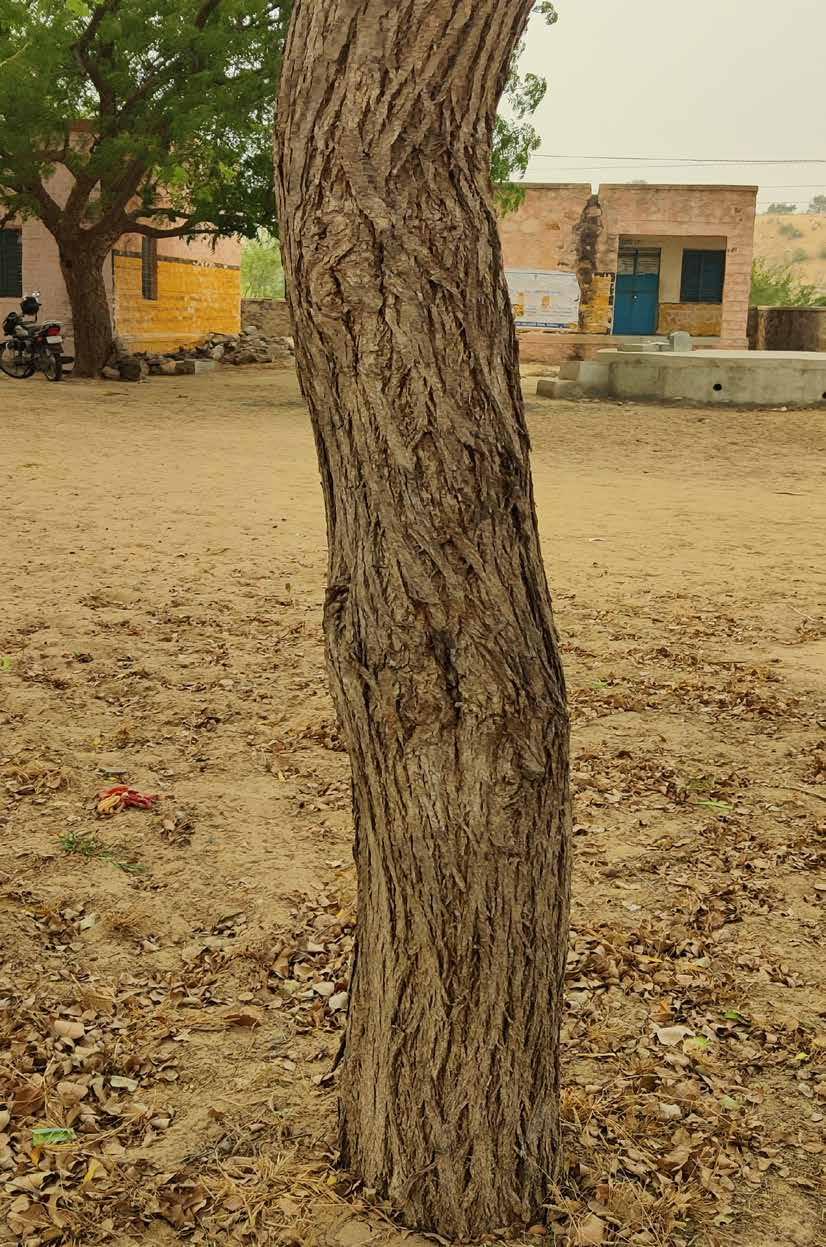
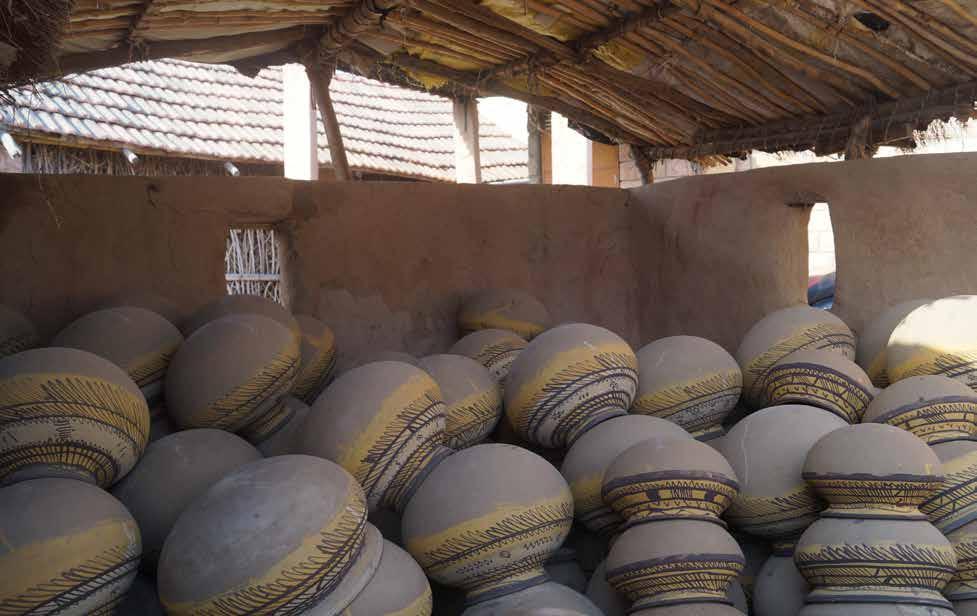


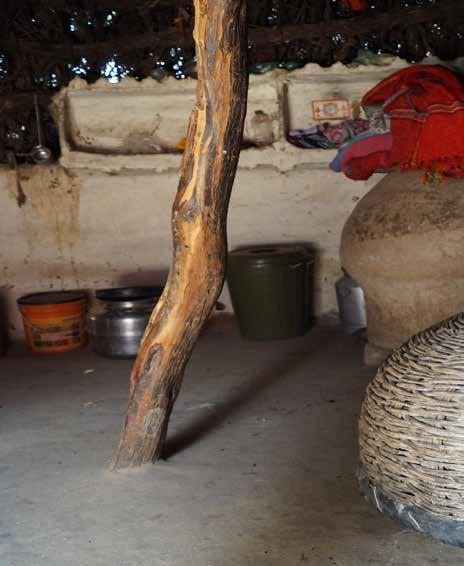 Image41 show the bark of typical trees found in the region (especially Rohida-desert teak)
Image45 show the twigs from various plants and trees.
Image47 show the sand grinded into fine pieces to make clay.
Image46 show the use of twigs to light their chula.
Image48 show the pots made from clay. It is to be noted how the natural resources used imparts colors to the final product and show their relation to the resources used.
Image (above) 42(exterior),43(interior) show thicker tree branches as structural columns for the built form.
Image 44 (below) The same tree barks are then treated and used for making various types of furniture.
Image41 show the bark of typical trees found in the region (especially Rohida-desert teak)
Image45 show the twigs from various plants and trees.
Image47 show the sand grinded into fine pieces to make clay.
Image46 show the use of twigs to light their chula.
Image48 show the pots made from clay. It is to be noted how the natural resources used imparts colors to the final product and show their relation to the resources used.
Image (above) 42(exterior),43(interior) show thicker tree branches as structural columns for the built form.
Image 44 (below) The same tree barks are then treated and used for making various types of furniture.
39
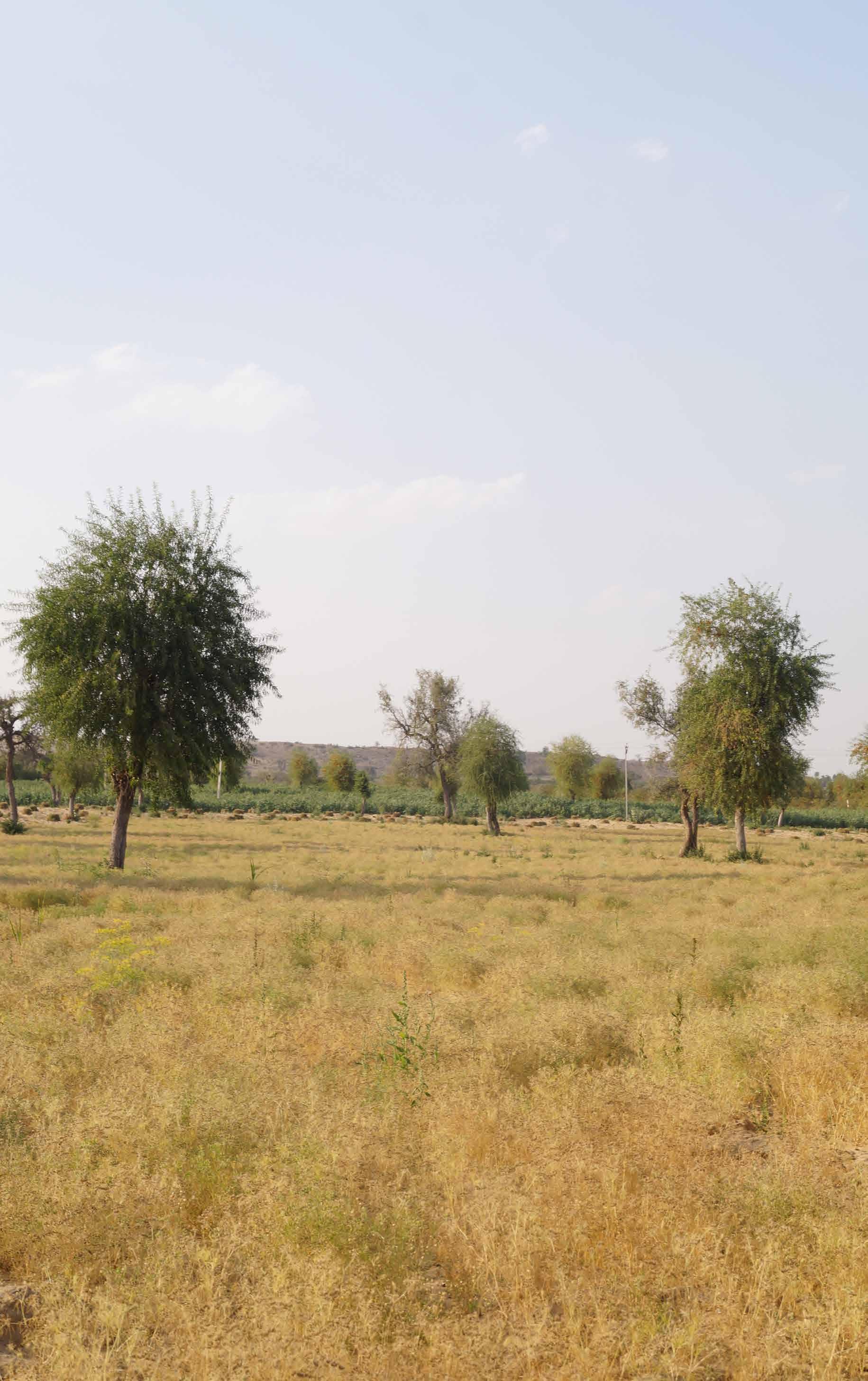
Part A : Man-Made Environment -Sarso -Jeera-KhajurPlantationsPlantationsFarming
Sarso
Primarily Barmer Rajasthan, in accordance to its geography receives an average Rainfall of 150-200mm which supports kharif crops such as bajra, moong and few other whereas the major Rabi crops are wheat, Barley, pluses and other oil seeds.
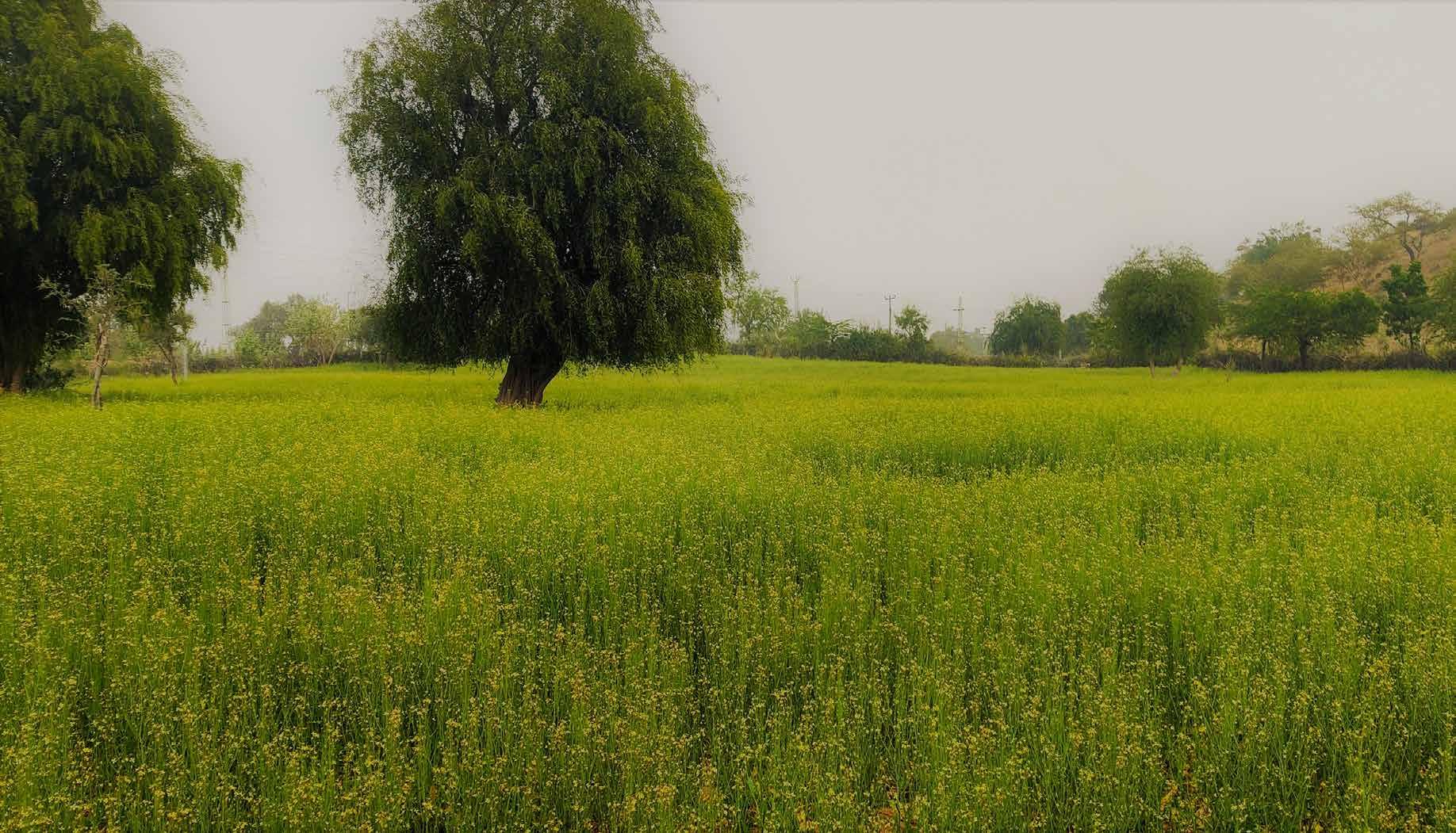
During the visit in month of January, long patches of land in shades of light green, olive greens and dark green with sulphur yellow seeds with mustard yellow flowers were spread infinitely across large area nearing their settlements. This palette of greens and yellows against the pale blue skies stand out in the middle of the general drab environment. The florescent yellow imparted by the inflorescent of flowers can be seen while passing by the roads. These patches add an element of colors to the overall landscape while also acts as distinguishing factor amongst all the other crops.
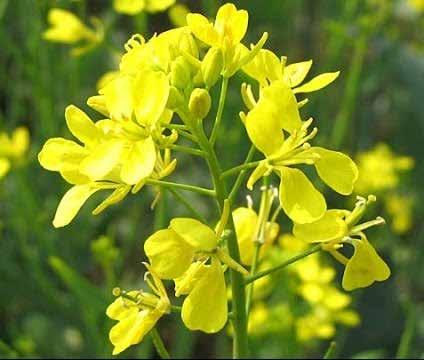
Image50 (below)showing a close up Image51view (above) zoomed in photo showing the yellowey green petals of the flower with the seeds.
 Image 49 show sarso ke keht. Its flashing color palette of vivid yellows and rich greens distinguishes it from the otherwise muted palette.
Image 49 show sarso ke keht. Its flashing color palette of vivid yellows and rich greens distinguishes it from the otherwise muted palette.
42
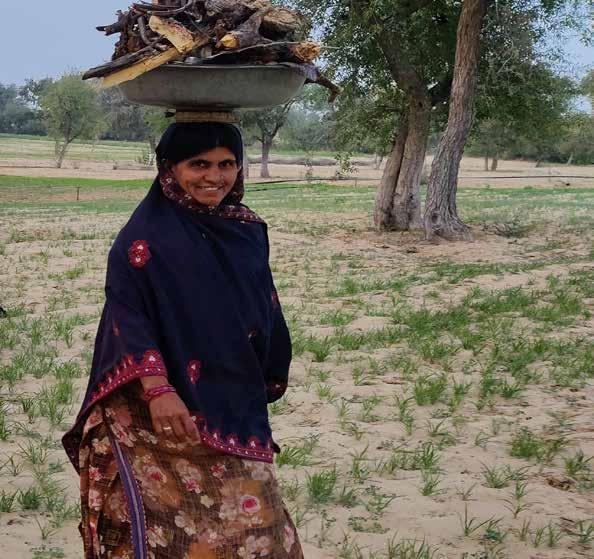
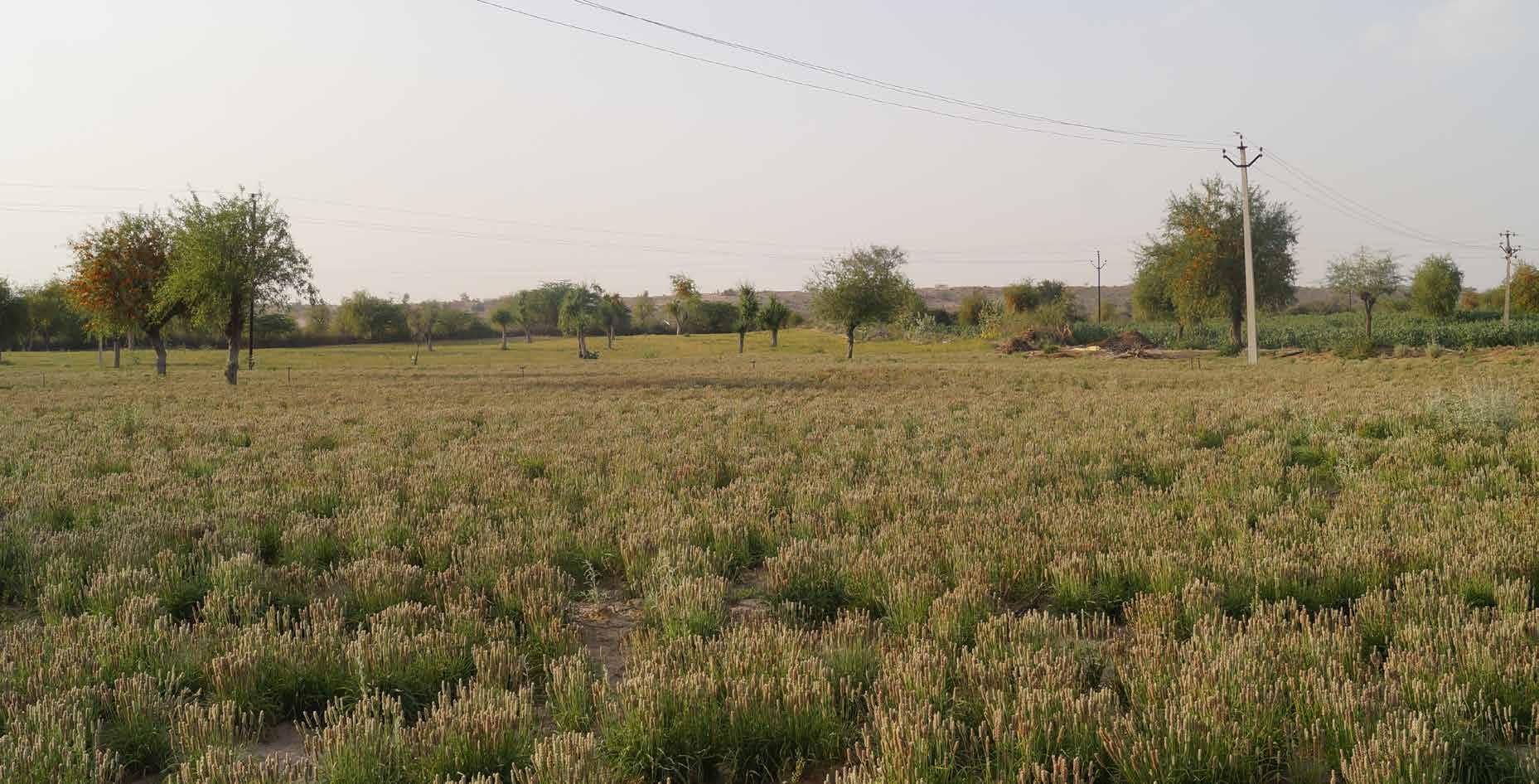


 Figure52, 53, 54
Image56 show the daily activities associated with plantations.
Image55 show man-made plantations. The difference in the shades of green is visible between the natural and the manufactured environment
Figure52, 53, 54
Image56 show the daily activities associated with plantations.
Image55 show man-made plantations. The difference in the shades of green is visible between the natural and the manufactured environment
43
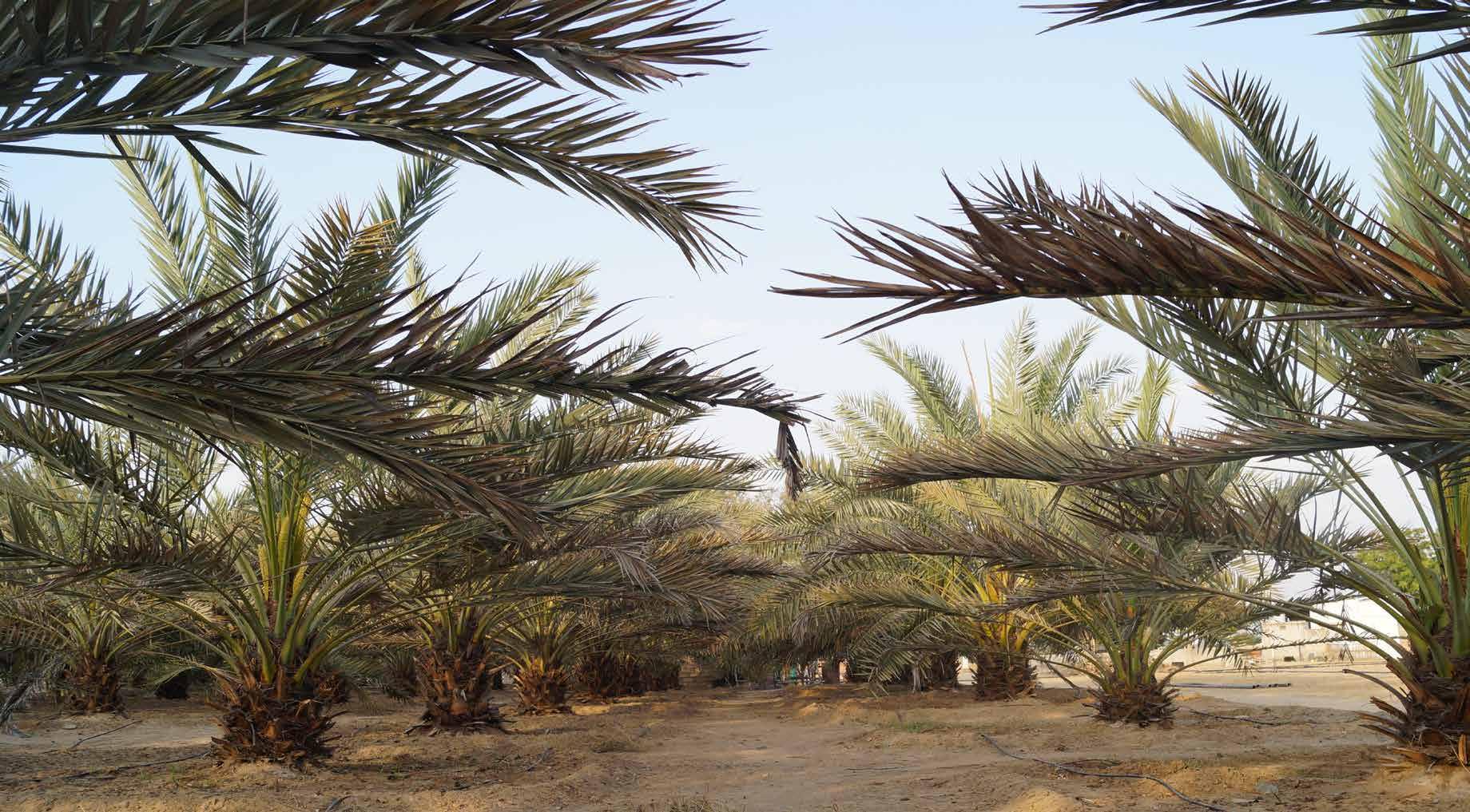
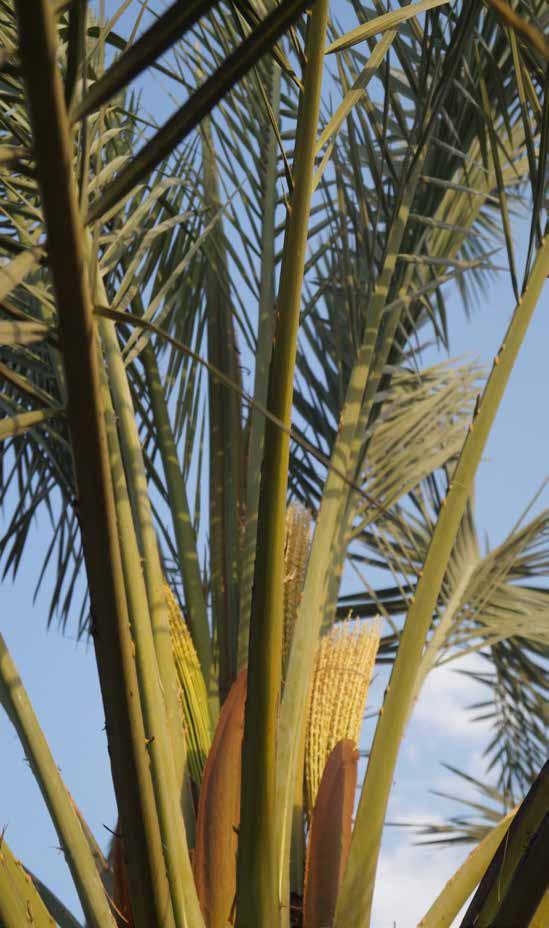

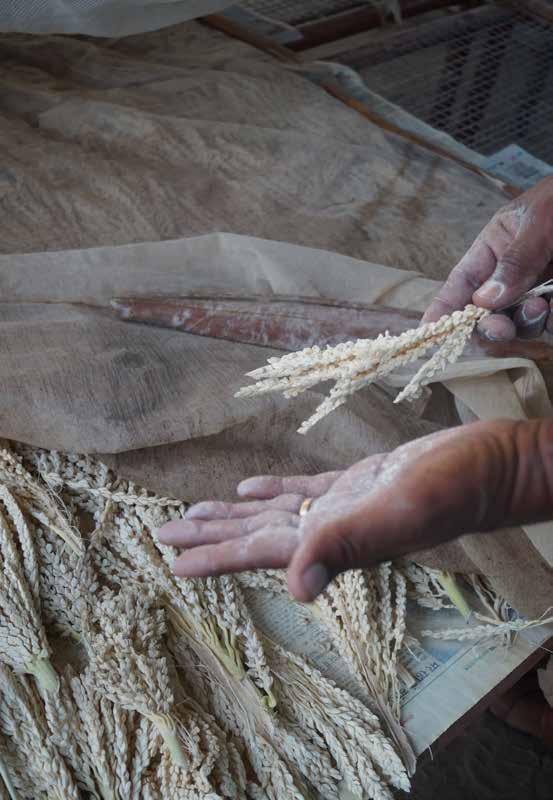

44 Image(all)57,58,59,60,61 show khajur plantations
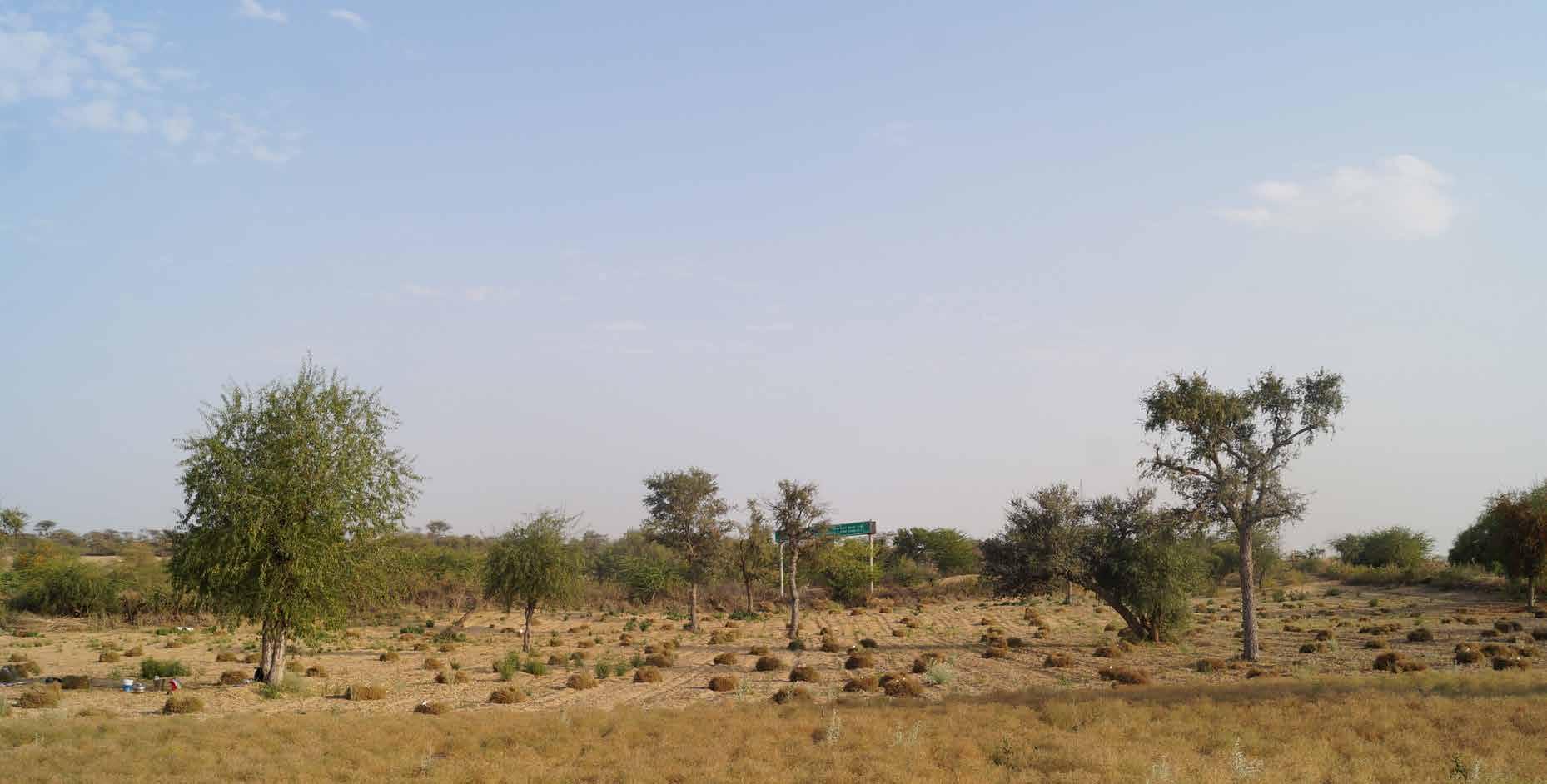

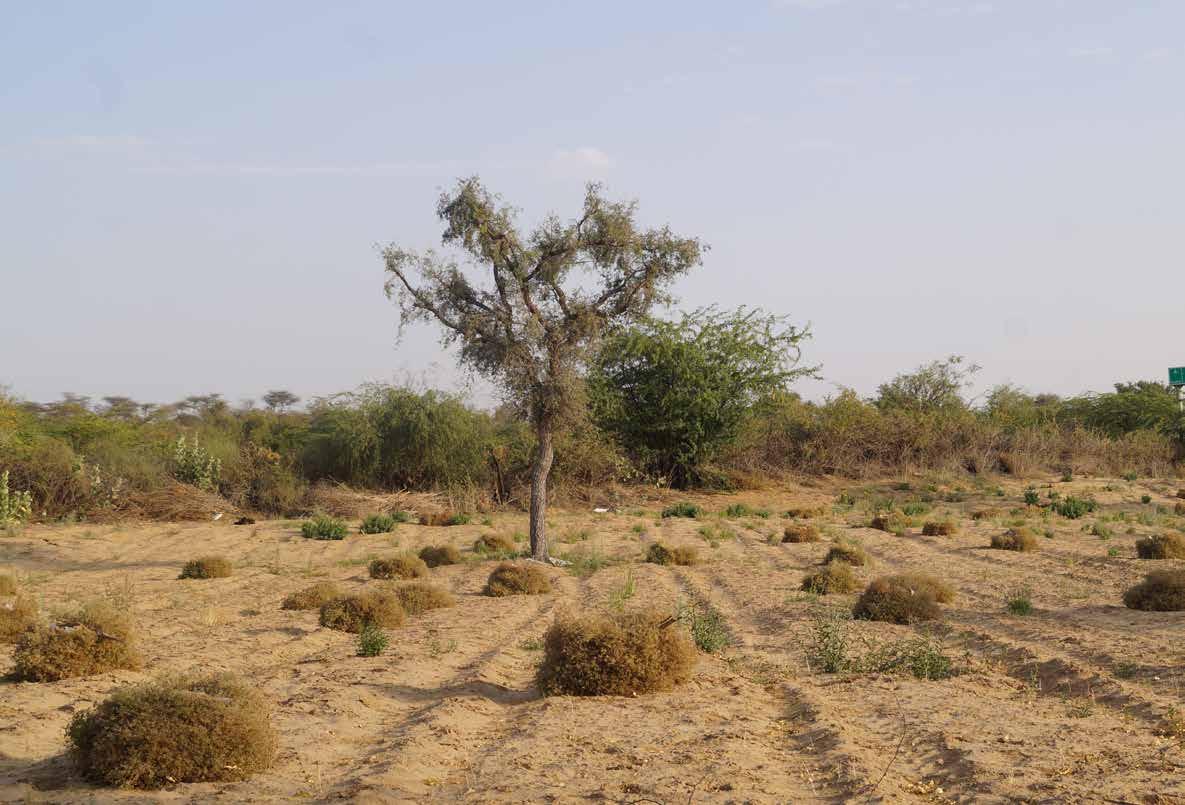

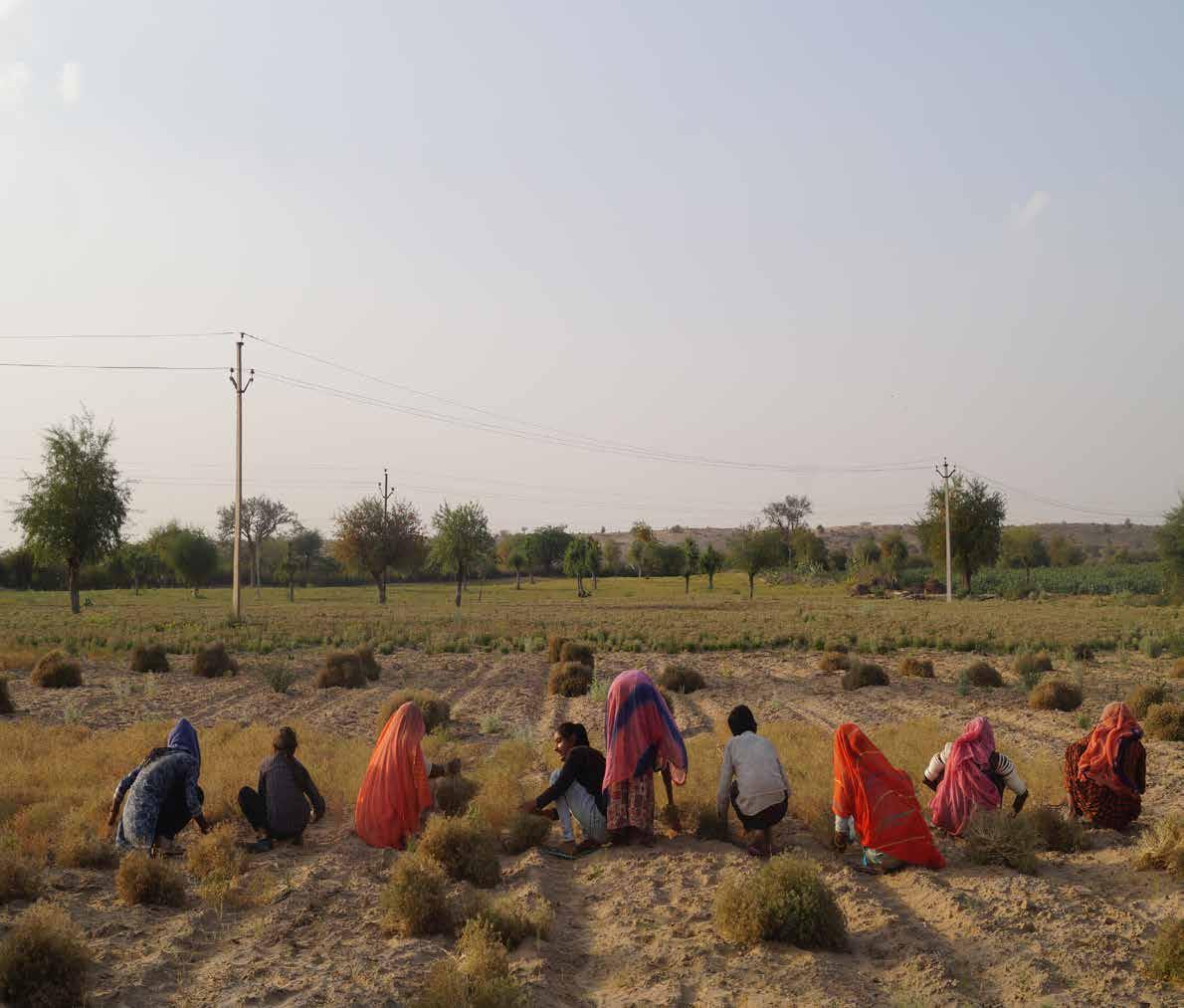
45 Image(all)62,63,64,65,66,67 show jeera farming
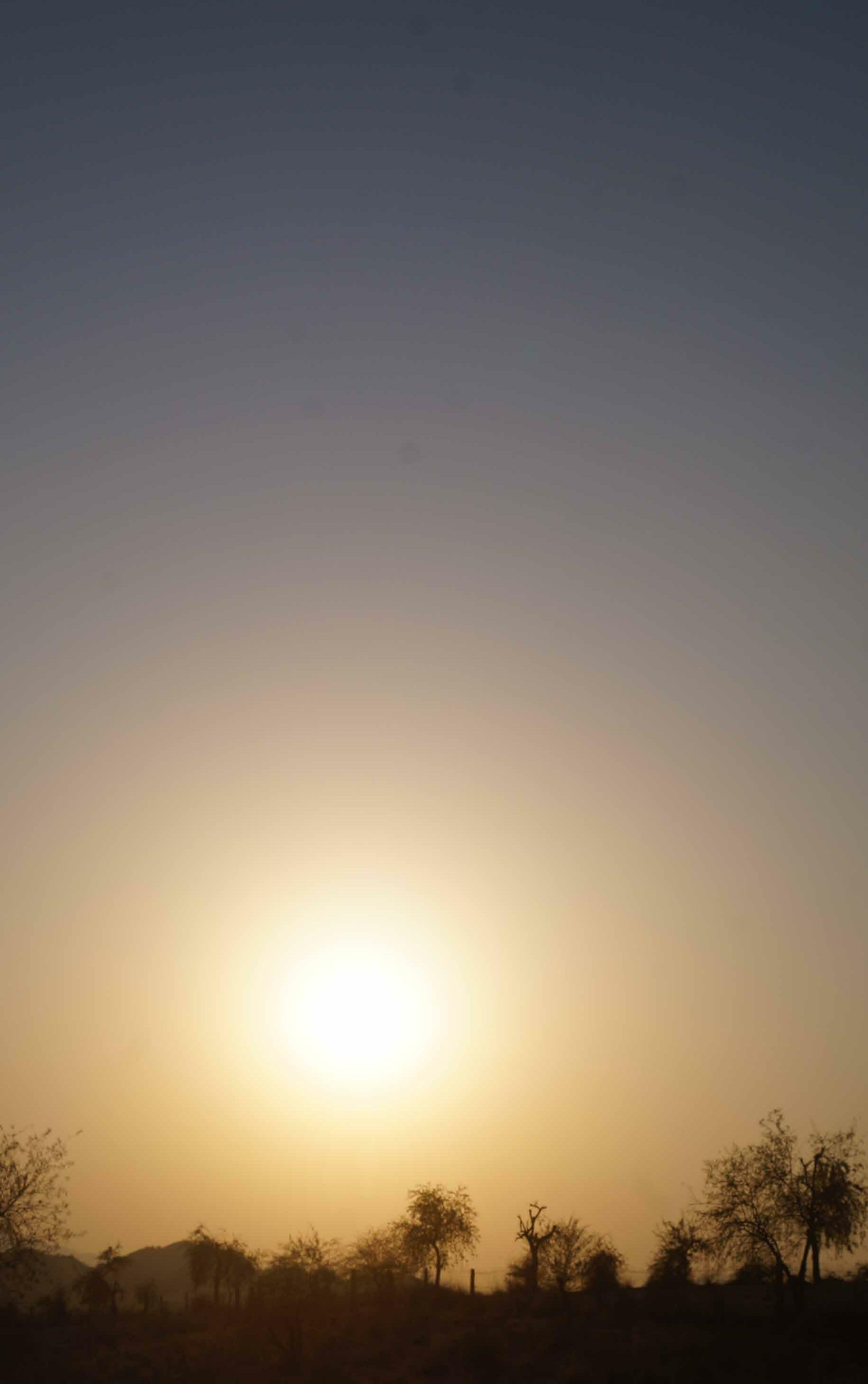
Part A : Quality of Light
-Geographic
-Attributes
Location -Solar -NatureAzimuthofLight -UV Light - Color of Light
of Color -Glare-Clouds -Reflection -Light-Shadow-Mirageand Perception of color -Seasonal Variations
Geographic Location
Barmer, located in the western part of Rajasthan, India forms the part of the Thar desert. Its coordinates are 25.7521° N, 71.3967° E. It lies in the northern hemisphere, i.e., above the equator line and very near to the line of tropic of cancer. Since the tropic of cancer is the northernmost point on the Earth where the sun rays appear directly overhead at noon. Therefore because of this, the temperatures in the region of Barmer always remain high. It could also be stated that if the sun’s rays are direct, the quality of light is harsh and brutal. The intensity of the light is powerful, causing us to perceive the surroundings in a certain way. It is also because of the amount and intensity of light that the temperature here reaches upto 51 °C.
Figure2 shows the timing for the typical day in Barmer, which is directed by the geographic location positioning of it.
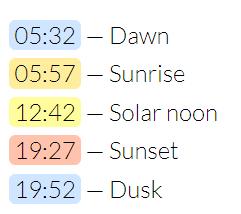
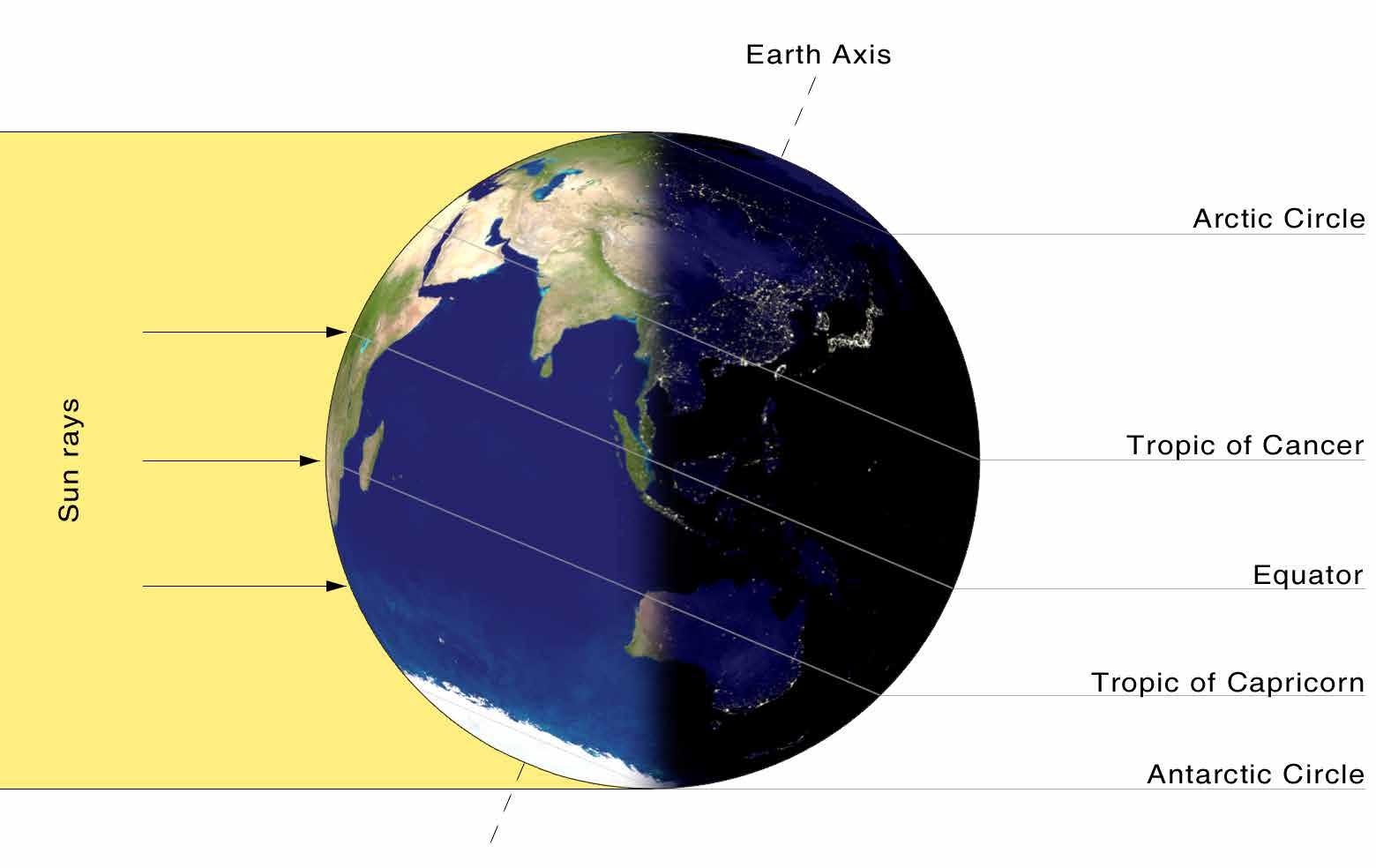 Figure1 show the diagram of Earth concerning the understanding of hemispheres and daily variations.
Figure1 show the diagram of Earth concerning the understanding of hemispheres and daily variations.
48
Figure3 show sunrise at 5:00am in the city of Barmer
Figure4 show Day at 1:00pm in the city of Barmer
Figure5 show sunset at 6:30pm in the city of Barmer
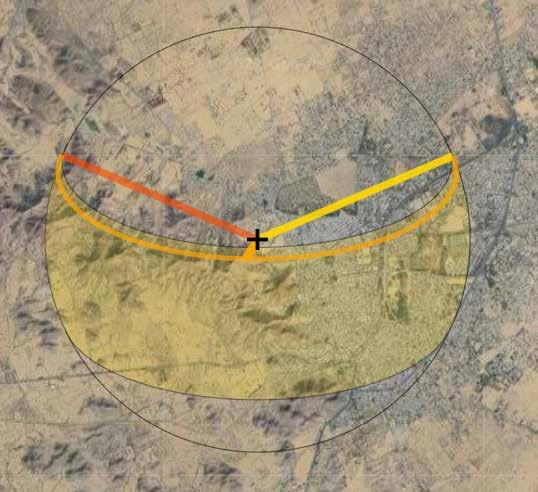
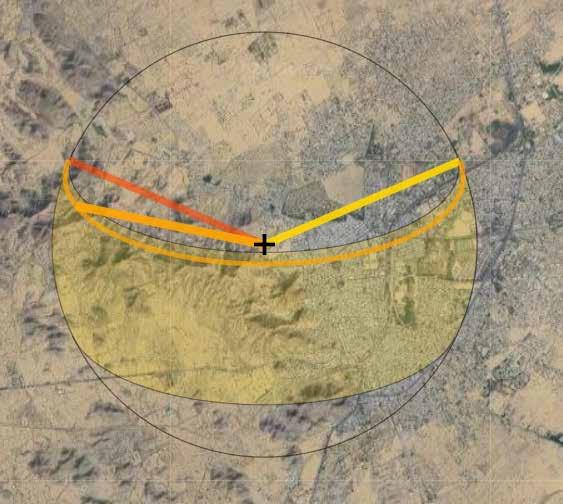

49
Solar Azimuth
On Earth, the primary source of Natural Light is Sun. It fires off the energy into the space in all directions. Some of these radiations reach Earth in the form of light and heat, and this amount of heat and light depends on a place’s geographic location on the map. This natural light changes with the time of the day, time of the year, and the place of the Earth. This change is directly related to the solar angle a particular place its facing.
The solar azimuth angle is the angle of the Sun’s rays measured in the horizontal plane from due south (true south) for the northern hemisphere or due north for the southern hemisphere. The azimuth angle varies throughout the day At solar noon, the Sun is, by definition, is precisely on the meridian, which contains the north-south line, and consequently, the solar azimuth is 0 degrees.
The amount of light is dependent on the intensity of the solar energy which is directly dependent on the azimuth angle a certain place is facing. Regions closer to equator have a higher solar altitude than the regions near the Earth’s poles. The intensity of the sunlight in the early morning is lesser than that of the noon because the angle of the azimuth is slanted in the mornings to directly perpendicular in the noon. This constant change in the azimuth angle affects the illumination of the objects we see round the clock.
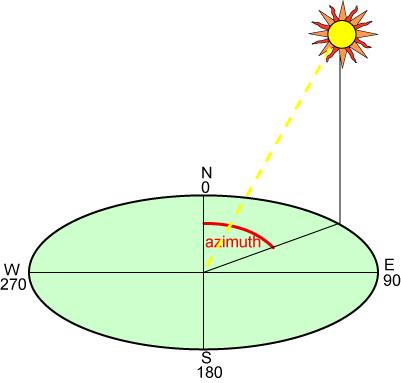
It is the combination of geographic location and the solar azimuth angle that determines the daily temperature,climate,weather and the seasonal changes of a specific location.
Figure6 show the diagram for solar azimuth angle explaining the change in angle throughout the day.
50
Barmer due to its postion( as explained above) it faces the solor angle which is more direct. Hence the quantity and the quality of light recievd in more harsh and brutal which affects the various other factors such as shadows, glare,fog and mist,the effect of mirage and various kinds of reflections seen in and around the region.With all these factors it also affects or visual percetion of colors. The color throughout the region are perceived more brighter, intense and create greater constrast to each other. (which is studied further)
The Earth’s atmosphere filters the light from the Sun, which is why the light we see and feel changes with the time of day and different places on Earth. During the day (when the Sun is overhead), there is less filtering, so we receive brighter light with a higher blue and UV content. In the morning and evening, sunlight travels through more of the Earth’s atmosphere, filtering the blue and UV content, leaving the light softer and warmer (less intense, less blue, more yellow and red). Our bodies are programmed to respond to these daily changes in intensity and color. It affects both our visual perception and how we feel. We are naturally energized by a bright sunny day and relaxed by the sunset’s soft, warm glow.
Figure6 and 7(below) show Earth’s movement and its angular position with respect to Sun during different seasons.
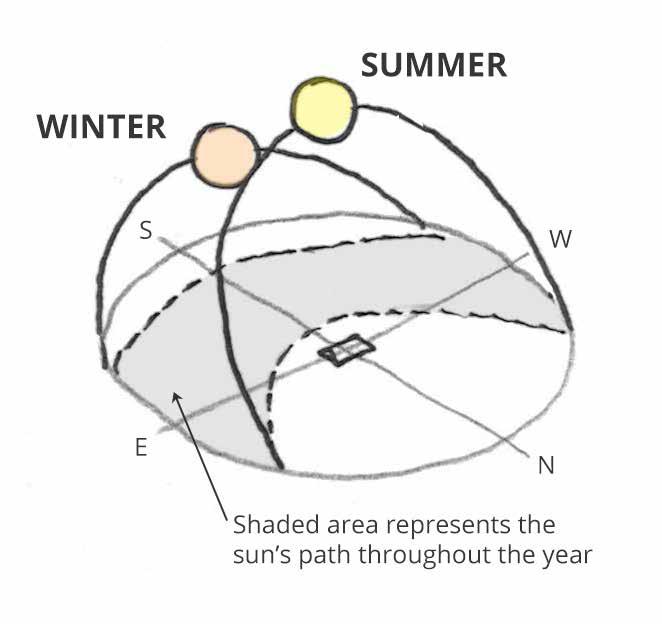
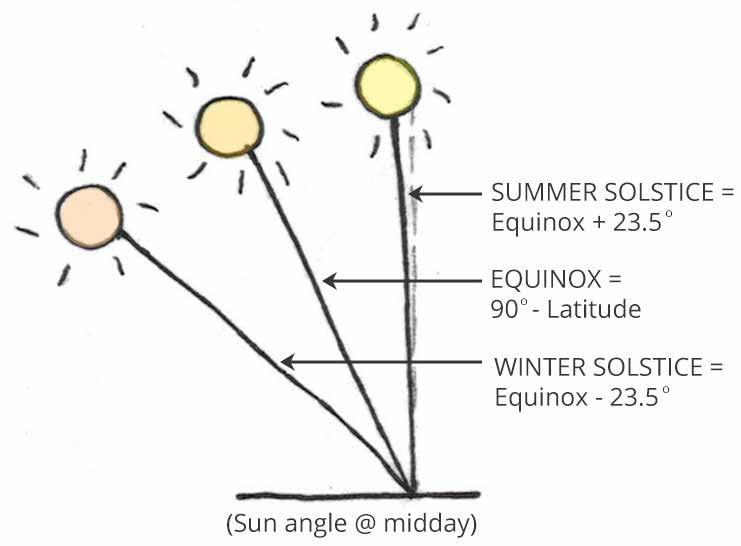
51
The Nature of Light
Light is electromagnetic radiation, like x-rays or radio waves are, within a specific portion of the electromagnetic spectrum. While discussing light here, we discuss the light visible to the human eye and processed by sight.
This visible light is categorized by wavelengths, according to how long or short it is. Natural light is a full spectrum that contains all colors of the rainbow as well as the colors we cannot see. The visible spectrum ranges from 400-700nm.Amongst these, the violet has the shortest wavelength whereas the red has the longest wavelength. The wavelength of light, which is related to frequency and energy, determines the perceived color. The edges of the visible light spectrum blend into the ultraviolet and infrared levels of radiation. The visible spectrum ranges from 400-700nm.The invisible spectrum ranges below 400nm and is known as UV- Ultra Violet light.
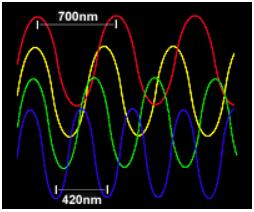
Figure9 show the relation between the wavelength and frequency. The frequency is indirectly proportional to the wavelength.
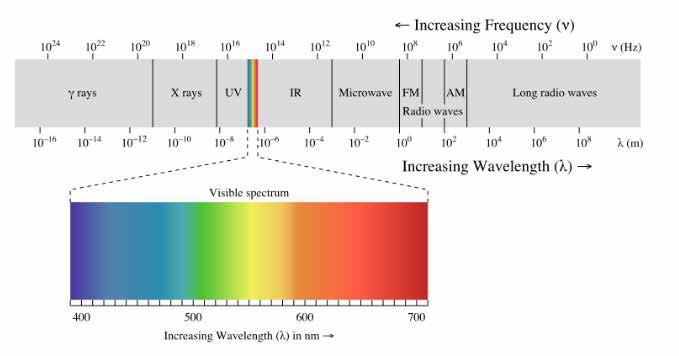 Figure8 show all kinds of electromagnetic radiations. The enlarged spectrum belongs to the visible spectrum for the human eyes in order of increasing wavelength.
Figure8 show all kinds of electromagnetic radiations. The enlarged spectrum belongs to the visible spectrum for the human eyes in order of increasing wavelength.
52
UV Light:

The human eye and brain can distinguish colors only upto a certain range. However, some animals have a different visible range, often extending into the infrared range (wavelength greater than 700 nanometers) or ultraviolet (wavelength less than 380 nanometers). Birds, fish and many other mammals perceive the full spectrum. Some insects, especially bees, can see ultraviolet colors invisible to the human eye.


Fluorescence
Many substances, including minerals, plants, fungi, microbes, and organic and inorganic chemicals, absorb UV radiation. Absorption causes electrons in the material to jump to a higher energy level. These electrons can then return to a lower energy level in a series of smaller steps, emitting a portion of their absorbed energy as visible light. Materials that exhibit such fluorescence appear brighter under sunlight because they absorb invisible UV light and re-emit it at visible wavelengths. The UV light acts as a violet filter in color and reacts with the existing color to become fluorescent colors.
Figure68-69 shows the difference between the human eye and an eye of a bee in the perception of the flower.
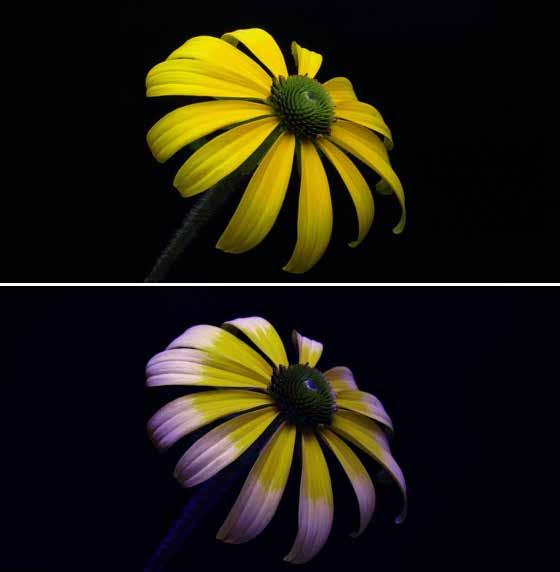 Figure10 shows the perception of color when UV light falls on different colors.
Figure10 shows the perception of color when UV light falls on different colors.
53
FlorescenceColor
Variations in Natural Light:
Radiation from the Sun that does get through the atmosphere and is visible to our eyes can be described in three ways:
Sunlight: is the light directly coming from the Sun. The colors change significantly across the day and depend on the Sun’s angle above the horizon, the season, the geographical location, and the amount of dust and smoke in the air.
Skylight: refers to the blue light of the sky as viewed from a location in complete shade. It results from the scattering of short-wavelength light by air molecules.
Daylight: is the combined light of the Sun and sky. Significant color shifts occur in daylight, depending on geography, season, and time of day, but they are unchanged by scattered clouds or overcast: they only dim the light and diffuse it.
Color of the light:
Not all light is the same color, and sunlight changes color throughout the day. The Earth’s atmosphere comprises various gasses like oxygen, nitrogen, and carbon dioxide. In addition, there are other impurities like dust, smoke particles, and polluting gasses like methane and CFCs. When the Sun’s rays strike the Earth’s atmosphere to pass through, they are distorted by the Earth’s atmosphere due to the presence of all these materials in the atmosphere. As demonstrated earlier, different colors present in the spectrum have different wavelengths.This diffrence in wavelengh causes the change in the color of light and the perception on the surroundings.
54
The daylight is considered a balanced white light, provided that the Sun is not near the horizon. The noon north skylight illuminant is, in contrast, strongly skewed toward the “blue” wavelengths, and this “in the shade” illumination appears distinctly blue to the eye. Noon sunlight has a nearly flat distribution and seems to be a yellowish or pinkish white.

When the Sun is lower in the sky at sunrise or sunset, sunlight passes sideways through a much longer and denser section of the Earth’s atmosphere, which scatters most of the “blue” and “green” wavelengths to produce a distinctly yellow or red hue. This lends morning or late afternoon light as a solid yellow or red bias, climaxing in the deep orange of sunrise or sunset. Morning light has a softer, rosier color because the cooler night air has a higher relative humidity that produces a long wavelength filtering morning fogs or
Thesemists.
different color temperatures are referenced on the Kelvin scale, which ranges from cool bluetinged light to the warmer reddish spectrum. These different color tones can directly affect the mood and impact how colors are depicted.
Figure11 show the spectrum of color of light from dusk to night and related color temperatures with it.
Dusk AfternoonMorning Evening Night

55
Attributes of color
As discussed above, light is the science that concerns the process of color vision and the features of the environment that affect how we see the colors. The light illuminates the object and the surroundings as seen around. The value and intensity of colors are affected by the amount of light. In lower light, colors appear darker and less intense, whereas as the amount of light increases, the value lightens, and intensity increases until it reaches its actual color.
Hue: is one of the main properties of a color, defined technically as “the degree to which a stimulus can be described as similar to or different from stimuli that are described as red, green, blue, and yellow,” Lightness is a representation of variation in the perception of a color or color space‘s brightness.
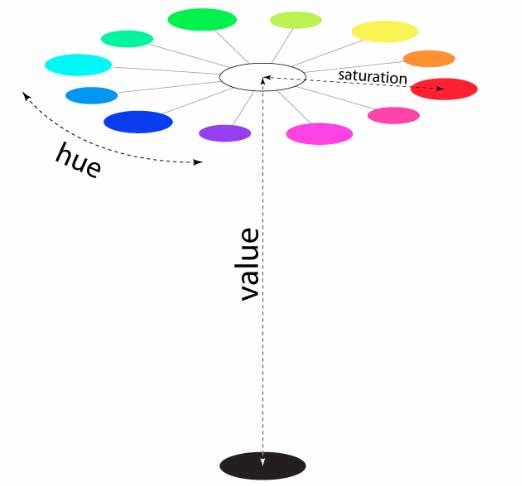
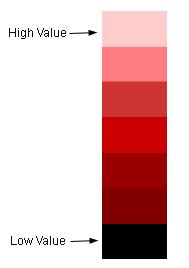
Hue is a designation for basic colors of spectrum, like blue or green, it corresponds to the wavelength of incidence. Hue is a specific wavelength that belong to any color.
Saturation or chroma is the purity of a color. It refers to the richness or strength of color. High saturation colors look rich and full. Low saturation colors look dull and grayish.
Value: is an attribute of visual perception in which a source appears to be radiating or reflecting light. It, also called value og lightness or intensity, is the attribute of visual sensation, according to which surface emits more or less light. Brightness is related to intensity. The more the light is intensive, the more the color is bright.
56
Figure13Figure12
Temperature is the perceived warmth or coolness of a color. Warm colors are red, orange, and yellow, while cool colors are green, blue, and violet. Somewhere in the green and violet spectrums the temperature changes between warm and cool.
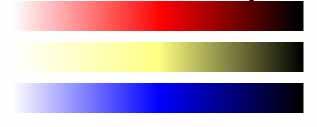

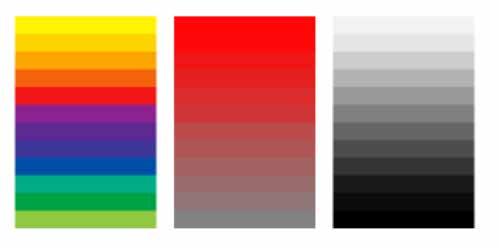
Lightness measures the relative degree of black or white that’s been mixed with a given hue. Adding white makes the color lighter (creates tints) and adding black makes it darker (creates shades). The effect of lightness or value is relative to other values in the composition. You can make a color seem lighter by placing it next to a darker color.
valuemaximum minimumvalue
Hue
Saturation Value
57
Figure14 Figure15
Clouds
Clouds are a crucial factor influencing local weather as well as the Earth’s climate system. They are made up of tiny water droplets formed around dust and are highly reflective. They both cool down and warm the surface of the Earth. They cool Earth by reflecting some sunlight up into outer space, and they warm it by bouncing some sunlight down to the surface. It can block the direct light coming from the Sun and keeps the temperature cooler. Most clouds block some degree of UV rays. The thicker and denser the clouds, the more UV rays are filtered. Dense cumulus clouds(detached, individual, cauliflower-shaped clouds usually spotted in fair weather conditions) reflect the UV radiation and allow it to bounce off their sides and get through cloud cover, while wispier clouds redirect the rays in all directions. High clouds (16,500-45,000 feet) refracting UV rays and lower clouds (less than 6,500 feet) reflecting them may significantly increase the UV levels on the ground. The effect can be amplified by haze, fog, and especially snow.
Image70 Cumulus clouds are the puffy clouds that look like puffs of cotton. Cumulus clouds that do not get very tall are indicators of fair weather. If they do grow tall, they can turn into thunderstorms. The bottom of cumulus clouds are fairly close to the ground.

Considering the region of Barmer, for the most days in the month of January and March, the skies are cloudless. The absence of clouds in the region of Barmer results in direct and harsh light, thus making the area’s climate even hotter. On days when clouds are visible (as discussed on the right), the clouds, such as cumulus and cirrus, distribute light almost equal to cloudless skies. Hence the direct unfiltered sunlight that falls on the objects and the surroundings creates strong contrast and highlights, thus affecting the vision and color perception accordingly.
Image71 Cirrus Clouds are high feathery clouds. They are up so high they are actually made of ice particles. They are indicators of fair weather when they are scattered in a clear blue sky.

58
Image72 show the photo taken in the month of January at noon. The dense cumulus clouds suggest fair weather, which can be clearly seen in the picture. The clear skies increase the visibility and also affect the perception of color. The colors are seen brightly and more distinctively to their true nature.
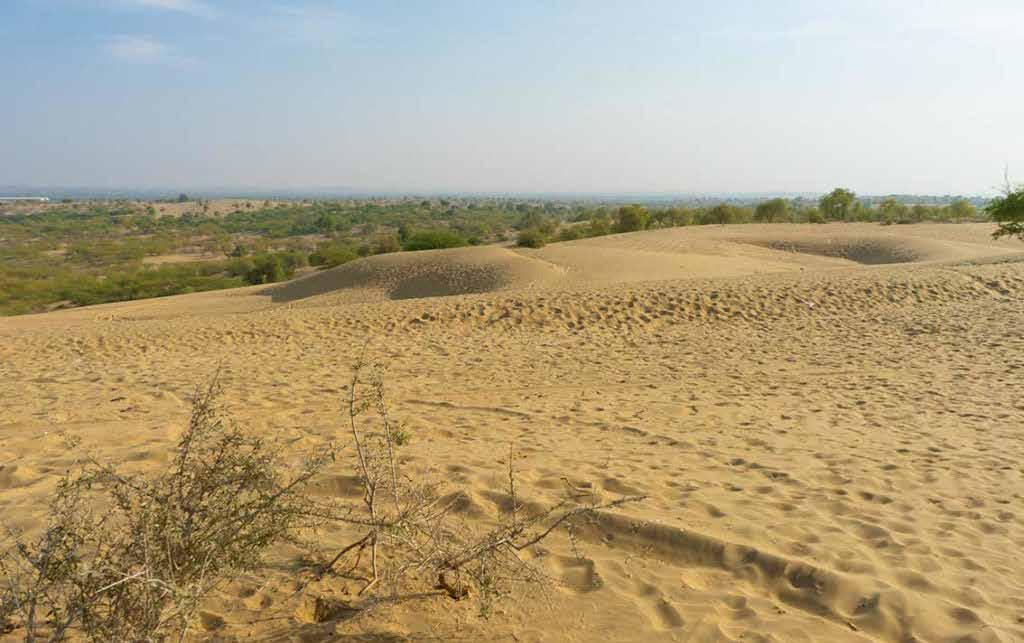
Image73 show the photo taken in the month of March at noon. The cirrus clouds distribute equal light in all directions. The equal distribution helps the user perceive colors clearly for the objects far and near in its field of vision. It also depicts a change in weather. Here it marks the onset of Summer.

59
Image74 show that as the Sun nears the horizon, the glaring effect increases and affects the surroundings’ visibility. The visibility almost becomes blinding and discomforting for a human eye to look at it for more than a specific time period.
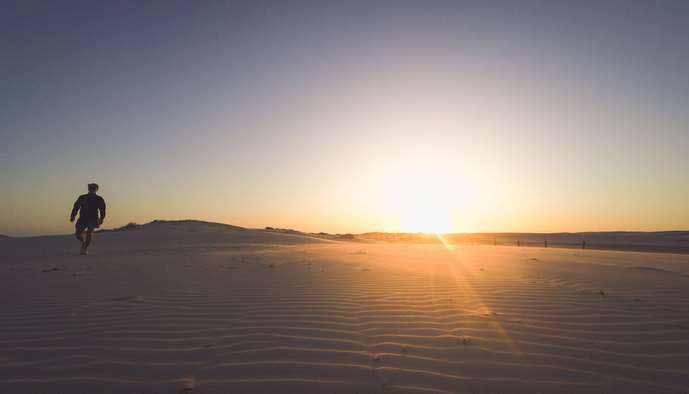
Glare
Glare is the loss of visual performance or discomfort produced by an intensity of light in the visual field more remarkable than the intensity of light to which the eyes are adapted. Glare occurs when too much light enters our eye and interferes with your eye’s ability to manage it. In simple terms, it can be regarded as extreme brightness. Glare ends up limiting a person’s ability to distinguish details and objects.
Glare may come directly from a light source or be reflected. Direct glare is the result of high brightness from a light source in the field of vision. For example, the sun in front of a person’s eye is direct glare. Whereas indirect glare is the result of light that is reflected in the eye. For example, light from the sun being reflected from a surface to a person field of view is known as indirect glare
60
There are four types of glare: Distracting glare, discomforting glare, disabling glare, and blinding glare.
Discomforting glare: Discomforting glare may result from direct or reflected glare and can be caused by every day, bright sunlight conditions. Discomforting glare occurs in varying degrees of intensity, but even the milder degrees of discomforting glare results in visual discomfort, often shown by symptoms of eyestrain or fatigue. Depending on one’s light sensitivity, this glare can also be discomforting regardless of weather or the time of the day.
Blinding glare: Blinding glare results from light reflecting off of smooth, shiny surfaces such as water, sand, or snow. It can be strong enough to block vision. When the light reflects on the surfaces, it becomes polarized and produces a blinding glare. Blinding glare can block vision to the extent that one becomes visually
Ascompromised.seeninthe
region of Barmer,due to intense and harsh light the glare is strong in afternoon as well as before the sunsets. The strong glare blocks the vision and reduces the color perception to almost zero. The objects and the colors around glare are too much exposed to the light and hence the value of any particular hue move against the saturation. The color of the desert changes from ocher to ocher white and the overall landscapes all changes accordingly. The
61
Reflection and its types
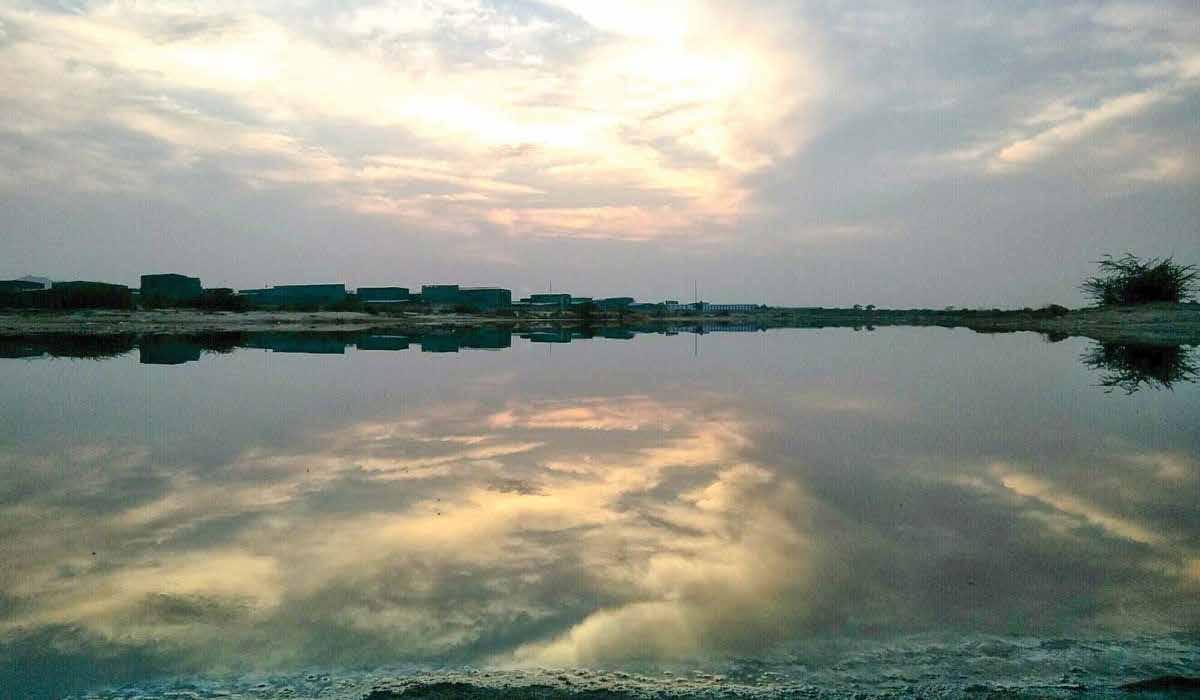
Reflection is the change in the direction of a wavefront at an interface between two different media so that the wavefront returns into the medium from which it originated.
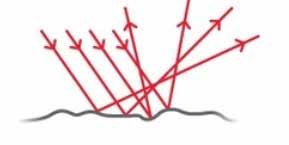
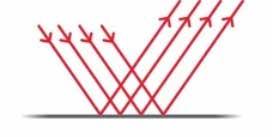
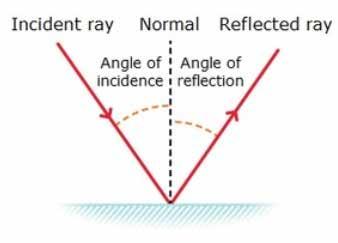
Specular Reflection:is when light bounces off an object. If the surface is smooth and shiny, like glass, water or polished metal, the light will reflect at the same angle as it hit the surface. This is called specular reflection. The reflection of light from a smooth surface in which the incident light rays are reflected from the surface such that the angle of reflection equals the angle of incidence.This usally happens in water and such flat surfaces.
Diffuse reflection: is when light hits an object and reflects in lots of different directions. This happens when the surface is rough. Most of the things we see are because light from a source has reflected off it. The reflection of light from a rough surface in which the incident light rays are reflected from the surface at many different angles. This usally happens in desert, snow and other such surfaces.
Specular Reflection as seen in the Luni river
Diffuse Reflection as seen in the desert
Image75 show the reflection of sky in Luni river.
62
Refraction is the change in the direction of propagation of a wave due to a change in its transmission medium.

Image76 show the mirage effect as seen in the desert. As the surroundigs reflect
Normally, light waves from the Sun travel straight through the atmosphere to our eyes. But the light trav els at different speeds through hot air and cold air. They happen when light passes through two layers of air with different temperatures and density. The des ert sun heats the sand, which heats the air just above it. The hot air bends light rays and reflects the sky. Mirages are most common in deserts. When you see it from a distance, the different air masses colliding with each other act as a mir ror. The desert seems to have become a lake, but it is actually a reflection of the sky above. Mirages can be seen almost anywhere – those shimmer ing heat hazes that appear on the road on sunny days or reflection of water in the endless are mirages.
63 Mirage
Shadow
as discussed, light. The light travels straight from its source (Sun here). When light reaches an opaque (solid) object, the light is prevented from moving through the thing, leaving an area of darkness on the other side known as the shadow. The shadows are more potent and sharper when the light source is direct and intense and softer on cloudy days. The angle at which light strikes an object also affects the size and shape of its shadow. An object blocks more light when the light is at a lower angle (side on), making long shadows; when the light source is at a higher angle (overhead), the shadows are shorter. Hence lower the Sun, the longer the shadow, and vice versa.
 Image77 show the photo taken in the desert at 1 pm in the noon in month of March. As the sun is overhead , the shadows are shorter.The intense light of march results in sharp contrast
Image77 show the photo taken in the desert at 1 pm in the noon in month of March. As the sun is overhead , the shadows are shorter.The intense light of march results in sharp contrast
64
Image78 shows the photo taken in the desert at 5 pm in January. The elongated shadows results when the Sun is at an angle and is nearing the horizon. As the light is less intense ( as compared to the photo taken in March), there is less contrast, creating softer shadows.
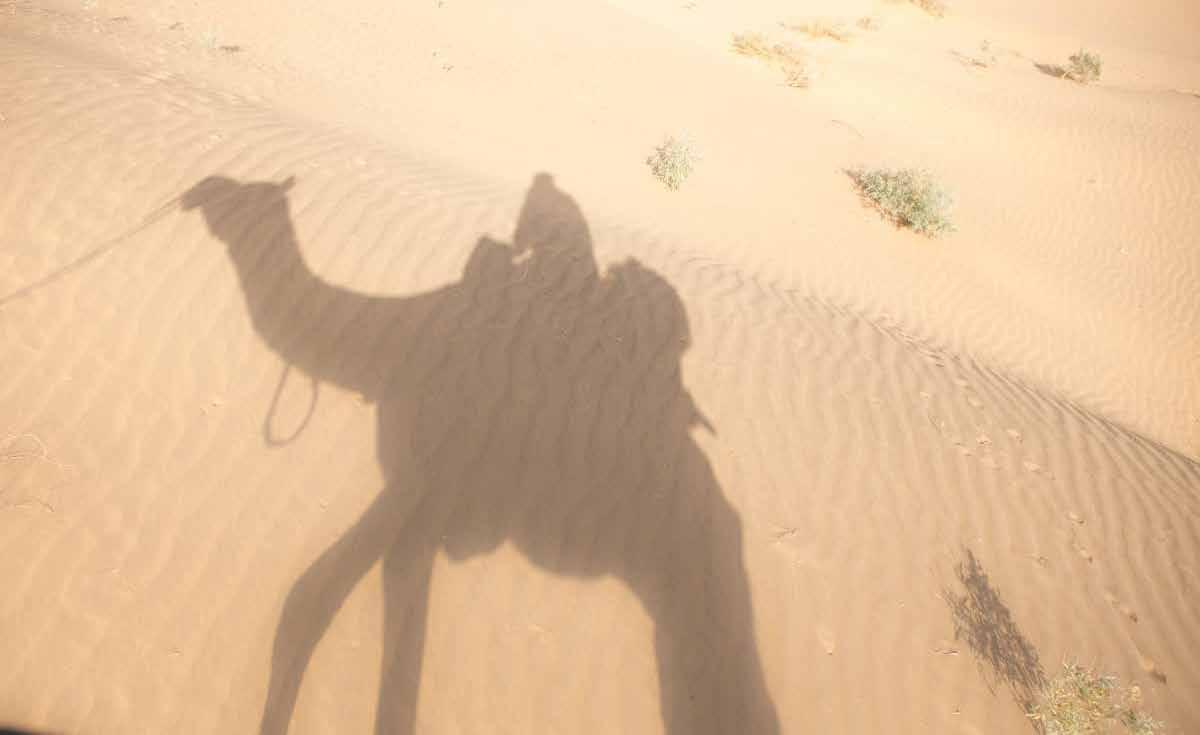
Image79 show the photo taken in the desert at 5 pm in the month of March. The elongated shadows results when the Sun is at an angle and is nearing the horizon. The sharp, unfiltered light creates shadows with strong contrasts against the muted palette of beiges, ocher and brown.
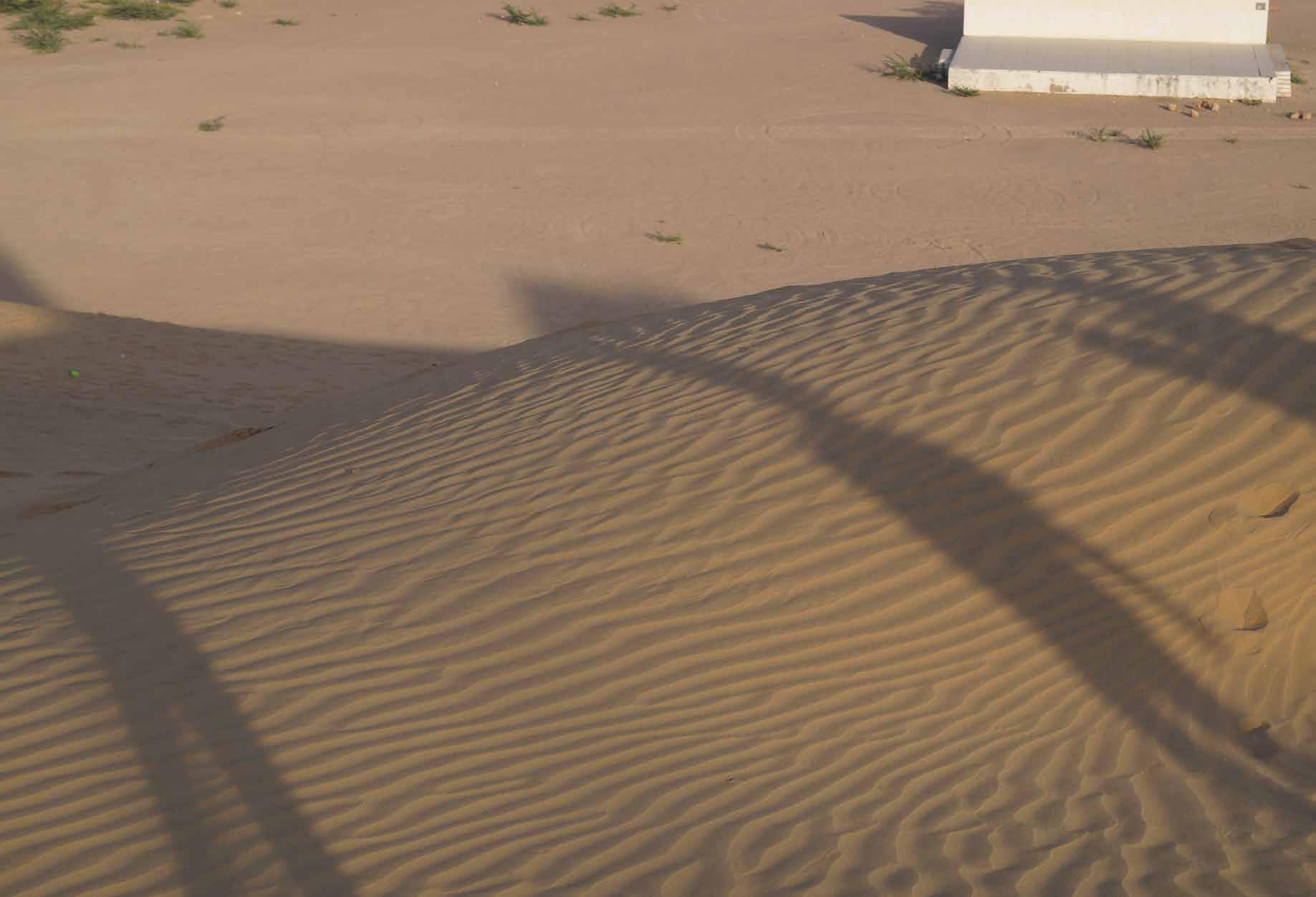
65
Light and Color Perception
With the understanding of the Barmer region with respect to geography and climate, it is very much clear that the intensity of natural light is harsh, direct, and jarring. As seen through the overall landscapes, through the month of January, the winter light was quite subtle in the morning, where the dark greens and the ocher yellows shined against the greyblue skies. This perception of color is with respect to the morning light that is yellow-orange in color and ranges in temperature from 2000k-3000k. Also, as the Sun is just rising, the shadows are soft, and we see the colors with respect to yellow hues and tints. By afternoon as the sunlight changes to yellow-white, the blues of the sky are perceived as pale blue-whites. As the Sun is overhead, the intensity of light increases, which helps perceive the colors richer and brighter. It is also due to the absence of clouds that light does not get filtered, and it’s the direct light that falls on the surroundings affecting one’s vision. The shades of the desert in the hues of ochers, beiges, and light browns as seen endlessly cover the land’s patch, which merges into the overall terrain comprising of dense trees. As seen from far, these trees impart stark colors like yellow-green and dark greens in the afternoon light. The shadows are shorter and create a strong contrast against the muted palette. The colors in the daylight are almost near to their true hue as the afternoon light is white. Therefore the perception of color does not change much. As the Sun descends towards the west and nears the horizon, a glaring effect is seen. The glare effect and the reflection of light result in crystals of sand particles that shine as beaming rays of the Sun pass through them, reflecting varying shades of ochers beige browns, dark browns, and ocher yellows. The glaring effect is more robust in
66
summers than in winters as its directly propotional to the intensity of light. This glaring effect also gets affected due to presence and the absence of clouds. As the Sun approaches the horizon, the skies start turning orange and red, which results in the perception of colors as reflected by hues of orange and red. The mellow shades of orange, yellows, and red frame the entire desert scape as the dusk light smoothen the vista as a whole, enhancing the sand’s softness. The same particles of sand that were seen in the shades of ochers and brown turn to ochers with tints of orange and yellows. The golden light intensifies the play of dunes as the varying shades of ochers and dark brown create the motion and subtly merge into the land terrain. As the angle of the sun changes, it decreases the intensity of light, which affects the shadow, visibility, and color perception in the surroundings. The shadows become soft and elongated, the visibility becomes less (for the faroff objects), and the perception of colors changes from bright to dull to dark. As the Sun sets, the trails of yellow oranges convert to darker blues with a portion of light grey-blue as lit by the star and the moon. The silhouette of the desert juxtaposes with the shimmery blue sky creating a cooled-down palette for the
Asevening.seen,
the entire day is perceived in varying shades of ocher yellow ochers, brown and dark brown at different times in the day with the changing backdrops of the skies, resulting from changing light conditions throughout the day. Despite the entire landscape being highly monochromatic, the changes in light throughout the day enhance and amplify the different shades of the color, which in turn affects factors such as glare, shadow, and mirage. All these combined create an overall palette for the region.
67
The above image is taken in the month of March. As the day begins, the light is soft, and the temperature is between 2000k-3000k. The morning light is orange in color (as discussed in the color of light), and hence the grass, as seen in the picture, reflects green-yellow colors with tints of orange and yellow. Also, as seen, the color of the sky in the background changes from pale orange ochre near the horizon to a dull blue sky. Since the Sun is still at an angle, the intensity of the light is not much; hence the sky is in paler shades of blue. The shadows also, if seen, will be much softer and longer.

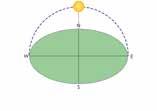
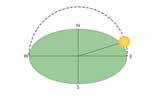
The above image is taken in the month of March. As the day ascends towards the afternoon, the sunlight changes from orange-yellow to yellowwhite. Also, as seen, the color of the sky in the background changes from pale blue to brighter blue as the Sun acquires the overhead position, and hence, the light increases, resulting in brighter shades of blue. The sand is also seen in more brilliant shades of ochers and browns. The shadows are more substantial and create a sharp contrast to the surroundings.
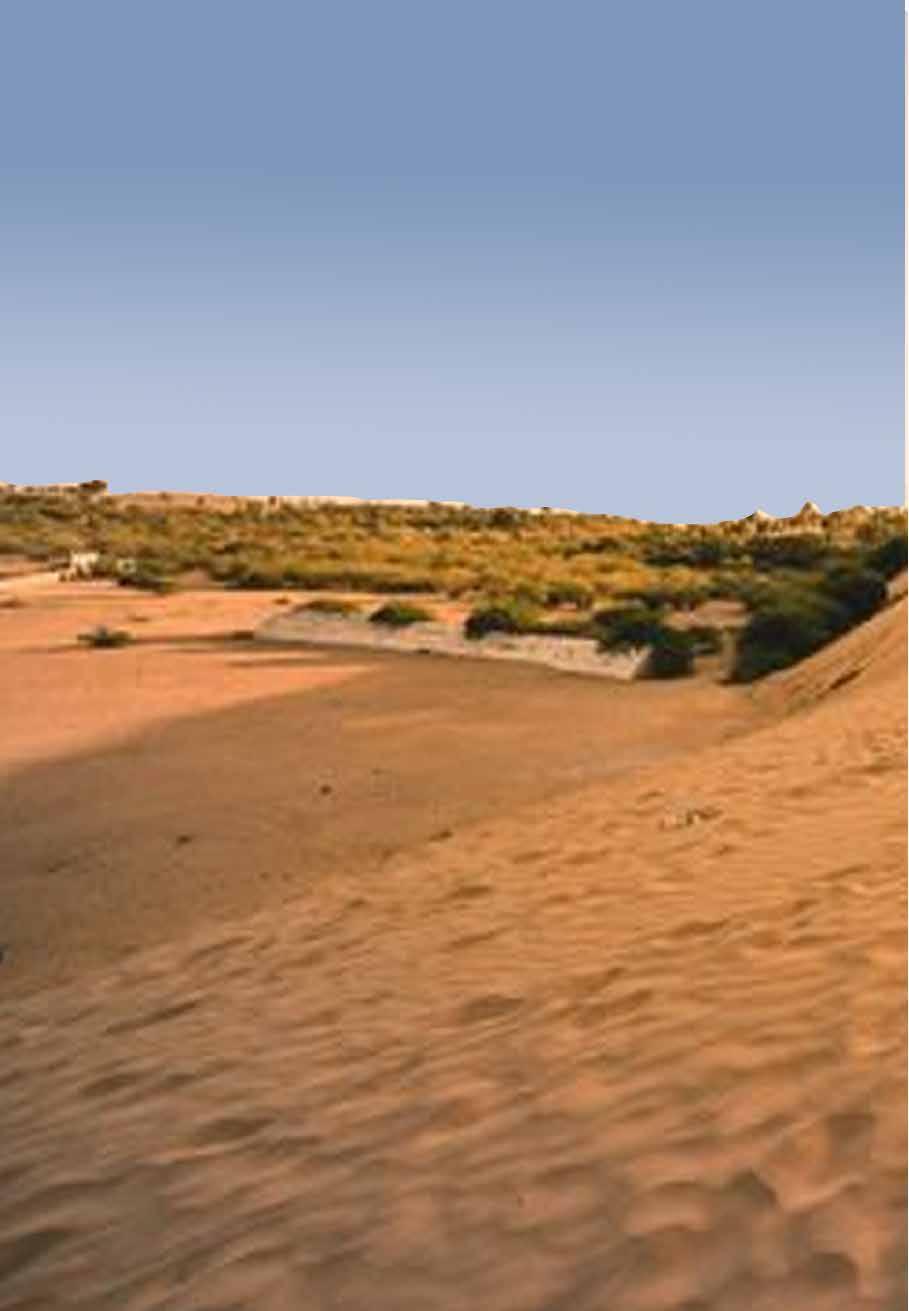

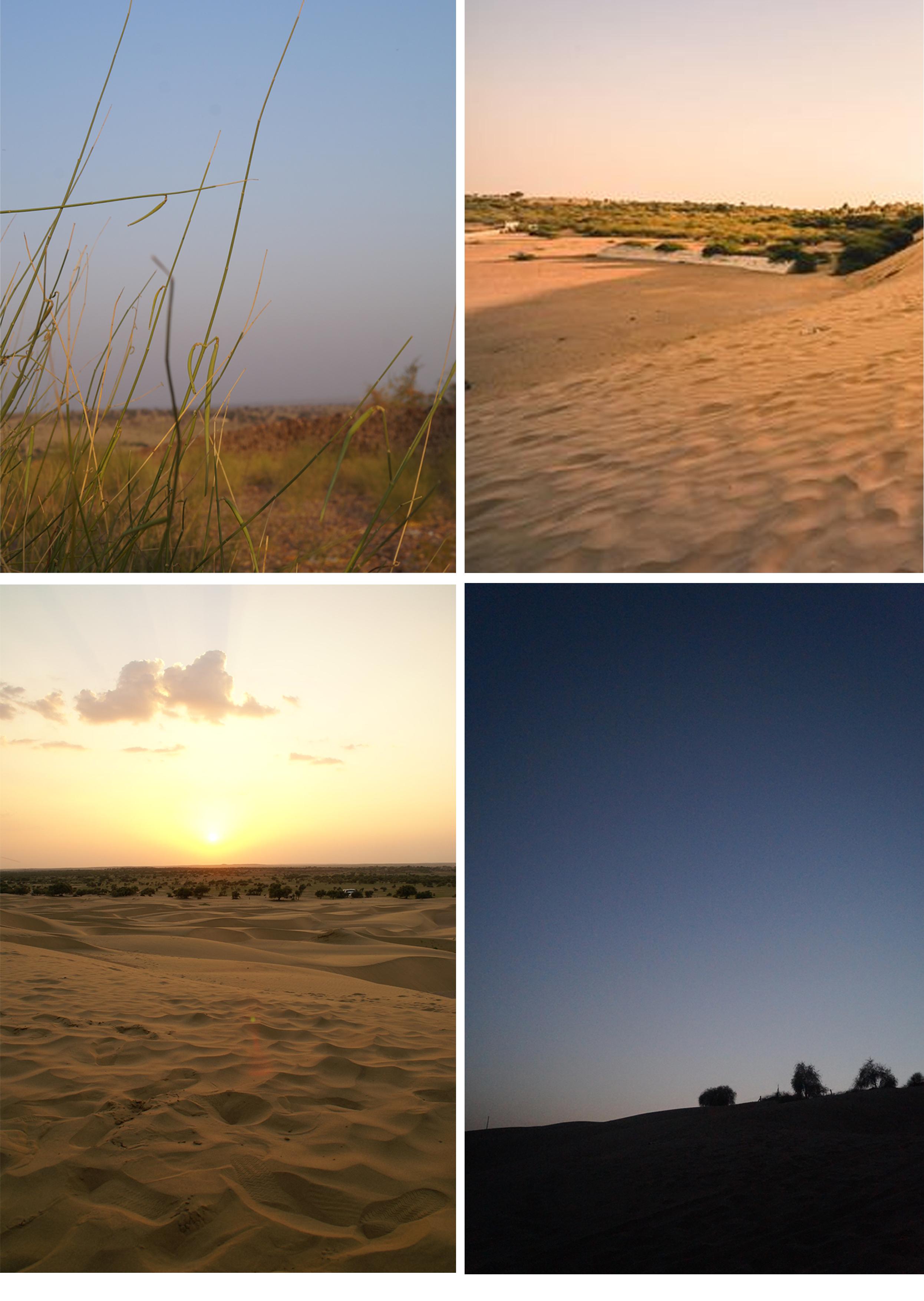
68
The above image is taken in the month of March during the sunset.As the sky changes towards the shade of yellow and oranges the perception of surroundings in terms of colors changes. The sand is perceived in ochers but with tints of yellows and oranges. As the Sun nears the horizon, the intensity decreases, resulting in softer shadows. Also, due to the presence of clouds, the light is further filtered, lowering its power. It is also the time of the day when the glaring effect occurs, which again changes the visibility of the objects around.

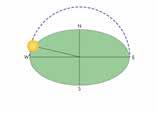
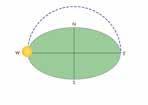


The above image is taken in the month of March after sunset. The sky turns to blue, and my midnight turns even darker and reaches a temperature of 10000+k. As the sunset and the night approach, the light reduces the visibility to almost zero. The silhouette of the dunes and trees juxtaposes the night sky. It is very well understood how light and the color of the light act as a major factor in imparting the colors to the objects and the surroundings. When the light goes away, everything looks the same, colorless

69
Seasonal Differences- Month January
Image84: taken at 11 am, showing end of winters with vegetation in shades of ochers, browns and
Image85: taken at 6:00 PM,showing winter sunsets in shades of light pinks, mauves and pastel reds. The beiges against the clear blue gray skies. The intensity of light (as compared to photo on right) is much light as reflected on the desert also affects Whow the ochers and the browns of the desert are less affecting our colors as perceived. The vision becomes hazier with the increase in distance. perceived. The desert also reflects the ochers and the browns with tints of reds and mauves.
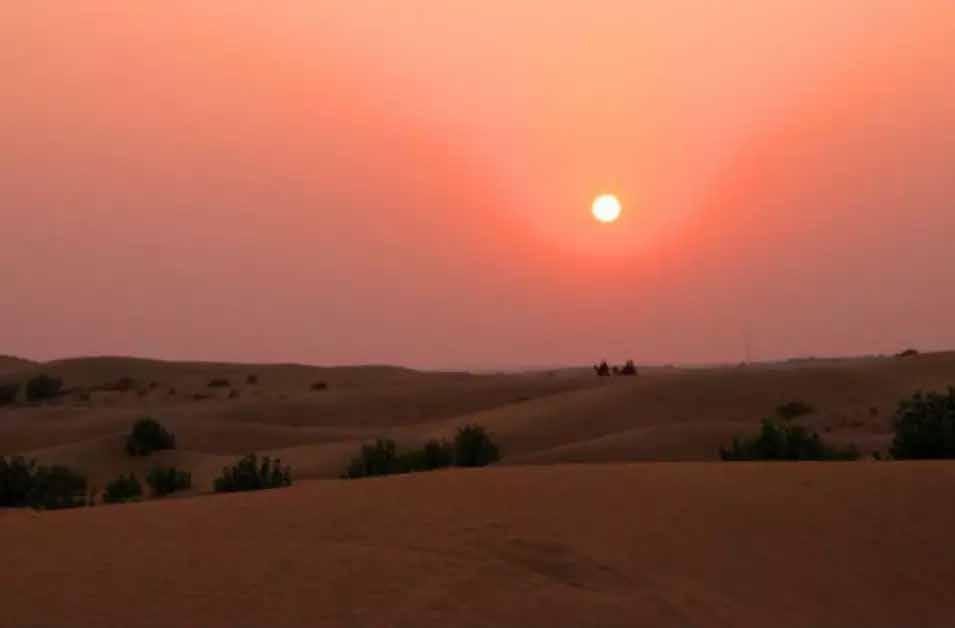
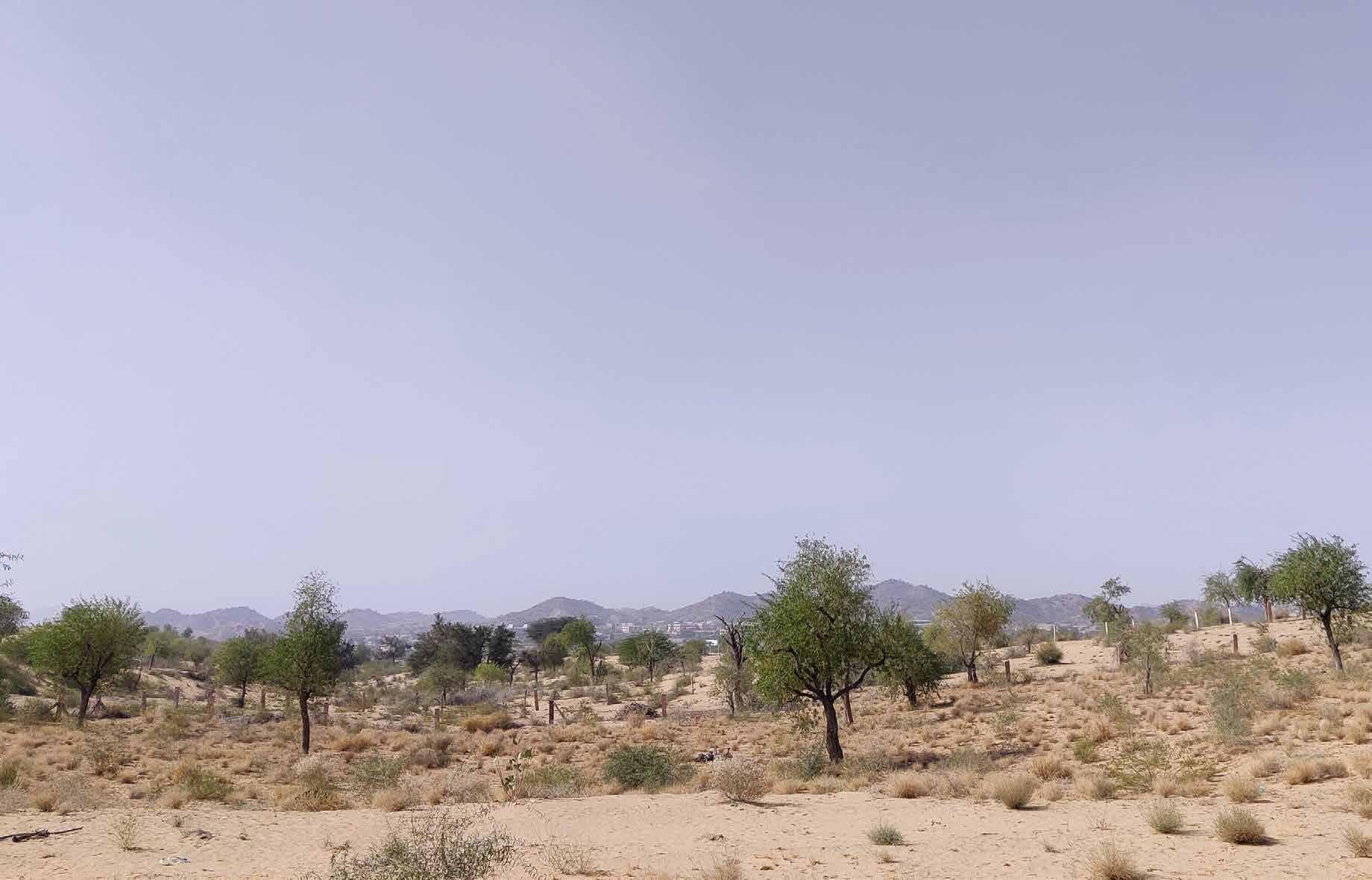
70
Seasonal Differences- Month March
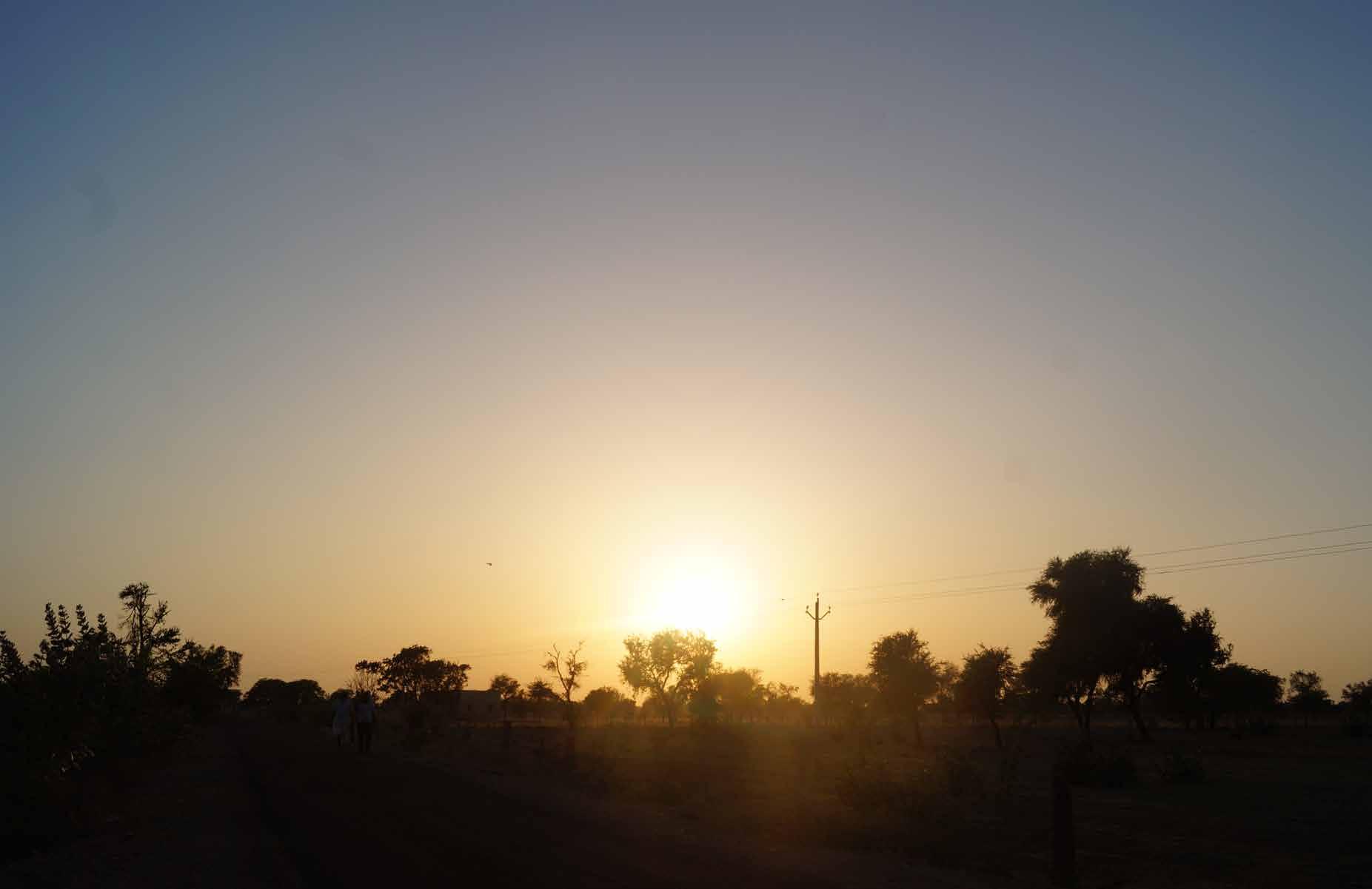
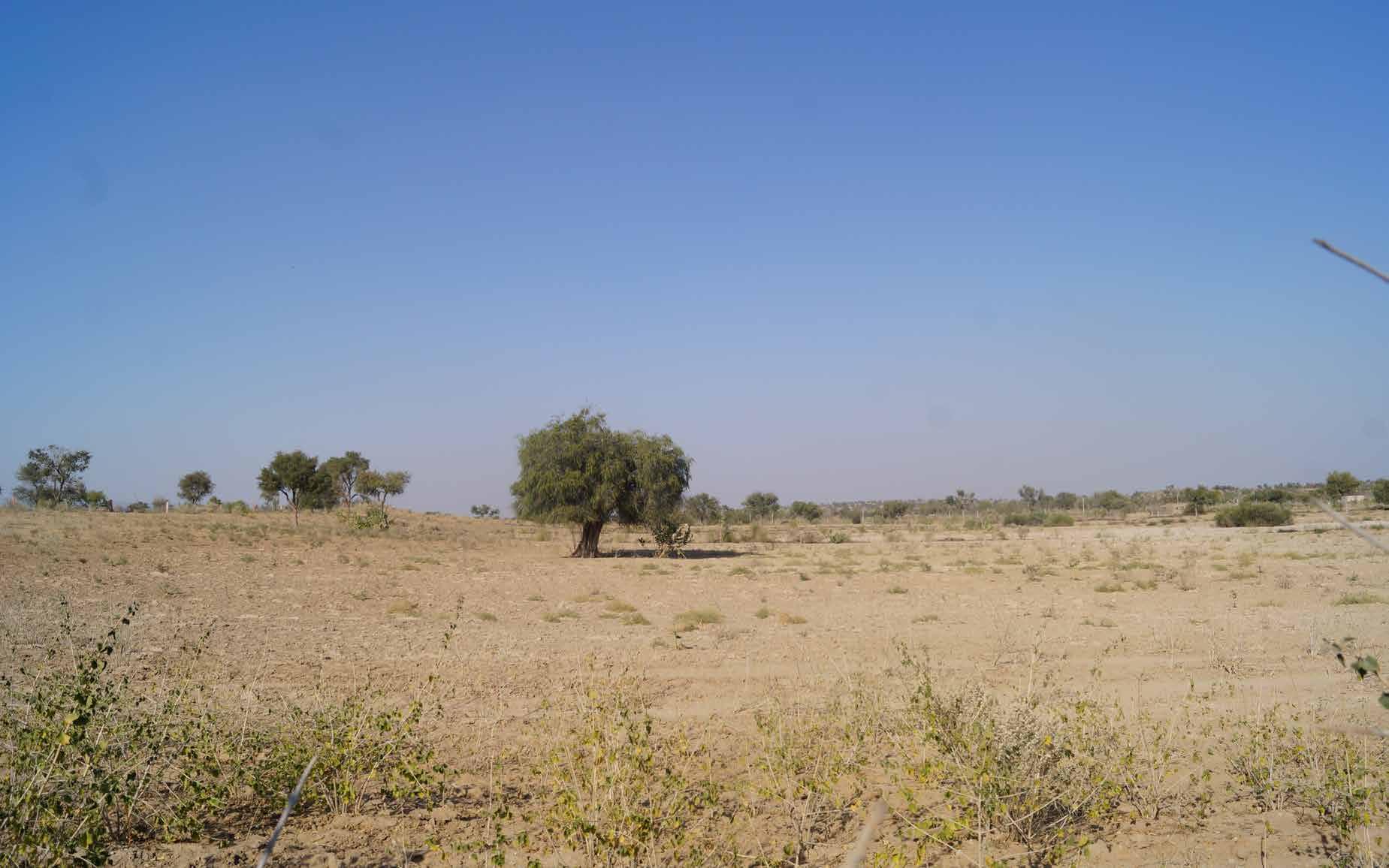 Image86 : taken at 11 am, showing onset of summers. As the intensity of the light increases, the browns
Image87: taken at 6:00 PM,showing summer sunsets. The intensity of the light at this time is still so strong and the ochers are enhanced. The sky is also lit with bright blue shades (as compared to photo on left) that it almost blind the viewers’s vision. The strong orange yellow light reflected on the land helps
Image86 : taken at 11 am, showing onset of summers. As the intensity of the light increases, the browns
Image87: taken at 6:00 PM,showing summer sunsets. The intensity of the light at this time is still so strong and the ochers are enhanced. The sky is also lit with bright blue shades (as compared to photo on left) that it almost blind the viewers’s vision. The strong orange yellow light reflected on the land helps
71
 Image88-92 shows the overall and the desert landscapes.The swatches on the right consist of the land colors as seen in the region of Barmer.
Image88-92 shows the overall and the desert landscapes.The swatches on the right consist of the land colors as seen in the region of Barmer.

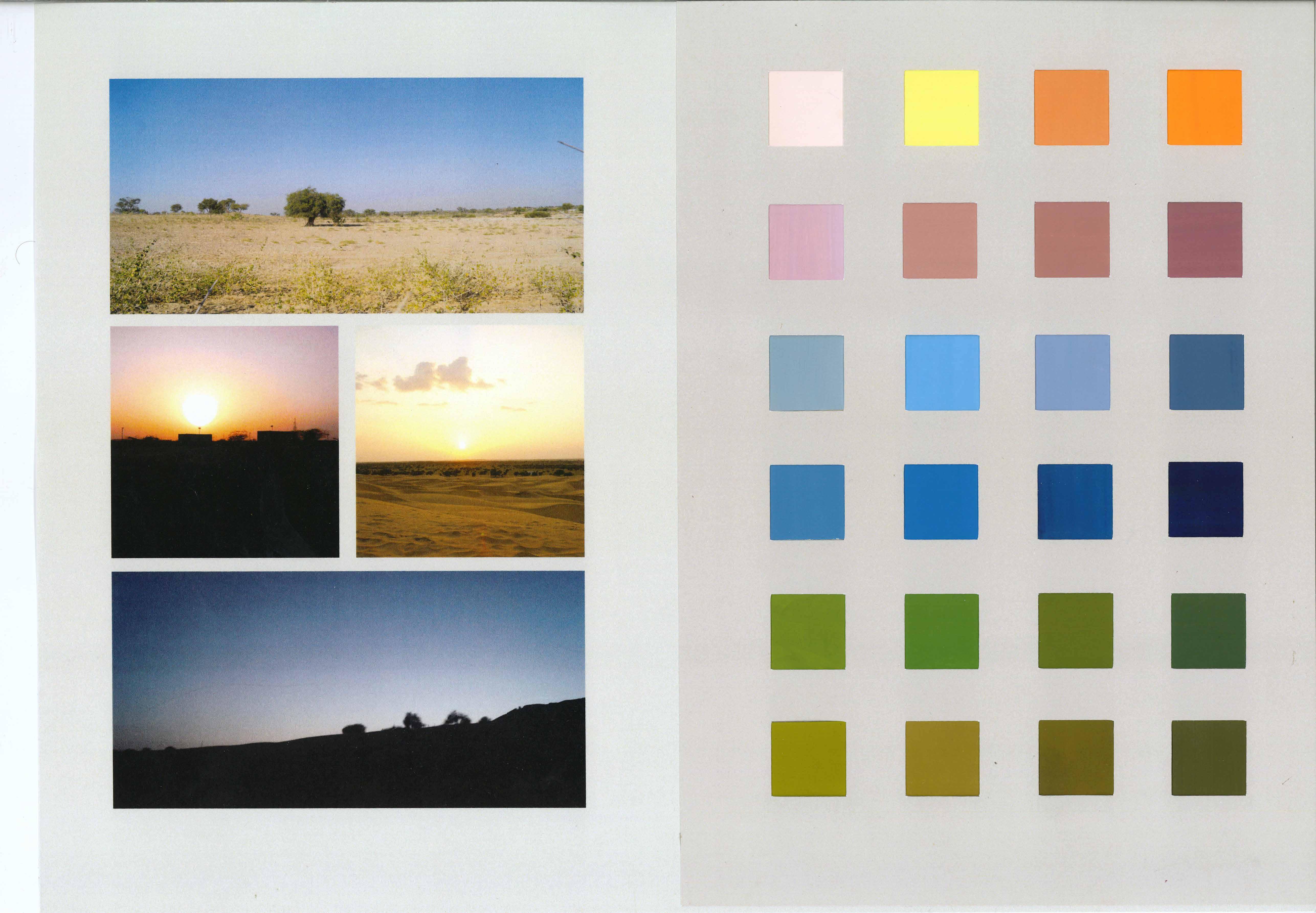 Image93-96 shows the overall and the desert landscapes. The swatches on the right consist of the sky and the vegetation colors, as seen in the region of Barmer.
Image93-96 shows the overall and the desert landscapes. The swatches on the right consist of the sky and the vegetation colors, as seen in the region of Barmer.

 Image97-107 shows the varied kinds of flora found in the region. The swatches on the right show all the key colors of flora.
Image97-107 shows the varied kinds of flora found in the region. The swatches on the right show all the key colors of flora.

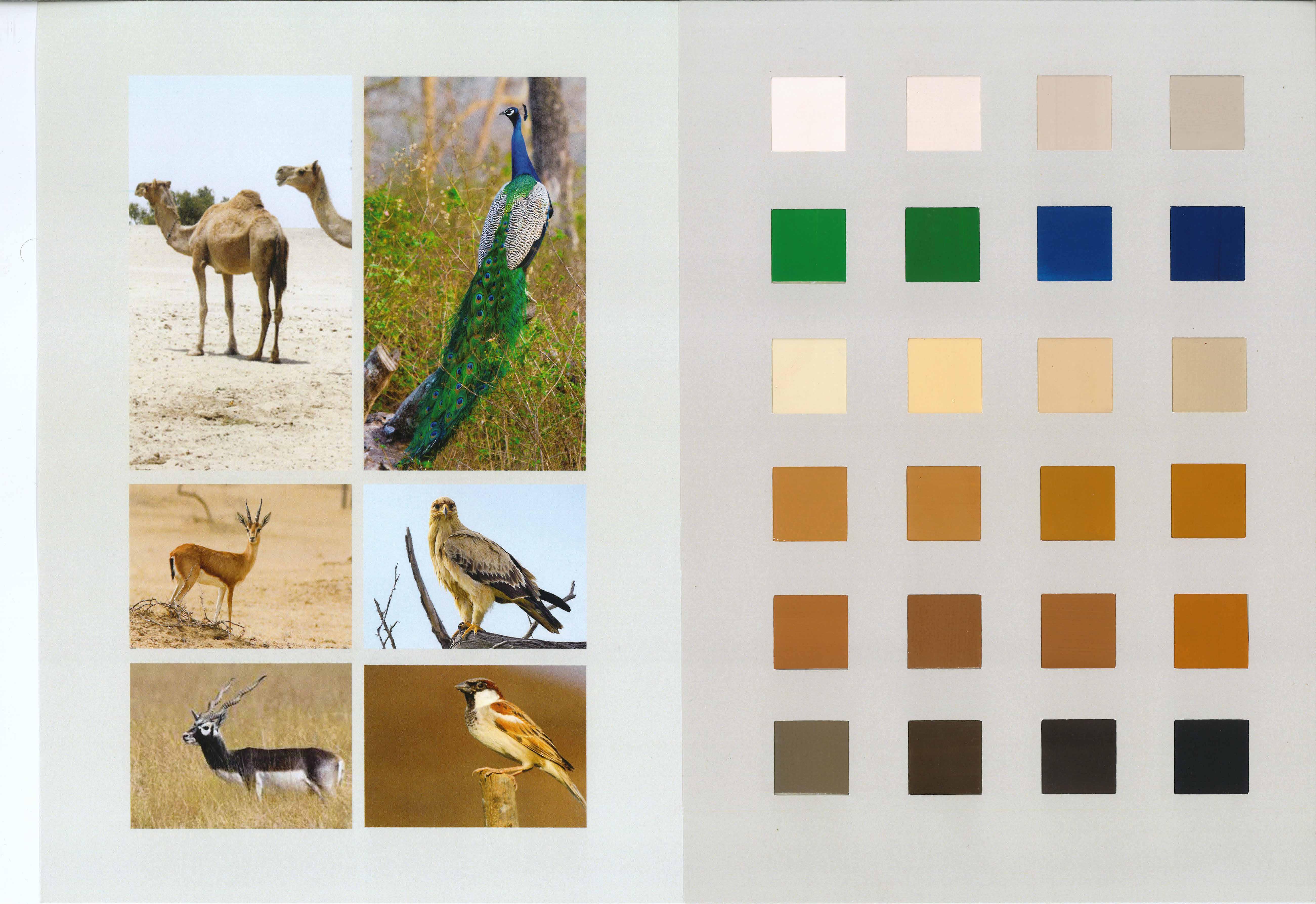 Image108-113 shows the varied kinds of fauna found in the region. The swatches on the right show all the key colors of fauna.
Image108-113 shows the varied kinds of fauna found in the region. The swatches on the right show all the key colors of fauna.

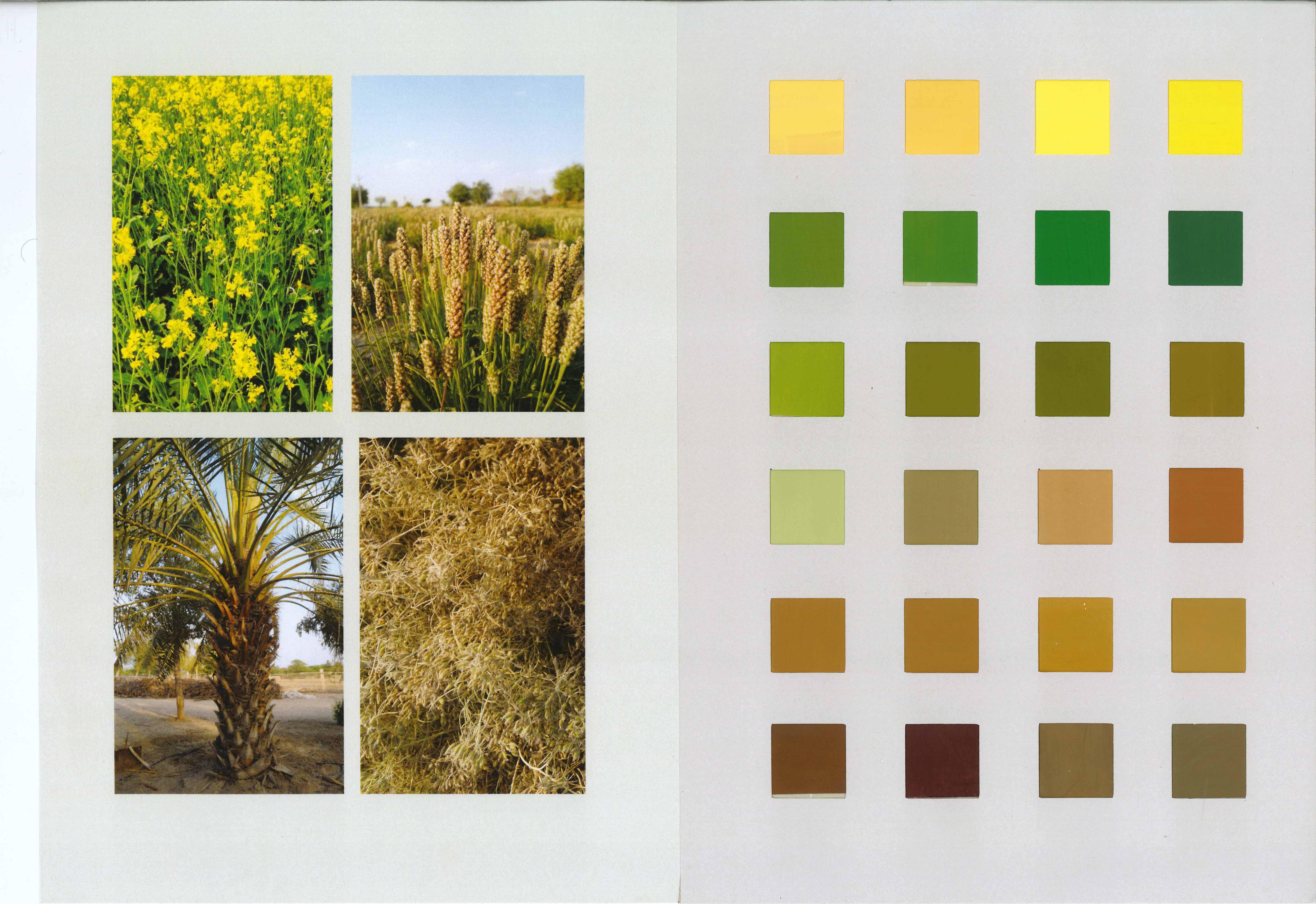 Image114-117 shows the manmade plantations. The swatches on the right show key colors of the plantations.
Image114-117 shows the manmade plantations. The swatches on the right show key colors of the plantations.

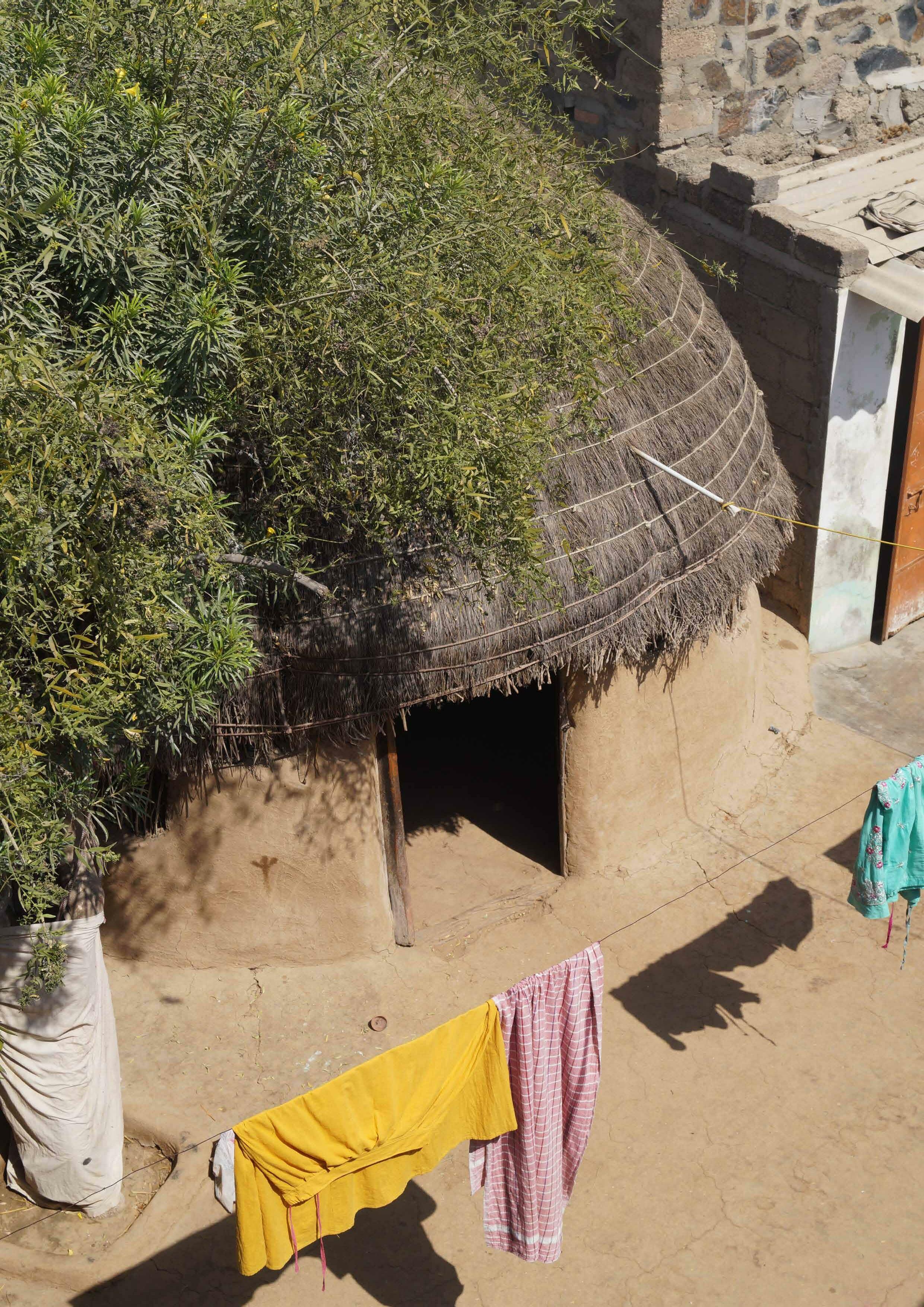
Part B : Built Form
-Spatial-Climate-Form-IntroductionandConstructionResponsiveArrangements
-Object
-Exterior-Interior -Aesthetic -DecodingSensibilitiesMotifsColorSensibilites-inModern Houses.
of Daily Use
Introduction
The built environment is the man-made environment that comprises the relationship between humans and the environment around them. Taking inspiration from the surroundings, its climate, using locally available materials, and considering the social and economic context are all a part of vernacular buildings. Mud houses are one such form of construction used extensively for years as the settlements of the different communities throughout the country. These mud houses in the desert region of Rajasthan are known as Dhani. It is called so because their houses and farms (from where they make money, known as dhan in Hindi) are located on the same patch of land, and hence they synonym the houses with them. The mud houses of the Barmer region are very well contextualized with the area’s climate, the availability of local materials in the surroundings, and their plans
 Image118 shows mud houses typically arranged around the periphery creating a central courtyard space to perform informal activities in a village in Dhaanu.
Image118 shows mud houses typically arranged around the periphery creating a central courtyard space to perform informal activities in a village in Dhaanu.
84
reflect the relationship with people and their objects of daily use. This strong relation can be seen between the built and people because every individual is capable of making their own dwelling in their own way where they perfectly understand their requirements and needs, are a part of the process, knows the constructing methods, and are therefore able to enjoy the unique outcomes by giving a specific character to it.
These mud houses and their relation to climate and community also reflect a strong link with their tradition, which can be seen through the use of colors, motifs, and other aesthetic sensibilities seen in and around the built form.
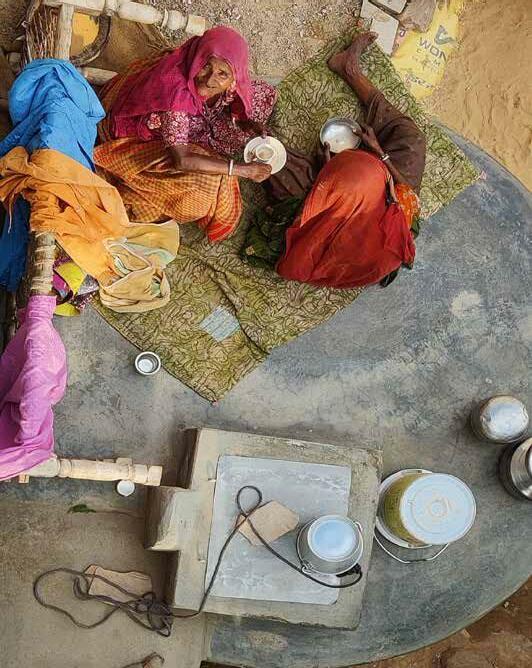

Image121 showing the courtyard space as used in the evenings and how it doubles up as an socializing space.
 Image119 shows the use of central spaceaangan the courtyards are mostly occupied by women in afternoons for doing embroidery.
Image120 show the relation of women with their mud houses. The builder and the resident.
Image119 shows the use of central spaceaangan the courtyards are mostly occupied by women in afternoons for doing embroidery.
Image120 show the relation of women with their mud houses. The builder and the resident.
85
Form and Construction
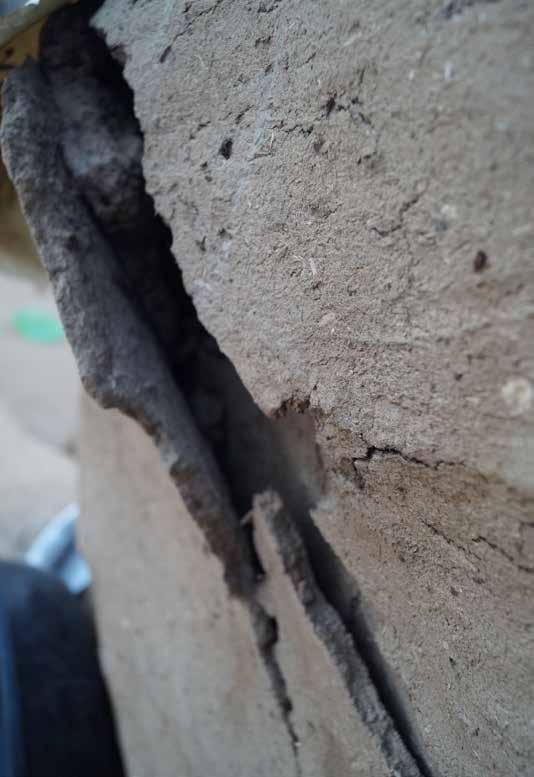
The conical huts are in different shades of ochers of mud, complimented with the dark brown hue of the thatched roof. The Vandyke brown shades of the hut change from light to dark as the circular body of the houses transfer themselves from light to shadow. Villagers and locals here like to build with familiar materials that have been used for ages. Along with familiarity, the aspects of availability, durability, and cost are also taken into charge. Amongst all, in the region of the Thar desert, mud and thatch have been the most widely available and used construction materials. Since they are available in abundance around them, their cost of them is also negligible. The other construction materials used to build the circular body are branches from the tree, such as Aankdo and Rohida for the structure. Then mud from the desert is
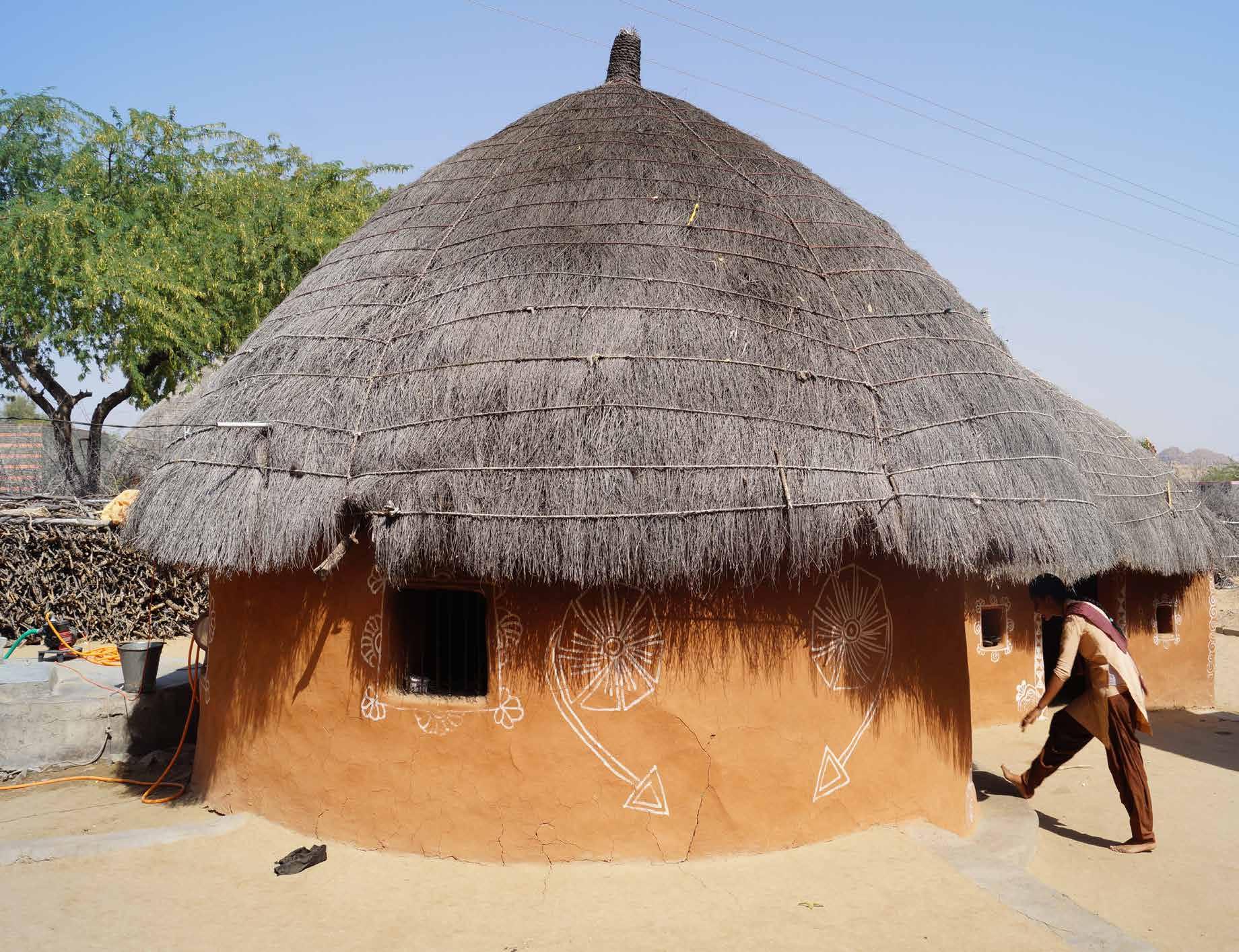 Image123 showing gobbar as a primary material which is then layered with mud to give a finish surface
Image122 showing a typical circular form of the mud house in bright orange ocher color with its typi cal thatch roof made out of twigs of aankda, keemph and rohida.
Image123 showing gobbar as a primary material which is then layered with mud to give a finish surface
Image122 showing a typical circular form of the mud house in bright orange ocher color with its typi cal thatch roof made out of twigs of aankda, keemph and rohida.
86
is mixed with gobar, and water is then plastered onto the form to give a plain surface. A conical frame structure made out of ankdo branches is made around the circular body such that the roof is projected outside by around 9”-12”. The thatch is then laid around the structure and tied by grass ropes to attain stability at the roof’s peak. The projected roof is then supported by the wooden posts by aligning along the periphery of the circular body. These thatch roofs are seen in varying shades of grey browns which are a resultant of keemph grass and twigs from aankdo when they dry off.

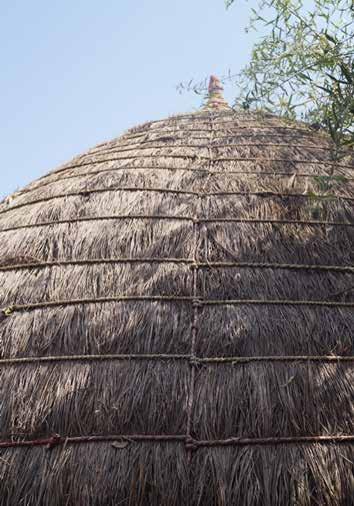
The base then acts as a floor coated with cow dung slurry to comparatively level the surface. This flooring provides a hygienic surface and is compatible with the general environment of mud houses.
Figur126 showing flooring sur face of a typical mud house coated with cow dung
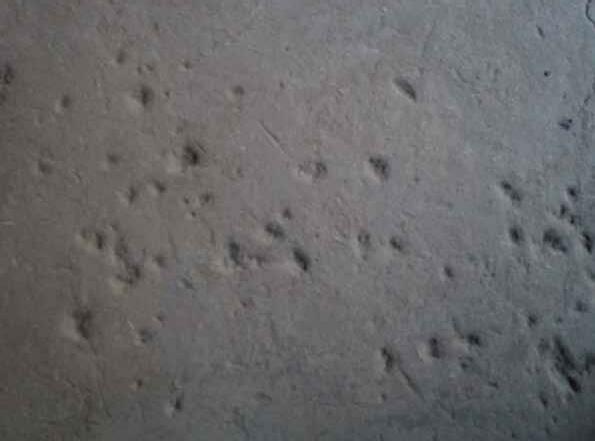 Image124 showing the structure of the house and the supporting column for the roof
Image125 zoomed in photo showing the dried thatch roof and grass ropes that hold the roof together
Image124 showing the structure of the house and the supporting column for the roof
Image125 zoomed in photo showing the dried thatch roof and grass ropes that hold the roof together
87
Climate Responsive
The mud houses follow a very scientific response to the region’s climate. As discussed in Part A, due to extreme climatic conditions, the walls of the homes are thoughtfully constructed to be around 300 mm thick, which acts as insulating walls and stores the day’s heat for evening comfort. The circular forms of the hut and its resistance to earthquakes also capture less heat than the rectangular form. The central, enclosed interior spaces act as a way of ventilation and maximize air
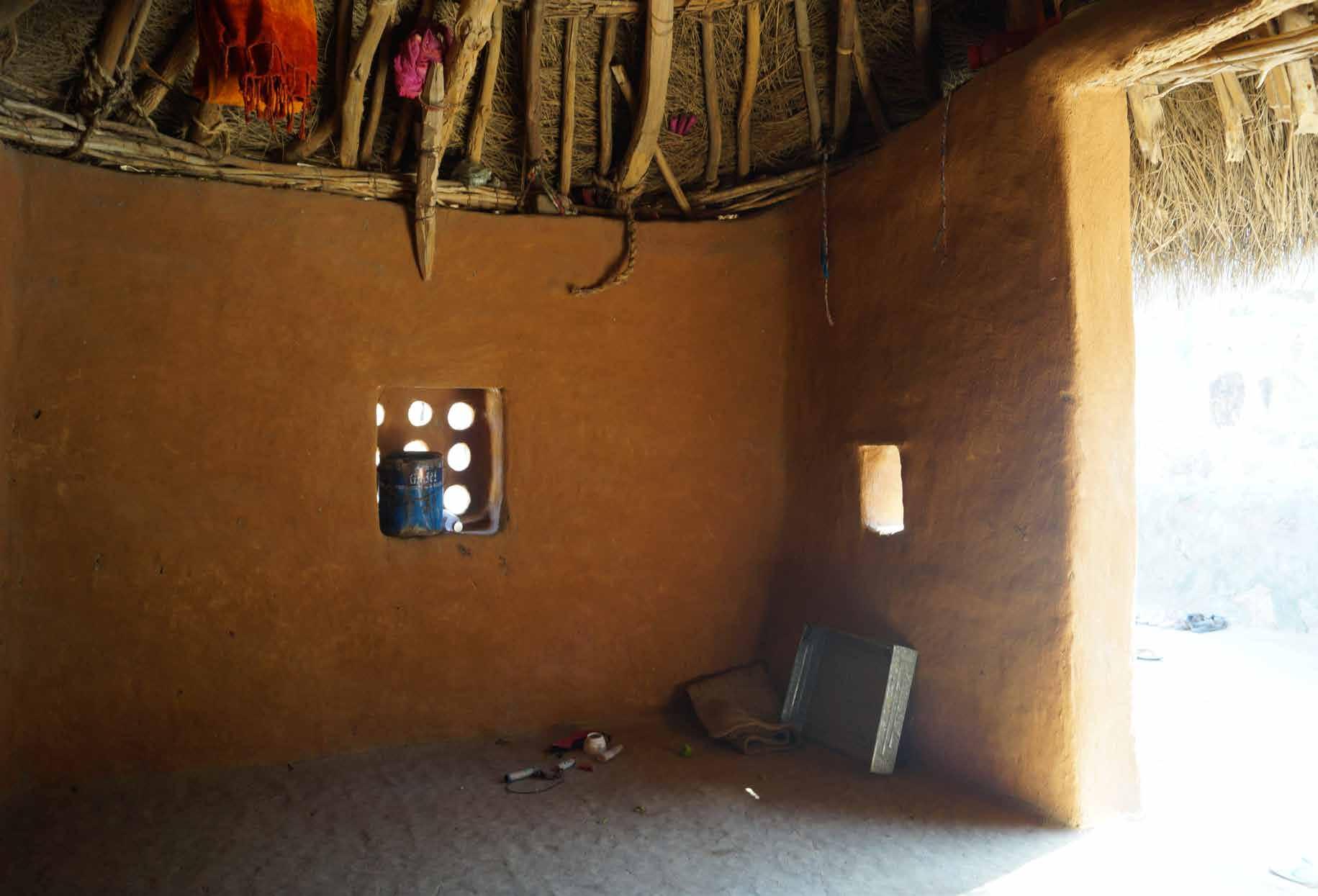
Thecirculation.warm
and dry weather of the desert region encourages cooking in the open, and hence, cooking as an activity is a given a separate semi-open space.
The houses are sometimes painted with white chuna to minimize the heat radiations, adding another layer of color to their monochromatic browns.
 Image128 showing a semi open kitchen space
Image127 showing a small size window and the door opening. They are the only source of light and ventilation.These opening create strong light contrast in the interiors of the houses.
Image128 showing a semi open kitchen space
Image127 showing a small size window and the door opening. They are the only source of light and ventilation.These opening create strong light contrast in the interiors of the houses.
88

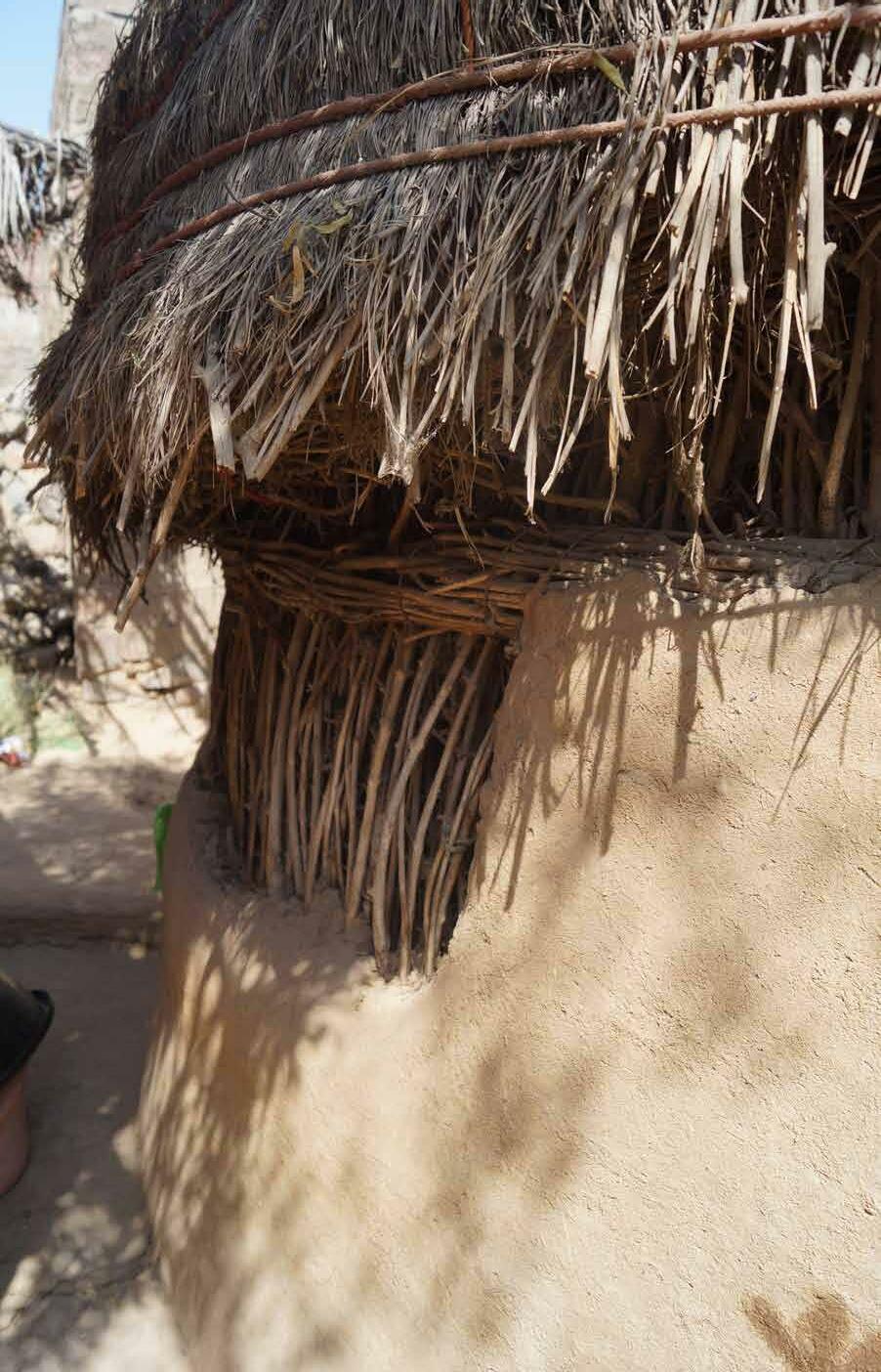
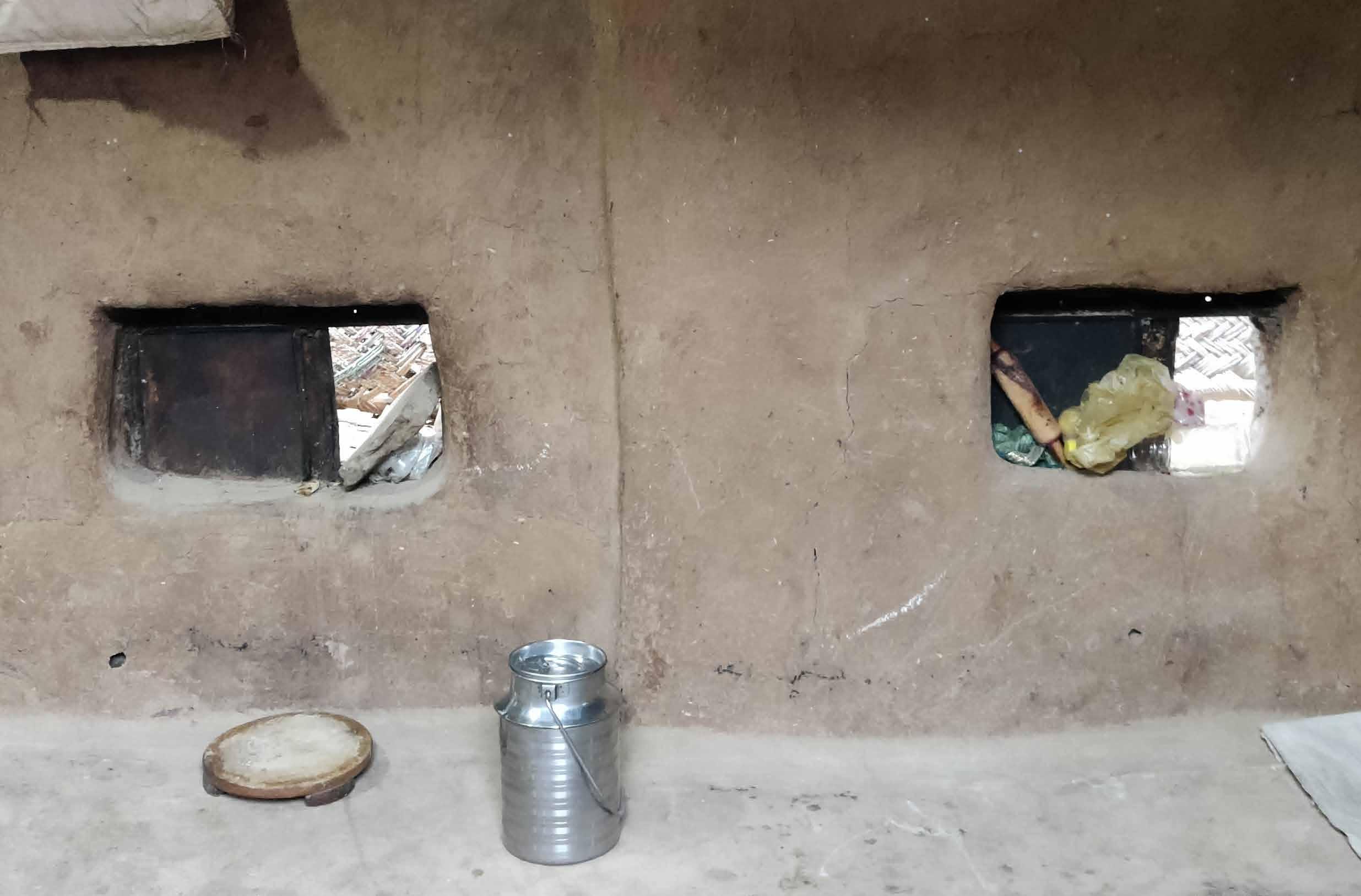 Image129 showing window made out of dried sticks to restrict the amount of light and heat entering
Image130 showing a door opeing and how light enters the interiors of the mud house
Image131 showing the size of the window. The windows are kept as small as possible to control the amount of light and keep the interiors cooler than the outside temperature
Image129 showing window made out of dried sticks to restrict the amount of light and heat entering
Image130 showing a door opeing and how light enters the interiors of the mud house
Image131 showing the size of the window. The windows are kept as small as possible to control the amount of light and keep the interiors cooler than the outside temperature
89
Spatial Exterior:Arrangement
The general dimensions of the house are around 6 to 12 feet in diameter and about 10 to 12 feet in height. Due to the constraint of construction materials, all their homes reflect a concept of single-cell shelter. Therefore, there is one cell for each activity, i.e., cooking, sleeping, storage, etc. These conical structures are clustered in the open yard where the houses are placed around the periphery of the fence. A hedge of thorns encircles all the homes to create a sense of enclosure and prevent animals from coming inside. The ample open central space known as aangan receives the maximum amount of light. Hence, it acts as a multipurpose space for their daily activities like eating, sleeping in summer, and gatherings in the evenings. Afternoons in the courtyard are spent doing embroidery work by women of the house. Along with the houses, temporary arrangements are also made for the cattle, which together define the spatial format of the entire exterior space.
Figure16 shows exterior layout and adjacencies.
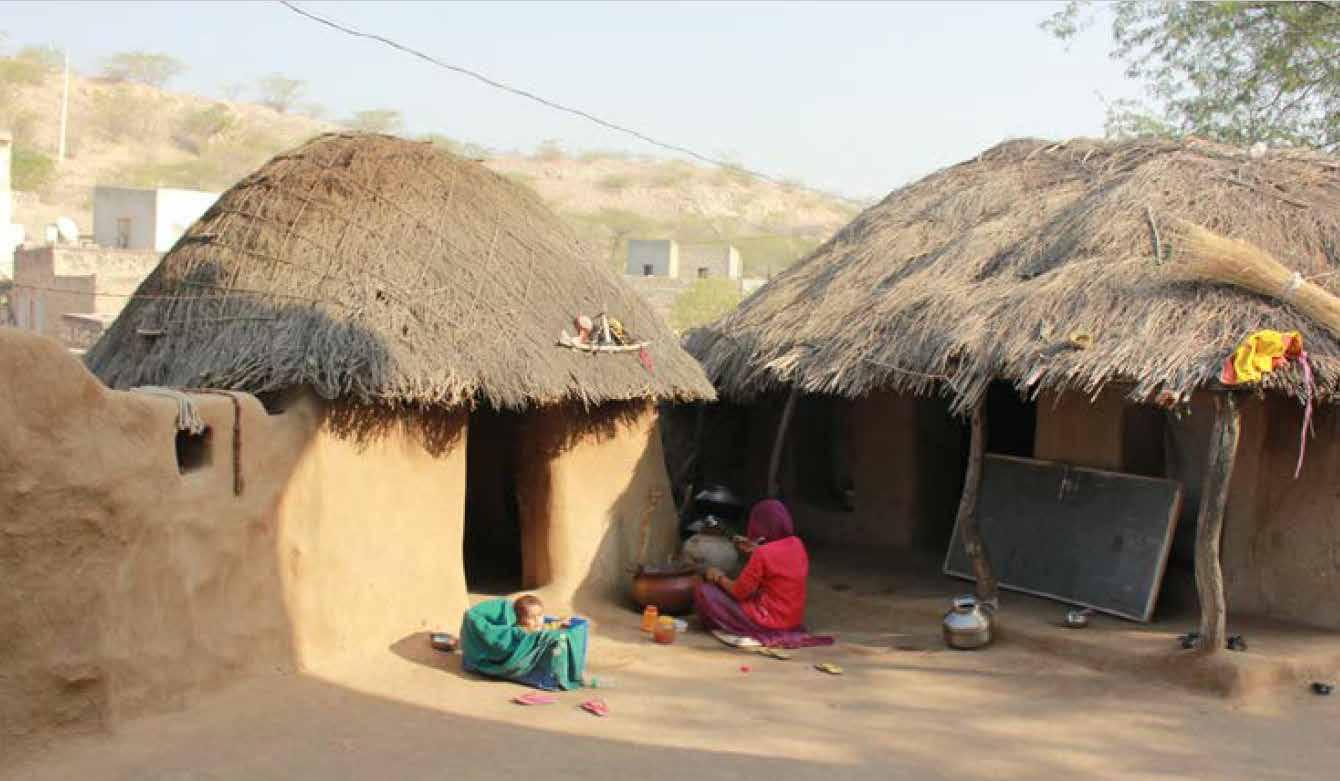 Image132 showing the courtyard space and the morning activities with respect to the light.
Image132 showing the courtyard space and the morning activities with respect to the light.
90
Directed Research Project Study of Vernacular Furniture of North-West India. Pankaj Soni UI2208, Faculty of Design, CEPT University. 50 5.24_View of kitchen on left and on right there's granary hut now used for general storage. 5.25_Girl leading goats to their yards. At back granary cell connected through compound wall with living room.
Interior:
The interiors of the kutcha house have a very typical layout. The organization of objects is according to their relation to the amount of light required to use that particular object. The main objects are chulla, kothiyo, sleeping cot, and other storage furniture. As we enter the mud house, the kothiyo is placed right opposite to the door since that area receives the maximum amount of light and is used throughout the day. The chulla is placed on either side of the door with a small window above it to receive the required amount of light for it functioning. The bed and other objects are placed in a relatively darker zone as they are only used at night and do not require much sunlight. The internal organization is planned so that the frequency of the use of objects is also kept in mind for easy access and convenient movement inside the house. With this arrangement, the natural light is used to its maximum potential and reduces the usage of artificial lighting except at night.
Figure17 shows interior layout and adjacencies.
 Image133showing a typical interior layout,all objects placed according to frequency of use and the amount of light required to use that object. Case study a semi-opened is the which now as storing ditional
Image133showing a typical interior layout,all objects placed according to frequency of use and the amount of light required to use that object. Case study a semi-opened is the which now as storing ditional
91
Kathātara an indigenous storages of Rajasthan. 51
Basically this house is occupied by Sikh family. Living pattern is same as Hindus, but there is no common religious building observed in this village. Built struc ture is organised in the same way as discussed. The kitchen is the busiest room after the courtyard. It is used by everyone during day time. Next to this there is one small private room occupied by the parents and their children may sleep with grandparents in a rectangular room build of stone masonry. This room also served as a living room and had
verandah. A small hut for grain storage
found in
compound
used
kitchen goods. Ad
structure may include a rest area for guest and nowadays toilet blocks are also seen within the boundary. The outer small room is used for storing of fodder and therefore situated near the cattle. The cattle shed found near the entrance is now used for receiving guest and other activity which require shading.
 Image134 exterior of the mud house
Image134 exterior of the mud house
92
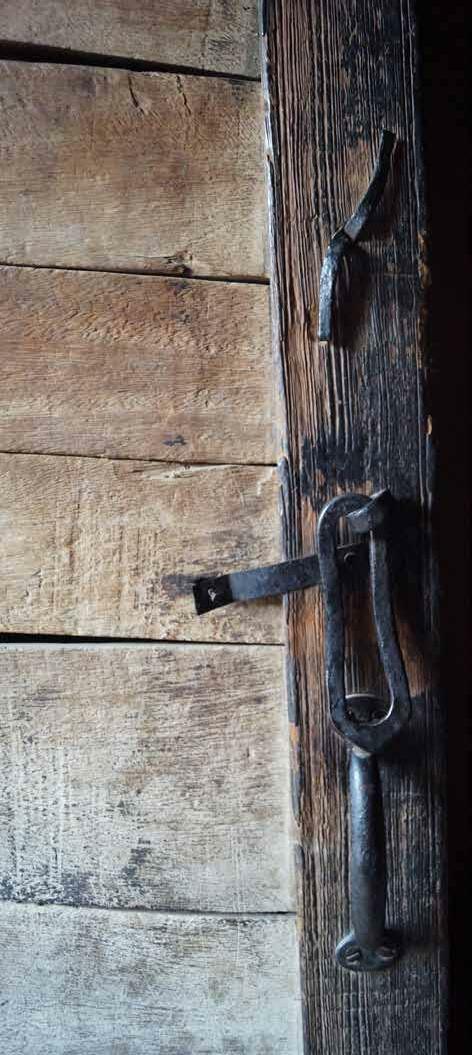
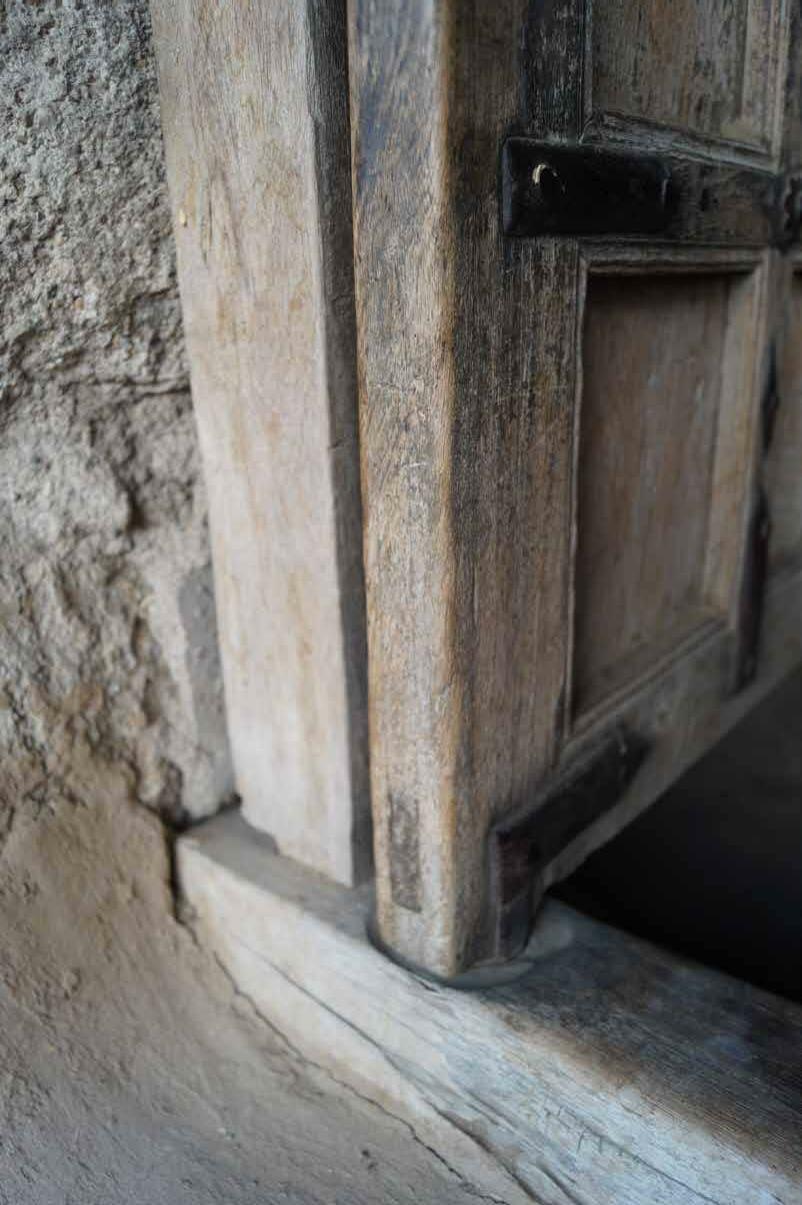

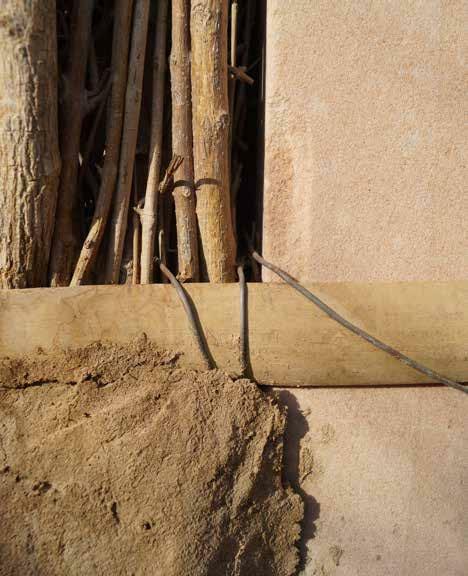
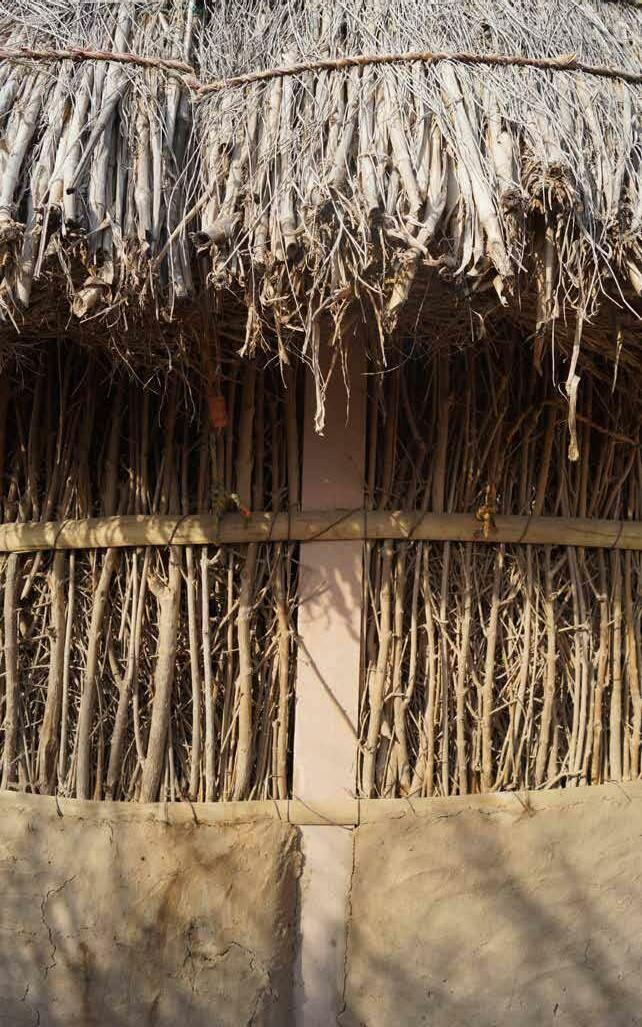
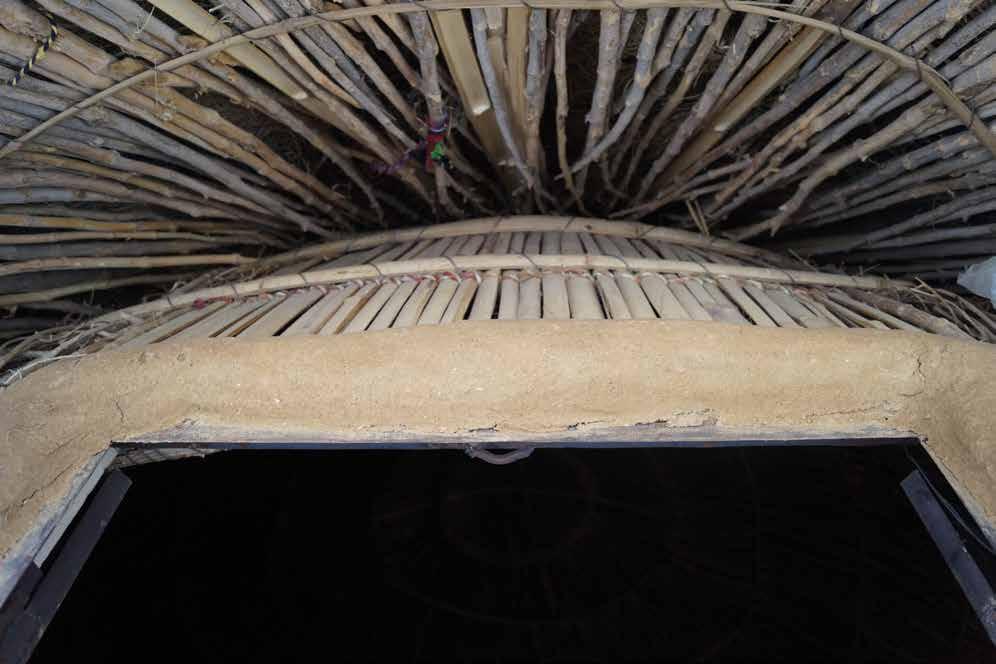
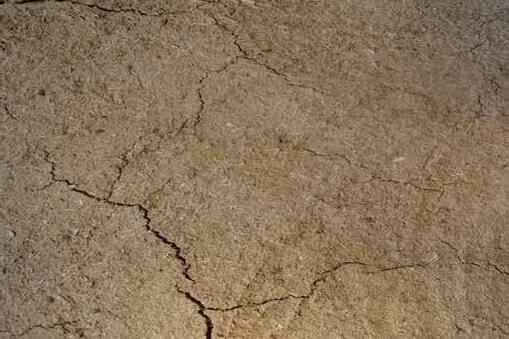

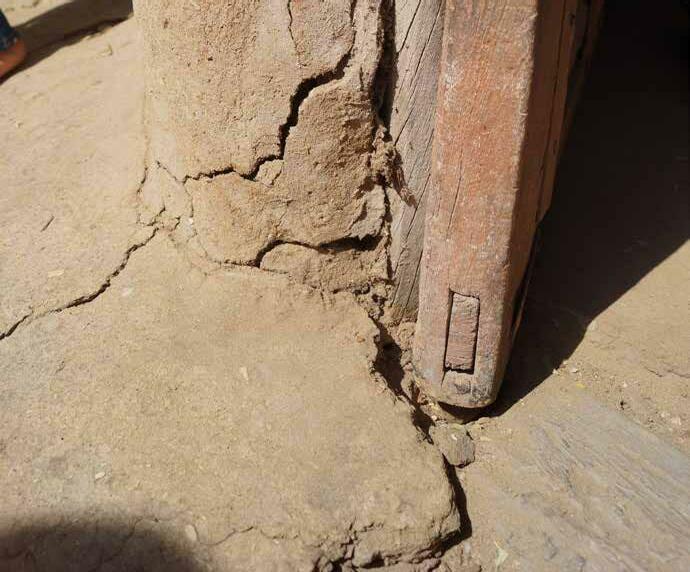
 Figure135 to144 exterior details of the mud house, the material junctions and textures as seen.
Figure135 to144 exterior details of the mud house, the material junctions and textures as seen.
93
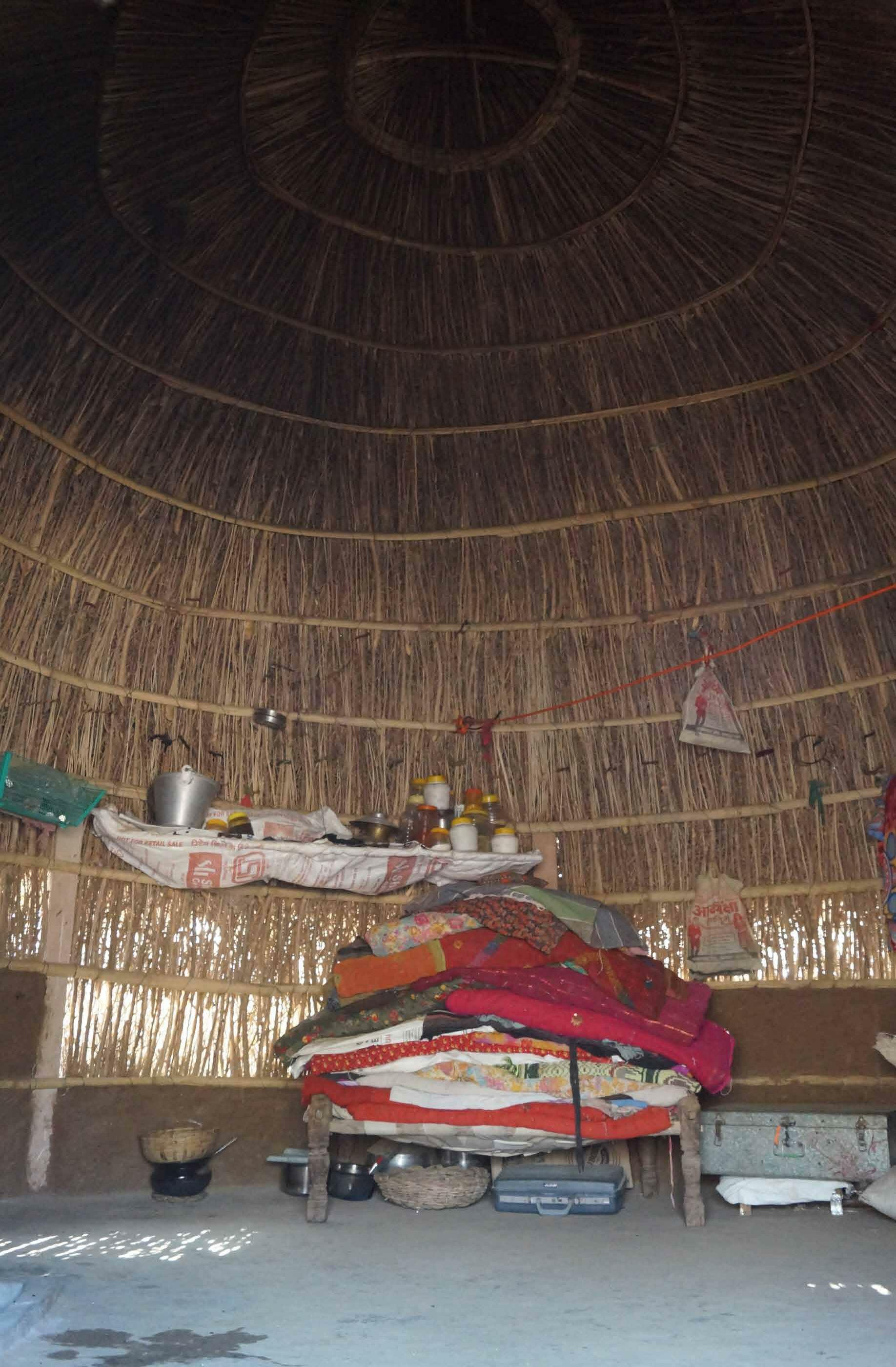 Image145 showing a typical interiors of the mud house
Image145 showing a typical interiors of the mud house
94
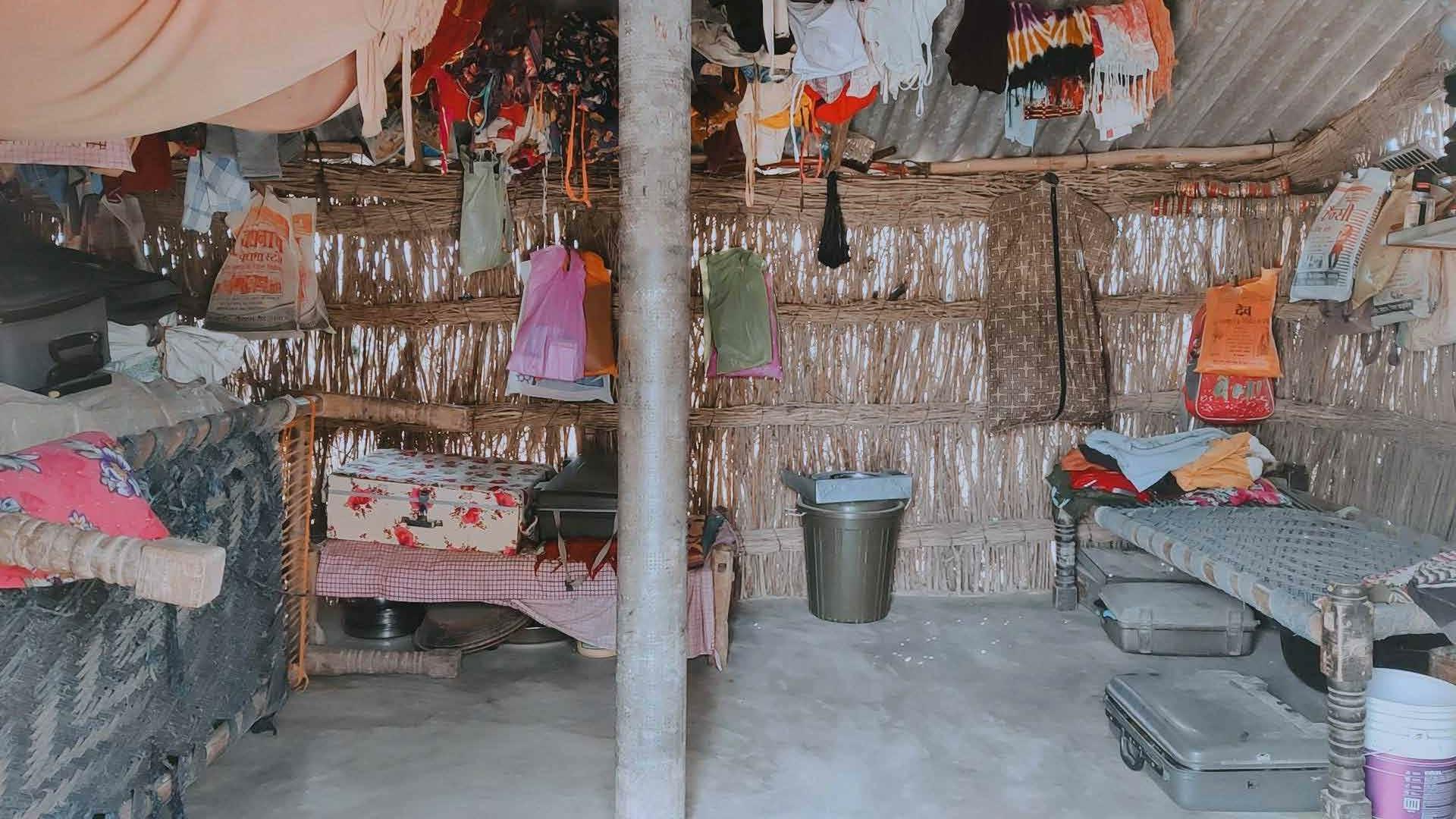

 Figure146 to 148 showing interior storage details, the arrangements, the amount of light entering
Figure146 to 148 showing interior storage details, the arrangements, the amount of light entering
95
Aesthetic Sensibilities: colors, motif and ornamnetation
Since time, the womenfolk of these regions have been the guardians of their artistic traditions of wall paintings. The women use red ocher and whitewash to paint their mud houses’ walls and entrances, producing striking abstract images inspired by desert colors. With the muted palette in the background, the borders of the door/windows are painted in white chuna to accentuate these elements and help to bring contrast to the complete built form. It also defines the different aspects of the houses and gives an overall character to the whole settlement. The borders are decorated with motifs and geometric patterns inspired by their immediate surroundings. These women demonstrate powerful sacred frescos known as thapa, bold pictorial glossaries from everyday life of the desert and the local flora and fauna. These fauna motifs majorly include figures of animals and birds such as camels, peacocks, and sparrows and geometric patterns of local flora.
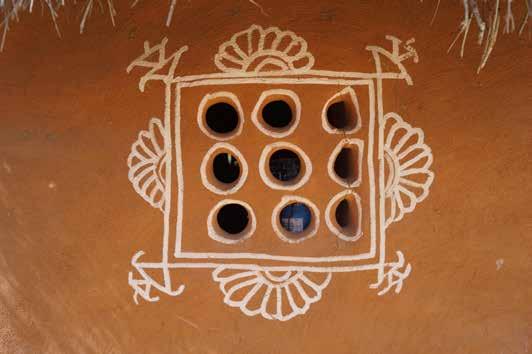
Image150 showing a typical motif done along the windows using floral motifs and geomterical shapes.
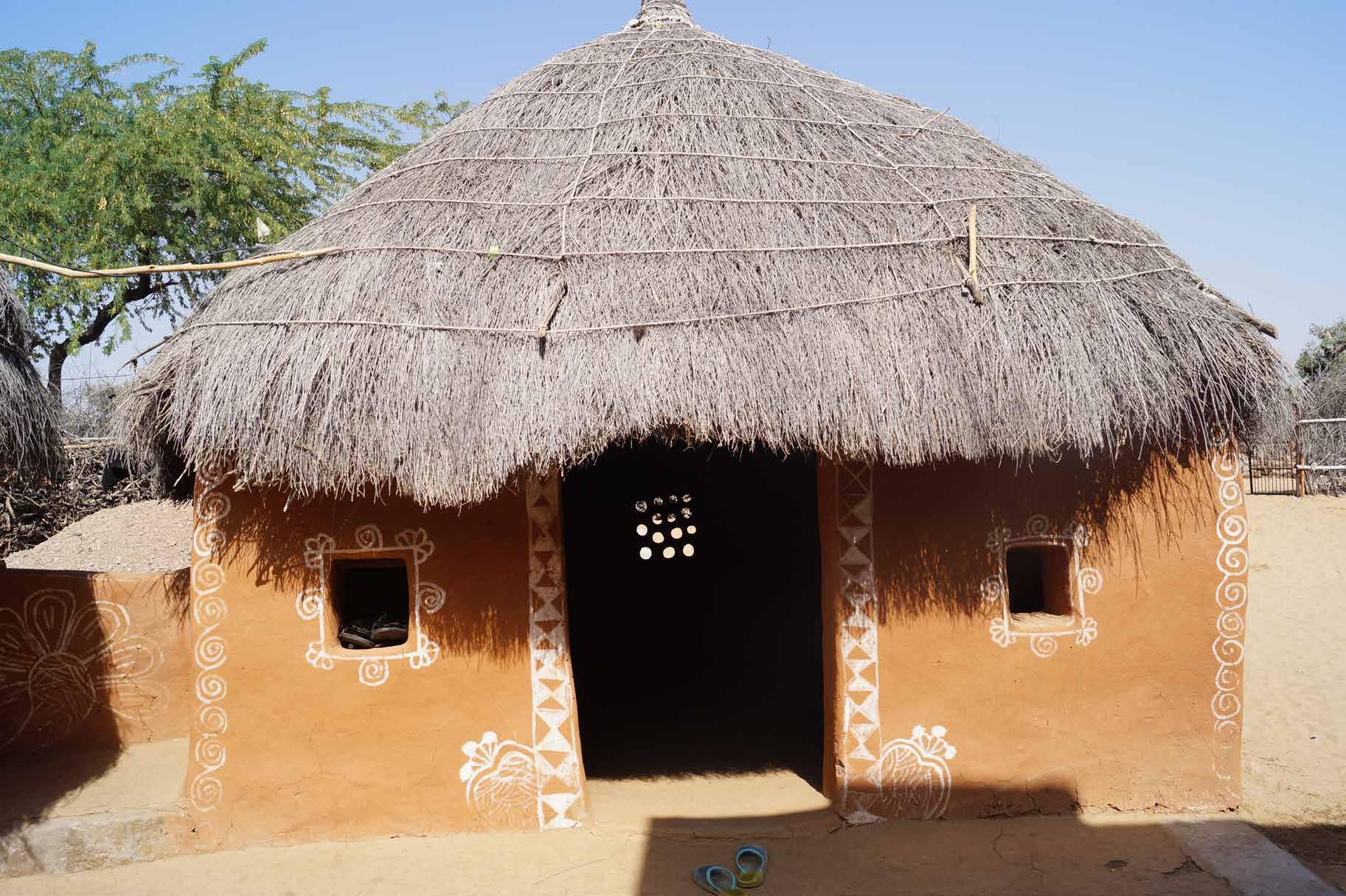 Image149 shows the border of the door and window decorated with geometric patterns. These patterns define the elements and give a character to their form. A sense of symmetry is observed in their decoration.
Image149 shows the border of the door and window decorated with geometric patterns. These patterns define the elements and give a character to their form. A sense of symmetry is observed in their decoration.
96


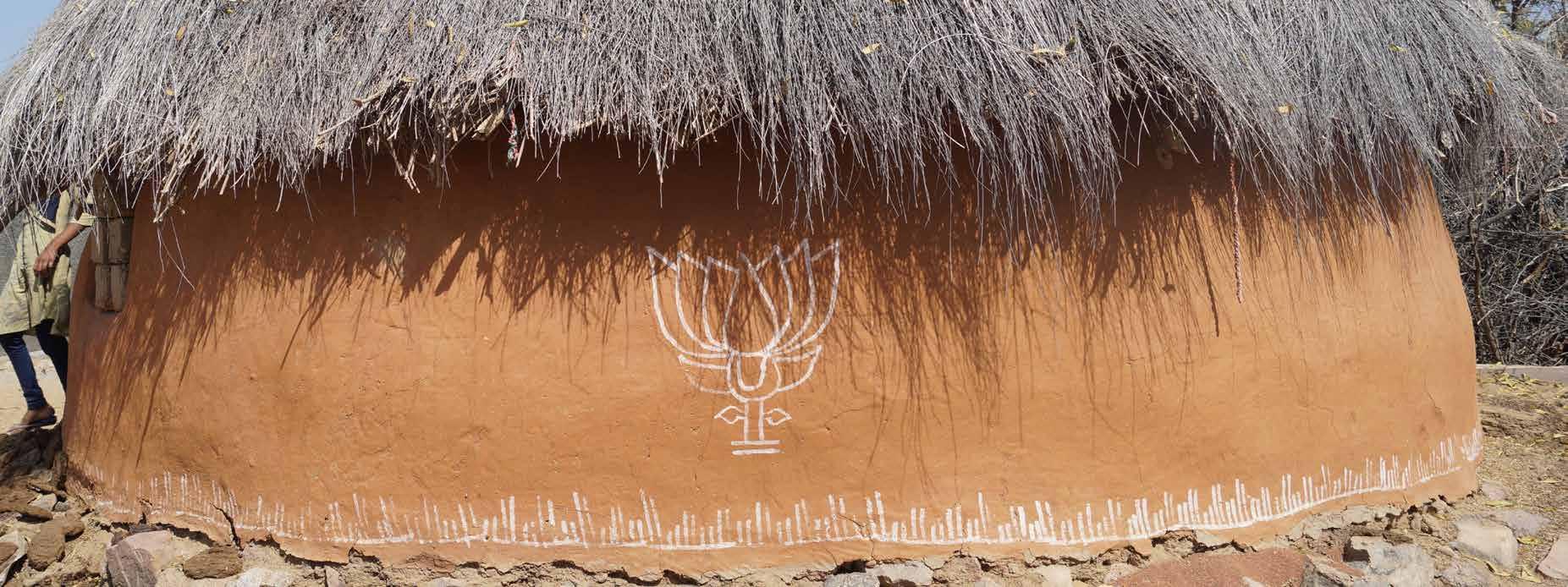
 Image151 -154 shows the different kinds of motifs used to adorn the walls of their houses. Each motif has its own meaning and connotations specific to their culture and traditions.
Image151 -154 shows the different kinds of motifs used to adorn the walls of their houses. Each motif has its own meaning and connotations specific to their culture and traditions.
97
Image155-158 shows doors decorated with borders using motifs inspired by nature. Typical geometric shapes such as triangles showcase the mountains, while other motifs are in the form of linear patterns. These motifs are drawn with white chuna, which also helps to cut down heat and keep the surface of the mud house cooler.
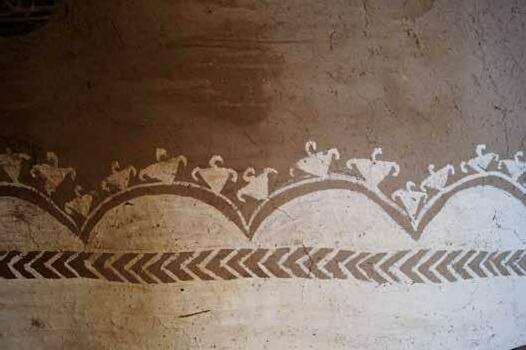
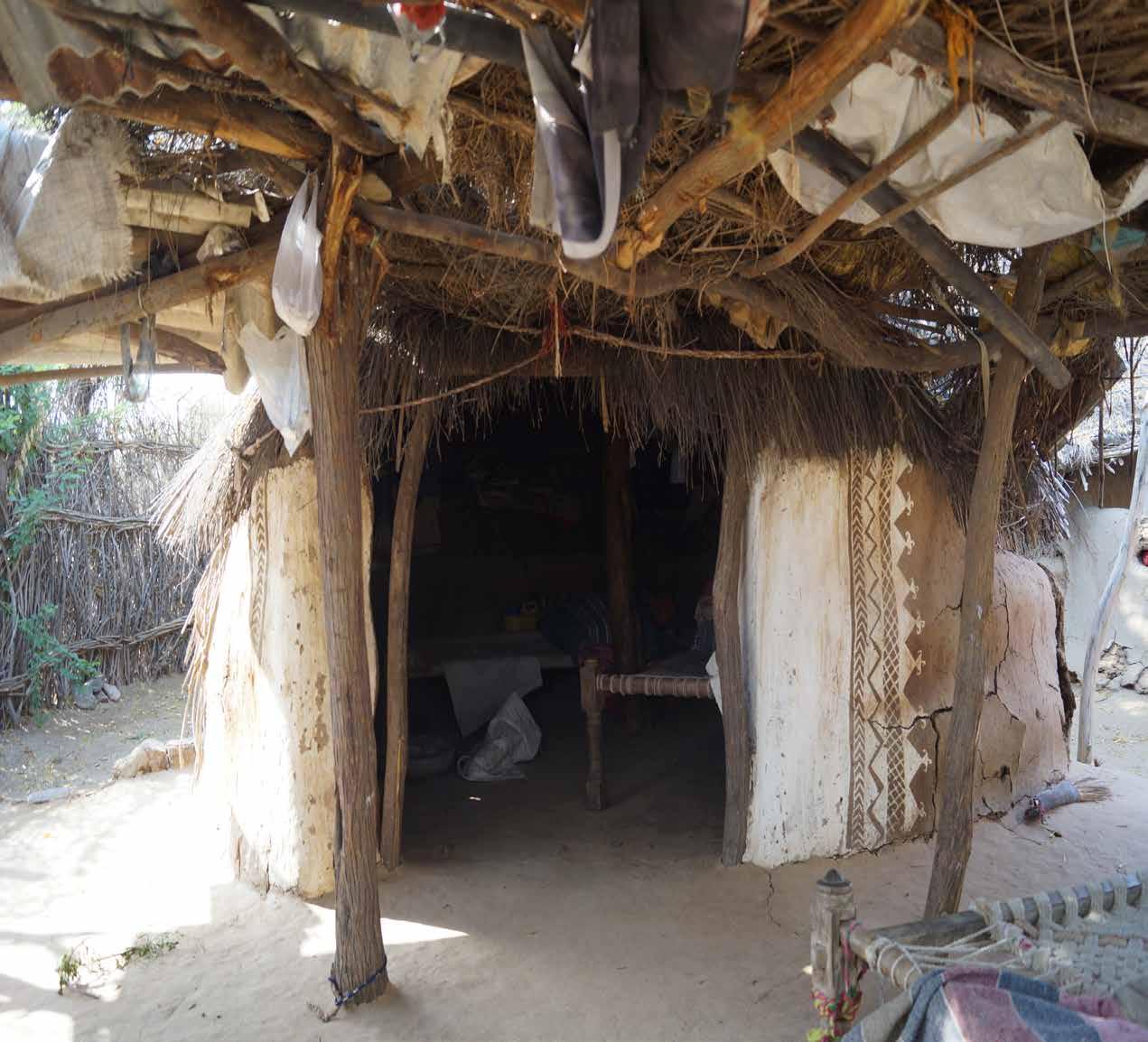
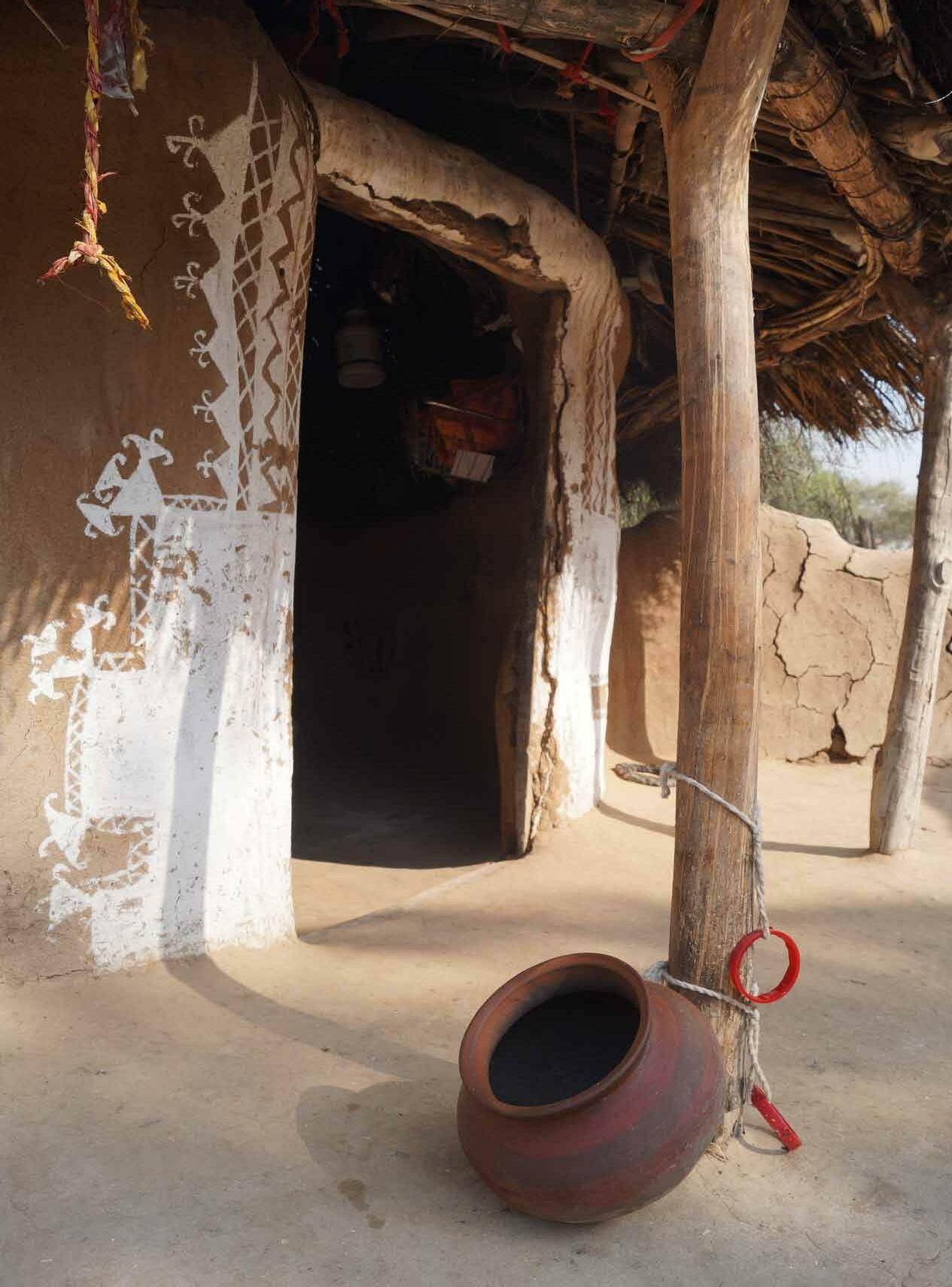

98
Decoding Motifs
Commonly used motifs for the border of doors and windows. It is a symbolism of existence abstracted to triangles.
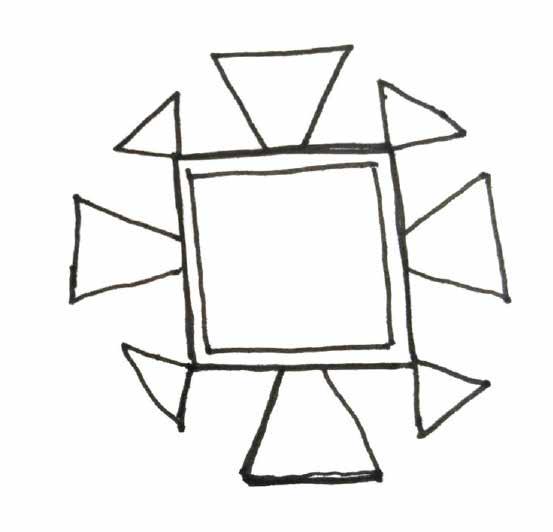
commonly used motifs for the border of doors. It symbolises a farmer’s sickle.
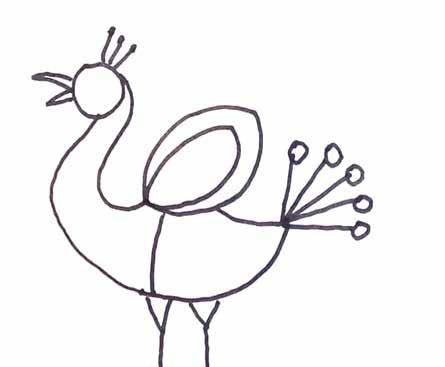
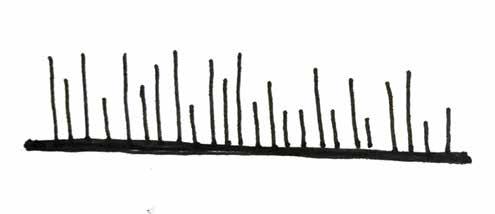


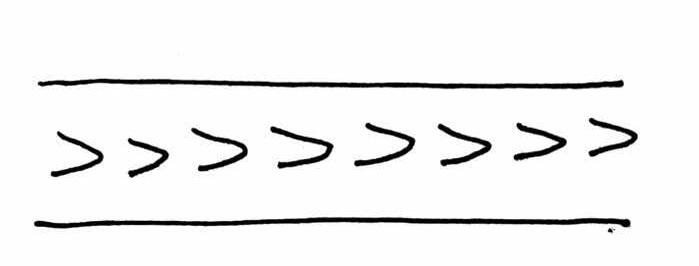
commonly used motifs on door as entry. It symbolishes toran and welcomes people inside. It is inspired from the floral diversity
Commonlyaround.
used motifs along the wall border and as part of skirting. It symbolizes sound

Commonlyenergies.
used motifs along the wall. It is inspired by the floral and faunal diversity around. Peacocks and flowers have been the most used motifs.
Commonly used motifs along the borders of windows. It is amalgamation of all geometric patterns as defined above. The all constitute together to form a part of decoration as well as give insights into their culture.
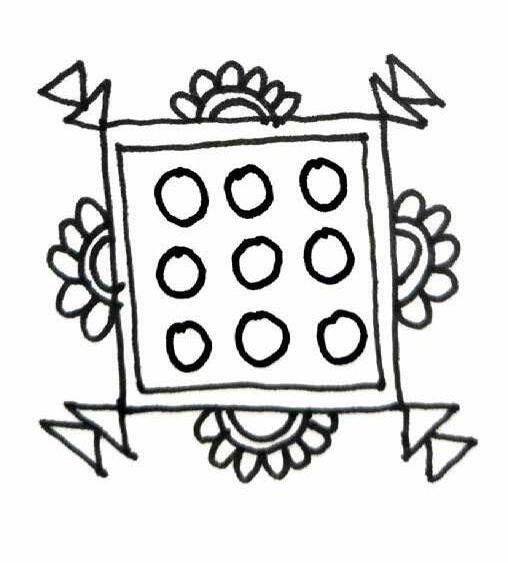
99
Applying color is one of the most effective ways of protecting the surface from weather and everyday effects such as scratches, stains, etc. People living in mud houses are often required to repair to maintain their houses on a regular basis. The most traditionally used materials are lime and gheru, which impart colors like white and red ochre. Sometimes locally available pilli mitti was also used, resulting in yellow-colored walls.
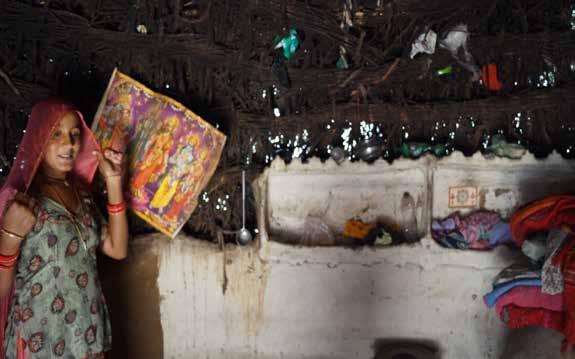
The interiors of the house are also kept clean and organized in terms of their arrangements of different objects. All the houses have an overhead shelf which is used to keep their utensils and objects of daily use. They are nicely displayed and becomes easily accessible as and when needed. The storages for their clothes and other items are in form of niches where the cloths and rallies are organized in color coded manner. The storages in form of niches creates a better organization and keeps the space clutter free. Here painting of the walls is just regarded as decoration, but they have sacred meanings attached to them. The designs, patterns, and motifs done are a part of a more significant ritual meaning. (as discussed in part c)
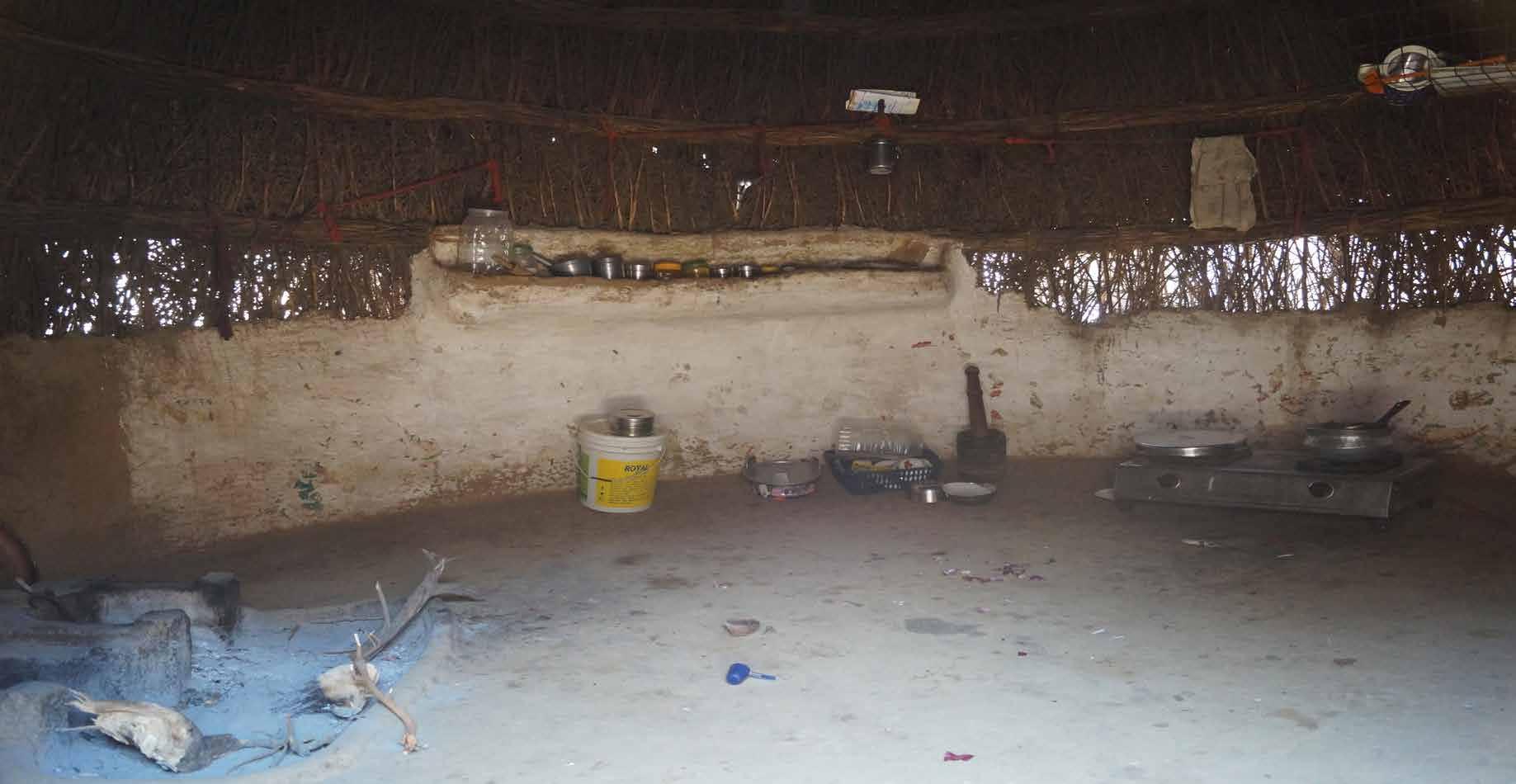 Image160 shows the difference between the colored and uncolored surfaces.
Image159 showing inbuilt storages and how objects are placed aligning to the walls. The chuna applied on the lower wall acts as an instectide
Image160 shows the difference between the colored and uncolored surfaces.
Image159 showing inbuilt storages and how objects are placed aligning to the walls. The chuna applied on the lower wall acts as an instectide
100
Color Sensibilites-in Modern Houses.
These colors sensibilities can also be seen in their Pukka homes. Here with the use of different colors, elements of the space such as threshold, entry verandah, skirting, shelves in the room are painted which acts as the demarcation of different spaces. The selection of these bright colors along with an inspiration from the nature, also act as an imagination of the people in response to the extreme regions they live in. This could be stated as the reflex mechanism of a basic human which creates harmony in their otherwise dry and arid environment.
Image162 shows the metal door of modern houses. The colors and motifs remain traditional with the use of motifs inspired by their surroundings.
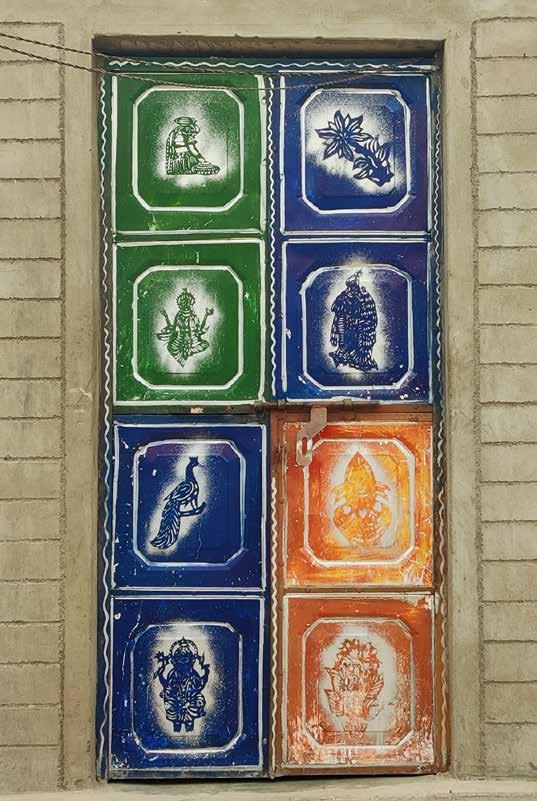
The traditions of painting houses have been there for ages and are still found around the homes of different villages in Barmer. These motifs also reflect their culture as Hindus and Muslim communities have their own style of depicting by painting their houses in a specific manner and marking their settlements.
Image161 shows how the use of colors to define spaces. The skirting and the central area are highlighted with the use of specific colors. The main open space has a geometric flower motif pattern.
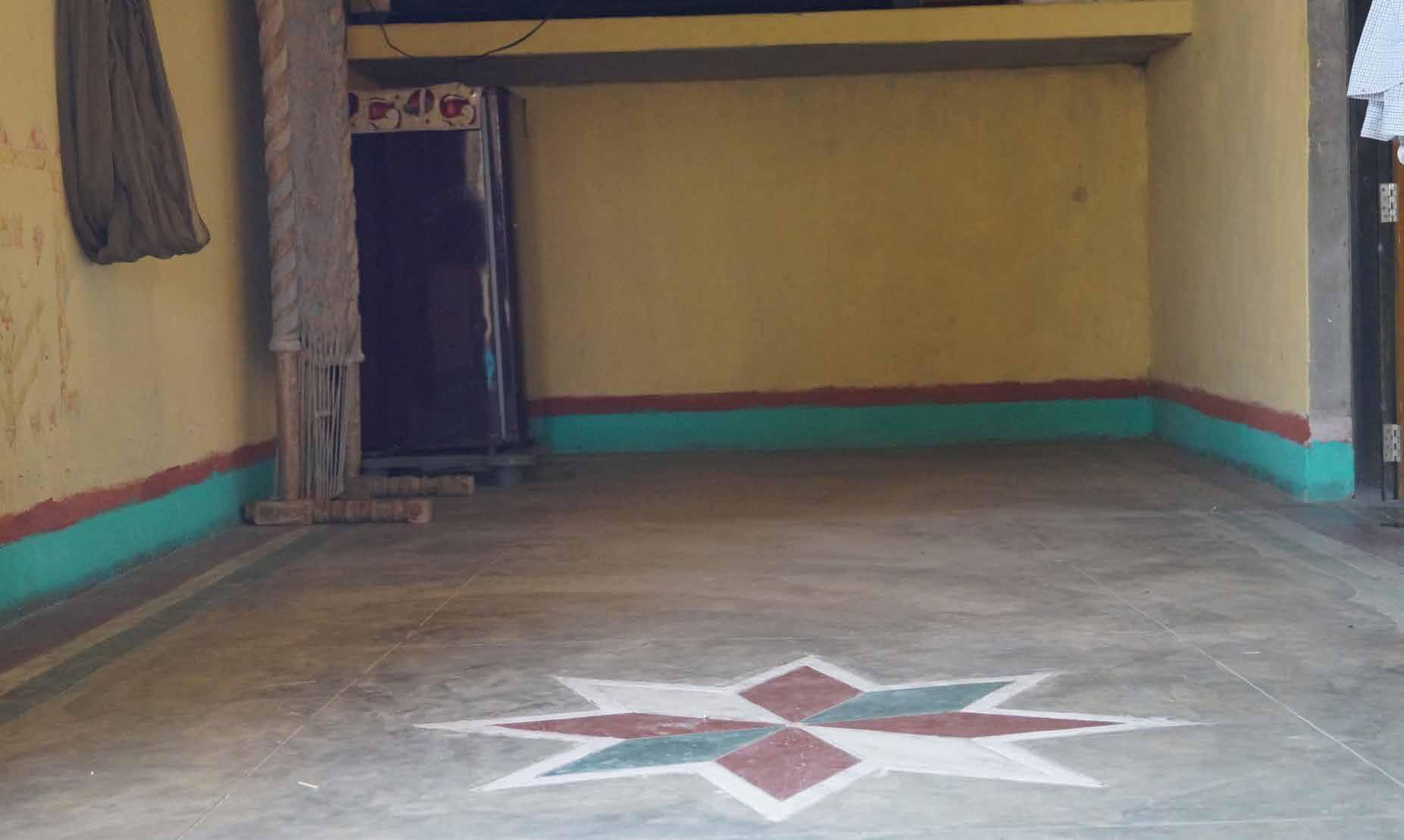
101
Objects of Daily Use
Image163: the paniyaru, is the place where their pots for drinking water is kept. It made out of the sand available locally and keeps the water cool throughout the day. It is purposefully kept outside the kitchen has to make it available for the visitors and other people visiting their
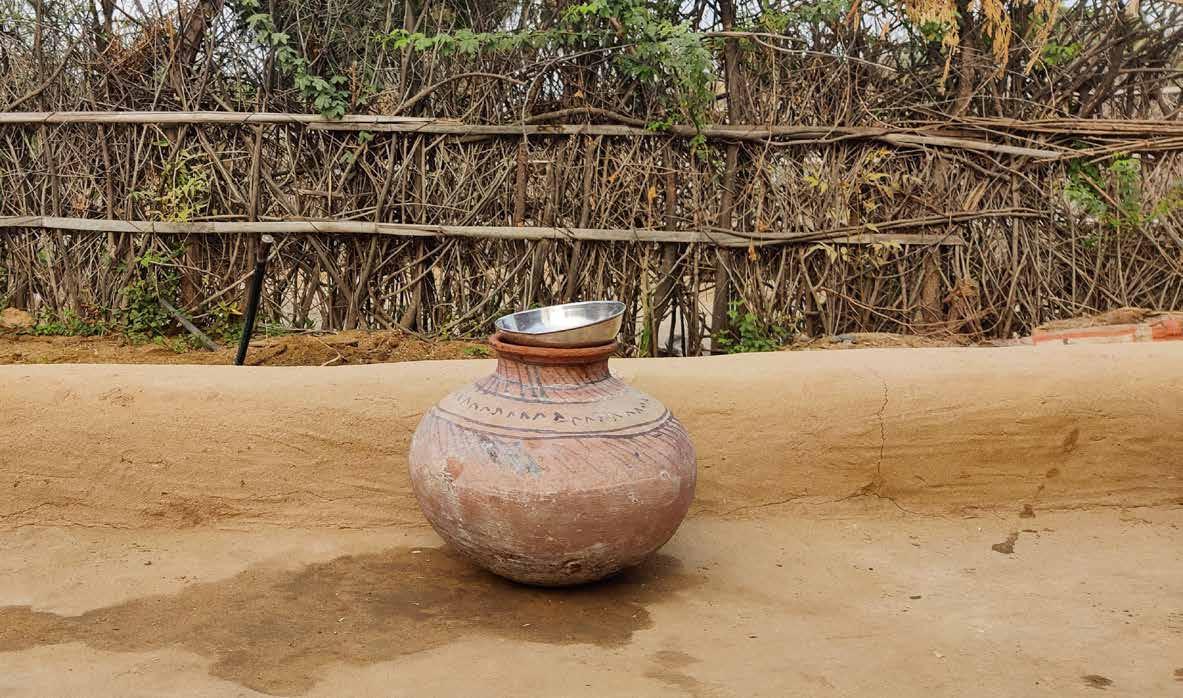
Image164:homes.the
chula, made out of mud, attached to floor is a traditional gas system used by the locals to cook
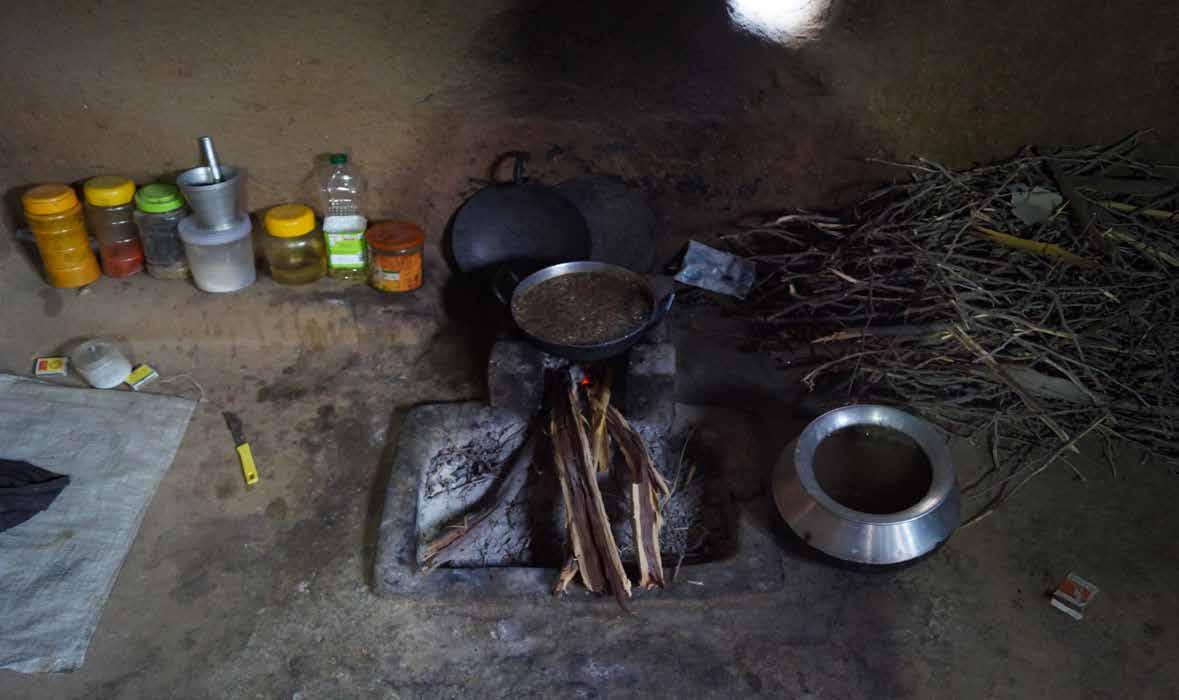
Image165:food.
shows a wooden furni ture charpoy. It uses specific type of webbing which is very close to textile weaving as a surface which is used as a seating.
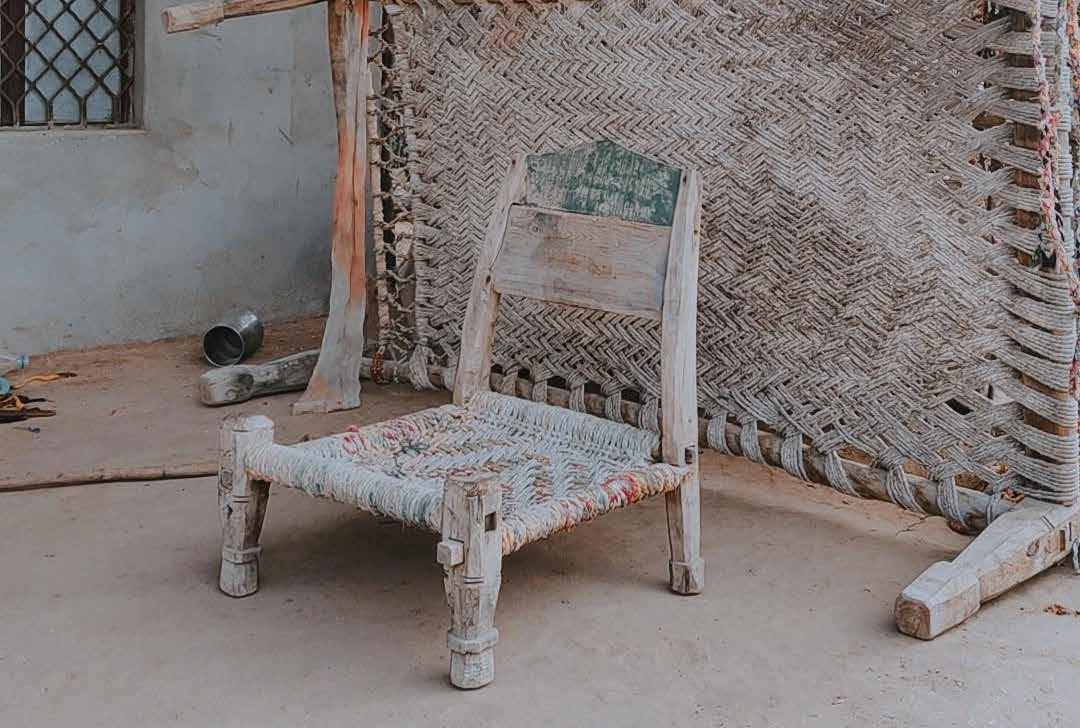
102
a mud houses separately made for storing granaries. The door of a proportionate size is made such that it provides easy access to the

Image167:Janeri a floor mounted shelves made up of mud. It is constructed in kitchen area near the hearth having easy accessibility while cooking. It used to place utensils. The profile of a janeri differs according to the profile of the wall it is built against.
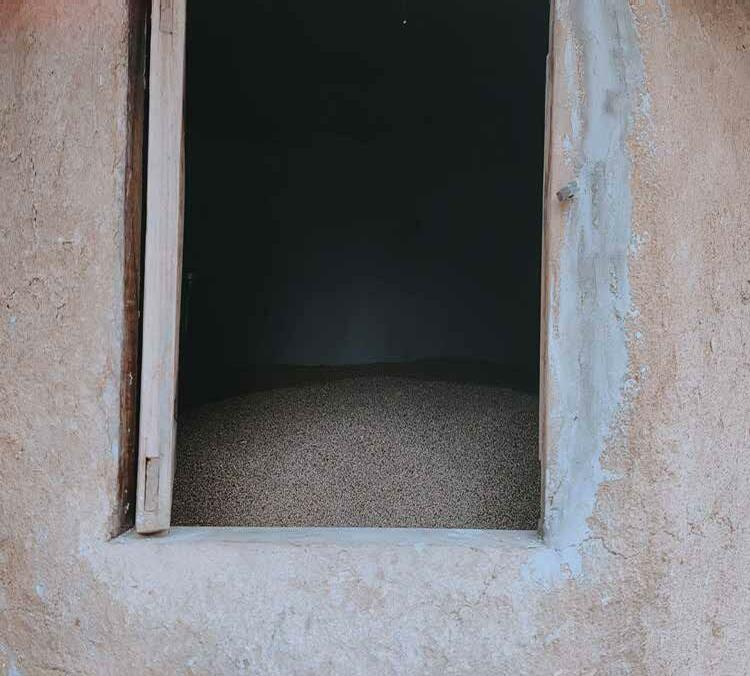

Image166:moisture.shows
Image169:granary.
Image168: known as kothiyo, khatara is an indeginous storage for storing food items and is used as refrigerator. It is made out of mud and with ornamentations done over it. It is usually lifted from the ground to avoid
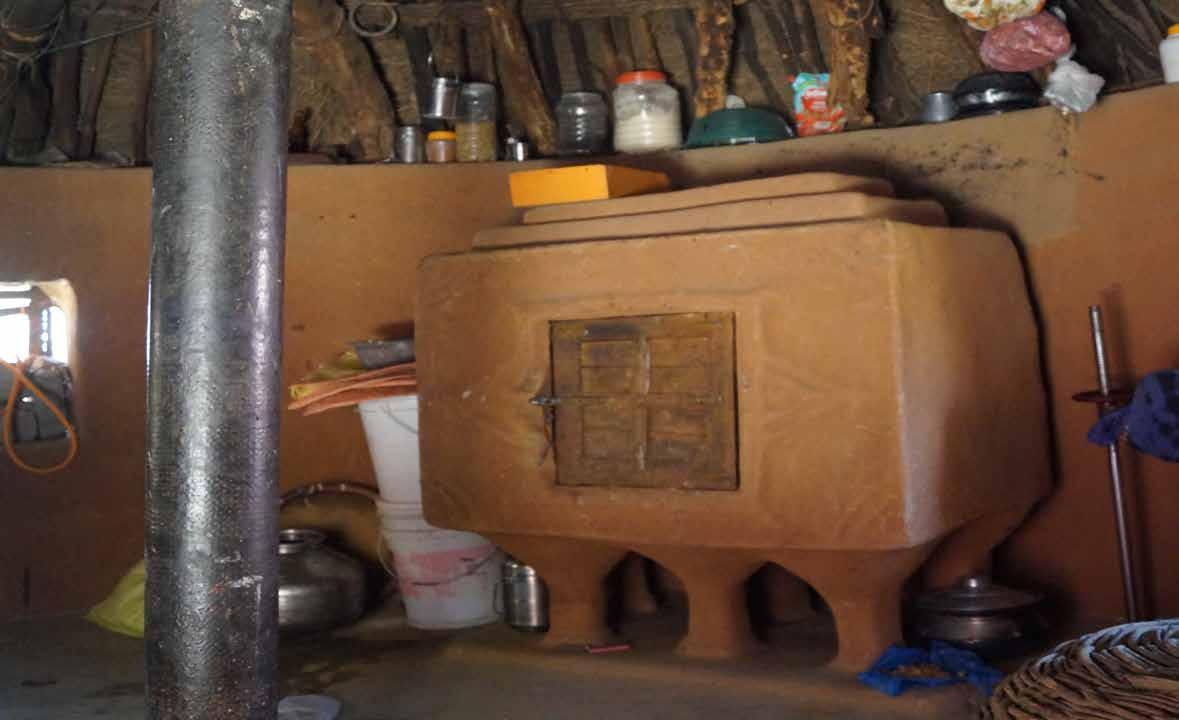
Bel is an organic creeper like shape made using wooden sticks as structural members. It is then coated with clay and decorated with paints and other motifs. It an attached shelves with the walls of mud houses to store their other objects of daily use.
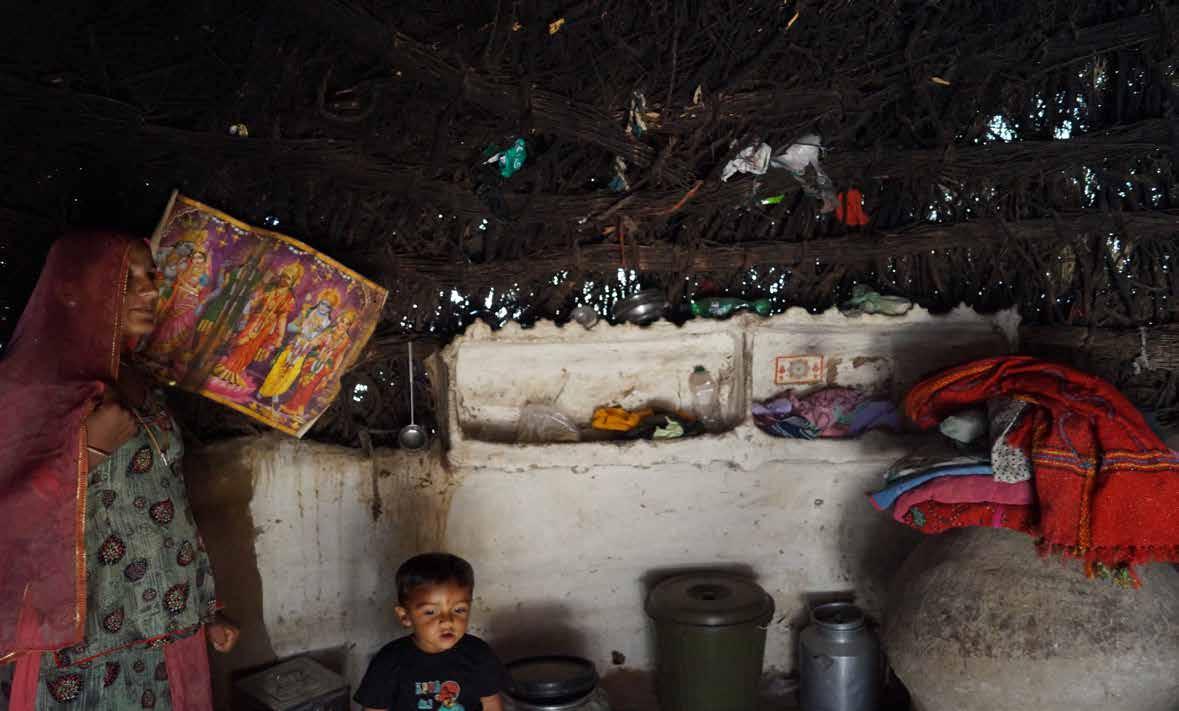
103
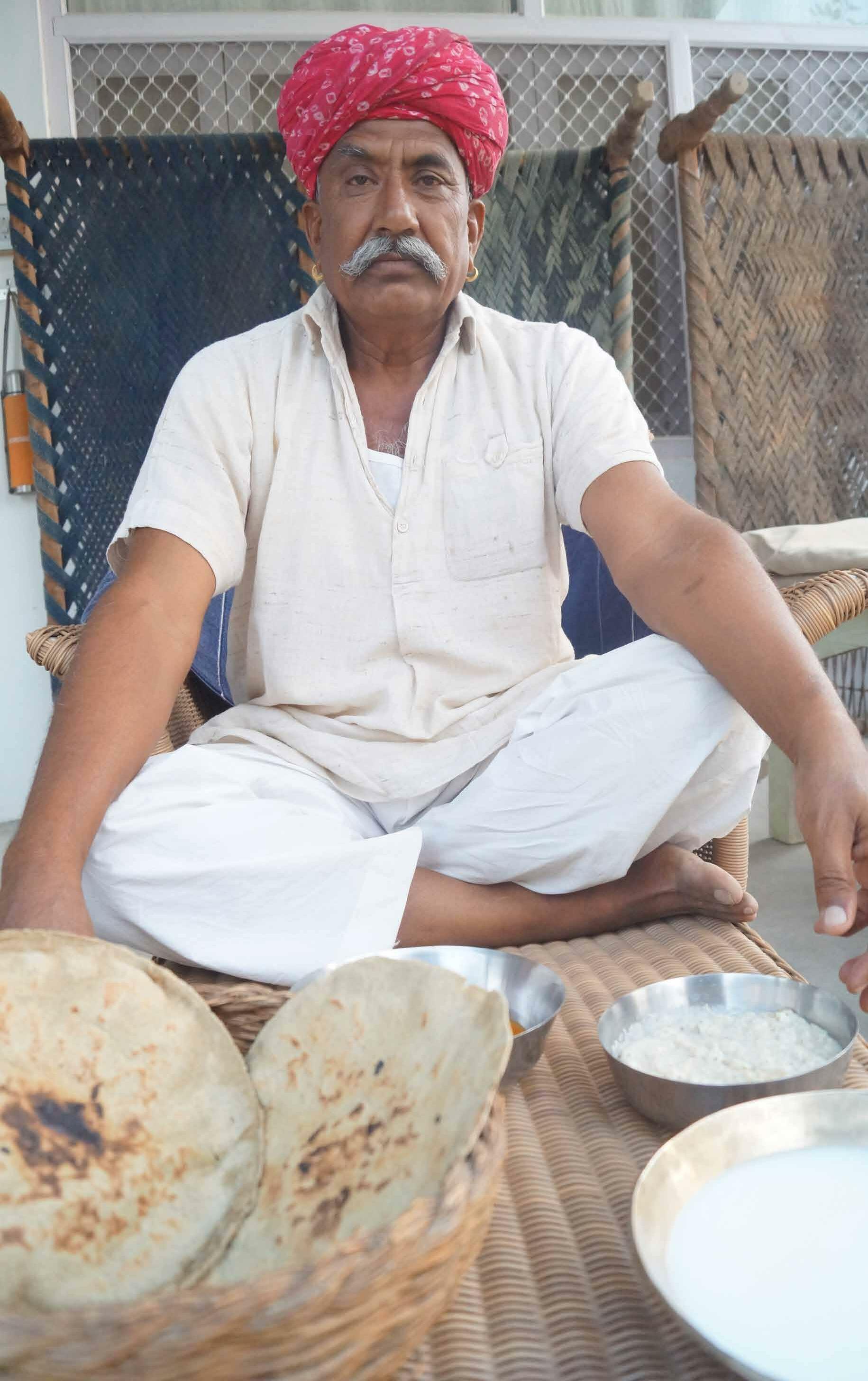
104
Food
The nomadic culture of Barmer and being influenced by the war-like lifestyle of inhabitants, their food also reflected these aspects. The food choices were made based on availability and how many days it could last before getting rotten.
Scarcity of water and lack of fresh green vegetables have all affected cooking. The use of milk is more. It is extracted from cows and goats. In earlier times, when people had camels, they also drank camel milk. Their staple diet includes bajre ki roti,aalo pyaz ki sabji, bengan, dal, musoor and chana, and papad occasionally. Various chutney made from locally available species such as mint, coriander, and garlic is eaten as side things. A whole glass of buttermilk is drank after morning and evening meals.
They still cook on traditional chula systems rather than gas stoves. These food items remain fresh throughout the day and can be eaten without heating them again.
The majority of rajsthani are vegetarian. Eating beef is taboo. Since it also comprises of Sindh Muslims, they each beef and chicken on the occasion of Eid and other such festivals.
Image170: shows a man in choutan having a full dinner consisting of their staple food.
105
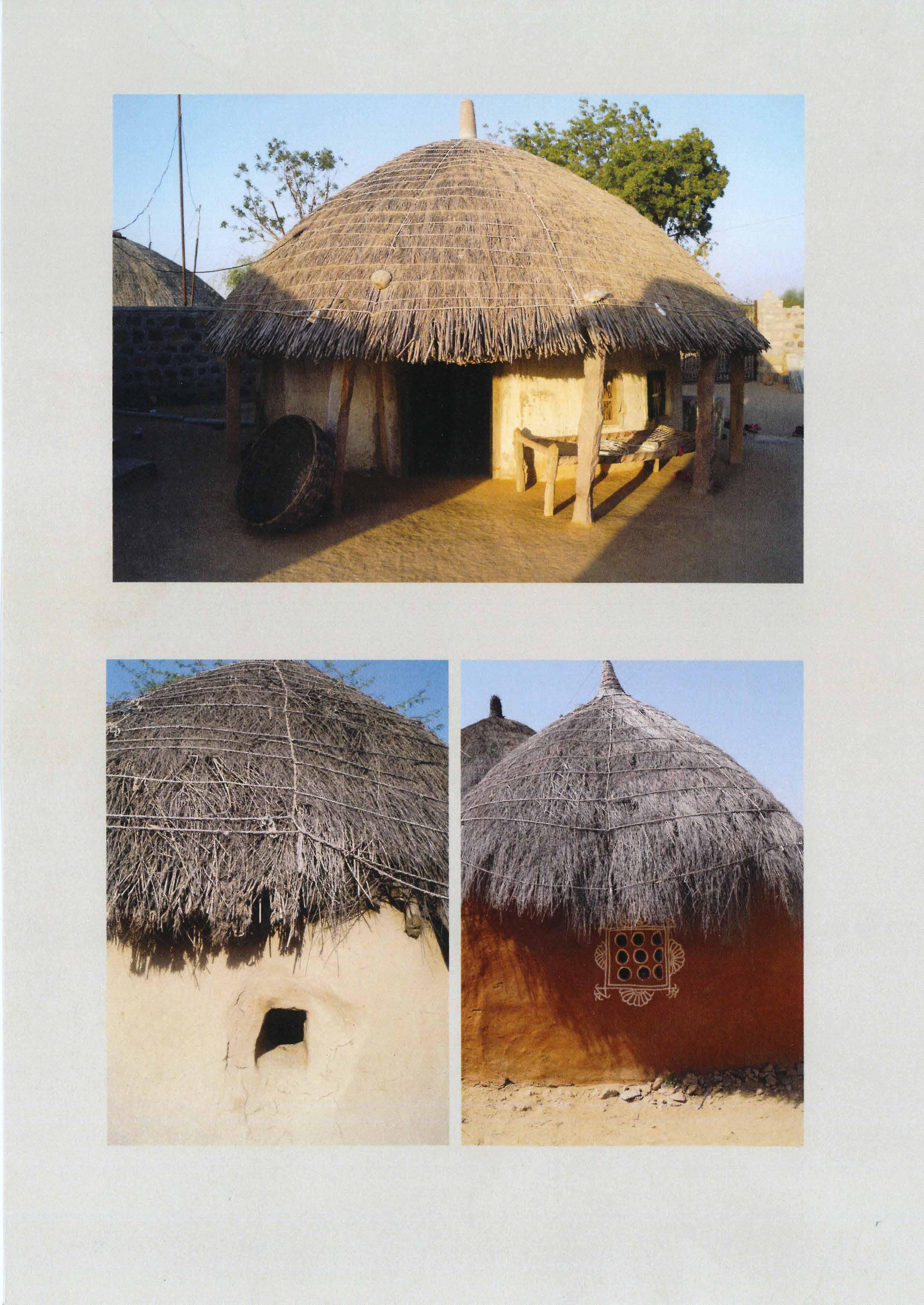 Image171-173: shows mud houses in different areas of the Barmer region. The swatches on the right indicate the typical color the mud houses obtain due to the availability of the color of sand in their adjacent areas..
Image171-173: shows mud houses in different areas of the Barmer region. The swatches on the right indicate the typical color the mud houses obtain due to the availability of the color of sand in their adjacent areas..

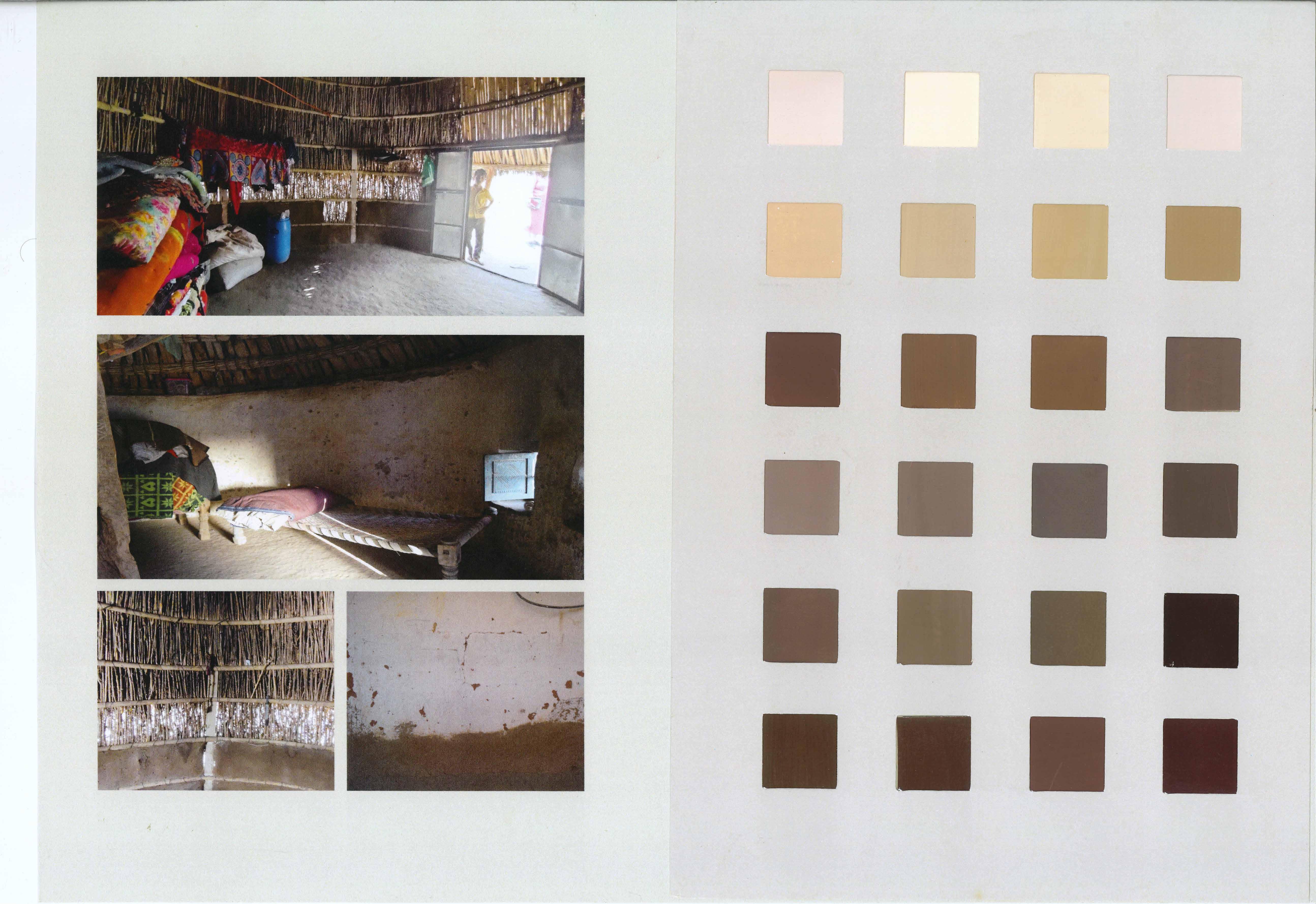 Image174-177: shows the interior mud houses in different areas of the Barmer region. The swatches on the right show how colors are perceived inside the mud house.
Image174-177: shows the interior mud houses in different areas of the Barmer region. The swatches on the right show how colors are perceived inside the mud house.

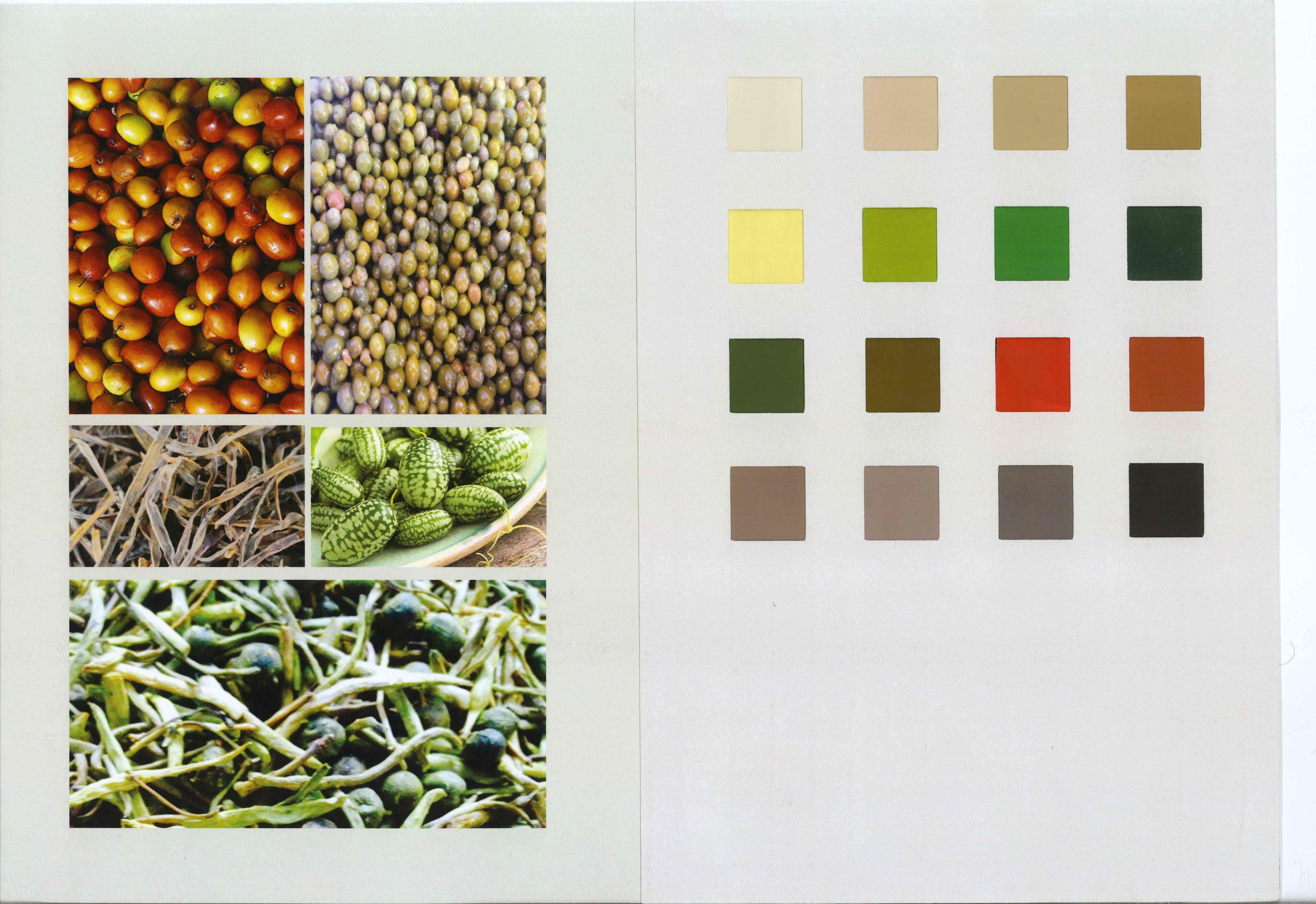 Image178-182: shows their main vegetables and fruits.
Image178-182: shows their main vegetables and fruits.

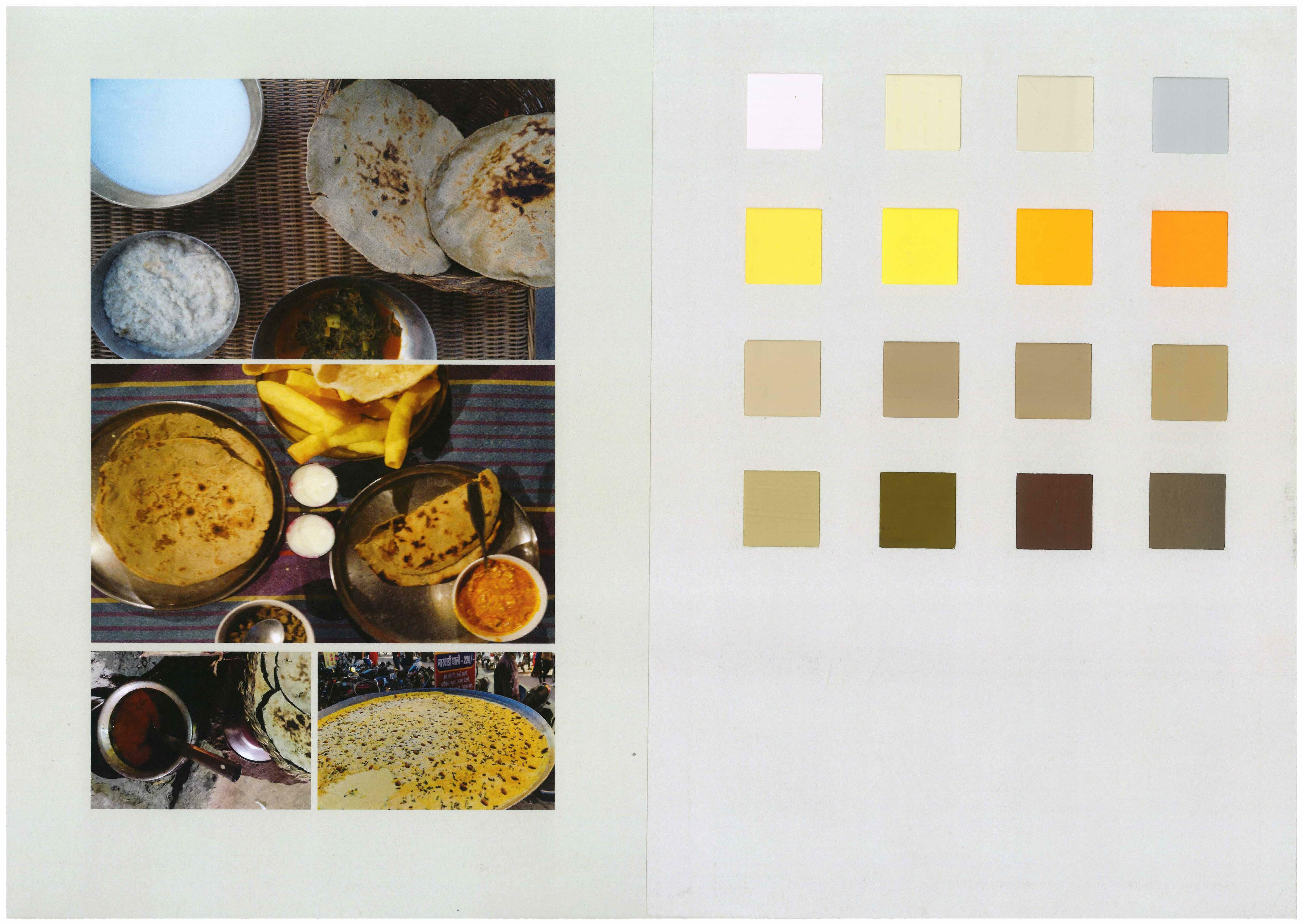 Image183-186 shows their food items.
Image183-186 shows their food items.

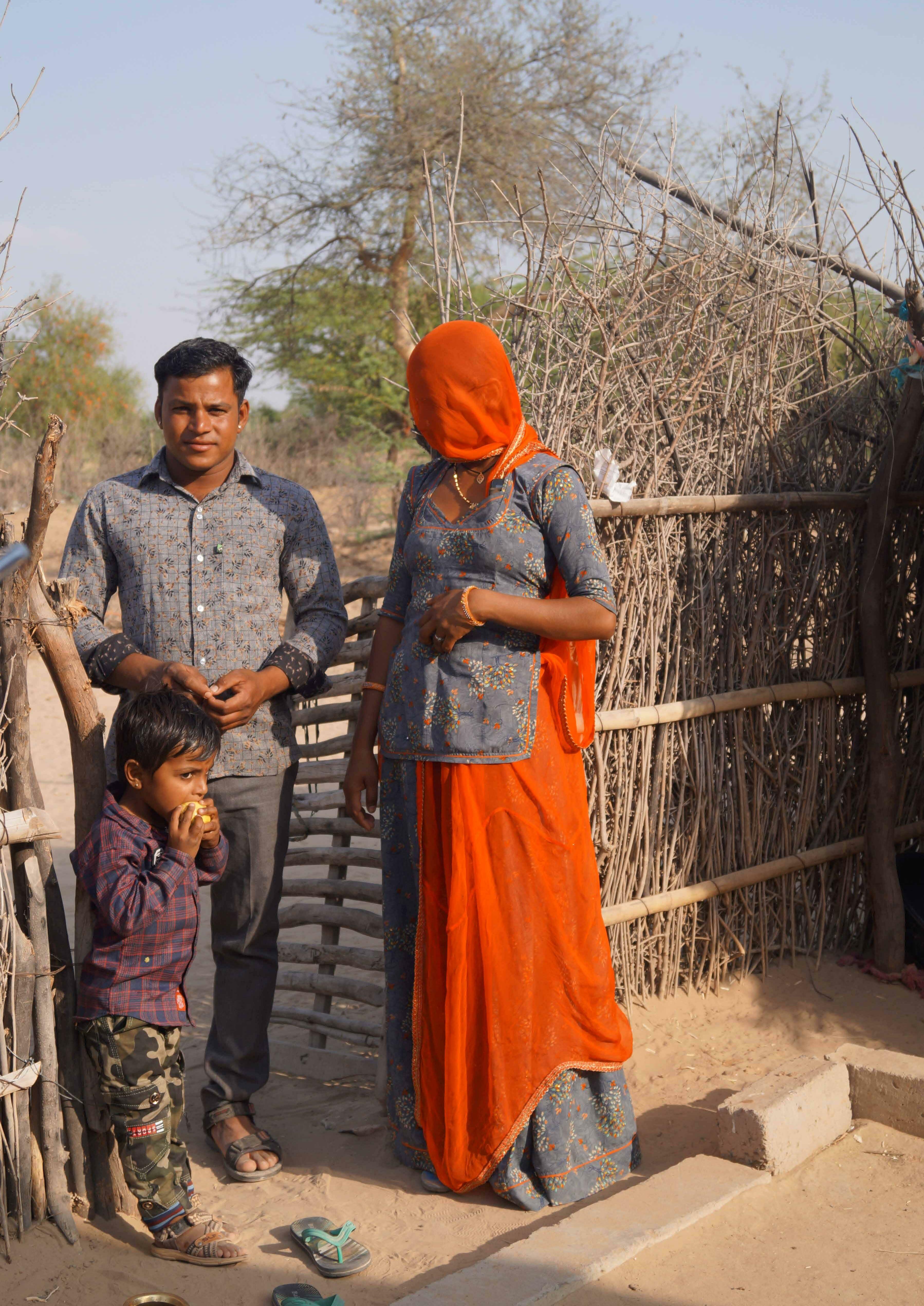
115 Part B : Textiles and Attires -Objects-Ralli-Men-Women-Introduction-Muslim-Hindu-Muslim-HinduofDailyUse
Introduction
Rajasthan being a land rich in culture and traditions, their textiles and attire act as an essential fraction in depicting their age-old heritage and its values. These textiles are an amalgamation of experimenting with fabrics, their exemplary hand skills, and their eye for details and precision. Every community and tribe in Rajasthan has its own distinctive attire, which is the translation of their culture and traditions in the form of motifs and colors used. They are influenced directly by geography, climate, and other socio-cultural factors. The geography and climate encourages them to choose a fabrics like cotton, whereas socio-cultural factors like their beliefs in nature and symbols of the past are exhibited in these textiles and attires. The inhabitants of the regions are also fond of decoration. Both men and women are covered with ornaments from head to toe as a part of complementary details with their brilliantly colored attires. The type and the amount of decoration express their social status and provide an overall aesthetic by defining their community. There are two significant communities found in the Barmer region, mainly Muslim Rajasthani and Hindu Rajasthani. Both of them have similarities
Image187 showing an embroidered duppata with colorful tassels.
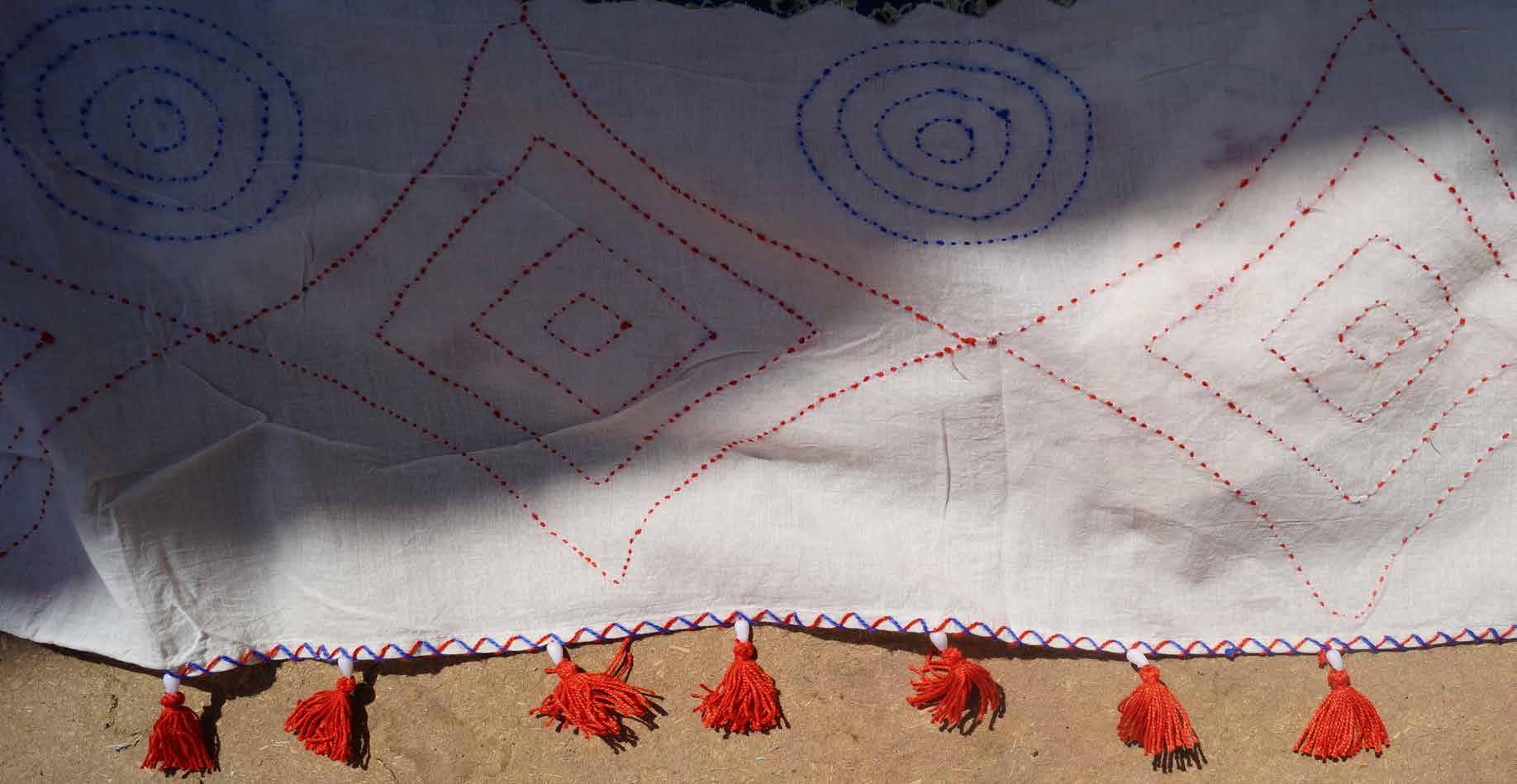
116
Women, the creator
Much like the region, the women of Rajasthan are swathed with tradition and color. The role of the women is very dynamic by imparting various positions throughout the day, from being in charge of household chores to taking care of the in-laws cooking and as well as being engaged in various crafts. All this is performed wearing traditional attire without shifting of an inch in their attire.
Their attire consists of 4 parts: the top part of the body is covered with a blouse known as kanchli, which is stitched to a long knee-length kurta known as peti. Under the kurta, they wear a long ankle-length skirt known as Ghagra. It covers the legs fully or partially, depending upon the norms of their ethnic group. Their fourth part is an odhni covering their head and a portion of their face until their eyes. Throughout these years, wearing odhni has been an unbroken tradition.
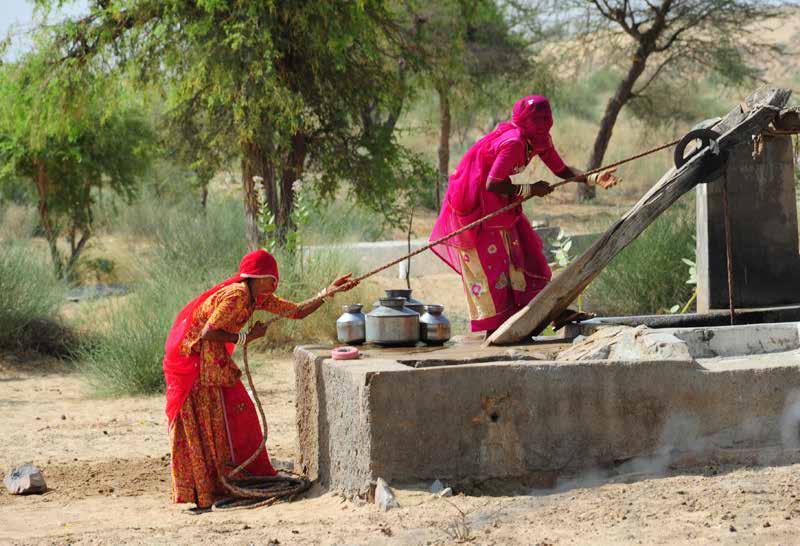 Image188 shows women conducting all household activities from morning to night wearing flowy attires. Here they are seen taking water from tanka.
Image188 shows women conducting all household activities from morning to night wearing flowy attires. Here they are seen taking water from tanka.
117
There is no set of clothes; the women mix and match the kanchlis, ghagra, and odhnis to come up with different attires all through their week.
The women belonging to the Sindh Muslim community have a unique way and are identifiable from other communities’ clothing. The kanchli is well embroidered with mukka kaam, which originated from Pakistan and is seen in the attires of Muslim and Meghwal communities. Mukka kaam is embroidery done using golden and silver threads on a base fabric. The whitecolored base fabric is embroidered with these threads and colorful beads to create different motifs, usually depicting flowers. Their entire costume is decorated with floral patterns and geometric forms such as circles and triangles. The selection of colors is typical in shades of oranges, reds, pinks, bright blues, and golden yellows depicting the embroidery.


Image191 a typical way of sitting while wearing their ethnic attire
 Image189(left) and 190(right) showing muslim women wearing kanchali and ghagra embroidered with mukka work.
Image189(left) and 190(right) showing muslim women wearing kanchali and ghagra embroidered with mukka work.
118
Image194 shows highly embroidered kanchali with mirror work. If looked at carefully, the motifs are inspired by nature in the form of flower motifs, while borders are geometric patterns. The colors used are rust reds, oranges, blues and green. The borders of golden and silver are part of mukka embroidery
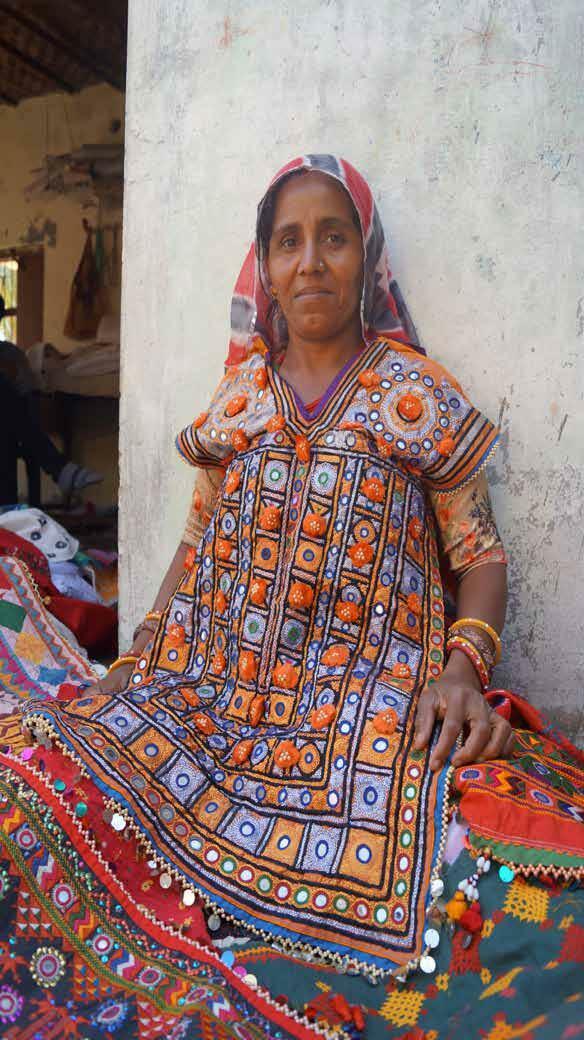
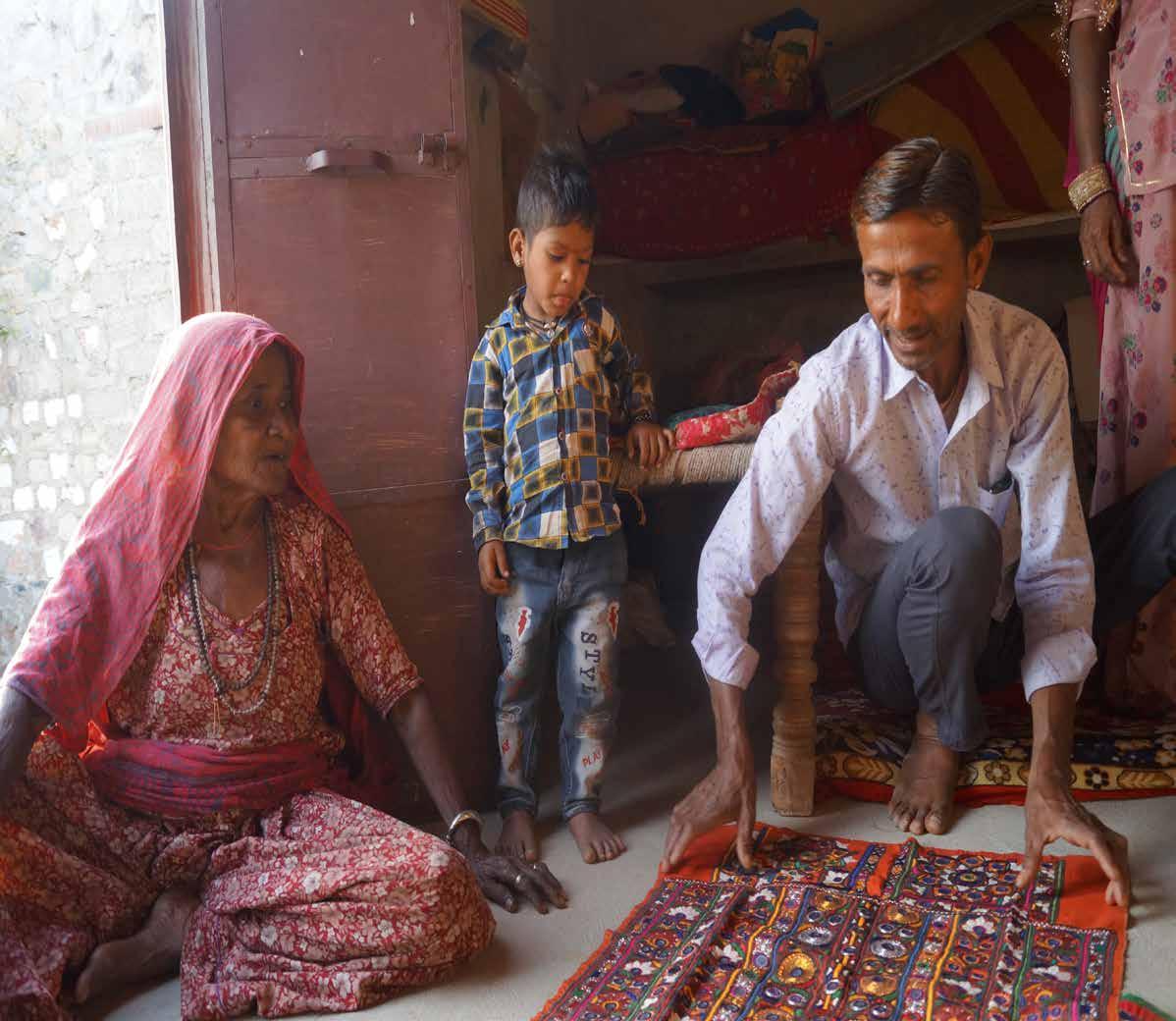
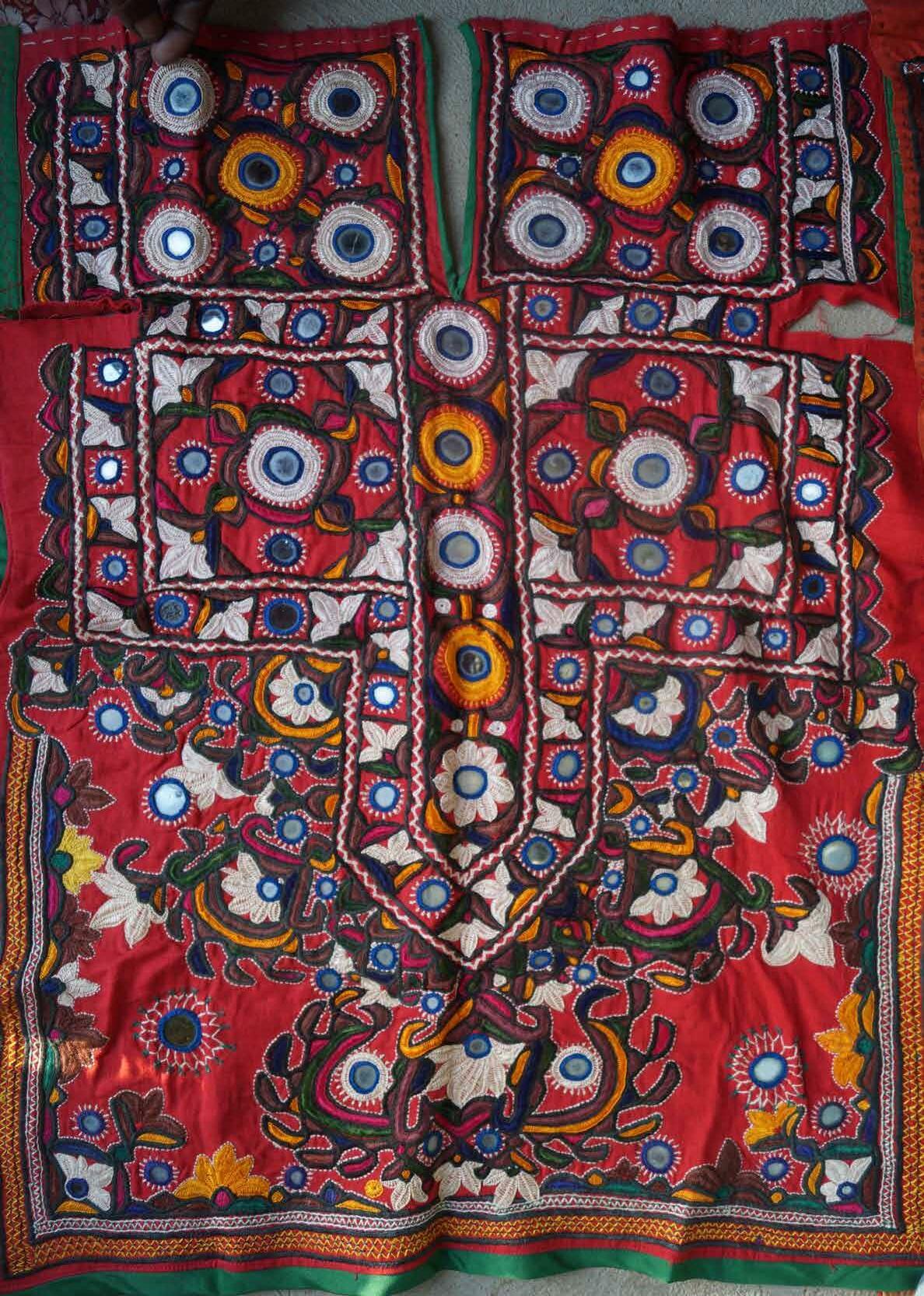 Image192(left) women of dhanau showcasing, how a traditional kanchali in worn and 193(right) women of mahabar explaining the details and intricacy of mukka work.
Image192(left) women of dhanau showcasing, how a traditional kanchali in worn and 193(right) women of mahabar explaining the details and intricacy of mukka work.
119
On the other hand, the Hindu women do not have much embroidery on their upper part but have a brighter fabric in colors and floral prints. Along with the metal jewelry, they also wear ornaments made out of clay which is decorated with motif patterns. The threads of the ornaments are covered with colorful beads to give an additional layer of color when worn with the entire attire.
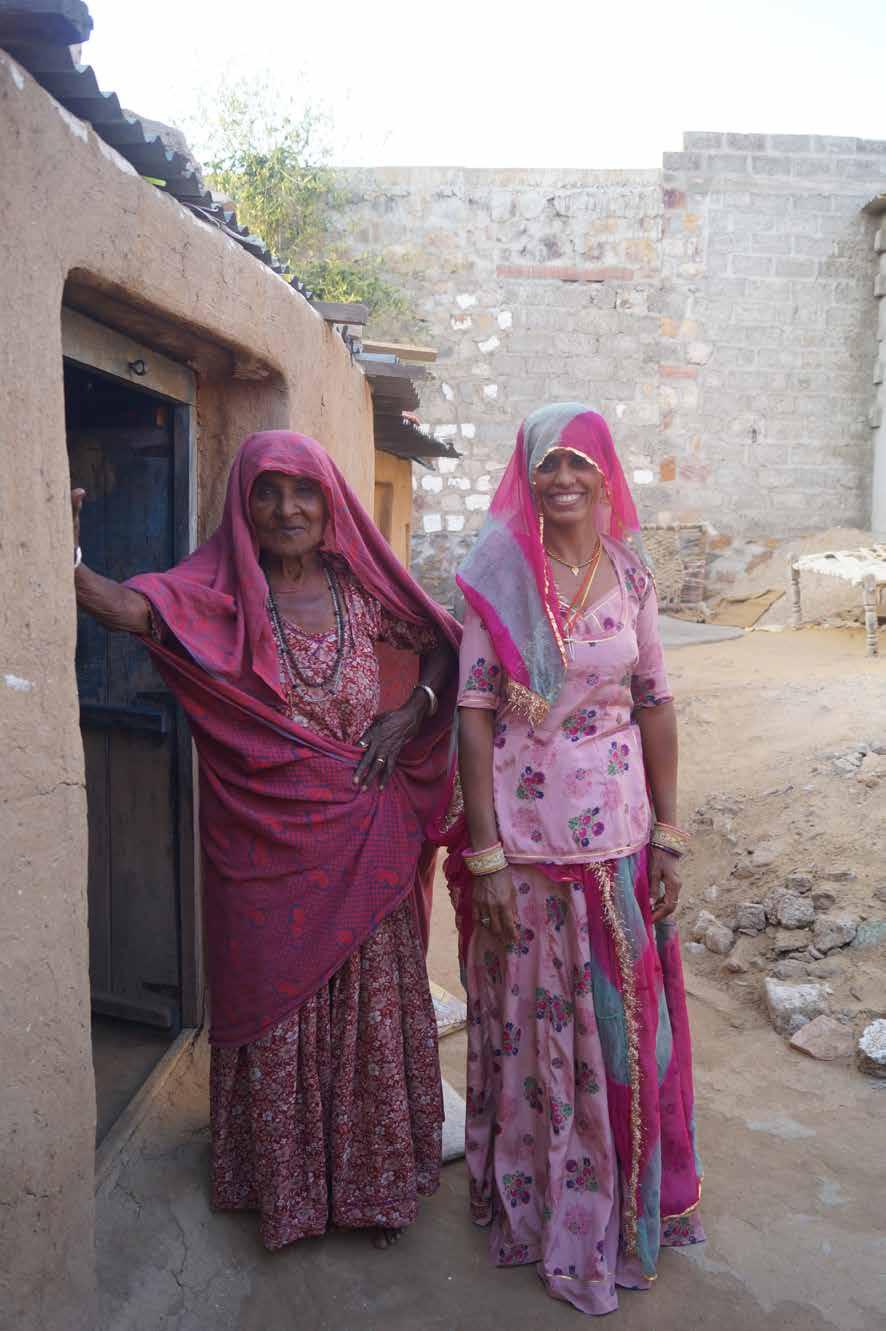
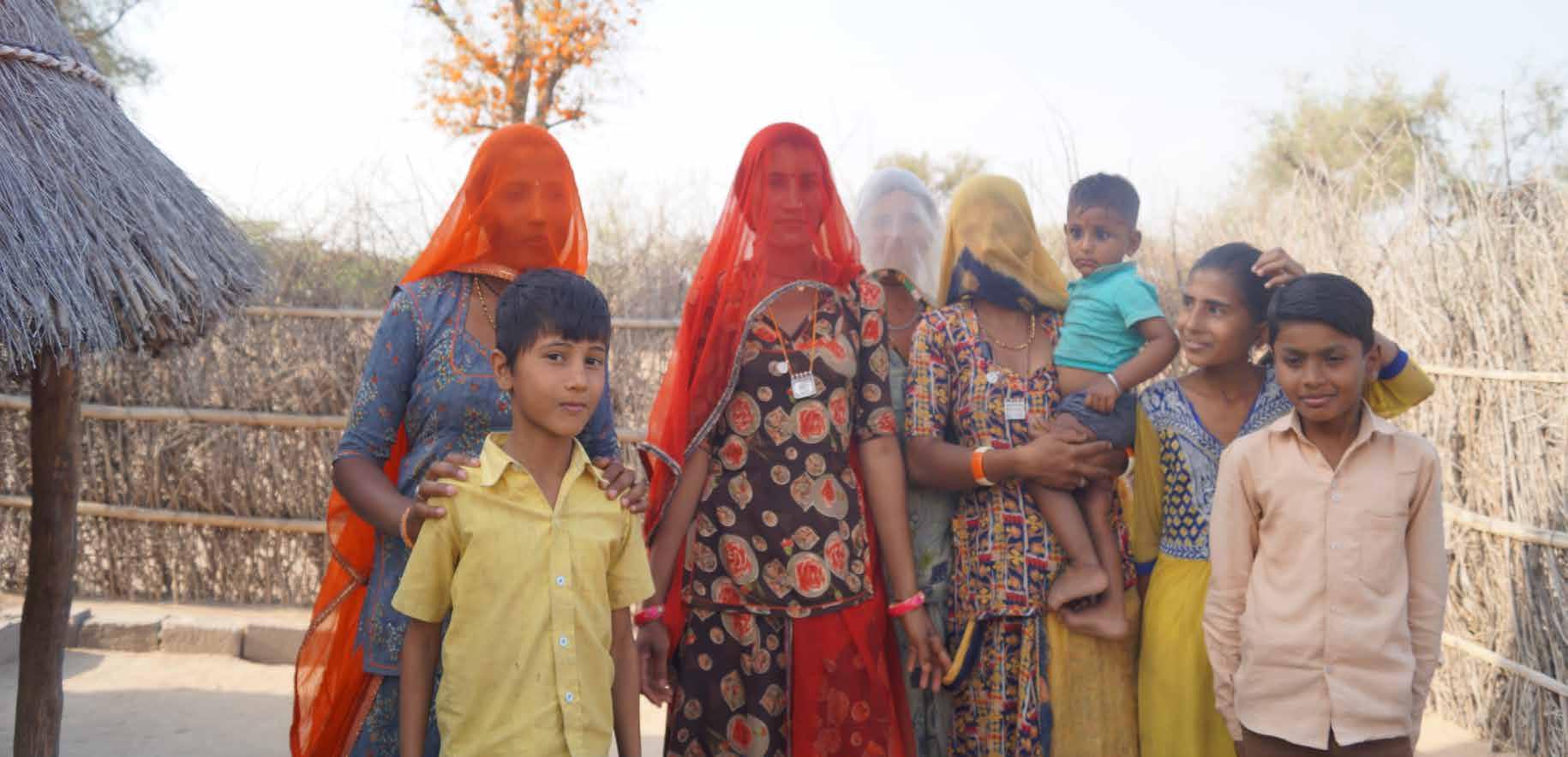
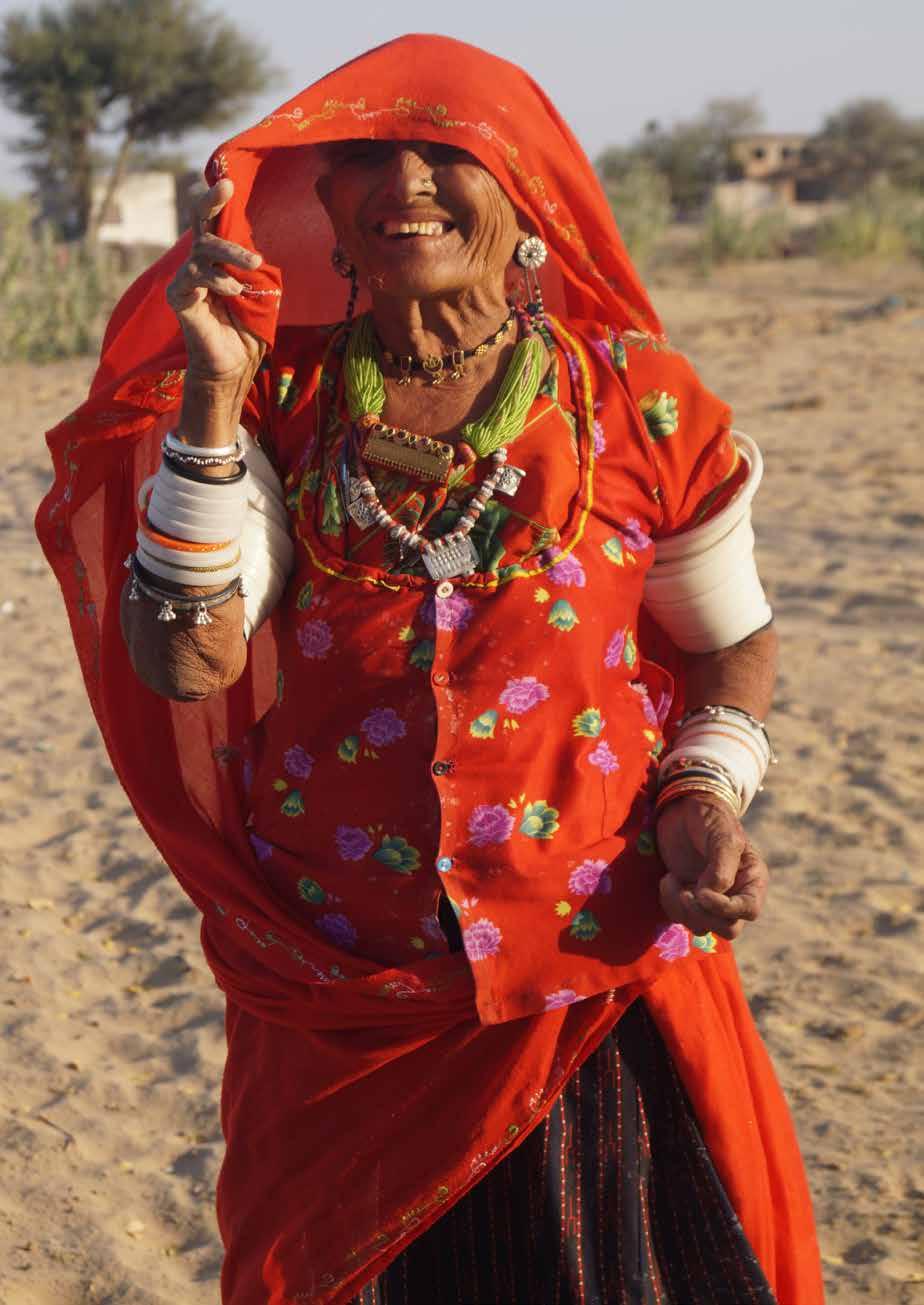

Image195-197 shows rajasthani hindu women subtly dressed up with odhanis is bright shades of oranges,yellows and red.Women all dressed up in stunning shades of red with motifs of flower in kanchali. The odhni of old women has peacock motifs.
The neck ornament are made out of clay and threads covered with colorful beads
120
Women are adorned with chunky silver metal jewelry along with these colorful attires. Again, the motifs are a simplification of patterns seen around in a more geometric form. Jewelry, also known as ornaments, serve as an object that amplifies the beauty of ornamentation to the human body. They add on as another layer and act as defining point to their attires by giving a particular character that is very contextual to the region.
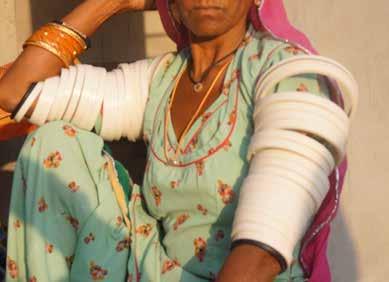
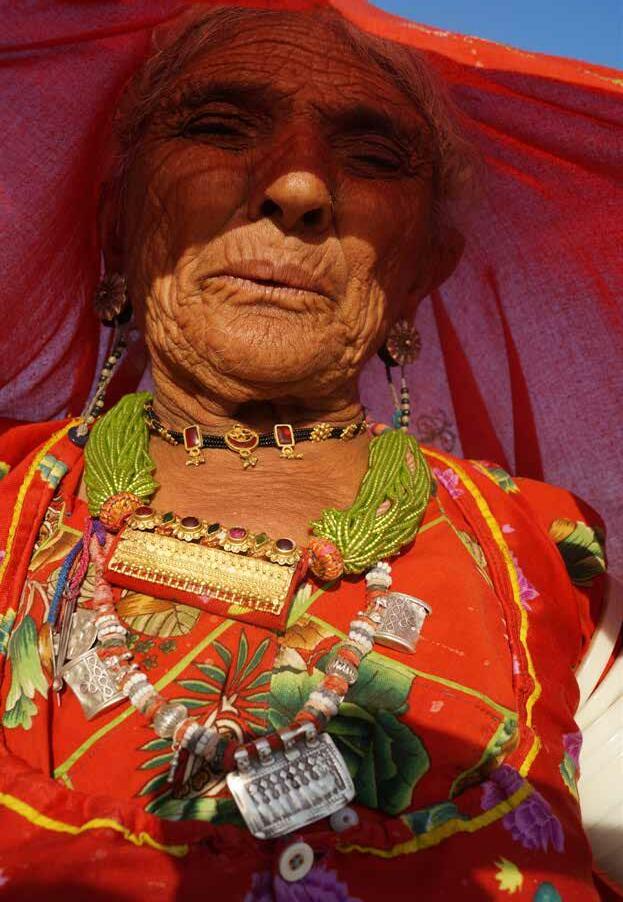
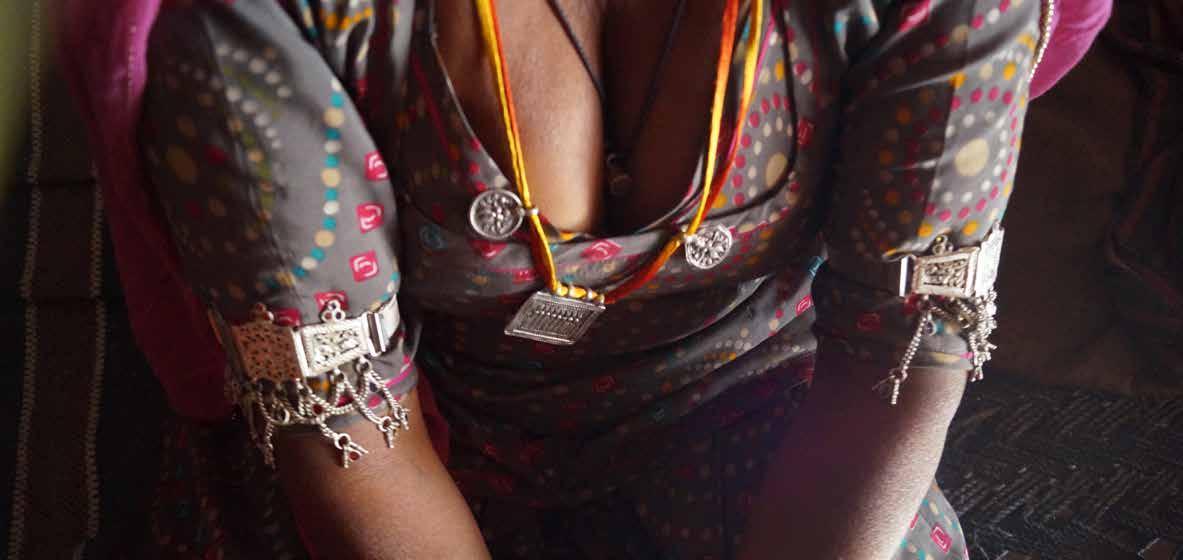
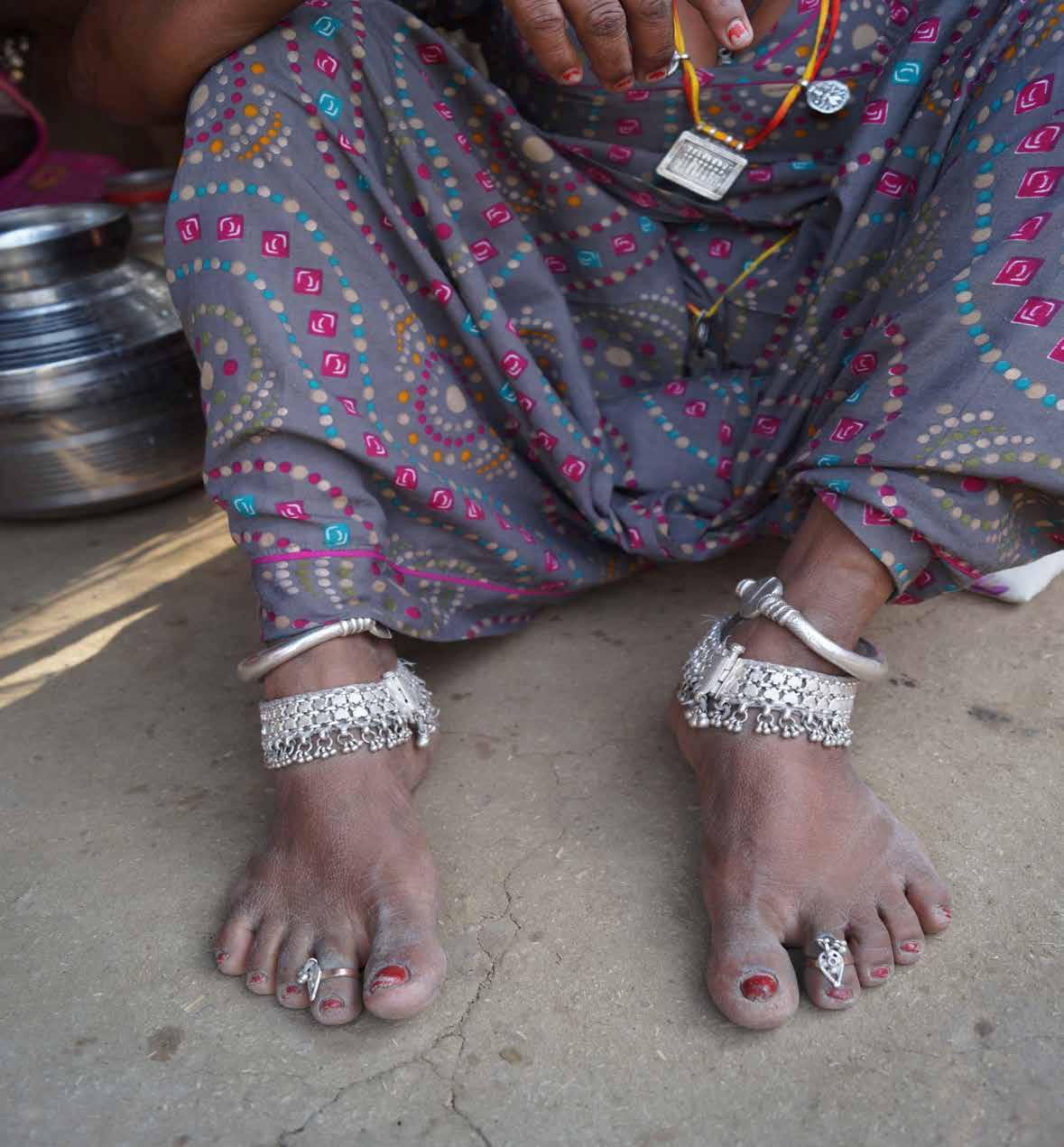 Image198 shows side ornaments for the hand known as bajubands.
Image200 shows the neck ornaments made out of clay and threads covered in beads with an extra add-on of gold jewelry.
Image201 shows the bangles commonly worn by Hindus and Muslims.
Image199showing the chunky anklets for legs and typical toe rings worn especially for health purposes.
Image198 shows side ornaments for the hand known as bajubands.
Image200 shows the neck ornaments made out of clay and threads covered in beads with an extra add-on of gold jewelry.
Image201 shows the bangles commonly worn by Hindus and Muslims.
Image199showing the chunky anklets for legs and typical toe rings worn especially for health purposes.
121
Image203-204 show a comparison between Hindus and Muslims in the way of wearing pagdi. Earlier, muslim wore pagdi with ajrakh print. Men mostly wear white color clothes.
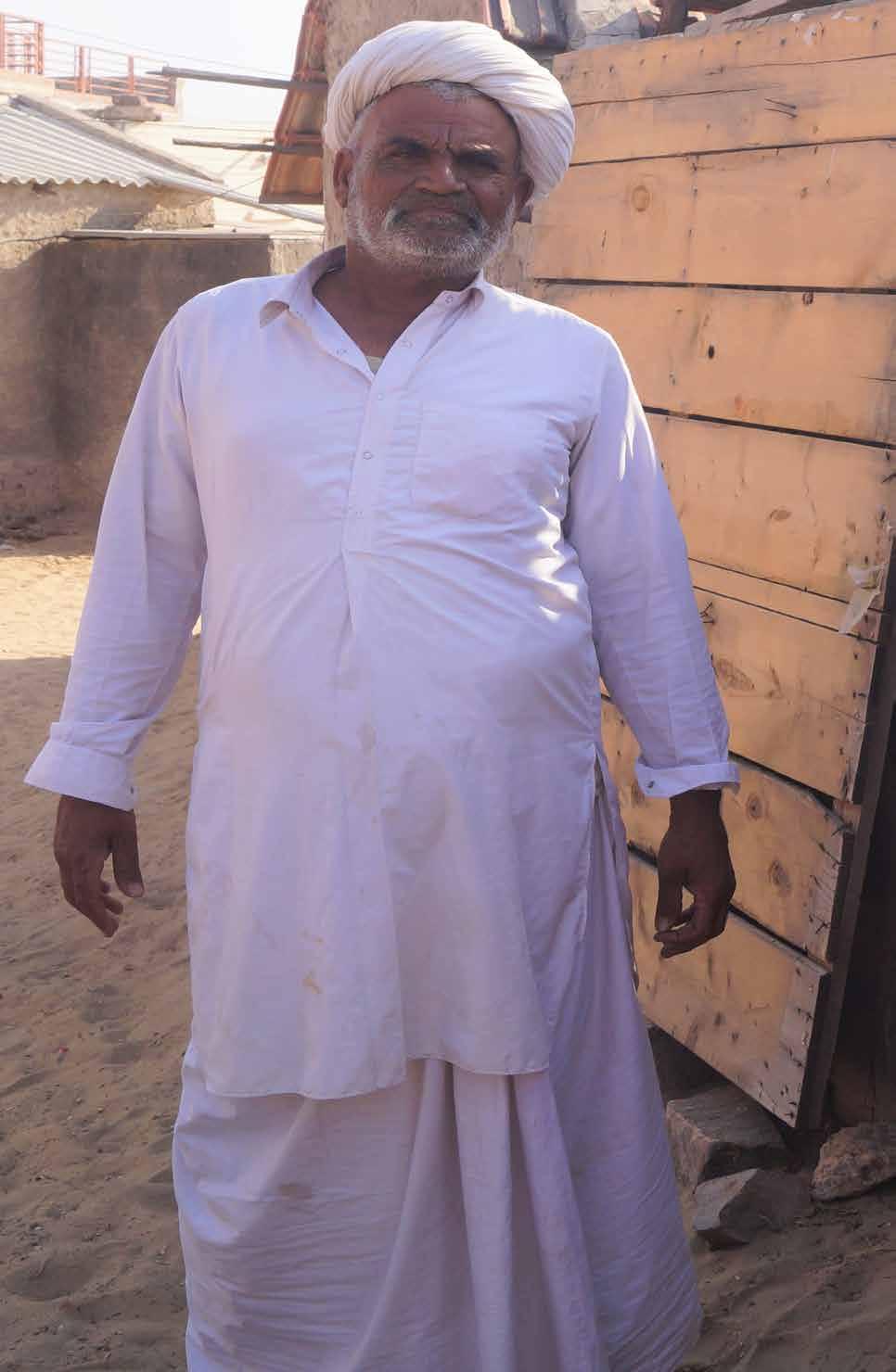
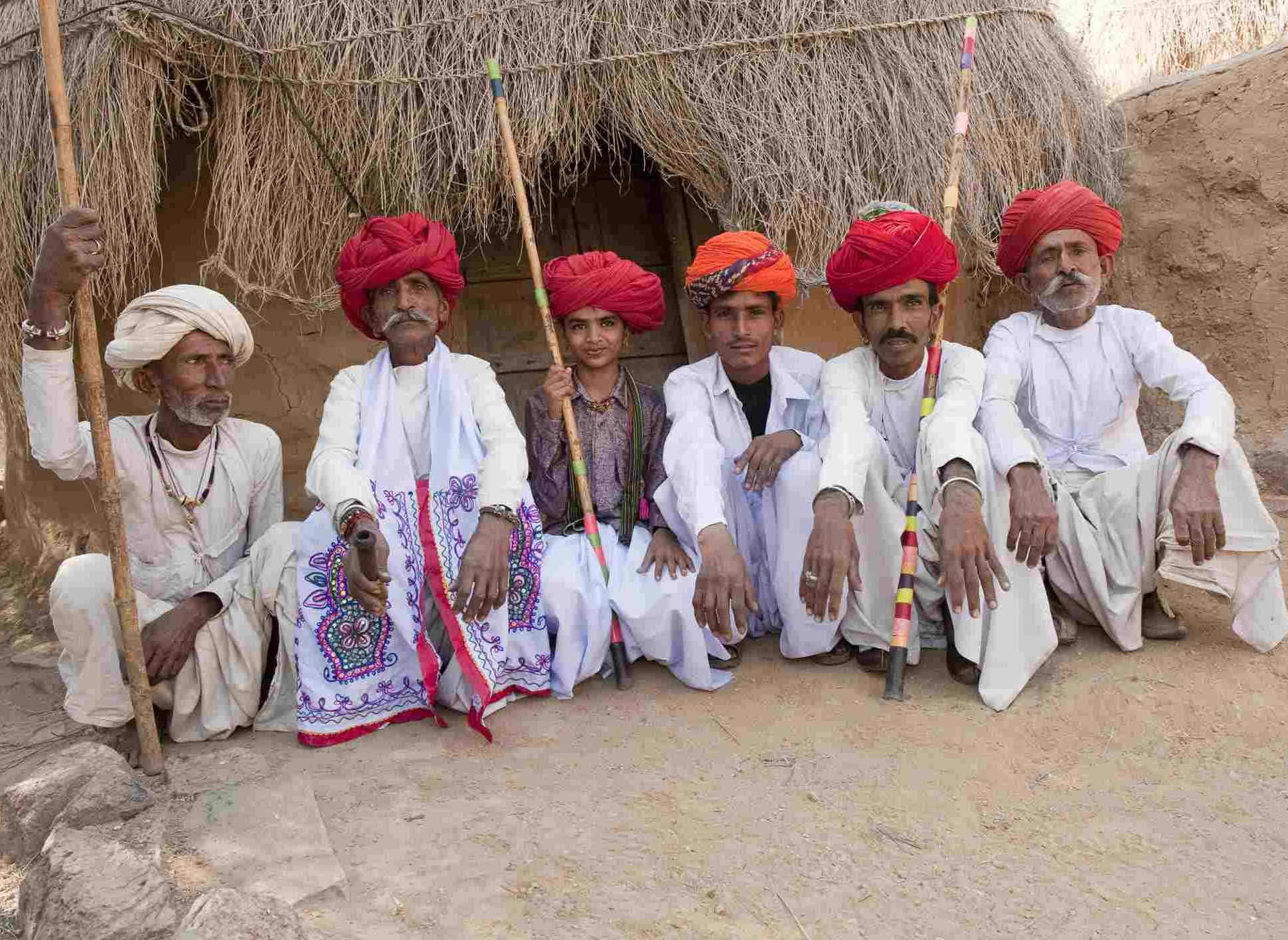
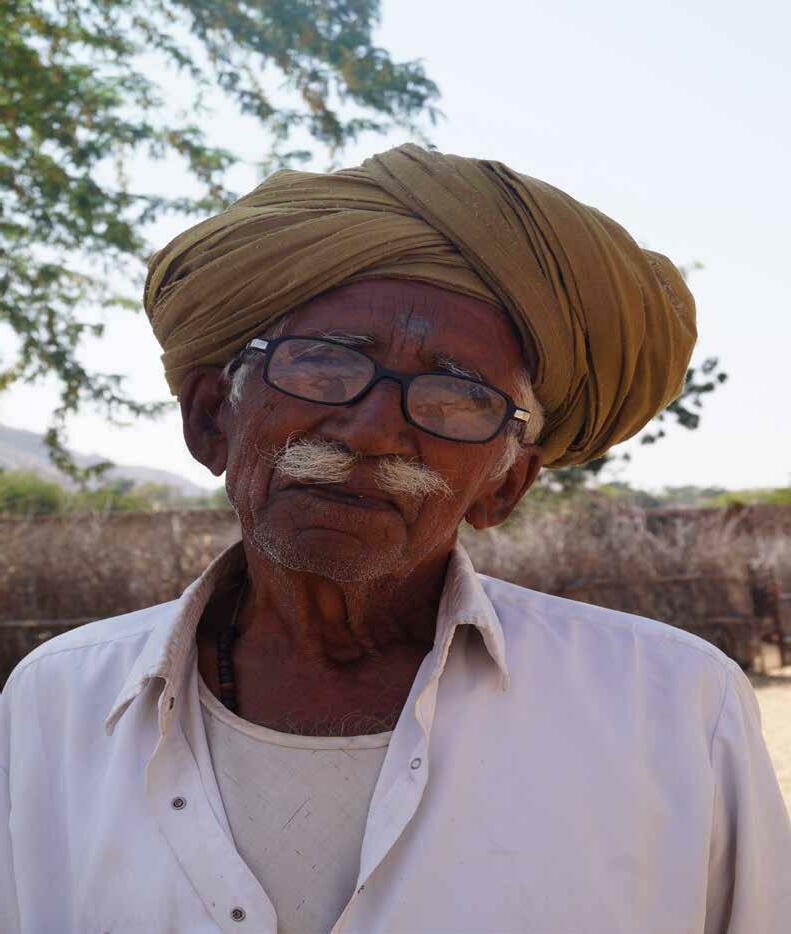 Image202 shows men wearing aangarkha and dhoti, belonging to the herders’ community
Image202 shows men wearing aangarkha and dhoti, belonging to the herders’ community
122
Men
The men are known to be money-earning members of the family. They are engaged in various activities like animal husbandry, farming, wooden carving, pottery, and other small business. The primary division of work between men and women is where men perform all the laborious tasks, jobs related to traveling out of town, while women are more engaged in the after process, which consists of ornamenting and decorating and painting the items brought in by the men.
The attire of Sindh Muslim men again is similar yet different in how they are worn compared to Hindus. The upper part, known as Chola, is a long garment that sometimes extends till the knees, which can be seen as a long shirt with rolled sleeves. The lower garment is a lungi/dhoti known as tehmat. Depending upon the region, a piece of white cloth or ajrakh print is carried around their shoulder or tied along with their head in the form of pagdi. The way the pagdi is worn becomes a distinguishing factor between the Hindus and Muslims. Ornamenting one’s body with jewelry is also found in Muslim men, where they wear earrings and amulets tied around the neck and arm with a black thread known as tabeez.
The Hindu men have a similar set of garments in white colors with colorful turbans to depict culture. Earlier, the men’s attire was even more diverse in its form. The upper garment included bandi, kurta, or a tunic commonly worn by all communities in the region. On particular occasions, a garment known as an aangarkha(now rarely worn), a flat cloth, is wrapped around the men’s upper body with tie detail on the sides. The lower garment is an unstitched dhoti, worn by almost all communities and tribes. Finally, the turbans in bright colors of red and oranges complete the attire and give a defining factor to the men of Rajasthan.
Image205 shows a man from karna village in balotra, wearing a prismatic red turban in combination with a wool coat striped in greys and black.

123
Ralli
Rallies are a treat of patterns, colors, and stories of past. They are often used in their daily routine as quilts. The craft of making rallies using bright colors and bold patterns comes from parts of Pakistan but is also made by people of Hindu communities. The rallies of Muslims and Hindus differ in how they are made and by the selection of color. Colors widely play an essential role in identifying to which community it belongs. The stark use of greens, oranges, blacks, and white in an ordered geometric pattern is majorly used by the Muslims, whereas the use of subtle colors is seen in the work of Hindus. The three basic styles of ralli are:
Patchwork: stitched using remaining pieces of torn clothes into squares and triangles
Applique: made out of intricate cut out patterns in various shapes stitched to the base fabric
Embroidered: solid colored embroidered fabric stitched together to form geometric patterns and shapes.
The process of ralli begins by cutting different colored fabric into triangles which are later shaped into squares to form rhythmic geometric patterns. The square such formed are then joined together diagonally through regular stitch. The body is made using such squares, whereas the borders are made separately in the form of a long strip and are then joined to the main piece.
The applique ralli is processed through cutwork. The upper fabric with different cutwork patterns that are mostly inspired by nature and translated to geometric flower motifs is stuck to the base fabric.
Image206 showing kantabai of Dhanao village making ralli. At present ralli are only made as per the order and need of the home.
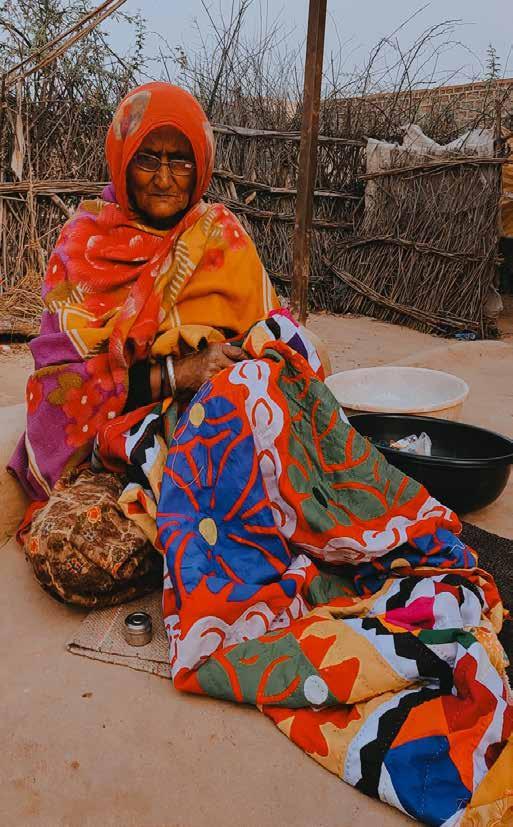
124
Image207 shows a ralli, given to the daughter as a dowry. The embellishments on the ralli show that it is made on the occasion of marriage. It belongs to a newer generation as the incorporation of pastel colors have come in.
Every ralli narrates the stories about their tradition and connects them back to when it was made. It gives us clues into their life where one can identify through the type of fabric if it was used for some special occasion or as a part of their daily use. The rallies used for weddings or as gifts are further decorated with various embellishments such as mirrors, tassels, and other ad-on.
It is an expression of the maker’s individuality through the random selection of colors, which results in a wide range of variety of rallies, all being unique and distinctive in their own way. Further, these rallies form a big part of one family and are given away to daughters as dowry studded with embellishments, forming an integral part of their lifestyle.
In addition to creating a textile craft that depicts their culture and tradition, it has also given the craft industry a unique and appealing textile that can be further contemporized with the shapes and color selection.
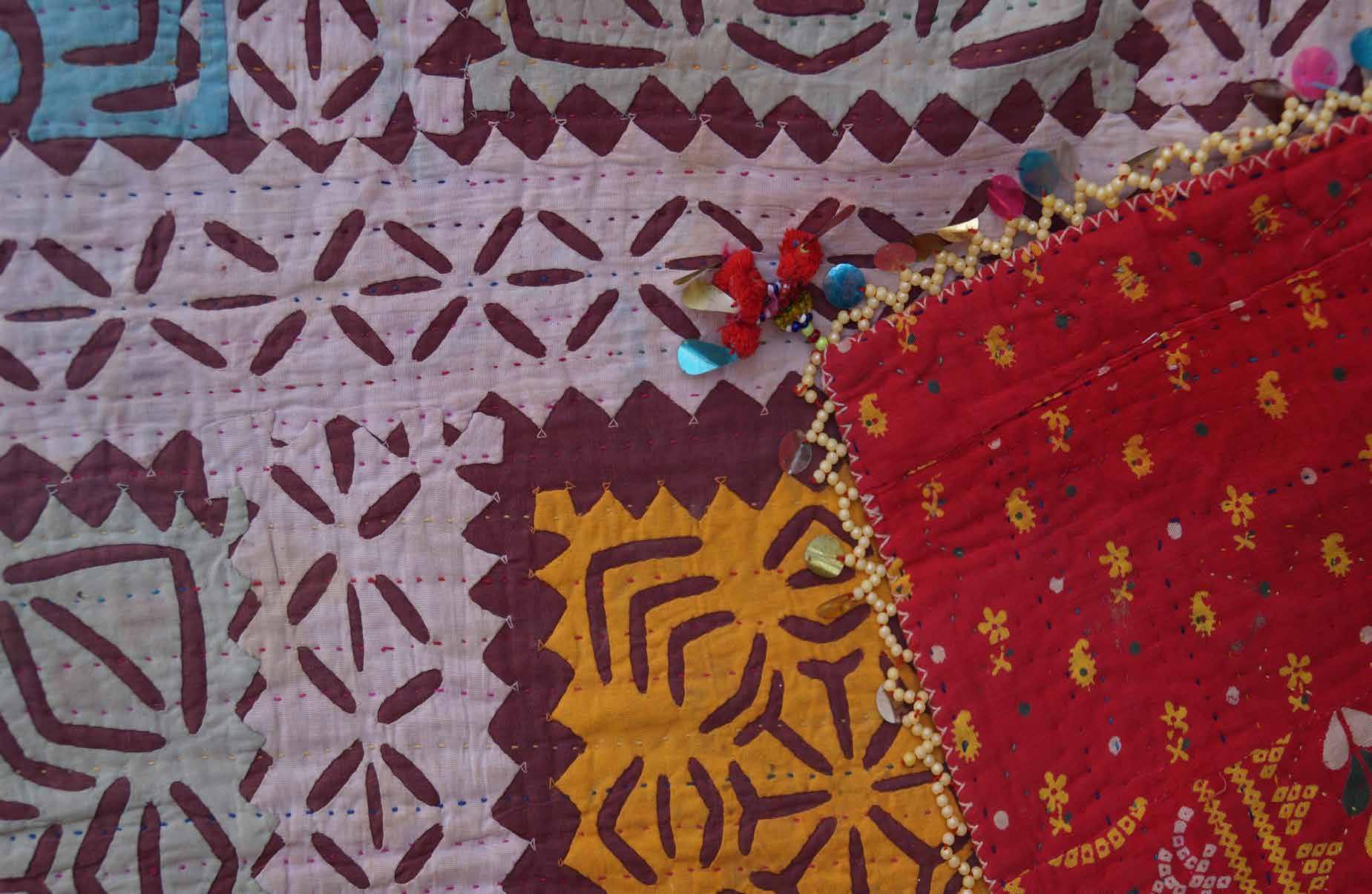
125
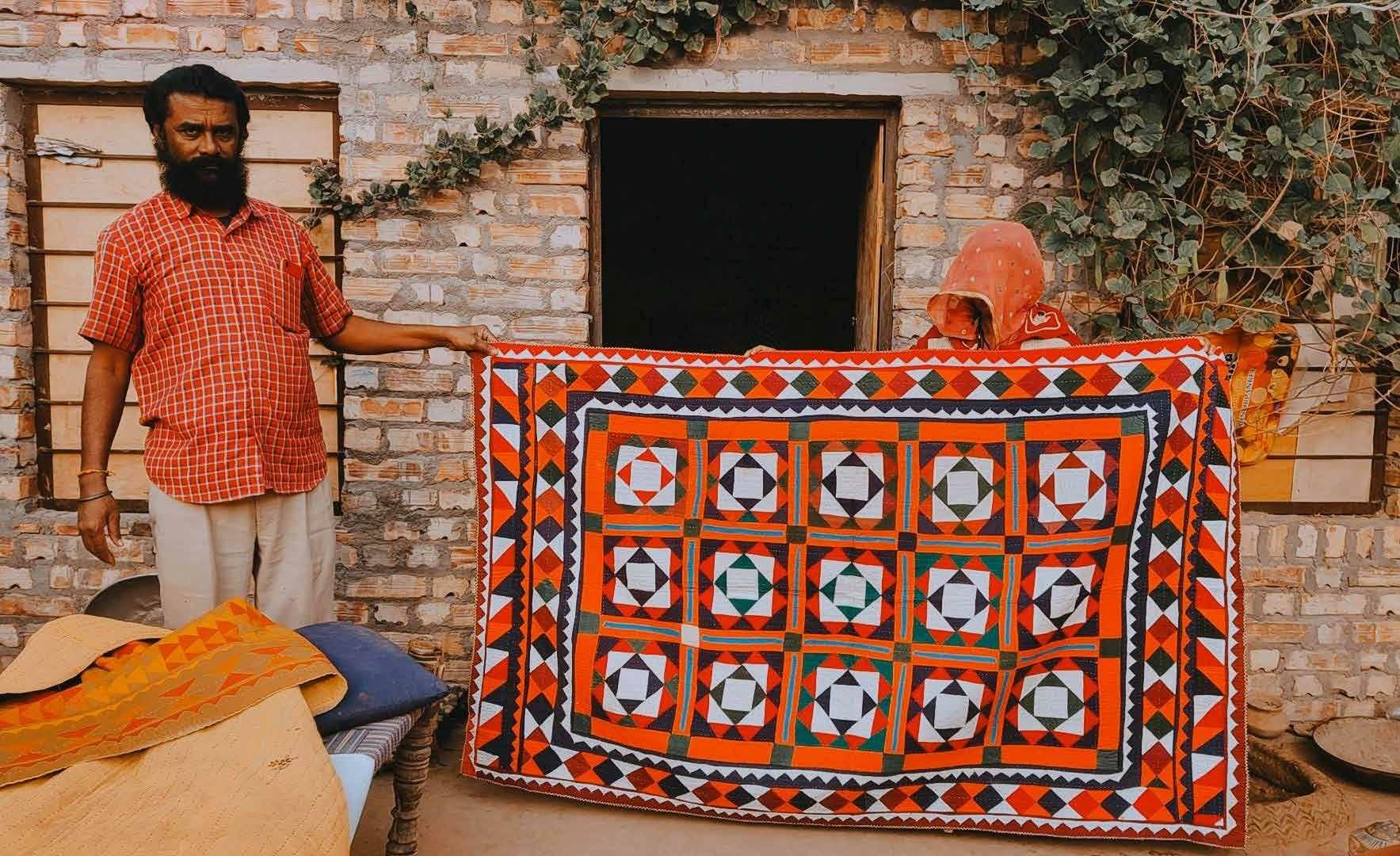
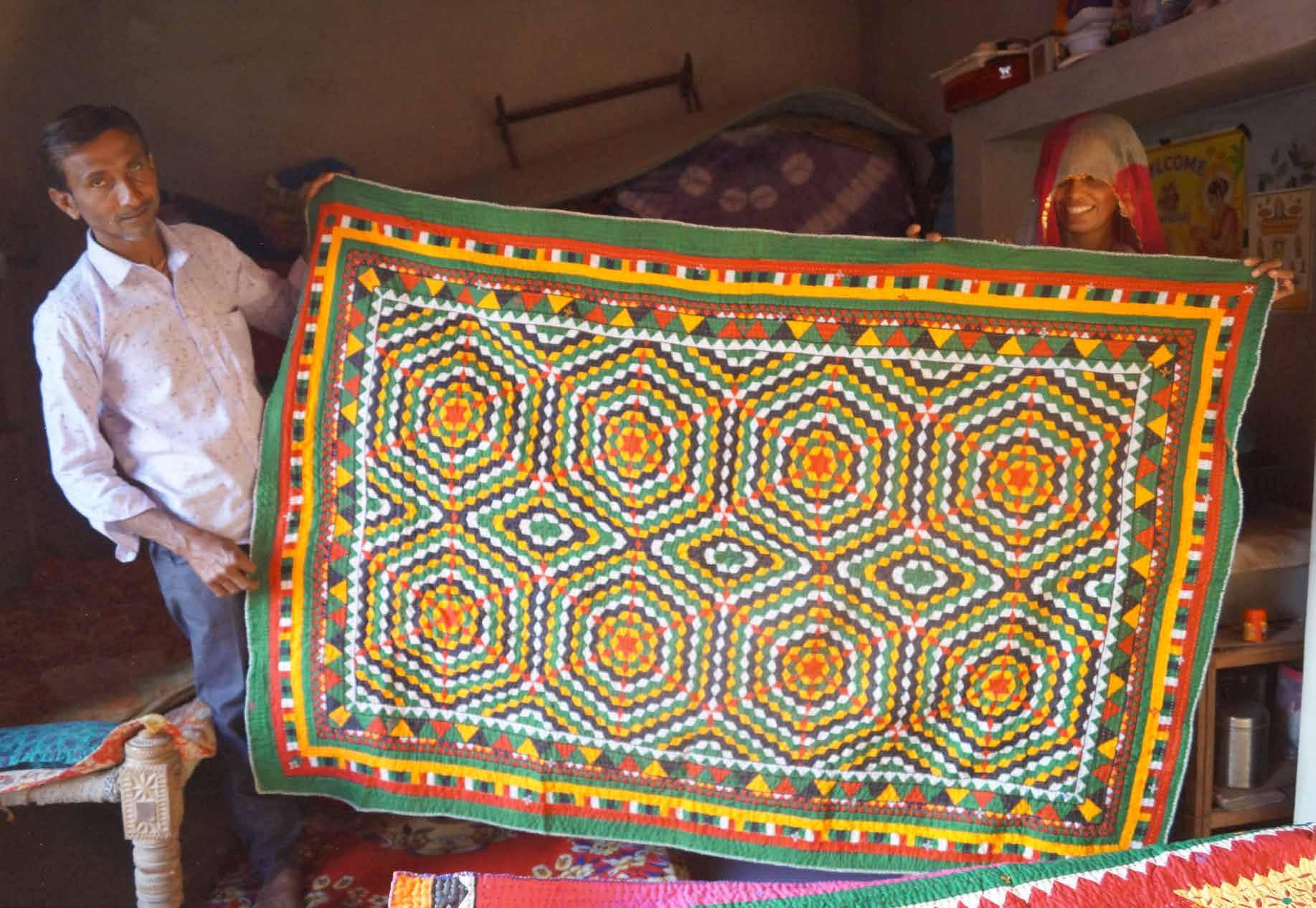 Image208 Ralli type- Patchwork. Here different pieces of bright color clothes are aesthetically joined together to make a new piece that is used in their daily routine as a quilt. It consists of geometric forms such as squares, triangles, and diamonds
Image209 Ralli type- Patchwork. Here different pieces of bright color clothes are aesthcatically joined together to make a new piece that is used in thier daily rountine as quilt. It consist of geometric forms such as sqaures, triangles and diamonds
Image208 Ralli type- Patchwork. Here different pieces of bright color clothes are aesthetically joined together to make a new piece that is used in their daily routine as a quilt. It consists of geometric forms such as squares, triangles, and diamonds
Image209 Ralli type- Patchwork. Here different pieces of bright color clothes are aesthcatically joined together to make a new piece that is used in thier daily rountine as quilt. It consist of geometric forms such as sqaures, triangles and diamonds
126
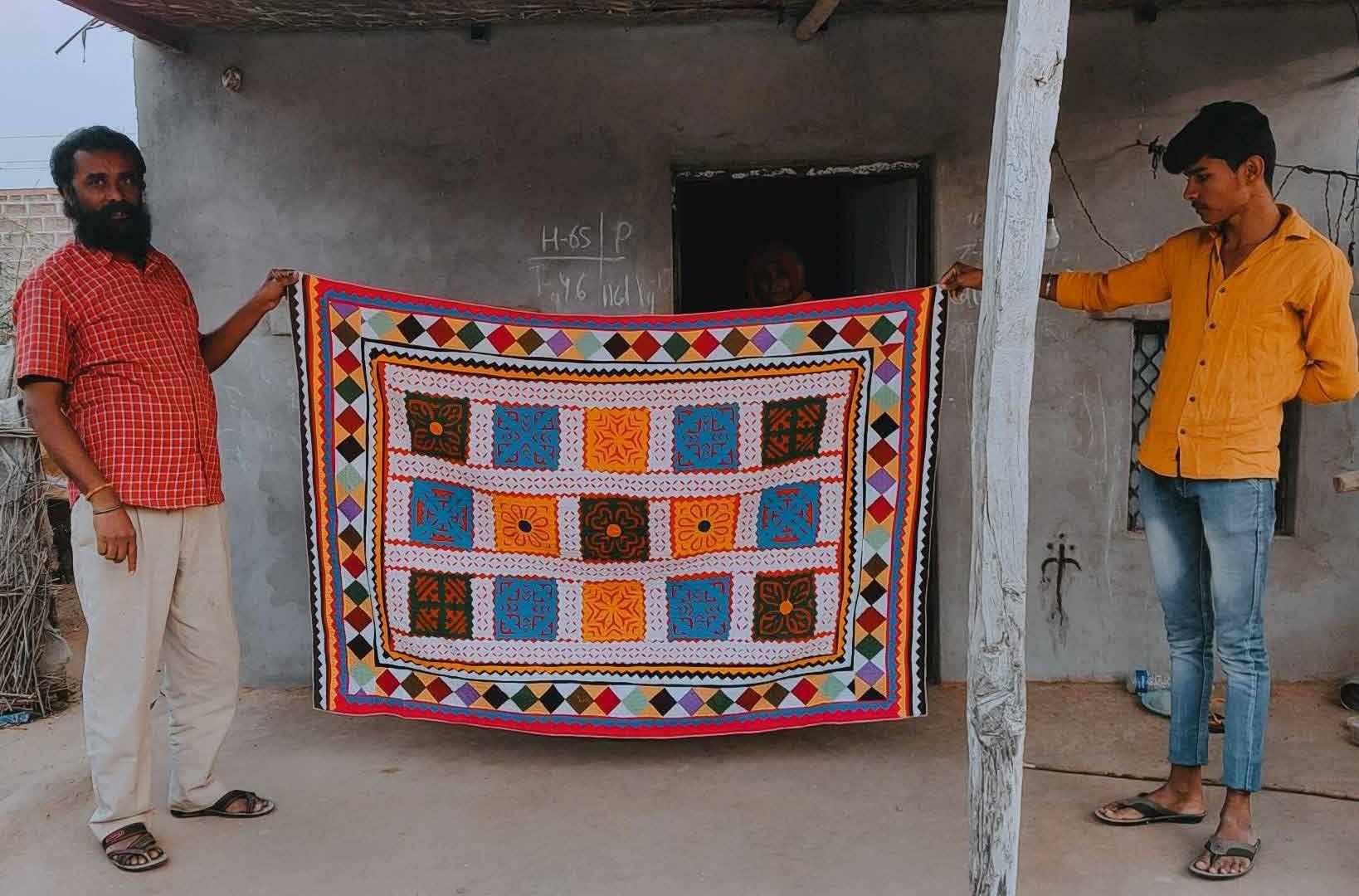
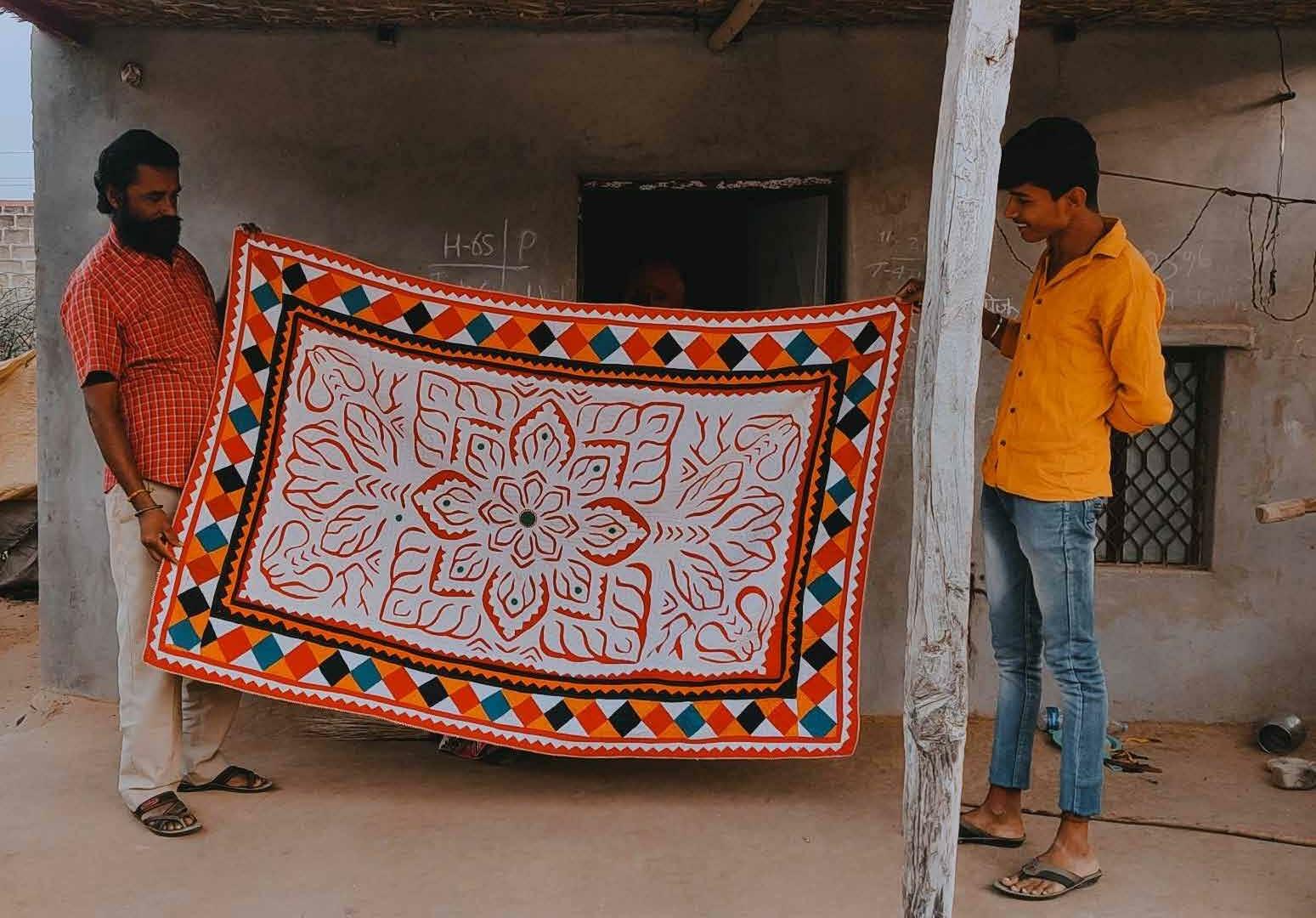 Image210 Ralli type-Applique+Patchwork. Here, different patches of fabric are stuck together to create a base fabric and then layered with another fabric through geometric cutwork. The three patches in color green, orange and blue are joined in an organized way to make the central piece. The borders are then joined separately after the completion of the central part.
Image211 Ralli type-Applique+Patchwork. Here the central piece is one whole part consisting of applique work joined with the borders through patchwork. The motifs are a depiction of local flora in geometric form.
Image210 Ralli type-Applique+Patchwork. Here, different patches of fabric are stuck together to create a base fabric and then layered with another fabric through geometric cutwork. The three patches in color green, orange and blue are joined in an organized way to make the central piece. The borders are then joined separately after the completion of the central part.
Image211 Ralli type-Applique+Patchwork. Here the central piece is one whole part consisting of applique work joined with the borders through patchwork. The motifs are a depiction of local flora in geometric form.
127
Objects of daily use-Textile based
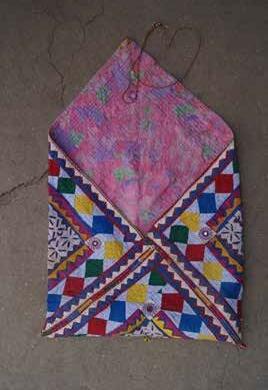
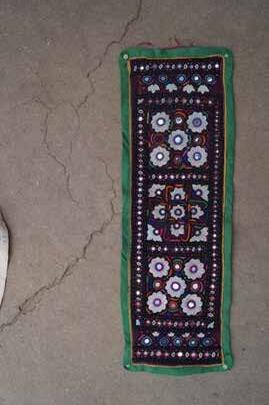
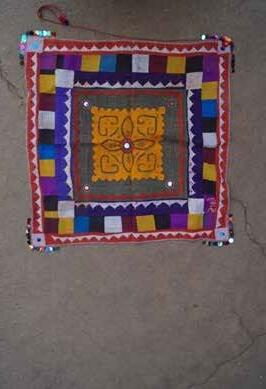
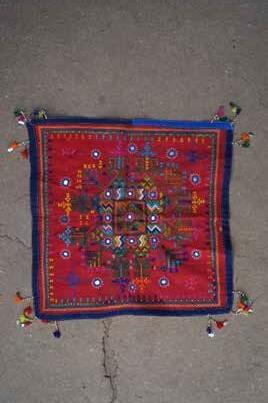 Image212 napkin known as romal. It is embroidered with colorful threads depicting geometric patterns. The tassels on the corner enhance the overall textile.
Image214 shows the textile used by men during their marriage as a part of their attire.
Image213 shows a napkin with patchwork and applique. Bright colors and geometric patterns are vital features of these textiles.
Image215 shows a bag used for carrying food such as roti while men go out all day to work.
Image212 napkin known as romal. It is embroidered with colorful threads depicting geometric patterns. The tassels on the corner enhance the overall textile.
Image214 shows the textile used by men during their marriage as a part of their attire.
Image213 shows a napkin with patchwork and applique. Bright colors and geometric patterns are vital features of these textiles.
Image215 shows a bag used for carrying food such as roti while men go out all day to work.
128
Aesthetic Sensibilities- colors, motifs and ornamnetation
Talking about the selection of colors and their direct connection with communities they belong to, it makes one talking about which colors belong to which group of Thepeople.useof
stark greens, oranges and black are often seen in communities belonging to Sindh Muslims whereas colors such as red, yellow oranges and blue are seen in rallies of Hindu communities. The embroidery work done over them such as mukka work (using golden and silver thread) is often seen in Muslim Sindh rallies while a more subtle kantha work is seen in Hindu communities. Also, the applique work is majorly done by the Hindu group of people while patch work which uses stark colors as stated above are seen in the rallies of Muslim communities. The motifs such as sun, sparrow, peacock, and other depiction of flora and fauna are seen through their translation in geometric form. This observation leads us to understanding of the strong relation that exist between their objects of daily and their natural environment.
These flashing prismatic colors flawlessly juxtapose the brown shades of their built form forming a whole palate of monochromes as the background and bright colors as the foreground. In contrast to white attires in lush greens areas of India, the bright glowing reds, yellows and oranges stand as an affirmation of life that help live through the harsh and monotonous life of desert. With this it could be equated that how the overall environment, their selection of color, motifs become an identifying factor of their culture and tradition.
129
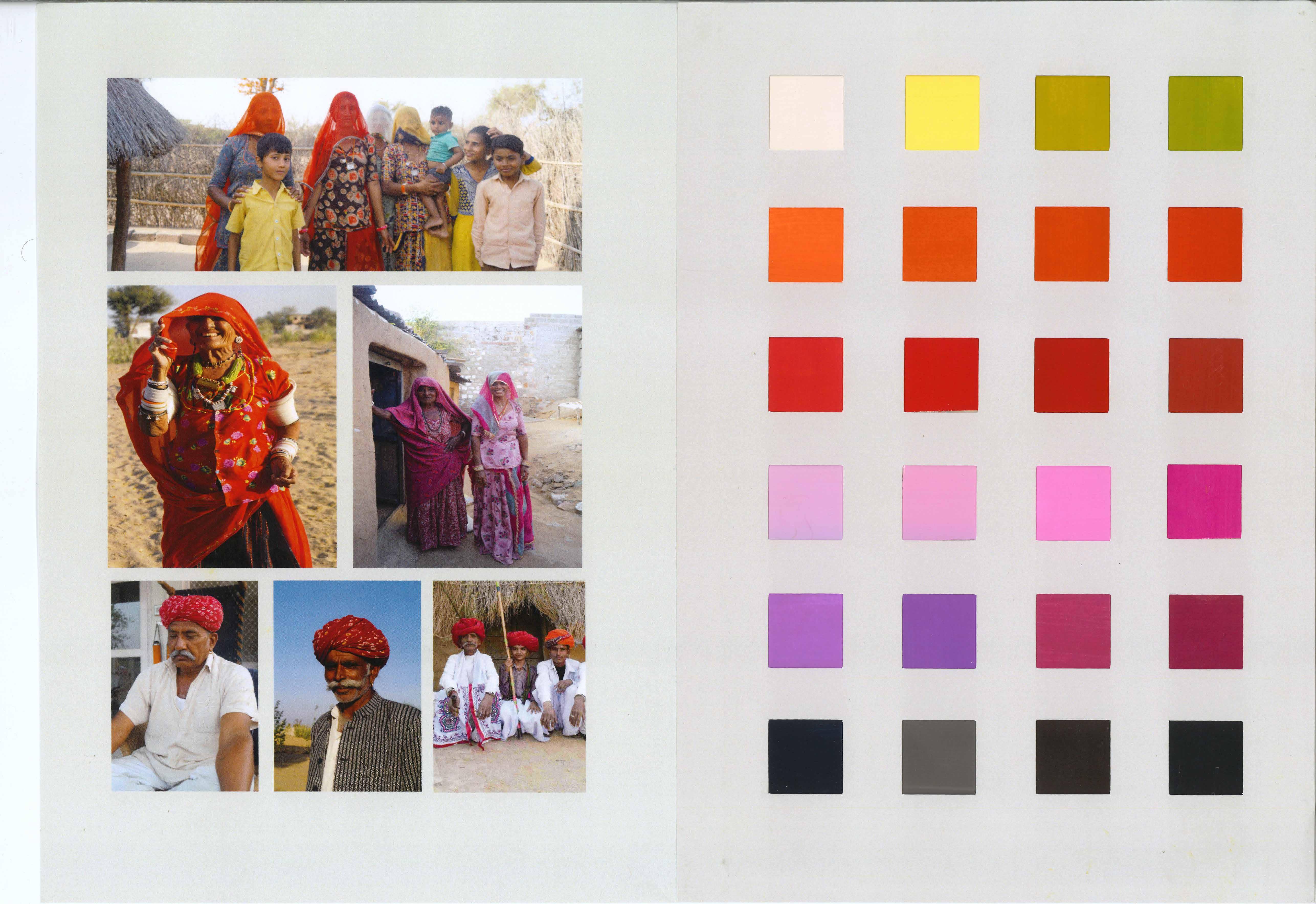 Image216-221 shows men and women of Hindu community. The swatches on the right show key color of their attires.
Image216-221 shows men and women of Hindu community. The swatches on the right show key color of their attires.

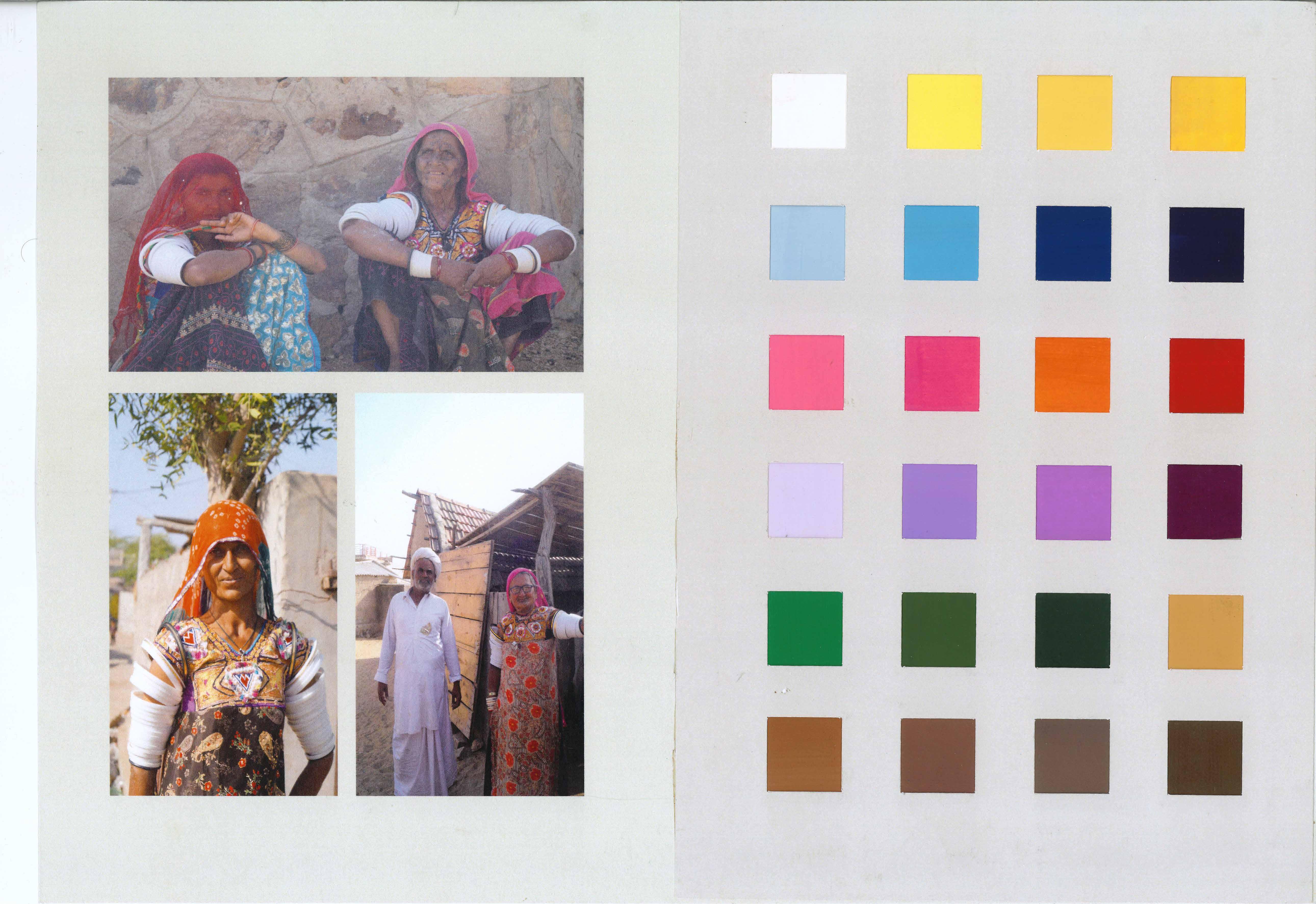 Image222-224 shows men and women of Muslim community. The swatches on the right show key color of their attires.
Image222-224 shows men and women of Muslim community. The swatches on the right show key color of their attires.

 Image225-229 shows patchwork ralli and its significant color swatches on right.
Image225-229 shows patchwork ralli and its significant color swatches on right.
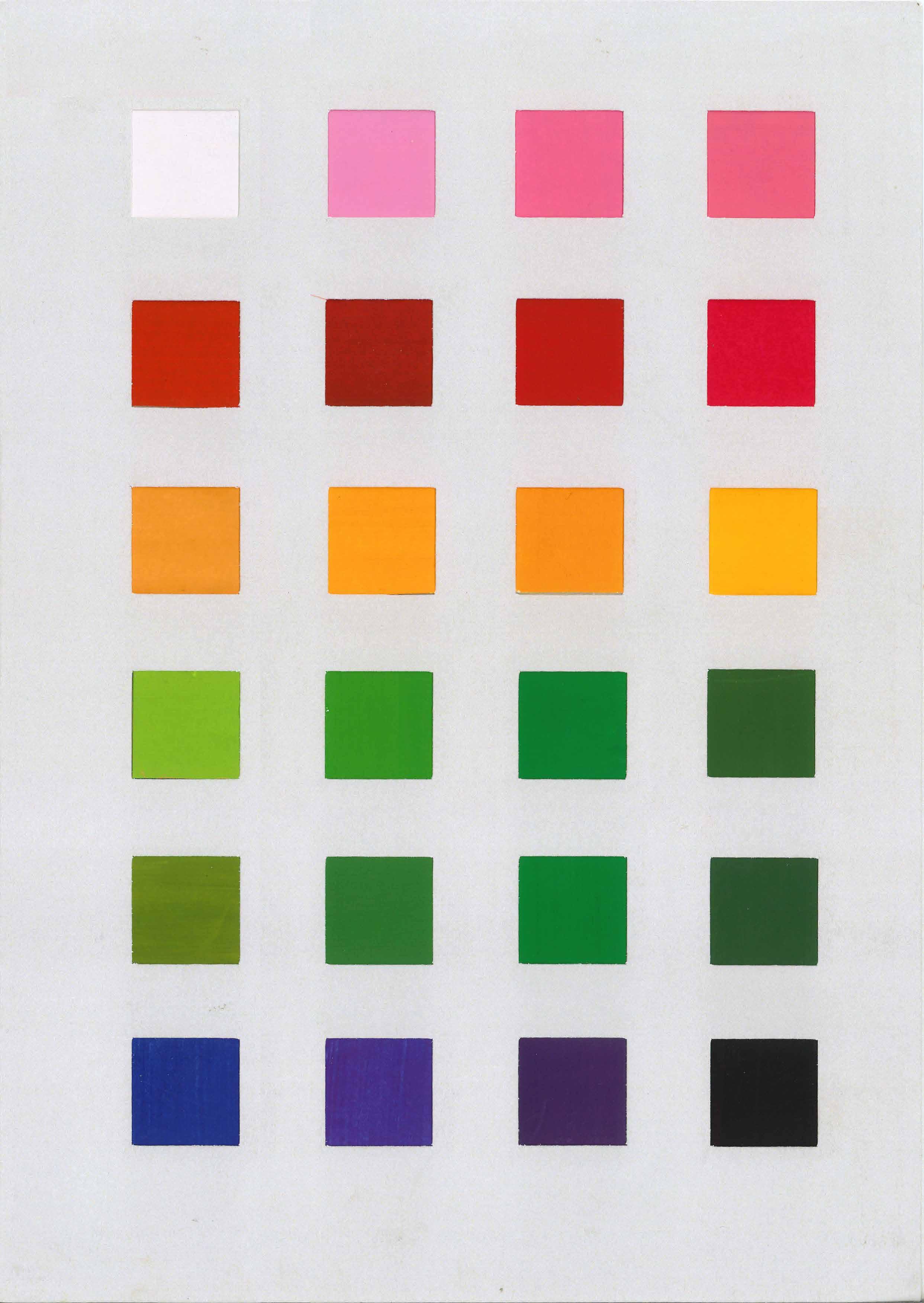
 Image230-233 shows patchwork ralli and its significant color swatches on right.
Image230-233 shows patchwork ralli and its significant color swatches on right.


139 Part B : Crafts -Wood-Leather-Pottery-Applique-Ajrakh-IntroductionCarving
Introduction
Crafts are tangible form of inherited culture practiced over the years. These practices have been generated through specific styles and techniques based on local values and economic necessity of the region giving rise to distinctive cultural character of the region. With this it is also a reflection of people’s creativity as selfexpression. These crafts were first used by the locals as their objects of daily use which intersects with all domains of cultural, political, and religious aspects after which they became a part of their livelihood. Moreover, these crafts also communicate social identity of the people of the region with respect to the entire world. These crafts and craftsman build an important aspect of vernacular traditions which has been an important part of this study.
Image234 is a patchwork piece with motifs typical to local birds and animals. A layer of Jogi work is done on these motifs to enhance the details.

140
Image234-235
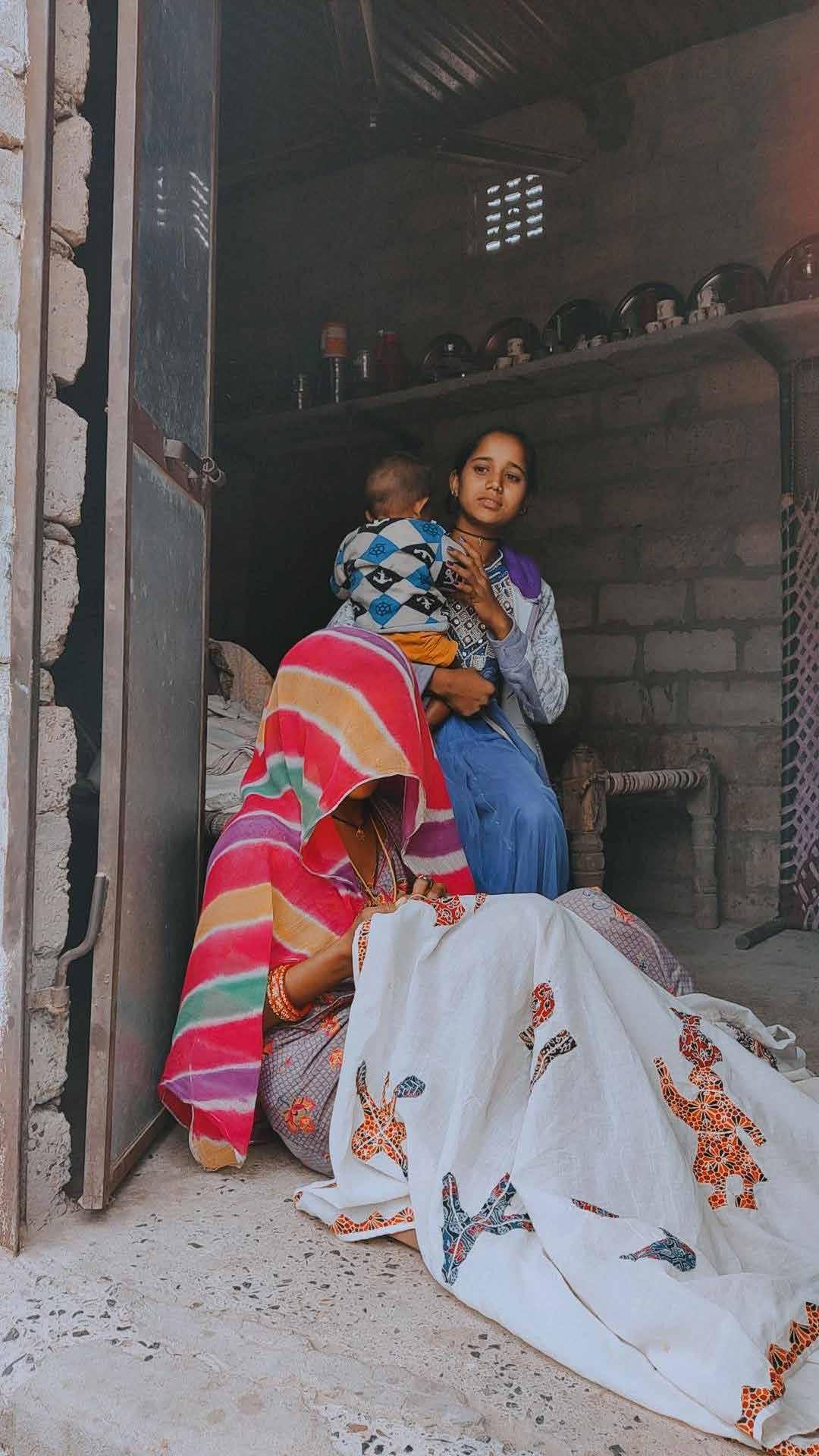

141 The different types of craft practiced in Barmer are Block printing on Textiles -Indigo-Ajrakh Dyeing Embroidery on textiles -Patch -Jogi-Appliqueworkworkwork LeatherPottery Woodencrafting.carving
shows women of Dhanu doing patchwork
Block Printing
Block Printing is applying color in a definitive pattern on a base fabric. These patterns are carved on a wooden block and are printed along the length of the fabric using either natural (earlier) or chemical dye. The dyes earlier were made from natural resources such as phitakdi, gond , chuna , tree bark, or from the pigments of the flowers. The use of these resources gen erated specific colors, which, over time, became tra ditional colors used for block printing. With time these natural colors were replaced by chemical dyes, but the color tones and shades remain identifiable and creat ed a palette adhering to the local needs, influences, and explorations. The palette consists of bright colors such as red, oranges, and blue, which, along with their relation to natural environments, reflect their arid life style. The use of bright colors signifies the importance of their culture and traditions. The Barmer’s local aes thetic includes motifs of birds like peacocks, sparrows, animals, human figures, and flowers.
Image236 showing a part of ajrakh print on chanderi fabric. being a three step process,this picture shows the second step.
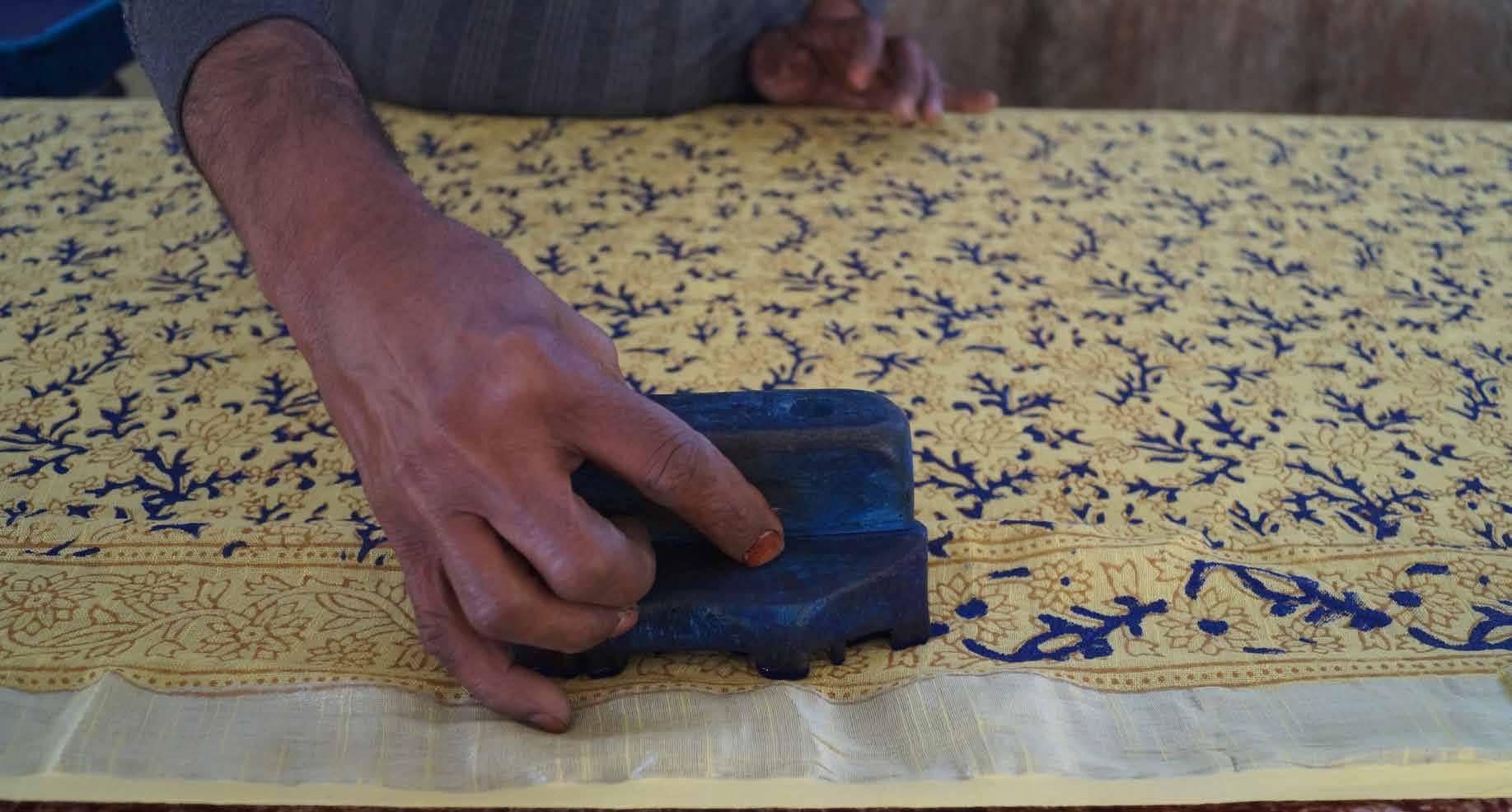
142

143
Ajrakh Printing

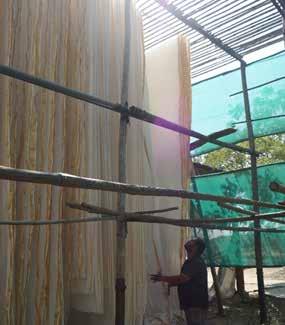
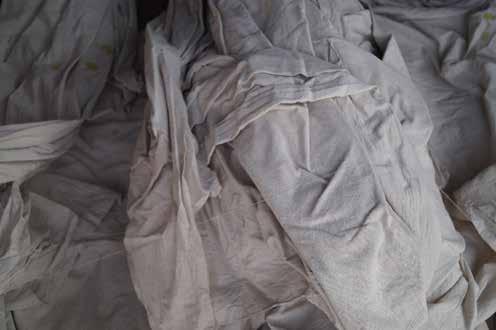
Ajrakh has been a name given to unique prints that have been generated over time through cultural influences. Traditionally ajrakh was recognized as a cloth with dark red/ crimson prints with blue as the prominent background color. The name ajrakh comes from the Arabic word azrak, which means blue, and hence the blue color plays a crucial role in recognizing ajrakh prints.
The Ajrakh block printing is a centuries-old craft that has been practiced by Khatri communities, a hereditary caste whose main occupation for years is to print colors on the fabric. Historically ajrakh prints were used as identifying factors for different communities. Kalamkari and floral prints are the significant motifs used across all the ajrakh prints. These prints cover the whole fabric in a very symmetrical and balanced way, following the Islamic principles of order. of ajrakh
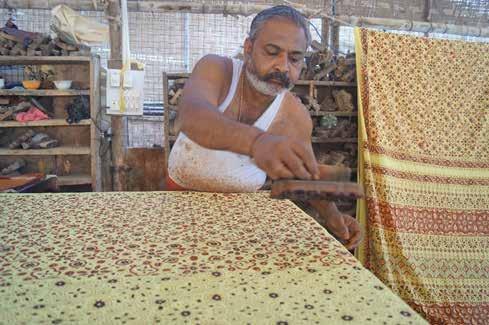
144
showingImage237-238process
It is printed on both sides through the technique of resist printing and follows a 3-step process where the base print as per the decided color is printed first, and the other two steps include printing details on the base print.
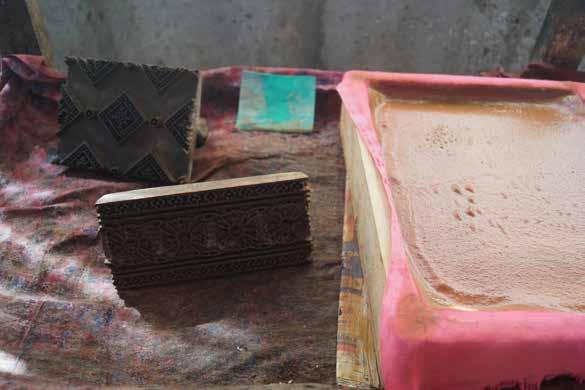
Different blocks in repetitive patterns create unique and authentic designs for the city. The colors majorly used in a regular ajrakh print are Raatu katal(maroon), neeru(blue), and naarangi (orange). Malir is another kind of ajrakh print that uses even more prominent motifs and has red as the significant background color. These colors were first generated from vegetable and other mineral resources, which now have become a combination of both natural and chemical colors.

The artisans are well aware of the history of the ajrakh craft and have their own style of depicting colors and creating meanings out of the motifs and the colors used. Along with the traditional value of these crafts, the stories keep the craft alive and unique in its own way.
It helps the people of today to experience the legacy of then times and dates people back to the culture and its origin. Earlier, these were used as kamarbands, lungis, and turbans, which have been contemporized to products such as dupattas, sarees, stalls, and much more.
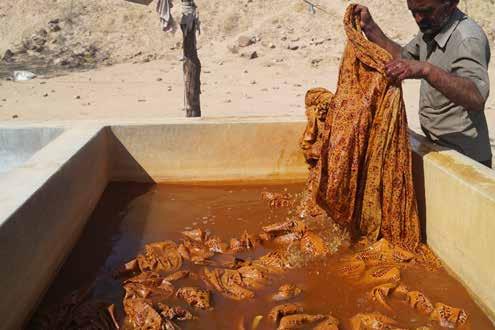 Image241 tools and dye use for printing,the tools are wooden carved with motifs of flowers in organic and geometric patterns and the dye is made from gond.
Image239-240shows washing in tanks and then left to dry in the sun.
Image241 tools and dye use for printing,the tools are wooden carved with motifs of flowers in organic and geometric patterns and the dye is made from gond.
Image239-240shows washing in tanks and then left to dry in the sun.
145
HistoricallyIntroductionembroidery
on textiles was seen as embellishments on the clothes. This was done using a needle and various colorful threads. These embellishments were personalized expressions from the artisan to the person she is gifting. It symbolizes passion and love for the daughters, family, and relatives. This desire to embroider and add colors to their clothes comes from the plain and arid landscape surrounding them. The women of different communities sit every day in the afternoon to do embroidery on clothes, acting as a socializing system. The older women of each house teach their daughter and granddaughter from a very early stage and encourage them to make more which could then be taken to their new homes when married and can be used to decorate their homes and display their embroidery to their in-laws.
 Image241 shows a woman in choutan doing embroidery which consist of patchwork and jogi kaam
Image241 shows a woman in choutan doing embroidery which consist of patchwork and jogi kaam
146
Over time with the type of topography and the landscape that the region has, people diverted themselves from agricultural practices to making and selling of their textiles of daily use as their crafts. This generated a scope for employment and became a part of their livelihood.
Image242 showing applique
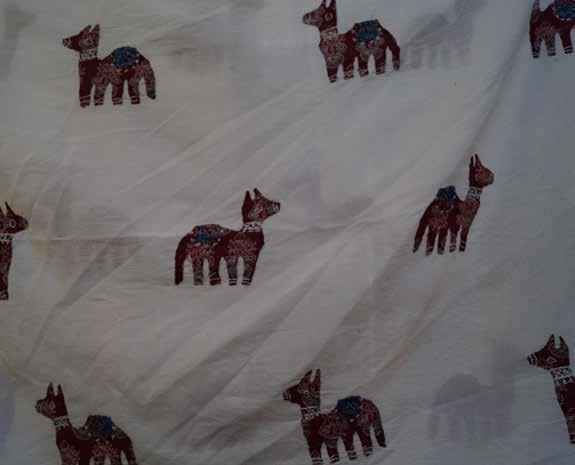
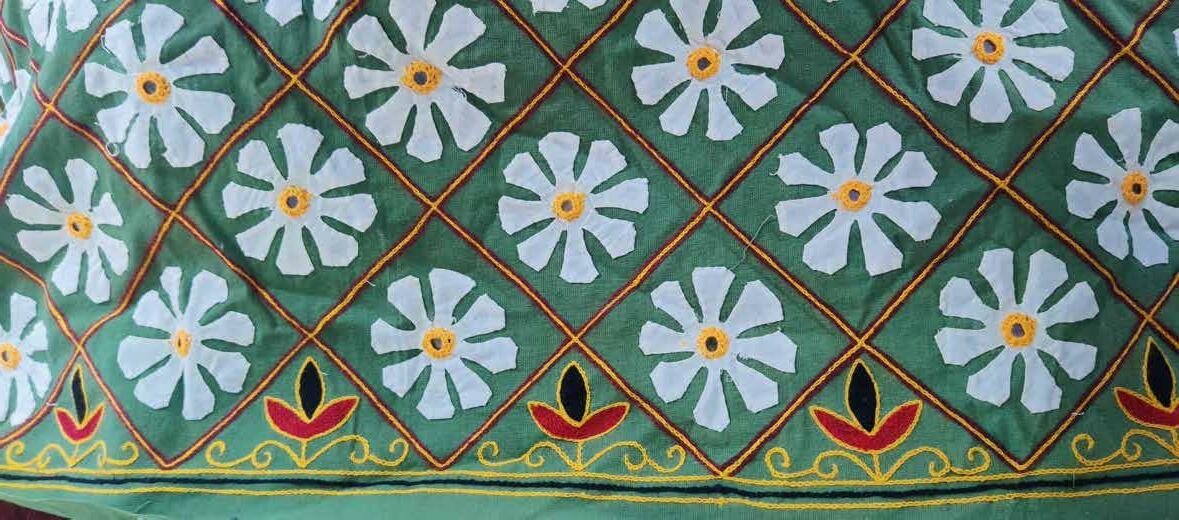
Image243-244 showing patchwork inspired from faunal diversity such as camel and horses
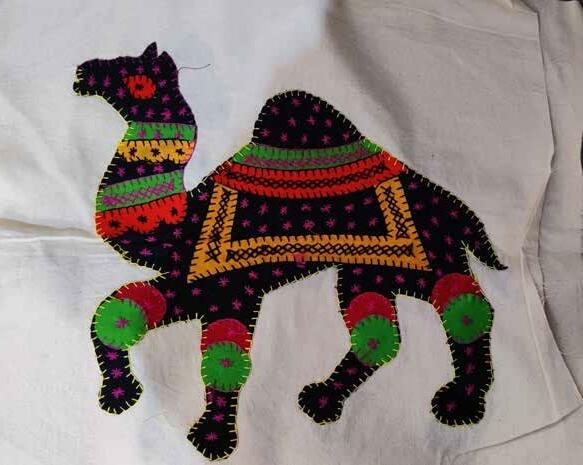
Image245 showing embriodery work isnpired from different flora
Image246around
showing a kind of stitch known as kantha work in local language.

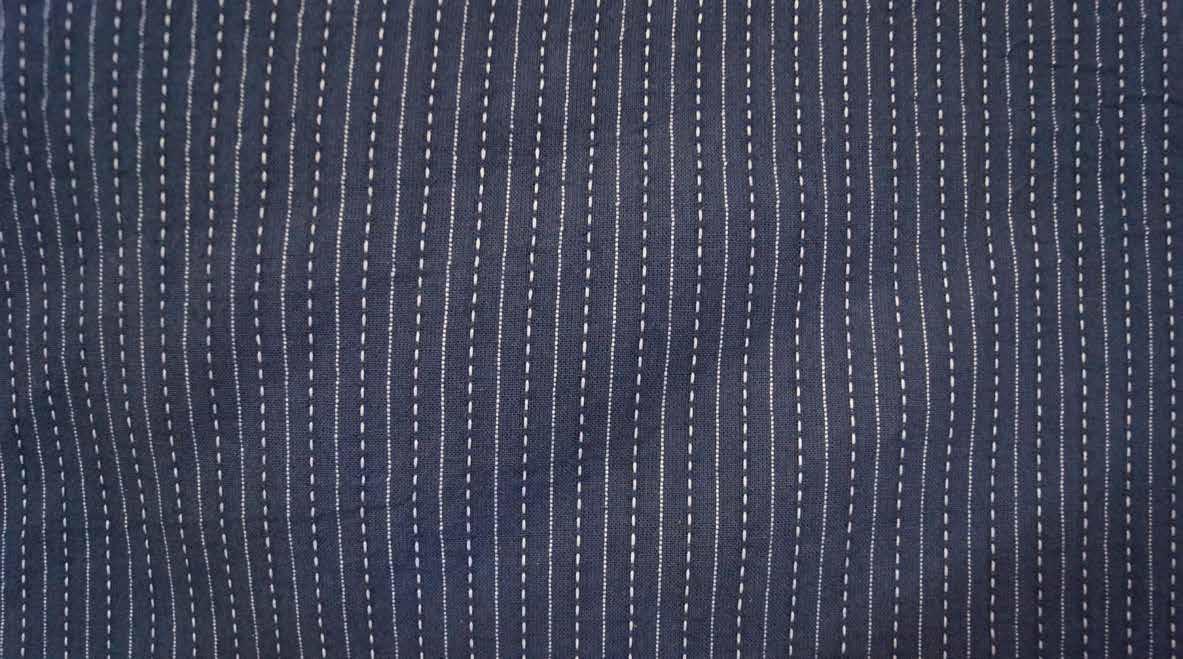
147
Applique
Barmer is very well known for crafts that consist of Applique and is one of the most traditional crafts found in the region. Applique, locally known as katab, is the craft of reusing old fabrics. The Marwari communities majorly do the distinguished craft of Applique. The technique involves stitching small pieces of fabric on the larger one by creating unique cut-out patterns. This sewing method was majorly done to strengthen the worn-out areas and serve as a patch over the holes. These clothes were earlier used as textiles given during dowries or for objects to decorate their home, pillow, and sitting mats. Since these objects were a part of their lifestyle, all households had their unique way of doing it, reflecting their personal choices, color selection, and stories, creating a personal and unique theme. The patches of bold and bright fabrics contrast with the existing base fabric, creating a unique palette specific to the region.
Image247 showing a women doing applique inspired from floral patterns and the surrounding

148
The vivid multicolored motifs are an inspiration from their immediate surroundings, including figures of birds, animals, florals, and other nature-inspired patterns. These cut-outs and patches can be stuck in various ways to create exciting patterns further. The patterns and color selection reflect their vibrant lifestyle and become part of their overall culture.
Image248-249 showing women doing applique in combination of different shades in base and the main fabric.

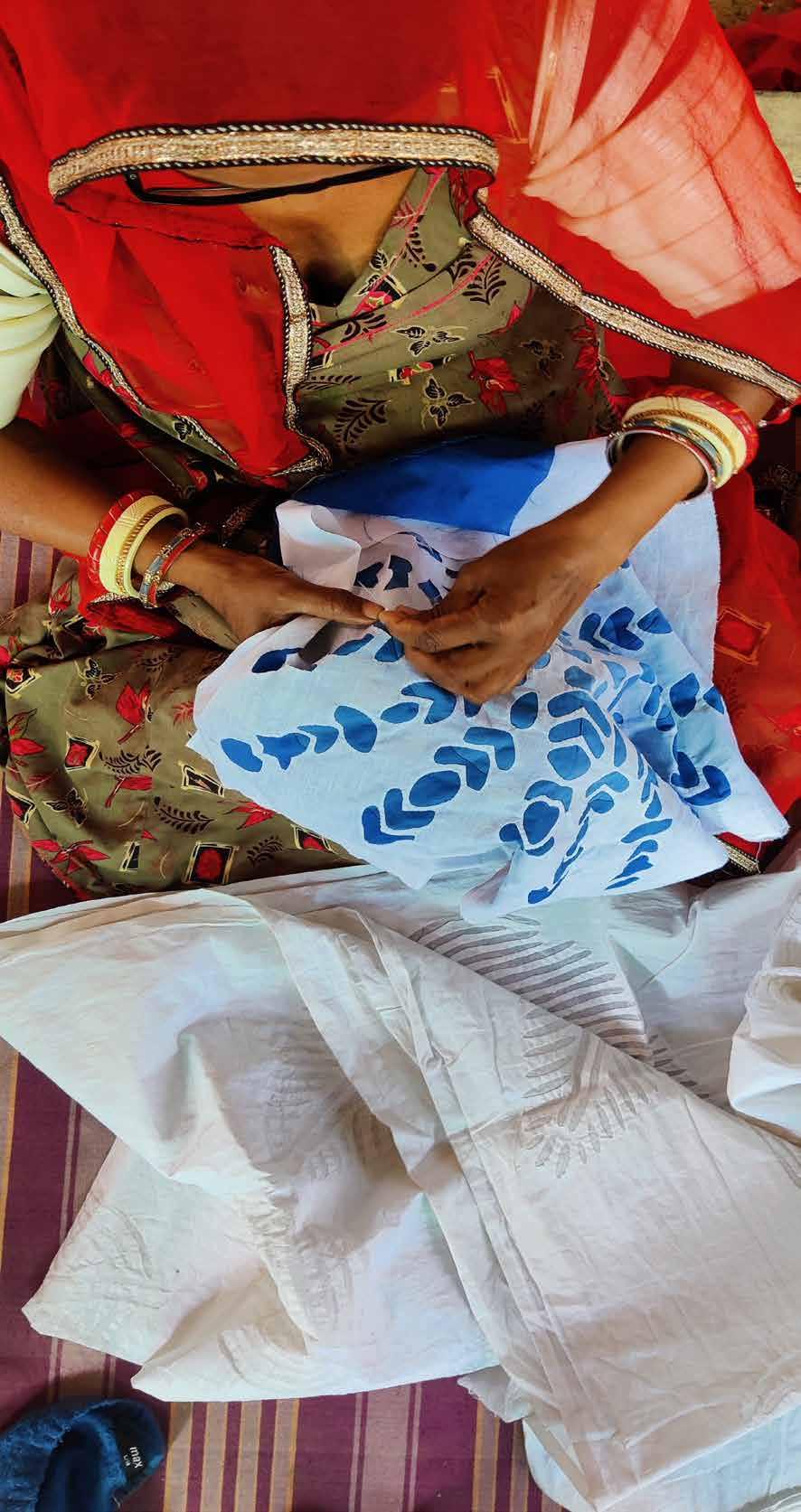
149
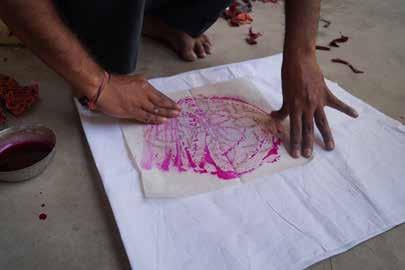
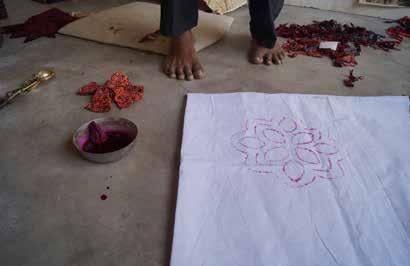
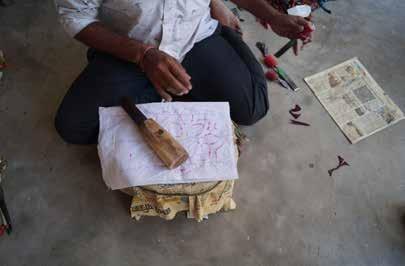
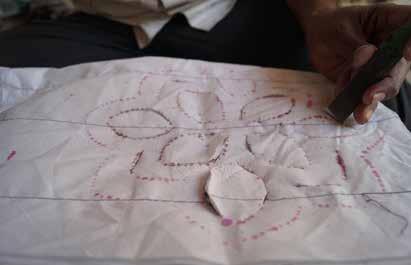
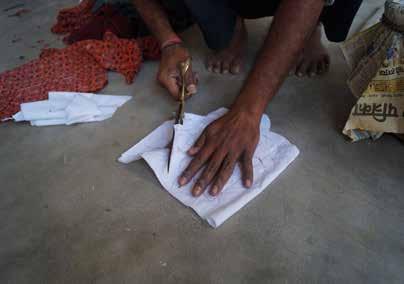

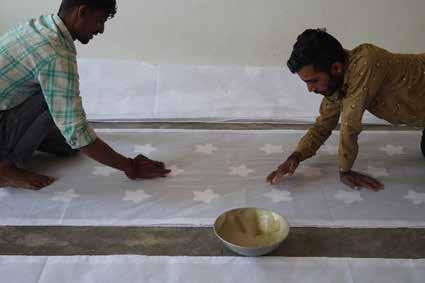
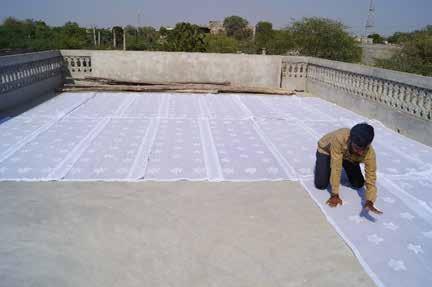
150
Process
The primary raw material required is two clothes, where one becomes the base, and the other is the appliqued to the base. The materials like camerik, organza, and chanderi, along with cotton, are also used. The other raw materials used are a chisel, hammer, scissors, Arabic gum, needle, and thread.
Firstly, the design to be done is drawn on the tracing paper and then transferred to the applique fabric by piercing holes through the tracing paper. Then, with water-based erasable ink, the design is transferred from the tracing to the fabric in the form of dotted lines. After the fabric is dried and the required pattern is traced, the shapes and motifs of the pattern are then cut along the dotted lines using a chisel and hammer. Once the cutting is done, the appliqued fabric is ready to be pressed against the base fabric using the Arabic gum, a mixture of wheat and babul paste. The cut pieces are pressed on both the sides of the base fabric with the hands, carefully avoiding the folds. The fabric is then left to dry in the sun for 2/3 hours. The cut fabric edges are stitched using the Hemstitch with matching or the contrasting thread of the base fabric. The corner is kept sharp while the edges are softened. The fabric is then soaked in water to remove the excess gum and soften the entire fabric. After the fabric is dried, it is properly ironed and ready to be sold out.
The selection of motifs still remains the traditional ways in which they were inspired by nature and hence majorly consisted of floral patterns. The pipal tree, which holds a religious value, is seen as one of the significant motifs known as the Tree of Life, with figures of sparrows, camels, and elephants surrounding it. These motifs still maintain their traditional significance through the selection of colors.
Figure250-257 showing the process of applique
151
Applique today
Barmer is very well known for crafts which majorly consist of Applique and is one of the most traditional crafts found in the region. Applique, locally known as katab, is a craft of reusing old fabrics. The Marwari communities majorly do the distinguished craft of Applique. The technique involves stitching of small pieces of fabric on the larger one by creating unique cut-out patterns. This sewing method was majorly done to strengthen the worn-out areas and serve as a patch over the holes. These clothes were earlier used as items given during dowries or for their objects to decorate their home, pillow, and sitting mats. Since these objects were a part of their lifestyle, all households had their unique way of doing it, reflecting their personal choices, color selection, and stories, creating a personal and unique theme. These patches were fabrics consisting of bold and bright colors that contrasted with the existing base fabric and created a unique palate of amalgamation of all bright colors specific to the region.
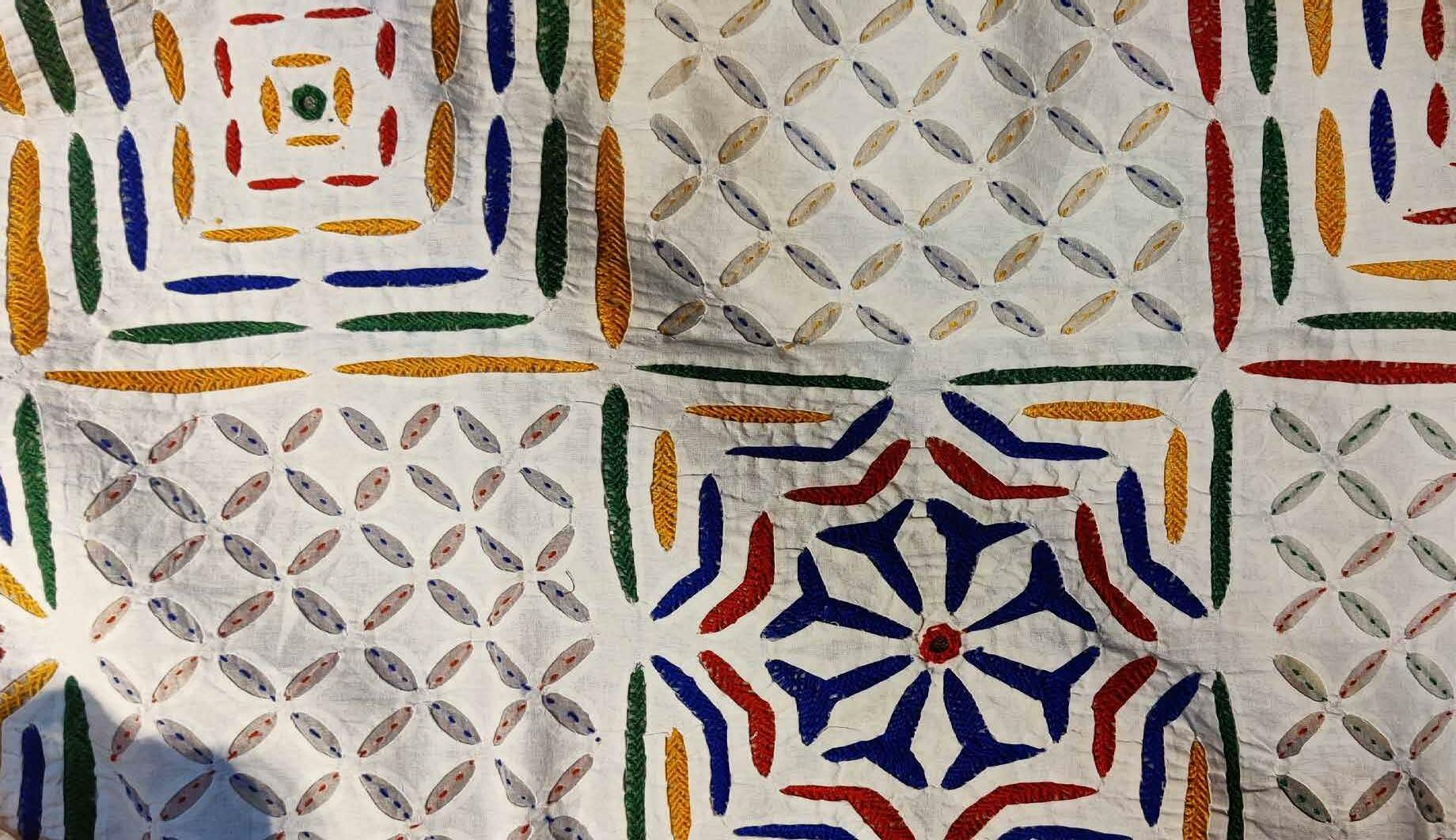 Image258 showing one of the most used patterns in applique with use of traditional colors such as marron red, blue,ocher yellow and dark green
Image258 showing one of the most used patterns in applique with use of traditional colors such as marron red, blue,ocher yellow and dark green
152
The selection of motifs still remains the traditional ways in which they were inspired by nature and hence majorly consisted of floral patterns. The pipal tree, which holds a religious value, is seen as one of the majorly used motifs known as the Tree of Life, with figures of sparrows, camels, and elephants surrounding it. These motifs still maintain their traditional significance through the selection of colors.
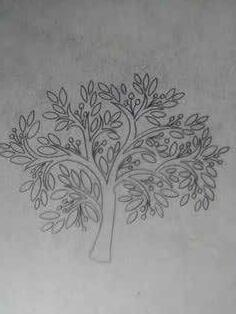
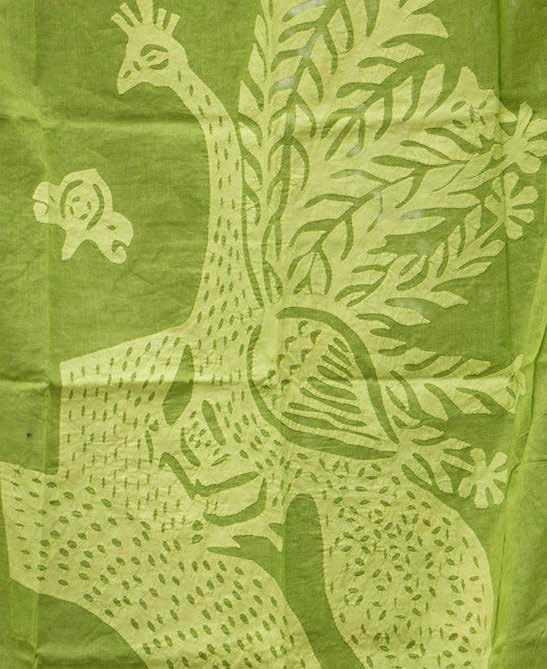
Earlier, the appliqued fabric and the base fabric were a combination of the color of various bright colors that reflected their ideologies, the community they belonged to, and the specific culture and traditional practices which has been followed for years. This selection of colors is a combination of both subtle and pale as well as bright and contrasting. The significant colors were stunning, red, purple, yellow, green, and black. Over time, with designers’ intervention, the palate became more monochromes where the base and the applique fabric were of the same color. The use of white as a color has increased extensively.
Image261-262 shows their motif patterns done on tracing pattern before embroidering on the fabrics.
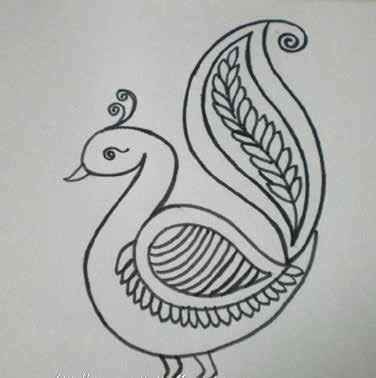
Image260 shows textile pattern in geometric flora motif. Here the contrast is created using complementary colors.
 Image259 shows textile pattern inspired from the peacock. Here the color contrast in creating by using similar tones of same hue
Image259 shows textile pattern inspired from the peacock. Here the color contrast in creating by using similar tones of same hue
153
Pottery
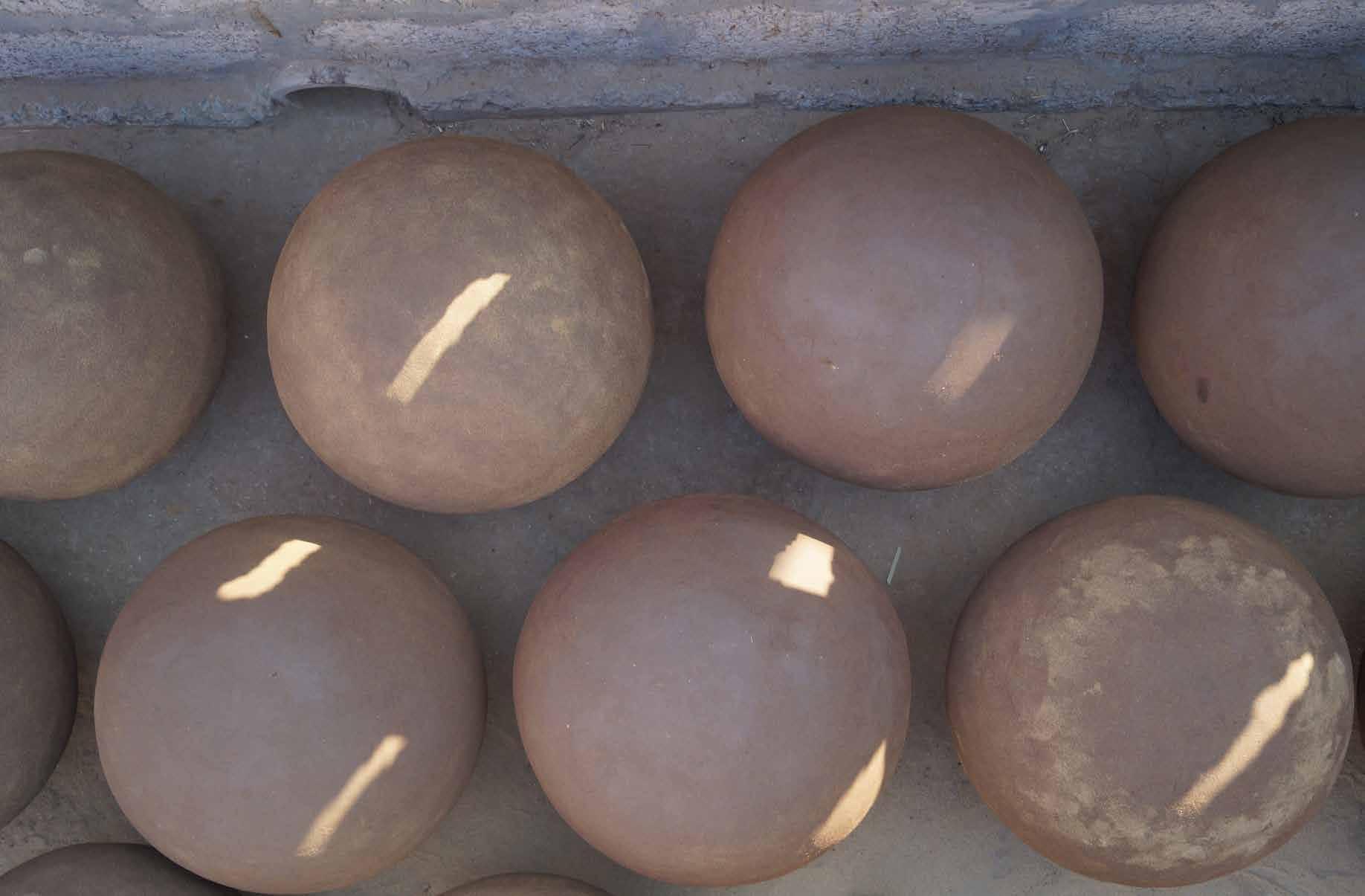
Pottery is the earliest form of livelihood. Since the times when people observed the need for permanent storage in their homes, they started making pots and storage out of the available soil. In other crafts where the problem arises due to availability and cost of materials, pottery was always devoid of these problems. This marks its way into staying into the most authentic crafts as the earth used, belongs to their immediate surrounding, thus making it native to the region.
Image263 showing pots left out to dry. The colors of the pot change as they undergo the process of drying.
154

155
The Process
Sand from the surroundings (mainly from the desert) is collected in specific proportions. The color of the sand ranges from beiges to ochers and browns. After sourcing, the Earth is mixed with proportionate water, turning into the clay of darker brown shades. The water is then drained, and the slump of soft, bubblefree is ready to be molded on the wheel. The tone of brown in the clay depicts the moisture and suggests the artisan uses the clay accordingly. The typical brown-toned clay is then put on the spinning wheel to shape the pots in the desired shapes and sizes. The pots are then kept to be dried out in the sun, which is observed by the change in the shades of brown to ocher yellows to again darker browns which indicates that the pot is dried out, fired and ready to be used.
Decorating is a crucial element of all their objects. These pots are also colored using the red hematite or the brown soil, mixed with lime water to form a paste. Neem or bamboo twig is used as a painting brush, while sometimes tips of fingers are also used as brushes.
Drawing and coloring act as another layer that defines the pots simply by using these typical colors. The women of the house do ornamentation through specific patterns and motifs. The patterns are drawn along the circular body around the mouth and on the bottom sides. The colors such as gheru red and brown are used to decorate the pots, enhancing and defining their form and character.
Image264-269(on right) showing the process of pottery from from collectiong sand to painting it.
156


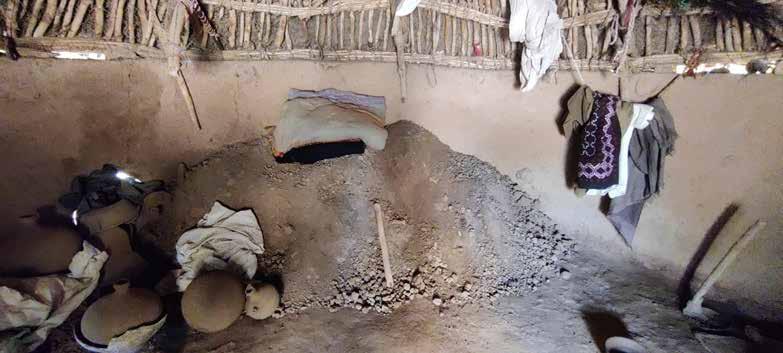
157
Leather Craft
The leather cluster of the Barmer is located in the city. Their settlement is known by the name Mochi Nivas. Regar community and several other tribes of Barmer are engaged in making all kinds of leather products, amongst which mainly are mojadis and juthhis (a type of footwear for men and women).
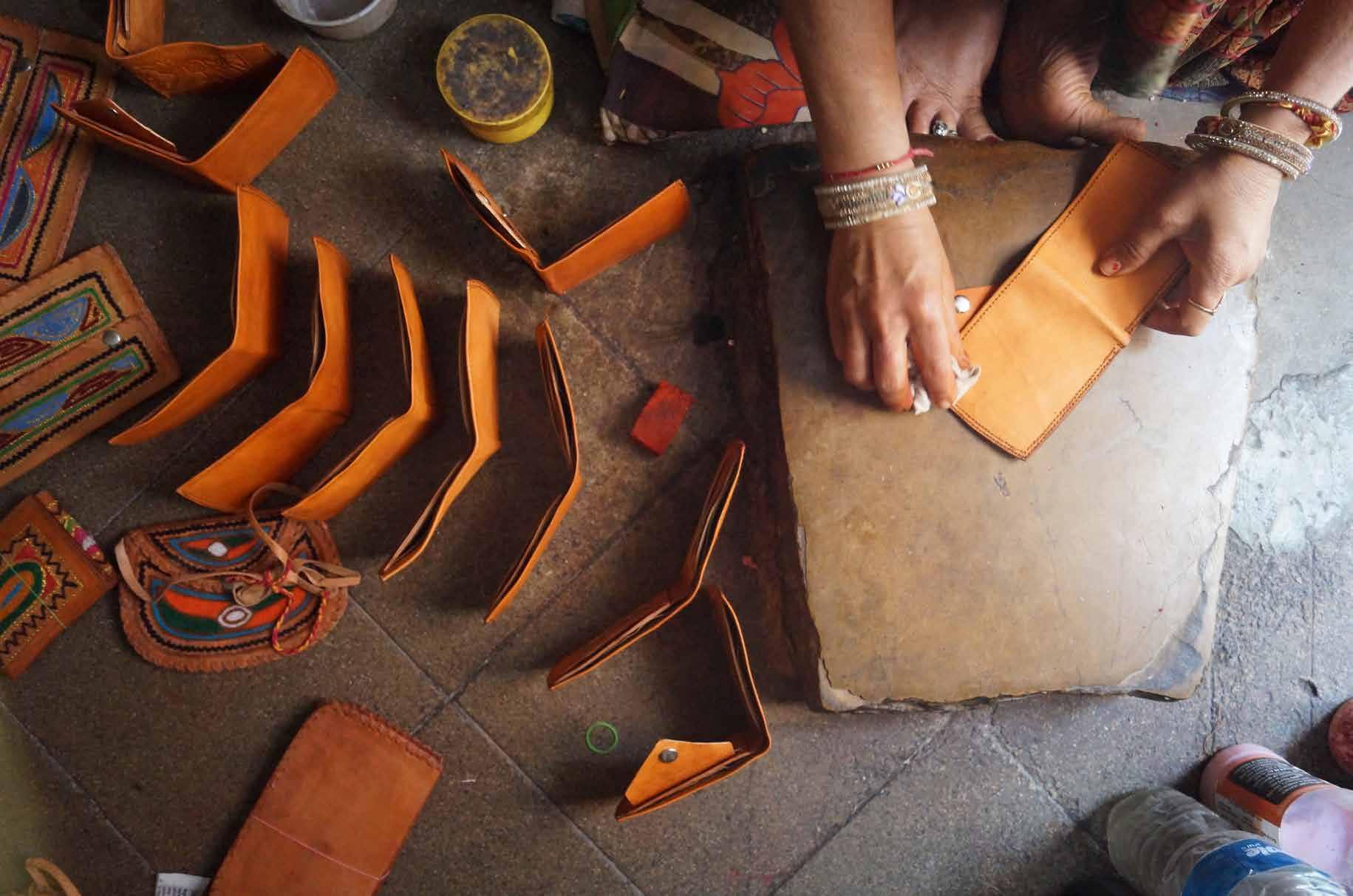
Leather is a natural and biodegradable material extracted from animals’ skin, such as goats, cows, buffalo, and camels. It is known as chamda in the local dialect. The thickness of the leather determines the quality, and it increases from cow to camel respectively.
The camel skin is majorly exported or used by big companies, while the artisans of these communities use the goat and cows’ leather. The versatility of the material is reflected in the all the different ways it is used, ranging from products such as bags, belts, wallets, mojadis, and juthis,
Image270 showing a women polishing and giving final touches to the leather prodcuts. The polishes also act as a major factor in determing the colors of the products.
158
The process
The process of making leather products starts with tanning the hides. Before tanning, the hides from the market are soaked in fresh water, which becomes rugged and durable when left to dry. The hide is then soaked again in the aankdo plant water, which softens it to prepare it for the scrapping. The scarping, known as chillai is done to remove the hair and other dirt particles. It is done using a blunt knife. It is further soaked in lime water (chuna) to remove the left-over hair, dust, and other impurities, which are further dipped in chemical solutions to remove the chuna. This process is known as tanning. During the tanning process, the faded leather, when brought from the market, changes its color from light ocher to a considerate amount of brown, giving the characteristic brown shoe of leather. After tanning, the brown-colored leather is then soaked into the bark of babul trees’ water which is used to impart the red color to the leather. It acts as a form of natural dye and is still practiced by some community craftsmen. The leather soaks in the water and gradually starts turning to darker browns and red shades in 8-10 days. The brown and the red-colored leather is dried
Image271-272 showing the process of chillai
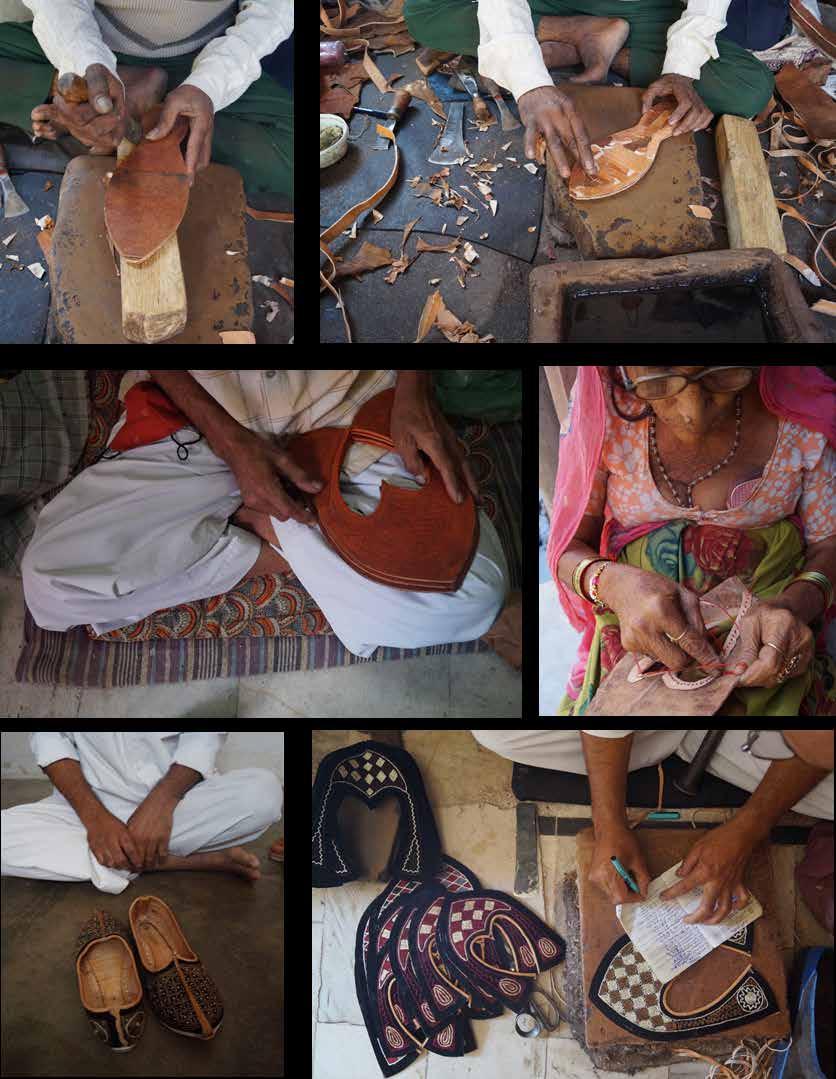
159
up and tilli ka tel is applied to soften and add the shine. The 2d sheets are then ready to be molded into desired form, shape, and size. Before this, the leather sheets are adorned with surface embellishments. These embellishments are all done with hands and are locally known as kashida kaam. The women of the community very precisely do the embroidery using all the different colors of threads and awl (a larger needle).


 Image273-278 showing the process of katab kaam.
Image273-278 showing the process of katab kaam.
160
The true artistry of these craftswomen is seen in their work, where along with the front side, the back and inner side are also well finished. Along with the embroidery variety of braiding and knotting techniques, including brass riv ets, are used as functional and decorative ornaments. The significant products crafted by these artisans are belts, wallets, bags, mojadis, jutthis, and much more. These products are then finished with different polish es, which add another layer of color depending on the shade of brown. These sturdy leather products last for years and ages beautifully, which again is identifiable property of the leather. The leather products of Barmer are subtly embroidered with distinctive colors yet cre ate a strong contrast to the brown base of the leath er. These bright-colored threads juxtaposed against the brown leather synonyms themselves with the overall pal ette that the city has generated so far. The patterns and the floral motifs are an inspiration from the surroundings and have remained classics for the years. These motif patterns and color selection have become symbolic to Barmer and contribute to the craft industry, which further reflects the culture and traditional practices of the city.
Leather is also an important raw material in making mu sical instruments like tabla, kamachya, and more, which Rajasthani folk musicians use.
Image279-280 showing the musical instruments made out of leather.

161
WOOD CARVING
Carvings in stone, wood and other materials have originated since ancient times. The Hindu and Jain temples were intricately carved with the precision to denote the ornamentation. The amount of ornamentation suggests the hierarchy in the society. From temples, the traditions are passed onto the havelis and forts of the kings and people of higher caste. Jaisalmer and Barmer are considered to be important sites for the origin of carvings in Rajasthan. Patwao ki haveli and various other Havelis are some of the great examples seen in Jaisalmer. In contrast, the wooden carving craft of Barmer got a significant boost after Indo-Pakistan Wars.
In present times, carving has been shifted from stone to wood and from havelis to furniture. Barmeri furniture’s roots remain as inspirations and are influenced by the motifs of forts and havelis. The lower caste people were well skilled in the craft of carving and have passed the knowledge from generation to generation and kept the craft alive. Hence these intricate and detailed carvings are a noteworthy feature of this furniture. Through the years, these wooden carvings have developed some signature motifs and patterns that have become an identifying element of the furniture and the overall region.
Image281 showing wooden carvings from an early time period. They are legs of wooden furniture.

162
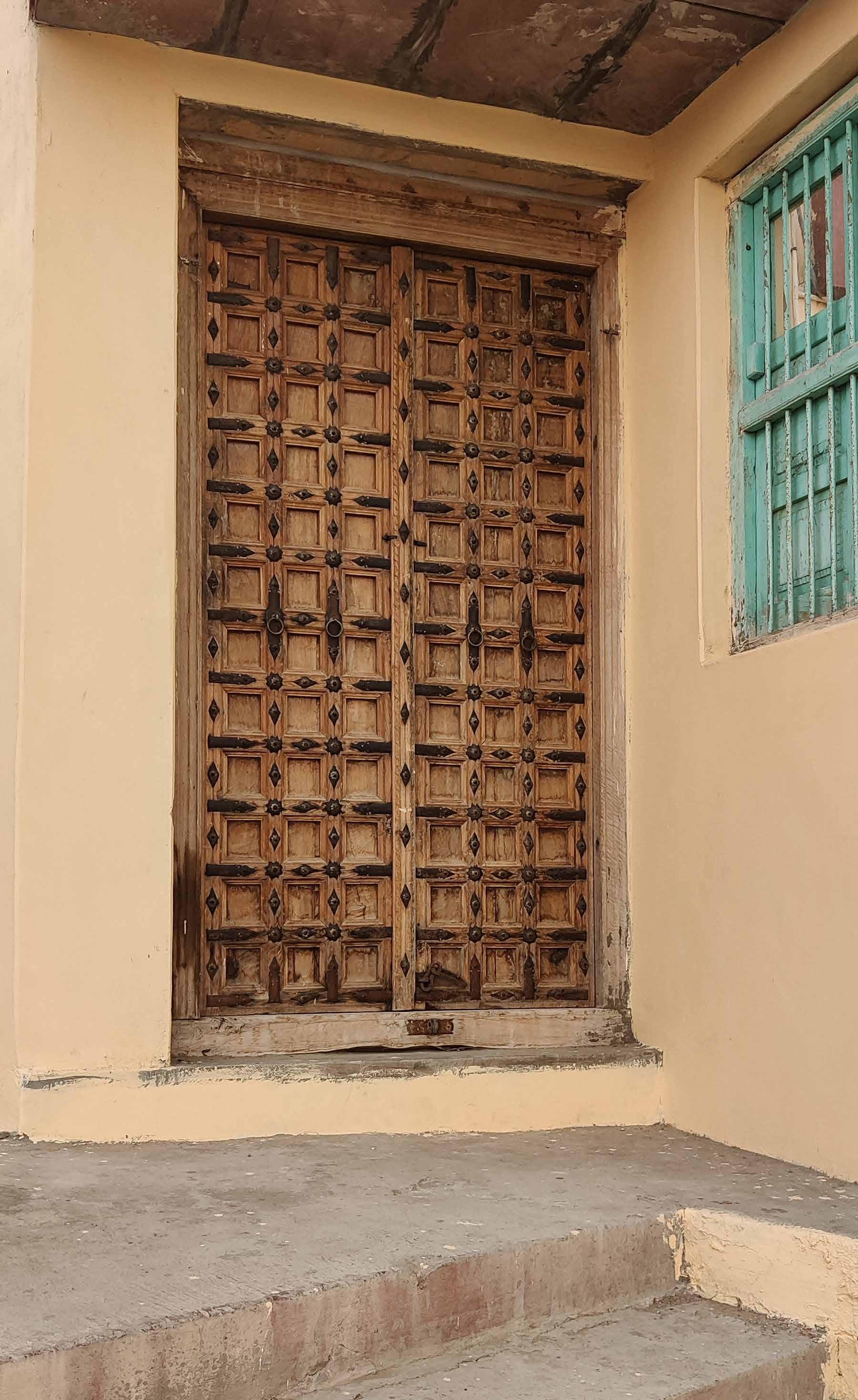
163
The Process
The sag wood imported from Gujarat is cut into the required sizes for the furniture to be made. The ideally ocher-colored wood with shades of light to dark brown veins running in-between provides a knot-free surface which otherwise was found abundantly in the local rohi da wood. The cut sizes are then marked for carving. The marking is done by hand with various tools ensuring the scale, proportion, and right angles for the precision. The carving is done with specialized tools such as a chisel and hammer. The cut pieces are then assembled with a 45 cut which is almost seamless until seen from close. The process is further completed by sanding, curving the edges, and cleaning them to remove all the sawdust from the carvings. Once through with this process, the furniture is further coated with different melamine polish es as per the required shade of brown. The ocher shad ed wood subtly attains brown shades, which overall cre ates a monochrome palette for the wood carving craft.
The ornately carved wooden doors and windows are still an essential aspect of the local house. The princi ples related to the amount of carving and hierarchy in the society still play a prime role in defining the region. These specific motifs and patterns, either floral or geo metric, are inspired by nature or the earlier architectural monuments that bring out the unique identity by con textualizing it to the region. These motifs and patterns are also found in their embroideries, which suggest the importance of specific motifs and patterns and how these motifs’ conscious and unconscious selection has created a cultural identity specific to the region.
164


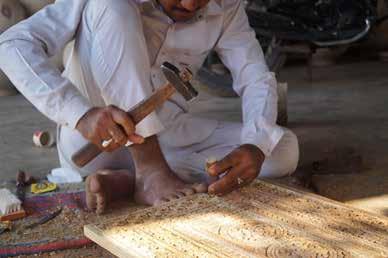
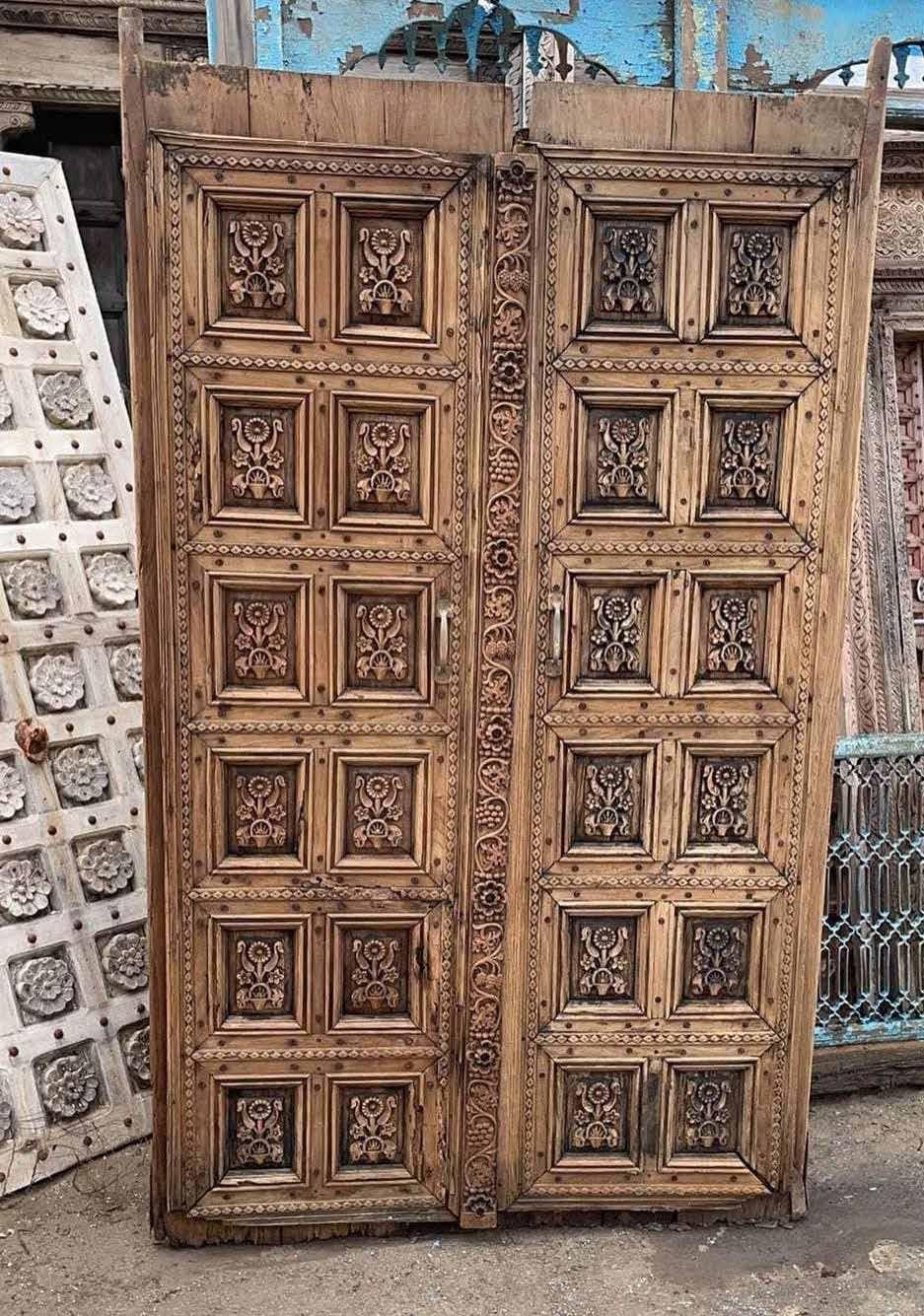
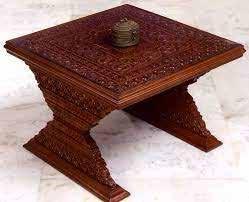
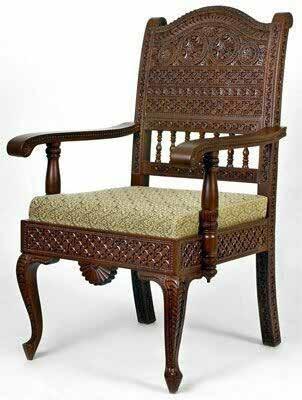 Image282-285 showing the process and the 286-288 image the final products with carvings inspired from surrounding environment.
Image282-285 showing the process and the 286-288 image the final products with carvings inspired from surrounding environment.
165
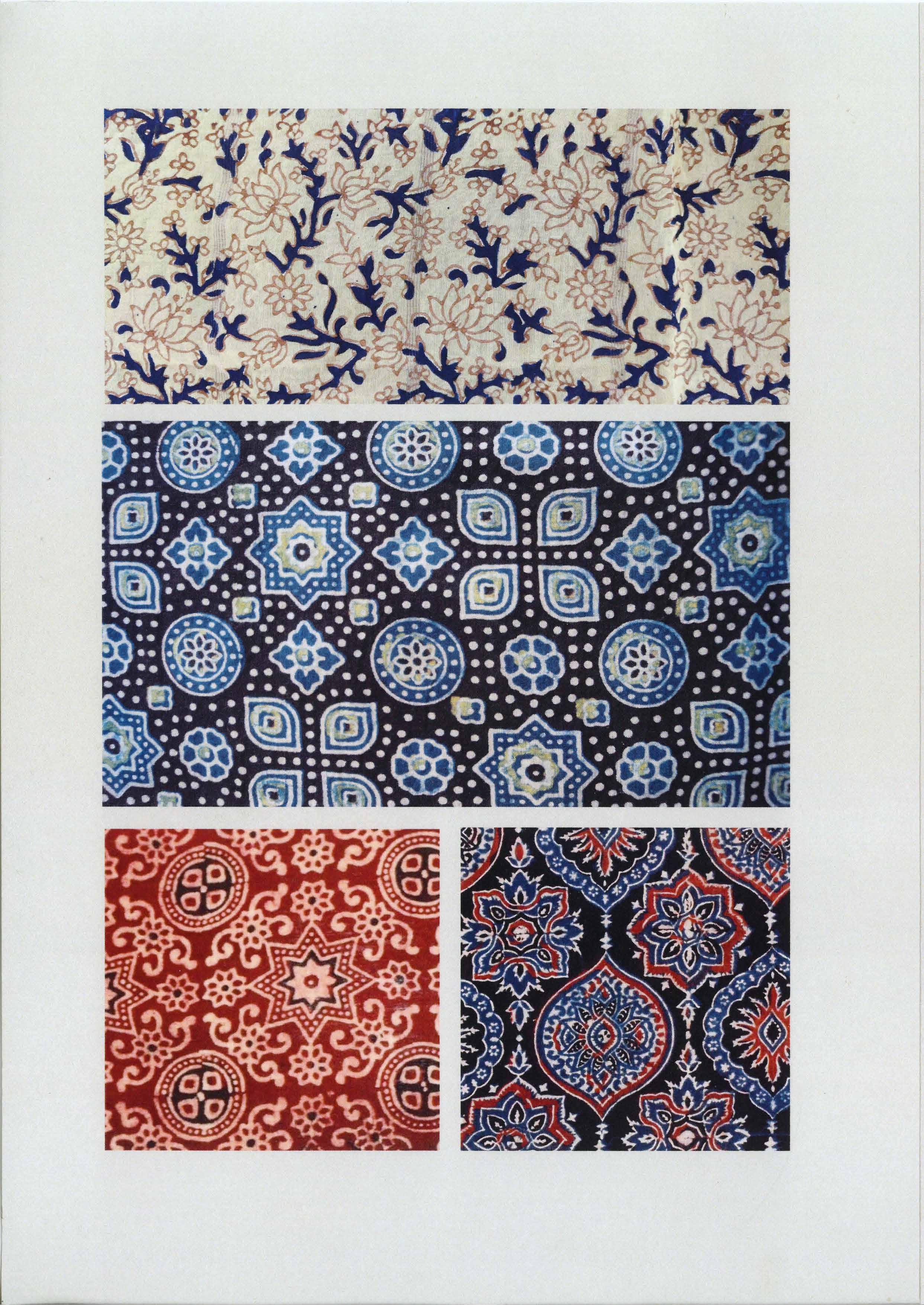 Image269-272 showing the process and the final prints of ajrakh representing its significant colors. The swatches of which are shown on right.
Image269-272 showing the process and the final prints of ajrakh representing its significant colors. The swatches of which are shown on right.
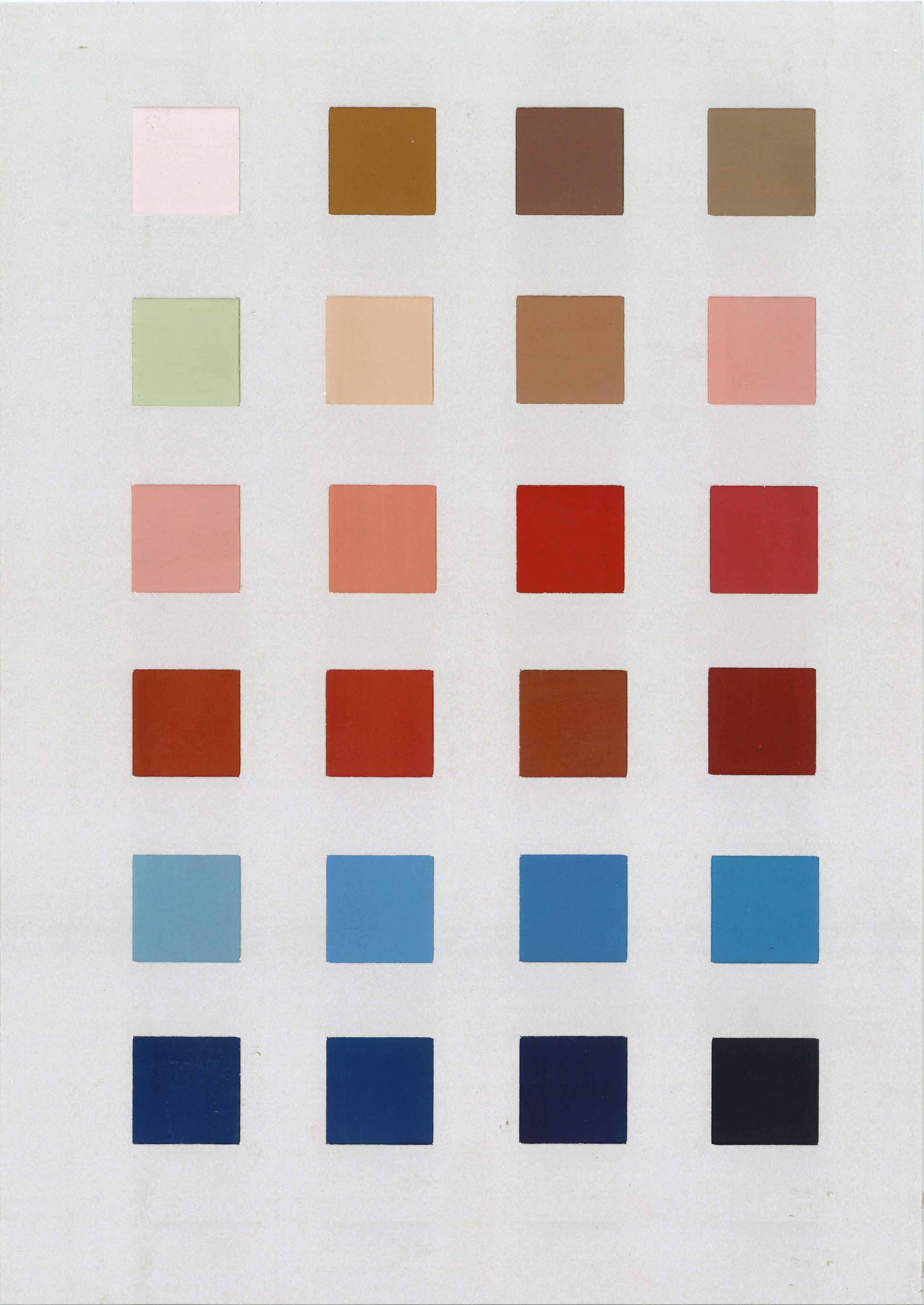
 Image273-278 showing the process and the final prints of textiles dyed with Indigo with all it significant colors. The swatches of which are shown on right.
Image273-278 showing the process and the final prints of textiles dyed with Indigo with all it significant colors. The swatches of which are shown on right.

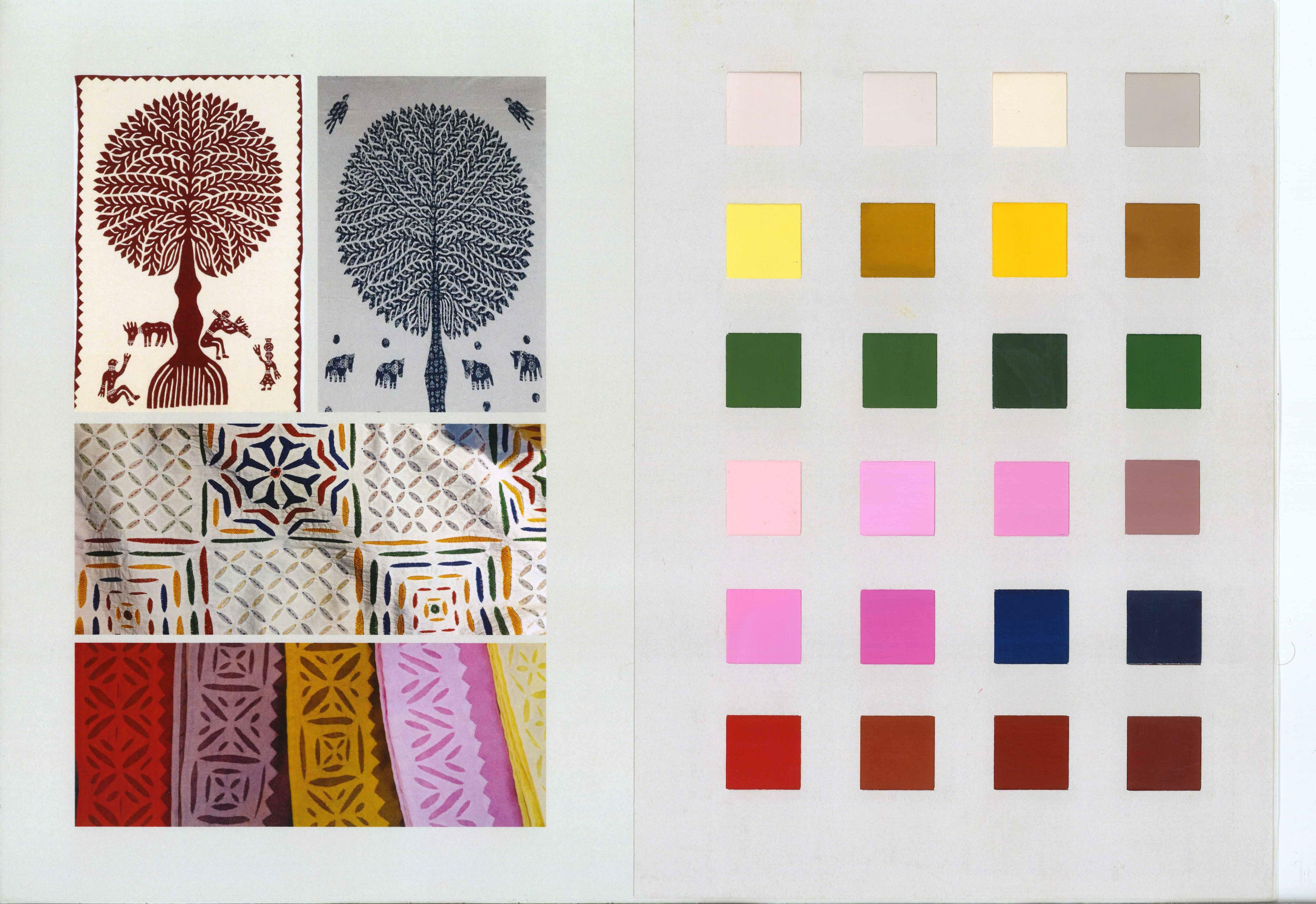 Image279-282 showing applique products and its key swatches.
Image279-282 showing applique products and its key swatches.

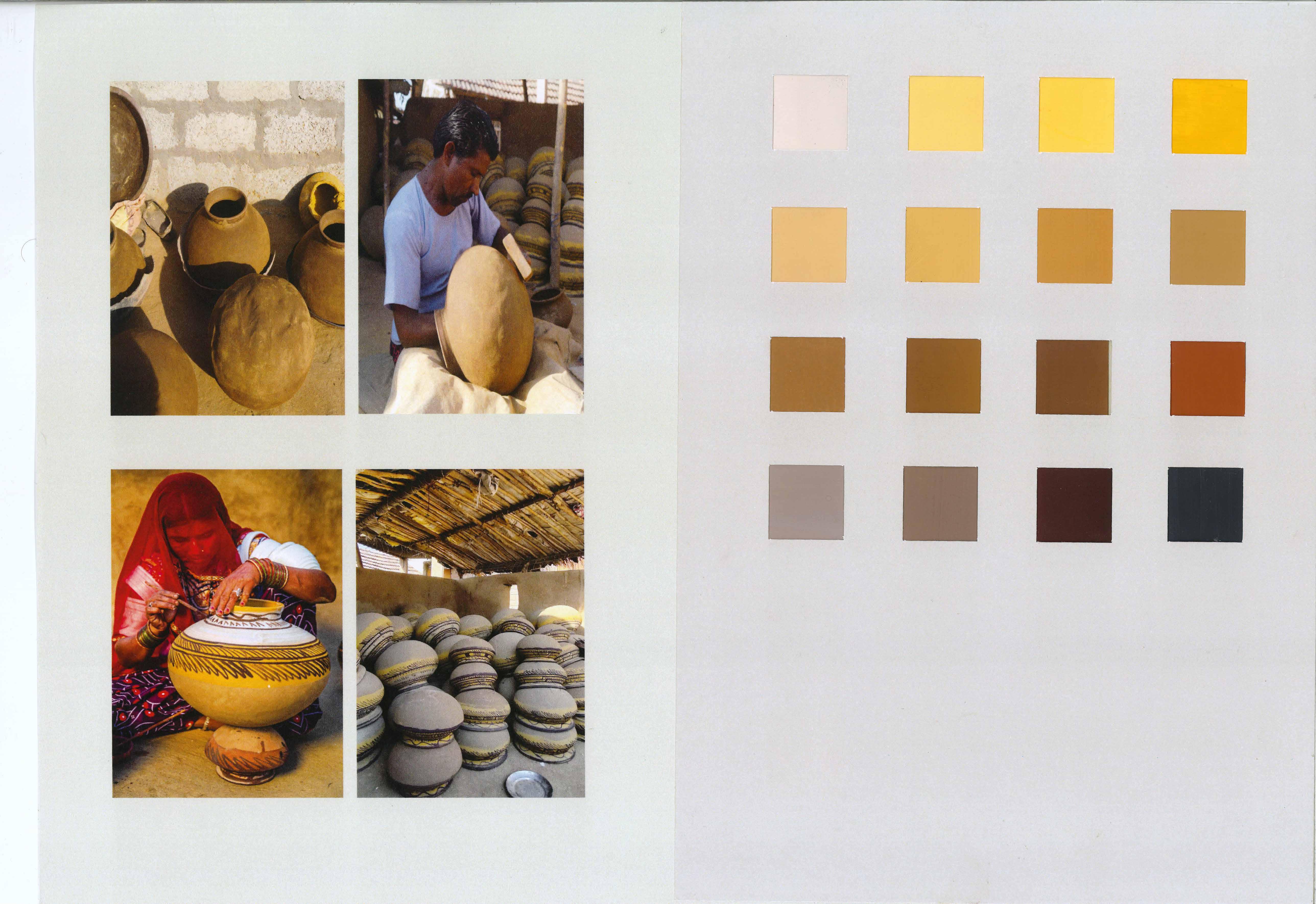 Image283-286 showing the process and the final pottery outcome. The swatches on the right show all the key colors that
Image283-286 showing the process and the final pottery outcome. The swatches on the right show all the key colors that

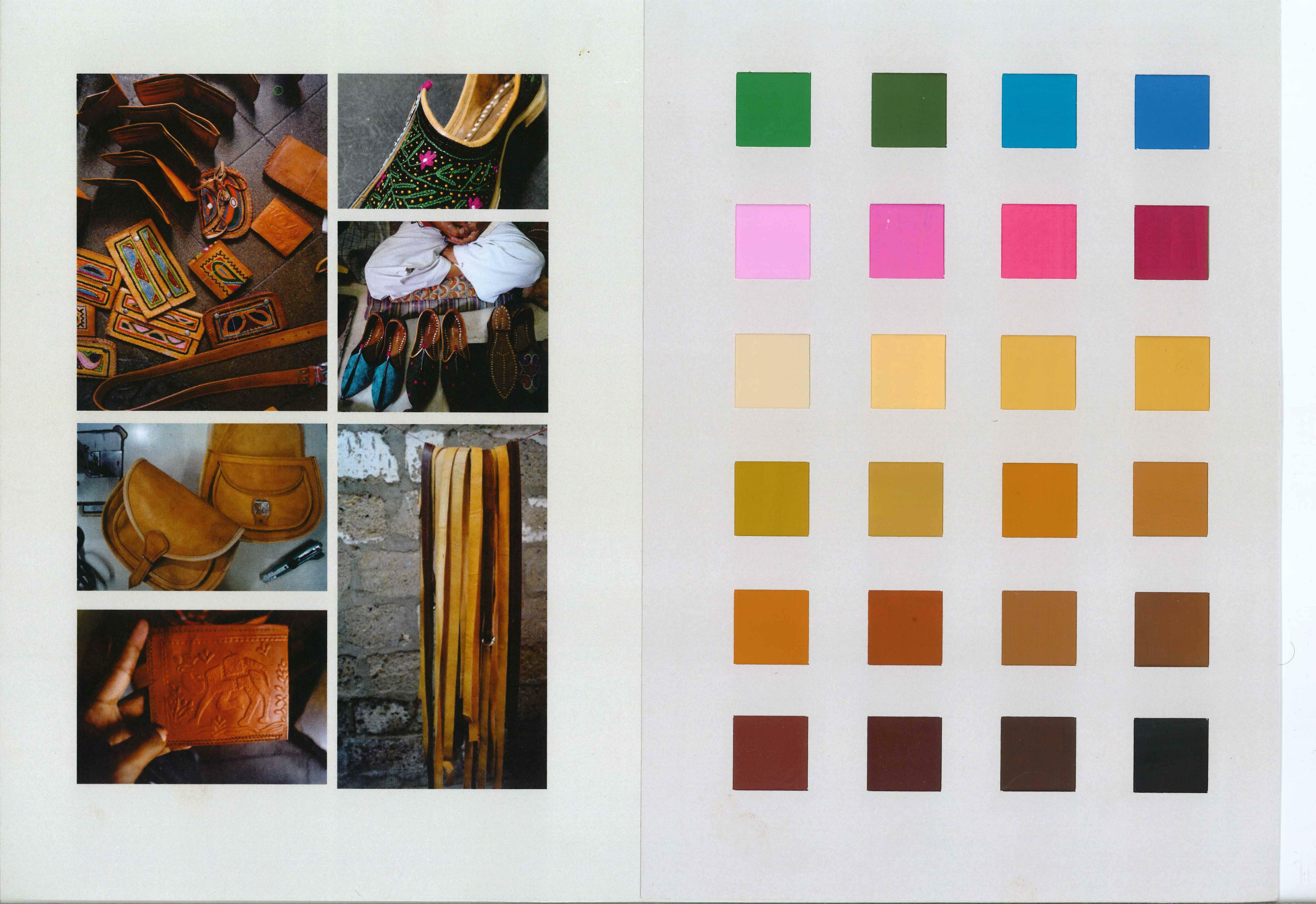 Image287-292 showing the various products of leather crafts and its significant colors swatches on right.
Image287-292 showing the various products of leather crafts and its significant colors swatches on right.

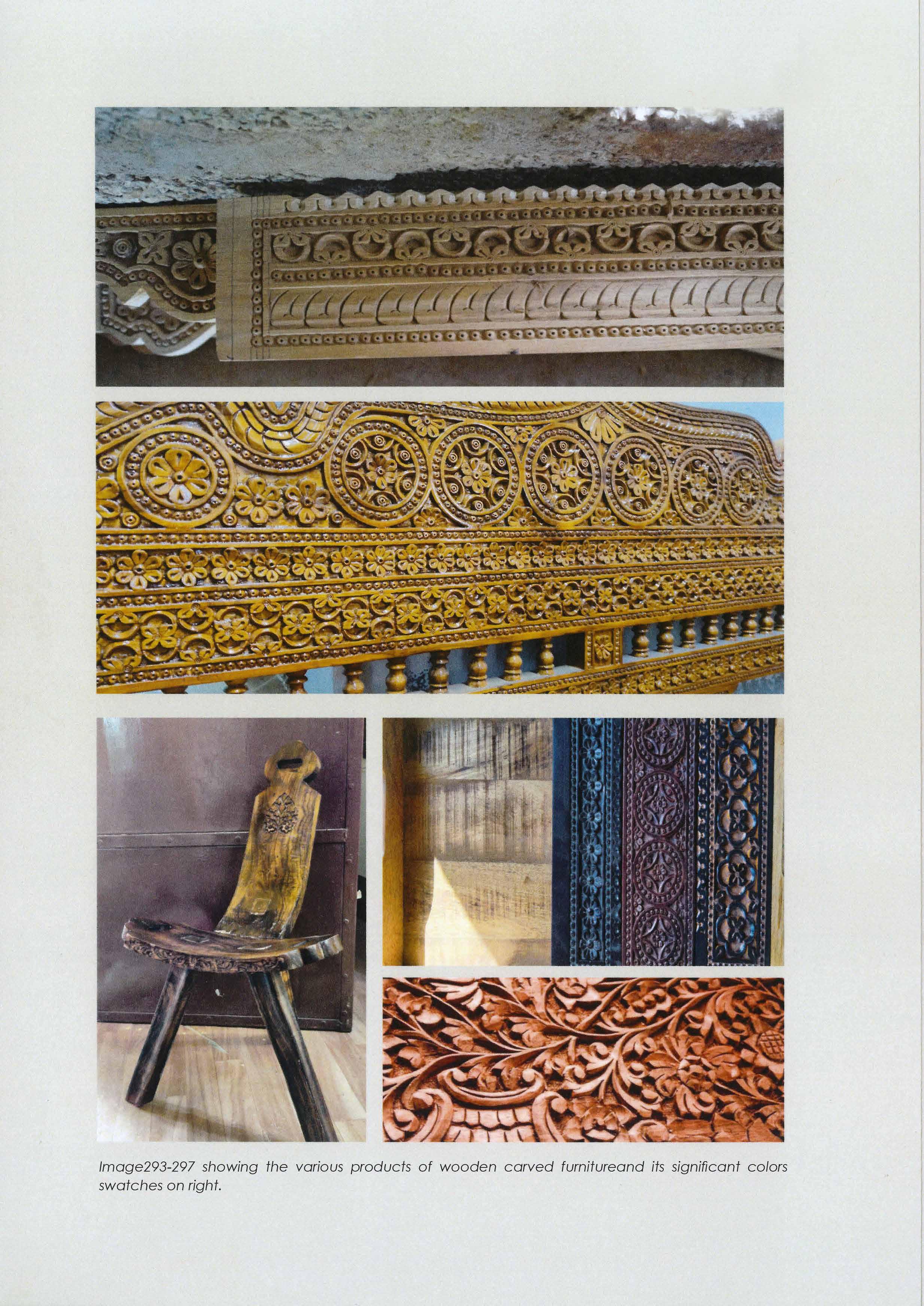
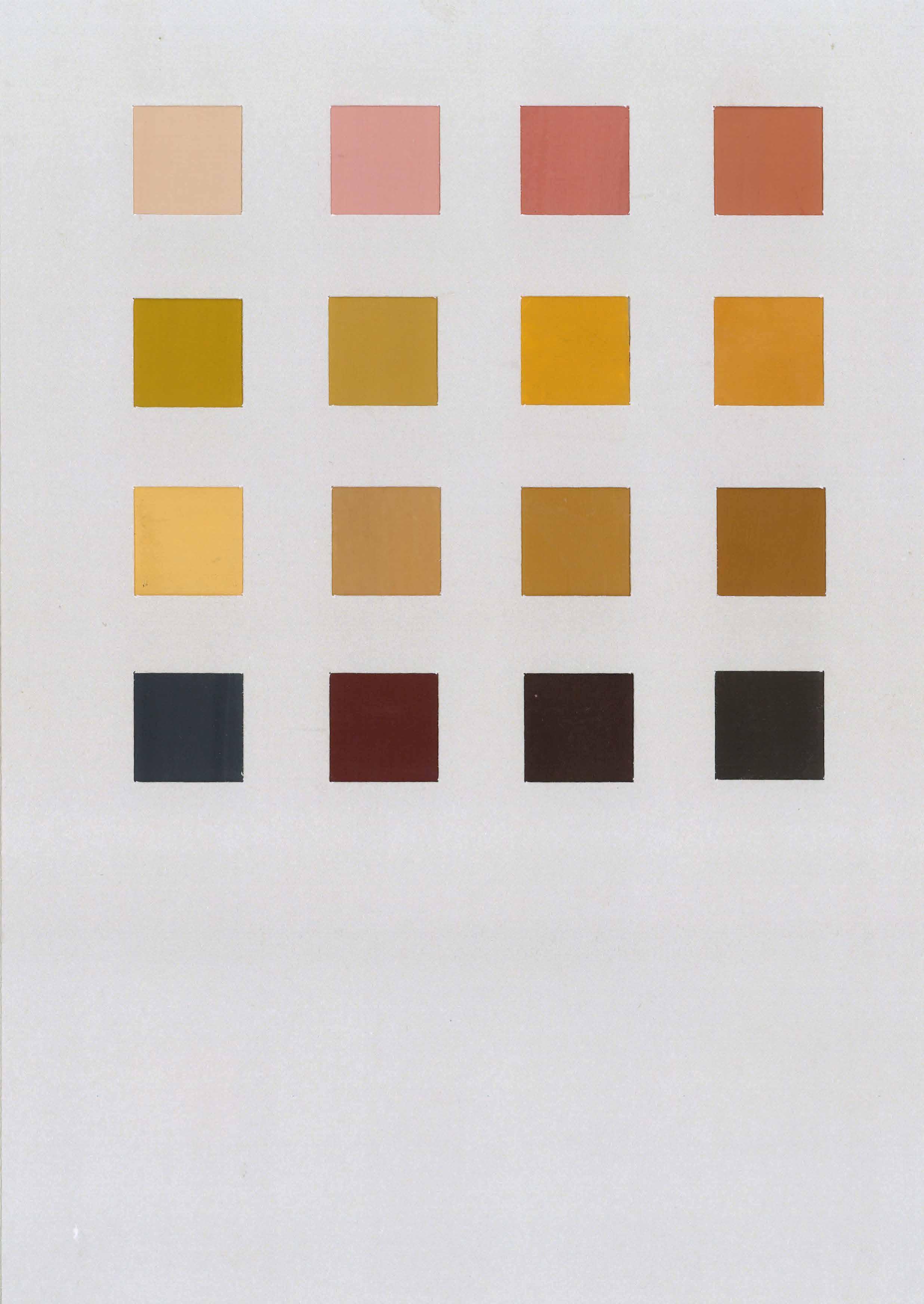
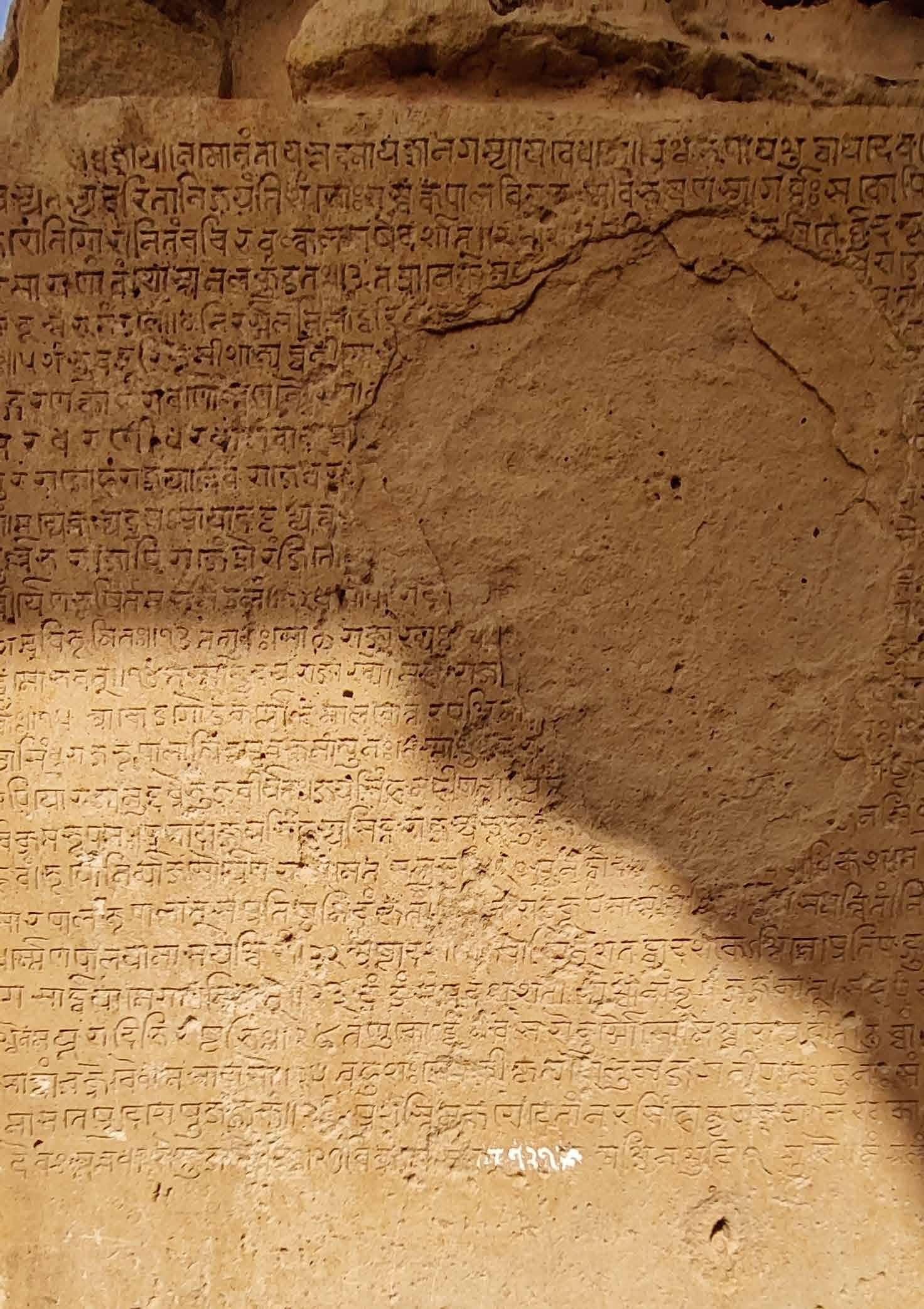
Part C: Culture
179
-Cultural History -Craft -The-ReligionTraditionsandRitualsRitualofDecorating House -Music
Cultural History
Rajasthan which has always been referred to as a nomadic state houses various nomadic tribes and communities coming from the country as well as across the country. Amongst all the States, Rajasthan is the largest state which shares its border internationally with ConsideringPakistan
the geographical positioning of the Barmer on the map, where it shares its borders with Pakistan, a lot of communities have been traveled from their and have been a part of region for the longest times. The desert regions near the border comprises of Sindh Muslims which are said to travel from across the country during Indo-Pakistan war in 1950’s. This allowed for exchanges of social cultures in form of religion, dressing, food, marriages and other values that both the side of border hold. The exchange of different communities between India and Pakistan continued till 2000, after which the migration was stopped and the people at the border settled accordingly but the traded values have remained through all these years. Hence it can be stated that social structure which has been formed over the years is a combination of both Hindus and Muslims, culture with a major influence of Pakistan.
This ethnic framework of cultural diversity, marks the cities of Thar desert as unique strategic points of study of cultures and people of the region. The cultures with its values and stories come with specific colors which become its identifiable features in itself. The migration of Sindh Muslims in Barmer, show a very typical way clothing, textiles and crafts through patterns, embroidery and selection of colors in comparison to that of Hindus. The colors and the used by Muslims have a lot inspiration from the Islamic patterns comprising of colors such bright
180
greens, black, and oranges along with shining golden embroidery. In contrast to that the Hindus have their inspiration in form of gods and more nature-oriented motifs comprising of subtle colors.
Taking into the consideration of the specific terrain that the region has which is arid and semi-arid, people kept on travelling from one place to another in search of food, water and other daily needs. People here lead a rough life with minimum or no availability of water and food for cattle. This resulted in nomadic culture where people along with their livestock were in a search for food, water and other basic necessities. The nomadic culture also resulted in trading of textiles, salt opium and other goods. They would make their way through the golden yellow dunes and burnt brown rocky hills of the desert under the scorching heat to sustain a life for
Nomadismthemselves.became
a way of life for them. The constant travelling motivated them to build a strong relation with natural environment and to adapt themselves according to it. Their diet included local desert food such as khejri, phog, millet, maize and so on. They also depended on milk from their cattle. This dependency on the environment around allowed them to keep moving as these where the resources which could be able available throughout the desert and could help them survive the harsh conditions. With the time, they started settling in mud houses which again were made using the locally available materials which directly contextualized with the environment around. Their clothing which are a reflection of environment since light breezy clothes were used as fabric mostly cotton brightly colored in all shades of red, oranges, yellows and pinks. This selection and use of colors where in contrary to arid landscapes that surrounded them.
181
Craft traditions from the west
The entire track of Thar desert is rich in diverse kind of crafts and arts. The monotonous landscape and time in hand encouraged the women of the households to embroider old cloth pieces and to create something new which could be used for their present times. The womenfolk of backward classes and refugee Muslim from across the border adopted hand embroidery has their main source of livelihood. This embroidery craft on textiles was on general known as Bharat kaam in local dialect. They used their afternoon and free time to do Bharat kaam taking inspirations from the surroundings which majorly included nature as seen around while some ideas were also a part of their imagination. Over the years, these inspirations and imaginations have translated themselves into culture and traditions through a tangible craft form which can be categorized under various embroidery works such as patchwork, applique, jogi work (named after a community) and various other. This works was then adapted by different communities in their own ways, depicting their own culture through specific motifs and color selections. No one knows the exact origin of such crafts, but it could always be referred as cross exchange of culture through the border. This exchange of cultures could have only been continued through the initial bearers of this traditions as referred to as nomadic pastoral groups (as discussed earlier).
With the time these crafts gained popularity. These embroideries were more prevalent in lower castes as their daily lifestyle which reflected their own personalization and induvial expression which then with time converted to their crafts and now have become recognizable features for the different communities which in whole becomes the part of the region.
182
Religion and rituals
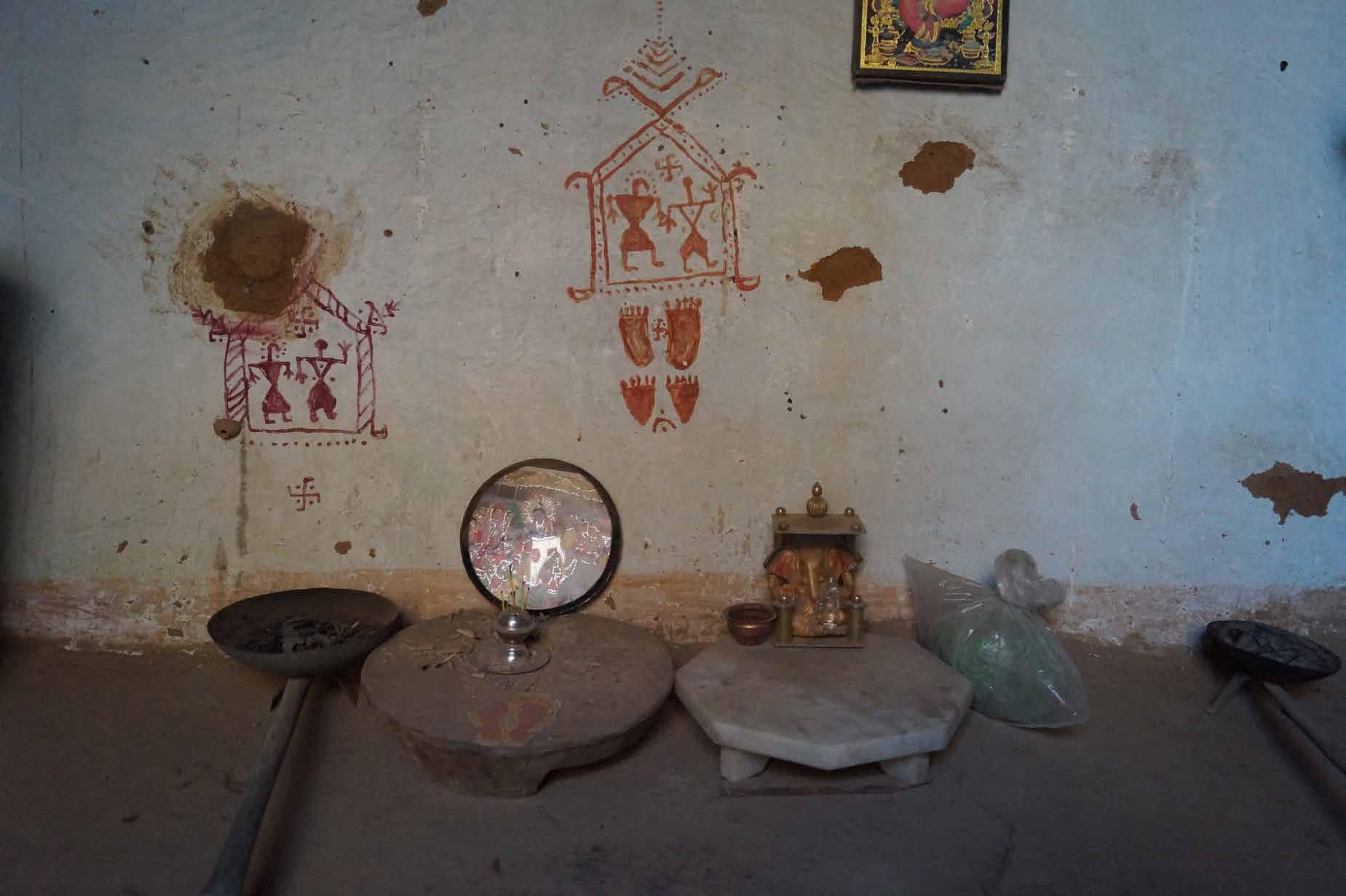
Barmer consist of all kind consists of people including, Hindus, jains and muslims. The important aspect of religious life for Hindus are worshiping their kul-devi. There are various clan that are historically connected by several ancestries of Rajput family where each clan has its faith in a particular god or goddess. There are several goddesses whose shrine are also present across the border (Pakistan), and some people do visit it yearly or during festivals even today. This deities function as historical tokens into the past and tell as a lot about the different social groups as well. They have stories, myth and rich legends which the local people narrate or sing in form of stories or folk songs. These practices become a rich part of their culture and a recognizable feature for the communities and the different ethnic groups.
Image299-300 shows mandir and tulsi plant which is considered sacred and is worshiped everyday in the morning
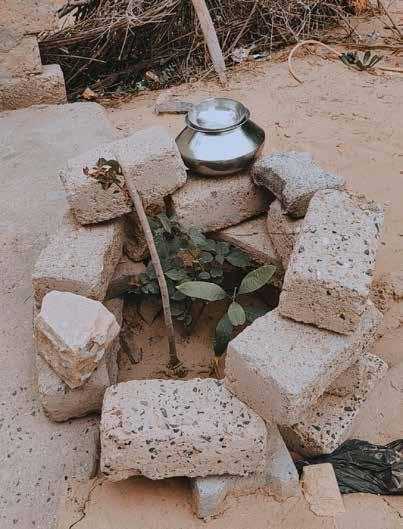
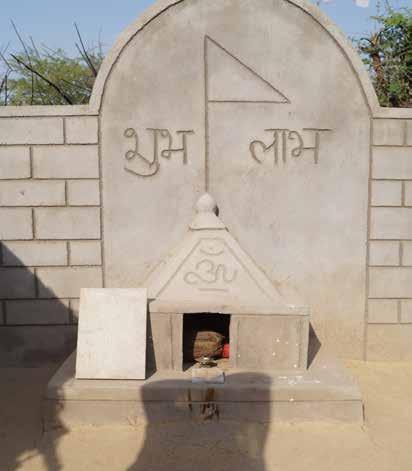 Image298 shows their mandir and the motifs done along it.
Image298 shows their mandir and the motifs done along it.
183
Talking about the practices and the culture, one of the major traditions of the people of Barmer and entire Rajasthan, is to paint their houses with artistic motifs, patterns and figures inspired from their everyday life. This ritual of painting houses is even more evident during special occasions such as weddings and festivals such as Holi, Dusshera and Diwali. The figures drawn during all such occasions are mostly sacred and ritualistic. They believe that along with decorating their houses, this also protect their houses from evil spirits, bring peace and happiness to the house.
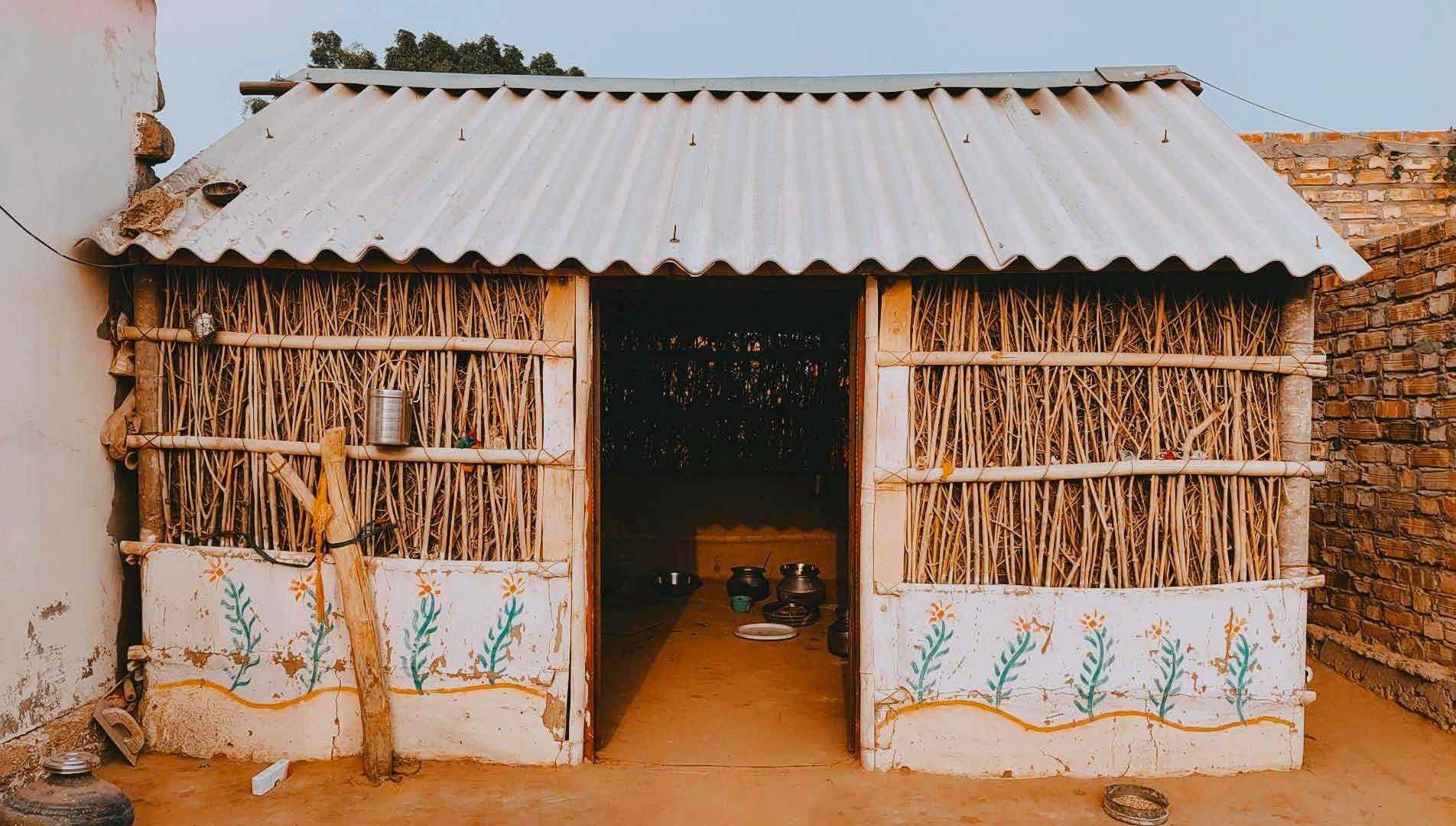
The paintings often depict natural environment around them in form of flowers, viels with some important fauna as seen around. Painting depicting The motifs of the wedding includes figures of bride and grooms with blessing connotations. Other sacred motifs includes swastika,trident, temples of their kul devi and so on.
Image302 showing the painted houses , door and window borders.
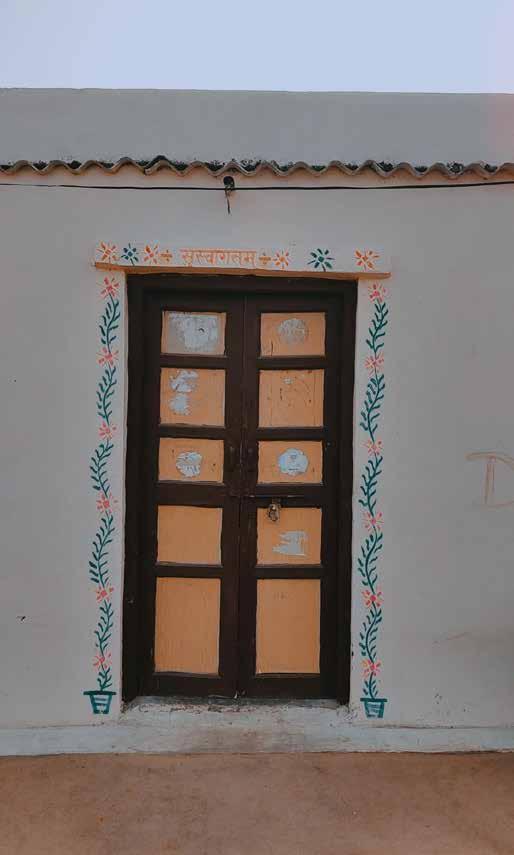 Image301 showing the painted houses , door and window borders
Image301 showing the painted houses , door and window borders
184
The aesthetic aspects of the this paints includes abstract symbolism and geometric shapes such as squares, triangles, lines and much more.
As stated earlier, traditionally colors like Indian red, greens, blacks and white were used extracted from natural resources like rocks, clay, vegetables and fruits. Lime as been a major source for white chuna along with rice power that is added to some of the paints. The new set of colors also include shades of blues, yellows and purples which are either imparted from pigments or the chemical colors as available in the market.
Twig of bamboo or neem is used as painter brush, where the tip is chamfered to flat surface to use it as brush.
This are living and vibrant additions to their existing built forms and a very important aspect in depicting their culture. The unveils the hidden meanings of the tribal symbols associated with cultural traits and ceremonies. They continue to be an inherent part of their everyday ritual and painting practices.
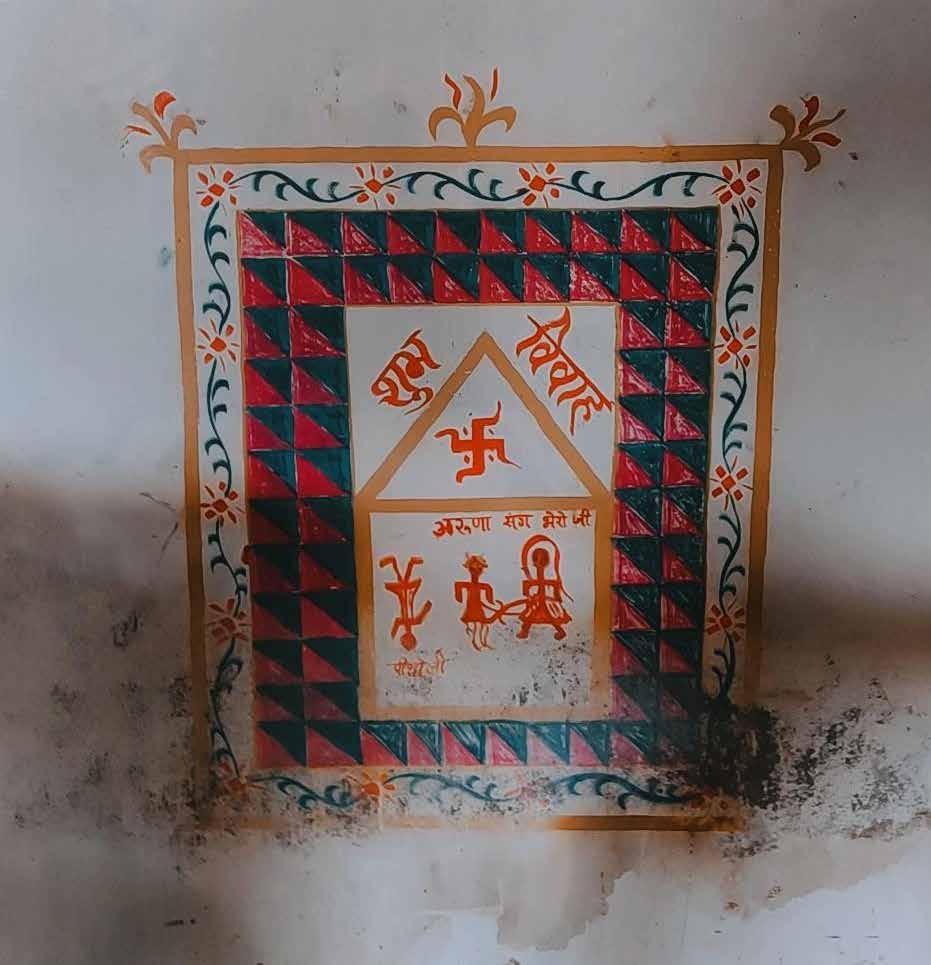
Image303-304 shows the murals done outside their houses during occasions of mariages and on festivals like diwali
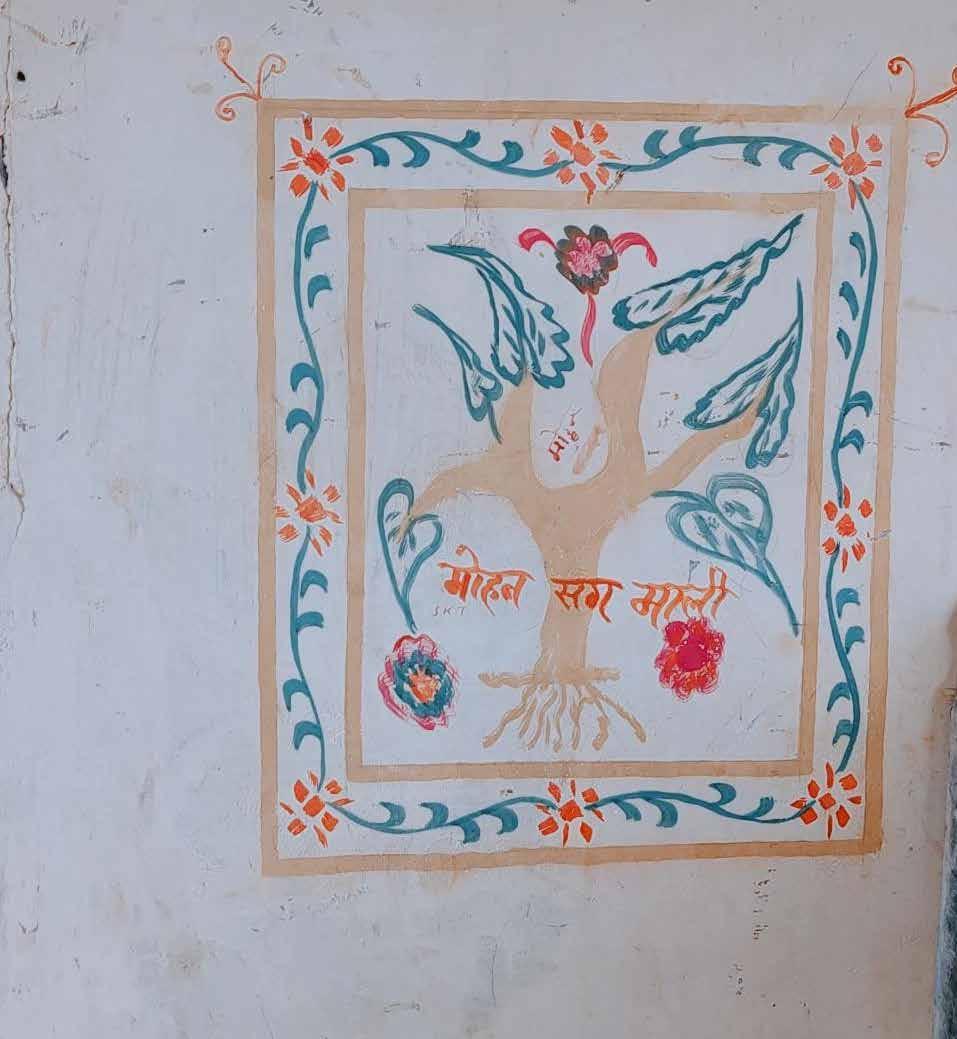
185
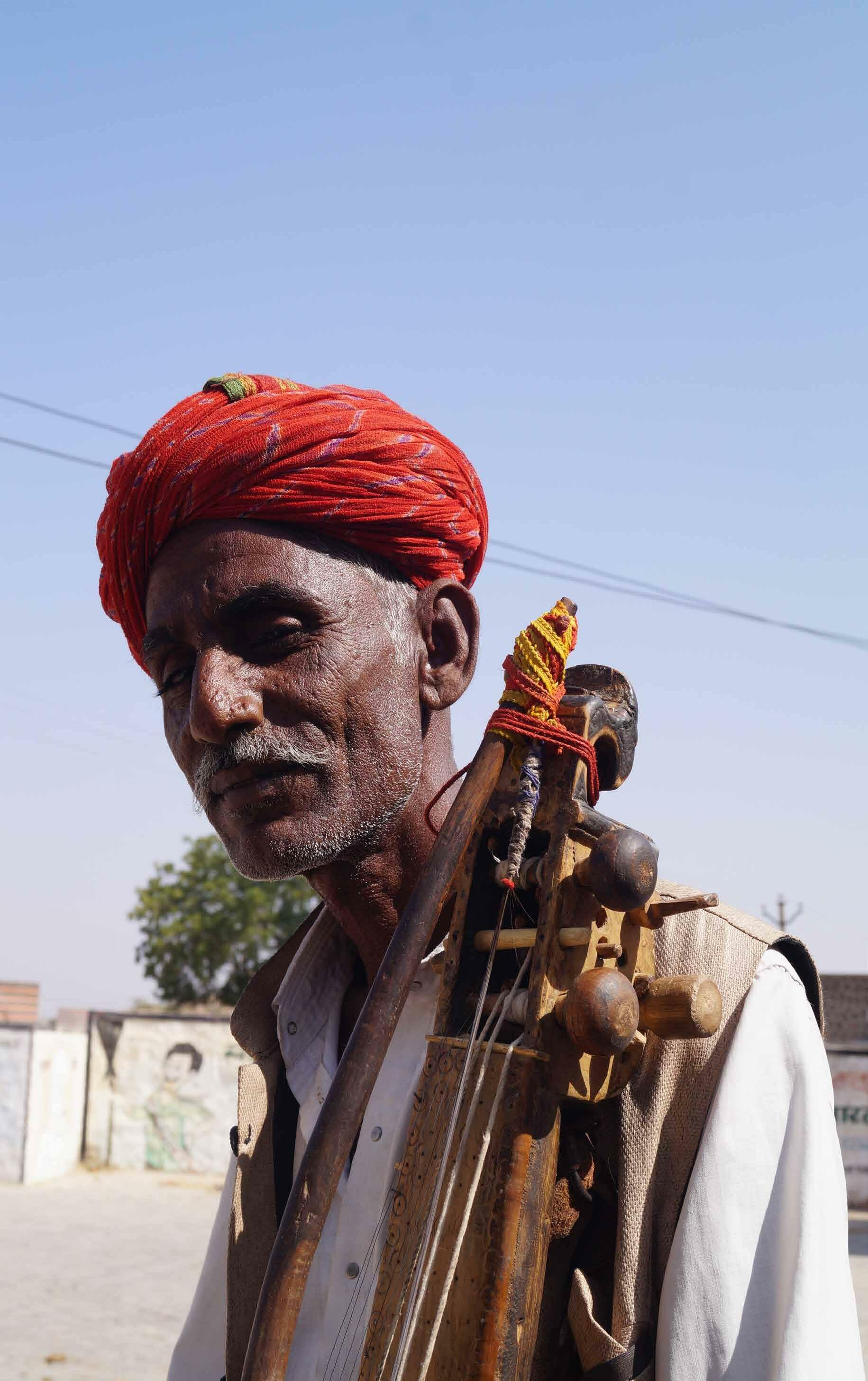
186
Music-Oral translations of Culture
The indigenous musician communities include the Langas, Manganiyars and Mirs. They are known as the performer communities amongst who play all types of instruments known as kamachiya, Ravanhattaha, harmonium and many more. The langas and Manganiyars belong to muslim communities and having been serving the patron family for more than 10-12 years. These communities in spite of belonging to Muslim community, have only served to Hindus patrons all these years. Manganiyar, which mean to beg or to demand which that their occupation is deeply connected to asking for rewards from patrons. They also play a very important role during birth, marriages by playing and singing their instruments which is considered and important ritual and would be incomplete without it. Along with this their major role also includes maintain genealogy of the patron’s clan. Th e ritual of reciting and chanting devotional songs to deities are still a practice when they visit a patron
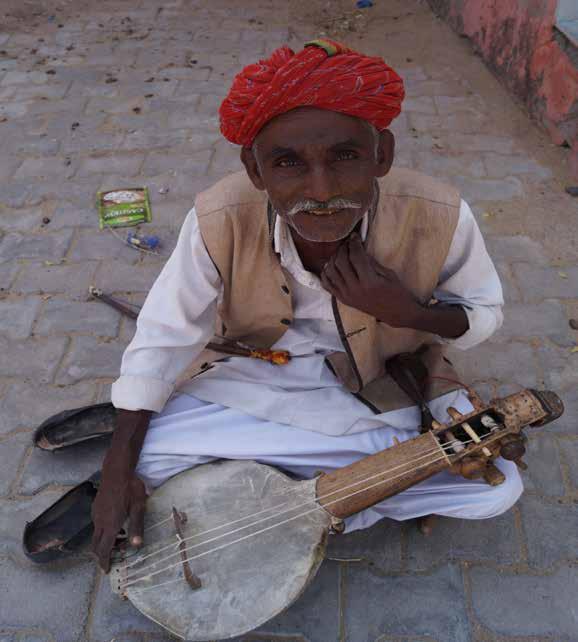
Manganiyarhousehold.
are the traditional communities comprising of folk musicians. In Earlier times they used to sing for kings and people of higher hierarchy.
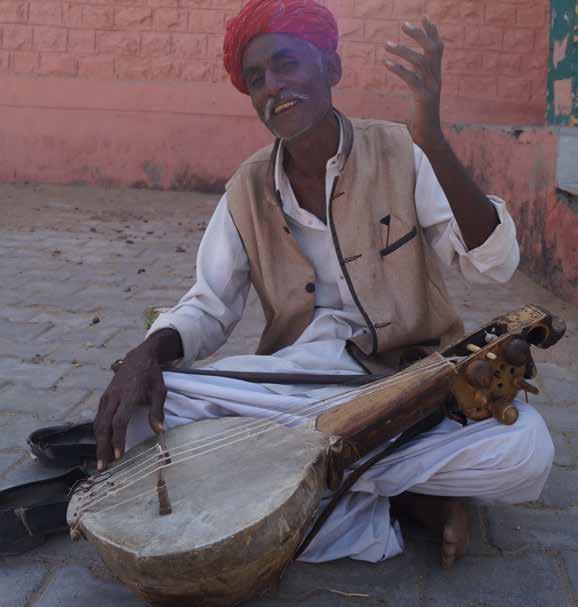
These communities are also referred to as nomads as they move from one place to another from season to season as storytellers in form of folk music regarding heroes and gods as their main focus. This identity, occupation and their beliefs position themselves in the society and defines an overall community.
Image305-306 khusta khan from dhok village
187

188
Observations
-Quality and Perception of color
-Color on basis of availability
-Colors as psychological aspect
-Colors as Cultural Identity
-Colors as emotions
189
Quality of Light and Perception of colors
As per the understanding of chapter Quality of light, it is understood that the Barmer region, which is near the Tropic of Cancer, receives a tremendous amount of light with high intensity. Therefore, for one to perceive colors even from far in this high light intensity, the colors need to have a longer wavelength, enabling them to travel longer. This can easily be seen in brighter colors than in pastel colors. Therefore, bright colors are extensive in the regions where it receives a considerable amount of sunlight.
These colors are seen under the strong influence of changing the color of light throughout the day. As seen in the afternoon (white-yellow sunlight), the ochers and beiges of dunes are pure hues that are seen with tints of yellows and oranges during sunrise and sunset (yellow-orange light).
The skies of Barmer remain cloudless for most months of the year. It is also because of these that the light that falls in the region is unfiltered and hence harsh and direct, which enables one to view the color brighter and more intense.
The shadows formed due to this harsh direct light are quite contrasting to the overall color that one sees in their field of vision. This makes one perceive colors in a more saturated form. The perception of a particular color is also affected by what color it lies next to.
190
The intensity with which the light falls also creates glaring effects which affect the perception of colors. In the intense blinding glare, the visibility of a person almost changes to zero, and hence the color is seen as pale and hazy.
Due to the changing light condition throughout the day, the desert land Barmer experiences fantastic sunrises and sunsets, which sets the skies in the colors of yellow, oranges, and red. These colors act as the primary source of inspiration for their colors in attires, especially the odhnis of women and turbans of men.
Along with changing light conditions throughout the day, the light majorly changes from season to season. This change is observed as the sunset colors, from mellow oranges and red in winter, change to stark yellow and blue in summer. This change in light through different seasons also affects color perception. The overall surroundings(including flora, fauna, and desert) and colors are seen as more bright and intense in summer than in winter.
The lighting conditions inside the built form are affected by the size of the windows. The windows modulate and allow the right amount of light to enter. The contrasts become much less and an even lighting is seen in the interiors. More indirect light is seen inside.
Due to the higher intensity of light, the climate remains relatively hotter. The use of white chuna and cow dung in the interiors is used to maintain a cooler temperature inside the house and hence acts as a layer of protection.
The use of mirrors in their crafts and textiles is also in response to the amount of heat and light. The mirrors reflect the light by scattering and help keep them more relaxed. The proportion of the mirror is with accordance to the scattering required.
191
Colors on basis of availbilty of materials
In Built Form
Their built form, which consists of traditional mud houses, is made using the locally available sand mixed with gobbar. Hence the color of the walls of the built form reflects the color of sand found in the adjacency of the region. It varies from the shade of light ochres to browns and orange ochers in some areas of the Barmer region.
The roof made out of thatch using twigs of aankda, keemph and rohida impart shades of grey and brown beiges as seen when dried off.
The white-colored decoration is sourced from lime found in the surroundings, known as chuna in the local dialect.
Earlier, the houses were painted in red and yellow colors. These colors were made by mixing lime and haldi in the required proportion. It provided an organic and hygienic environment to the whole built form.
The use of colors along the borders of the door and window of the house accentuates the overall built form, which otherwise blends into the overall surrounding Therefore here, colors become spacedefining elements along with it scientific use.
The mud houses which are generally in shades of brown form a neutral palette which allows to cut the glare and provides a comforting environment for the locals to live in.
192
Colors on basis of availbilty of materials
In attires, textiles, and crafts
The primary colors of Ajrakh include red, maroon, blue, and white. The colors were made as to the following:
Red: phitakdi+gond+mitti
Maroon: phitakdi+gond+mitti +tree’s bark (to obtain a darker shade)
White: gond+chuna
Blues: In earlier times, the excessive plantations of Indigo were the primary source for the extraction of Indigo dyes which are used in their textiles and crafts. These dyes and colors are now made chemically, which can be seen through the difference in shades of blues.
The use of specific colors such as Indigo blue, geru red, green, and blacks in their crafts derives from the natural environment from natural sources such as rocks, sand, flowers, and vegetables. They can be regarded as traditional colors, which have now evolved into colors like pinks, peaches, oranges, and so on.
The glue used in various crafts such as leather, applique, and other textile crafts is obtained from the Gum Arabic tree or a mixture ghehu ka atta and water.
193
The clay for the pots is again sourced from nearby dunes, and hence the pots show color specific to the available sand. The decoration done on that are in shades of red and brown. The red colors are made by mixing lime and haldi, whereas the tanen brown dye is obtained from desi babool.
The leather is sourced from camel, buffalo, and cow. Therefore the colors of the leather are a reflection of their flesh. The leather colors are seen from beiges and ochers to ocher oranges. Various polishes further impart colors such as maroon and red.
The wood used in making furniture is sourced from Rohida, known as the Desert teak. It is the best quality of wood available in the region. Due to less availability and the high presence of knots, sag wood from Gujarat is imported to make carved wooden furniture.
194
Selection of colors-Psychological aspect
The primary source of inspiration for the colors for the people of Barmer and Rajasthan is their barren, muted landscapes in shades of ocher, beiges, and brown, which encourage them to impart bright colors to their daily life. It is the physiological way of the human brain to deal with the existing surroundings. It diverts itself into colors that are contrasting to the surrounding environment. The environment that already exists in a certain way(i.e., muted palette), the people of Barmer try to render colors in their built form, textiles, attire, and crafts. It serves as the most fundamental instinct for survival.
The use of white chuna and other colors like yellow and red are contrastingly used to define and give their mud houses a unique character. The overall built form made using specified materials creates harmony with the surroundings while the colors, patterns, and textures accentuate and differentiate, which helps define the built form.
The flashing prismatic colors of their textiles and attire flawlessly juxtapose the brown shades of their built form, forming a whole palate of monochromes as the background and bright colors as the foreground. In contrast to white attires in lush green areas of India, the bright glowing reds, yellows, and oranges stand as an affirmation of life that help live through the harsh and monotonous life of the desert.
195
Color as cultural Identity.
Colour symbolism serves essential roles in art, religion, politics, ceremonials, and everyday life. Its strong emotional connotations affect the perception of colors.
Color symbolism in Barmer is seen in all the aspects, such as their attires, textiles, and ornamentation. Colors have been essential in depicting cultures and are associated with particular religious values. Each color embodies a complex and significant connotation, particularly the time, space, and region. This symbolism of colors has been a part of their tradition for years. Time being a constant change, some colors have remained unaltered while some have evolved to depict new meanings or cater to newer generations. The unaltered colors result from their availability from nature or the consistency in the dyeing color techniques of the region.
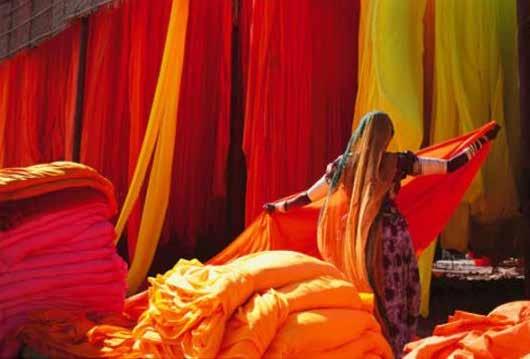 Image307
Image307
196
Each color has its own specific significance in Rajasthani costumes and meaning and is also worn depending on customs, time of the year, and occasion. Along with each color standing for specific symbolism(as explained below), a combination of a few colors is used on certain occasions and ceremonies. The colors orange and golden (through embroidery and ornament) are favored for occasions of New year, Diwali, or the month of chaith. The festival of Diwali is also brightened by colors such as yellow and red. Savan or the months of the rainy season are greeted with green garments, which depict prosperity and joy. A green leheriya dupatta is worn during this season. A kasuvud or red odhna is worn at the time of teej, a festival celebrated by women to pray for the long life of their husbands.
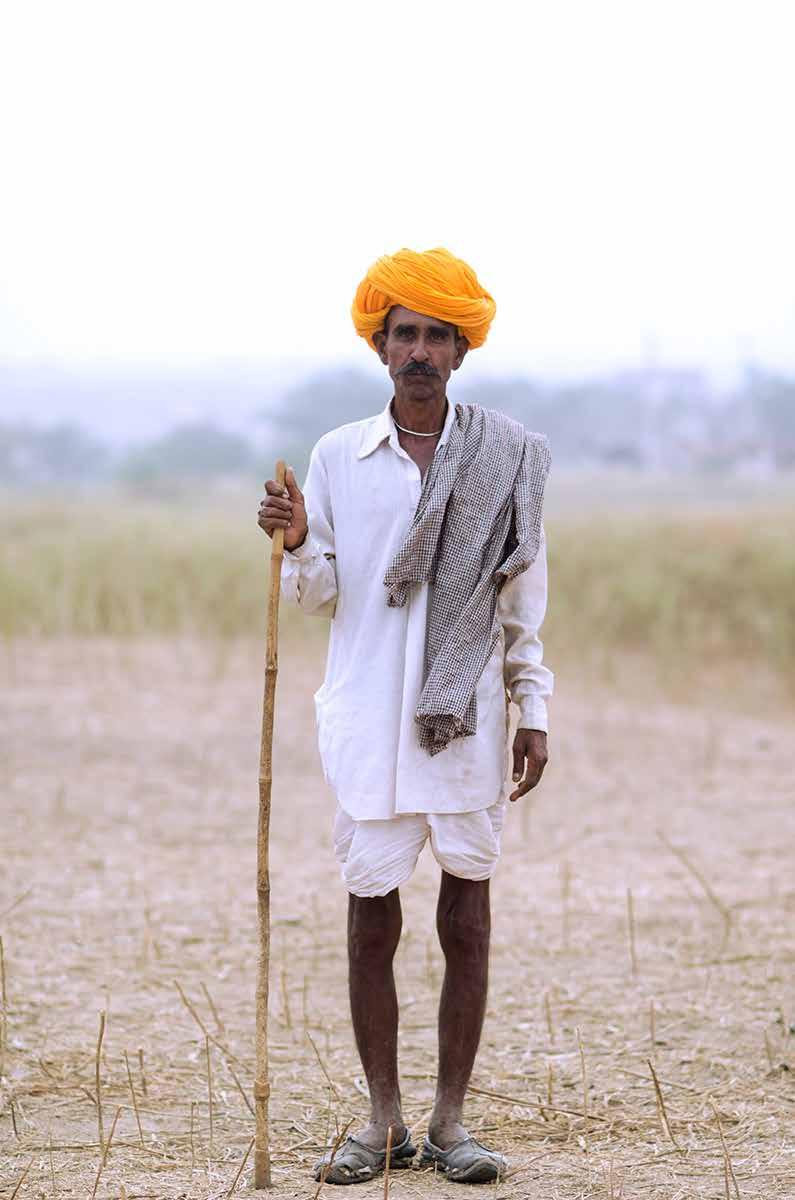
The symbolism of the below-mentioned colors and energies is apparent in how they are integrated into these people’s lives. The colors and simple expressions hold together the multitudes of lifestyles, cultures, and traditions.
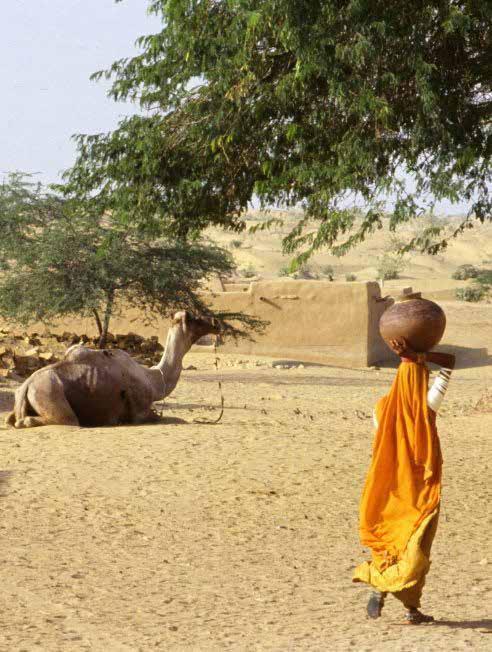 Image308-309 showing the colored odhnis and pagdi of woman and man respectively.
Image308-309 showing the colored odhnis and pagdi of woman and man respectively.
197
White: It represents purity and is considered an embodiment of light. The color white is considered as a whole of all colors. In Hinduism, white is the color of mourning, and hence widows wear only white garments. White is also seen as male color and is worn extensively by the man of all communities. During their marriage, women wear sarees in the combination of both white and red and hence depict masculinity and femininity, depicting simplicity, solace, spirituality, and slow living.
Yellow: It depicts new beginnings and indicates happiness.In Rajasthan, the arrival of a newborn baby marks joy and celebration. Hence, the color yellow plays a significant role in ceremonies like Suraj puja, a Shuddi ritual for a newborn. It symbolizes Sun, and hence both mother and child wear yellow clothes during the puja.
Orange: It depicts energy and attention. It is more sedate in comparison to red. Orange is found in nature in the changing leaves of fall, the dusk hours, and the setting sun. The vibrant oranges are found in the odhnis of women and turbans of men.
Saffron: known as kesariya in the local dialect. It has been extensively used by both men and women since primitive times and denotes bravery. The Rajputs wore it on their battlefield.
Green: It symbolizes nature and is a manifestation of God. Girls and women wear green to welcome the rainy season. Green and its shades are also found in the textiles and the attires of Muslim communities and denoting Islamic culture. Green in nature is seen in trees, shrubs, and plants. Hence it is also regarded as the color of life and fertility. Since the number of greens is meager in the desertland, they are worshiped through various puja and protected at every cost.
lightpurity sacrificefire life, fertile
198
Pink: It depicts feminity and is associated with contentment. It is seen mainly in the odhnis and attires of women. In nature, it is found in varied flora and hence synonyms for delicacy.
Red: It is a celebratory color. It symbolizes well-being and joy. It denotes women’s marital status, and they use red vermillion and red chunri as embellishments to their bodies. It is considered an auspicious color and hence also seen in the flags of the Temple.
Blue: It is associated with Lord Krishna. It also denotes the sky and the ocean. The women of Rajasthan wear blue lehriya odhnis to welcome water into their region. The shades of blue are found in nature in the sky and the water bodies.
Indigo: It is a darker shade of blue and is again associated with evil and impurity. Married women never wear dark color attires as it symbolizes mourning. In Nature, Indigo was grown, and clothes were dyed into it to give various shades of blue from light to dark. Back then, it was mainly transported to European countries.
Brown: It symbolizes Earth and denotes warmth. The mud houses and pots made from local mud are in colors of browns and beiges and are considered an absolute making of Earth. In nature, it is found in Earth, stone, and wood.
Black: It has connotations that depict evil, lack of desirability, and negativity. Several Barmer communities believe in blessing a newborn child with a black dot to protect him/her from evil. The color black also stands as a strong contrast against the muted palette of the desert. It is used in their textiles and craft to achieve contrast to other bright colors and create a unique palette with it.
199
waterauspiciousearthunauspicious
Color as Emotions.
Hues are basically meaningless in and of themselves, as true influence comes from the emotional and semantic meanings people associate with a color. Here(for this study), color is also seen as an abstract form of one’s identity, expression, social beliefs, their culture, and traditions. Colors denote a person’s various moods and the stages of his/her life( as mentioned above).
The relation of colors with emotions can be explained as colors in the red area of the color spectrum are known as warm colors and include red, orange, red, orange, yellow, and brown hues, while the blues, greens, and grays are “cold.” The red, orange and yellow hues are said to induce excitement, cheerfulness, stimulation, and aggression; the blues and greens security, calm, and peace; and the browns, grays, and blacks sadness, depression, and melancholy.
This logic of colors is applied in their daily lives. The use of bright colors in their attires and clothing, i.e., reds, oranges, and yellow, against the muted palette of their landscapes, reflect their emotions and perception of life. These bright colors encourage them to live their daily lives amidst the harsh climate. This establishes a relationship with the emotional and psychological connotations of the people which is directly affected by the surroundings.
200
Colors, as seen overall in the region, confer meaning, context, and identity. The use of specific colors in their built form to colors in their textiles, attires, and craft reflect their one’s way of life. Colors here are looked upon as social and traditional beliefs representing particular communities’ views and imaginations to some extent. It influences and confidently directs the society, which becomes traditional and cultural in the region. Our surroundings may be natural or built by humans; colors distinguish, make spaces coherent, and affect our behavior and activities. The built form, which is built with one aspirations, thoughts, and reasons, also reflects individuality. The addition of colors delivers thought and emotion to an otherwise still tangible object. The colors in the interior and exterior of the built form impact form and appearance of the object in an overall context.
Similarly, the use of colors in the textile, attires, and crafts are their own way of perceiving life amidst the barren landscape. The element of colors adds hope and desire to their complex life, which is, in turn, their environment.
Hence, it could be strongly observed that the relationship between the environment and people strongly affects one way of life and their psychological thinking, leading to one perception of selecting colors and dealing with them. As seen, color form an integral element of their world, not just in the natural environment but also in the man-made architectural environment. As integrated into their daily lives, color has played a role in the evolutionary process of culture, communities, and humankind. note
201
End
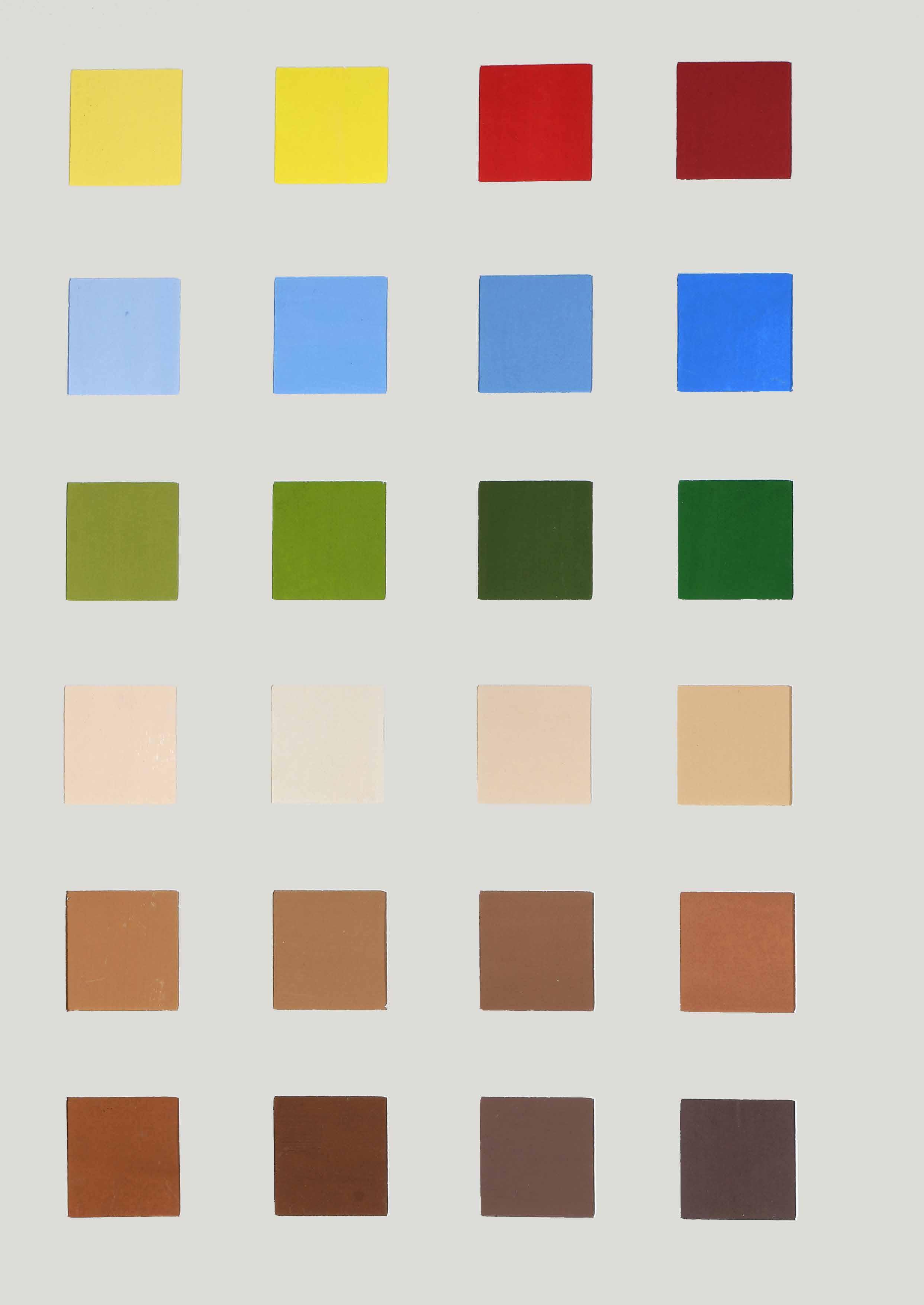
Conclusive Palette-Part A
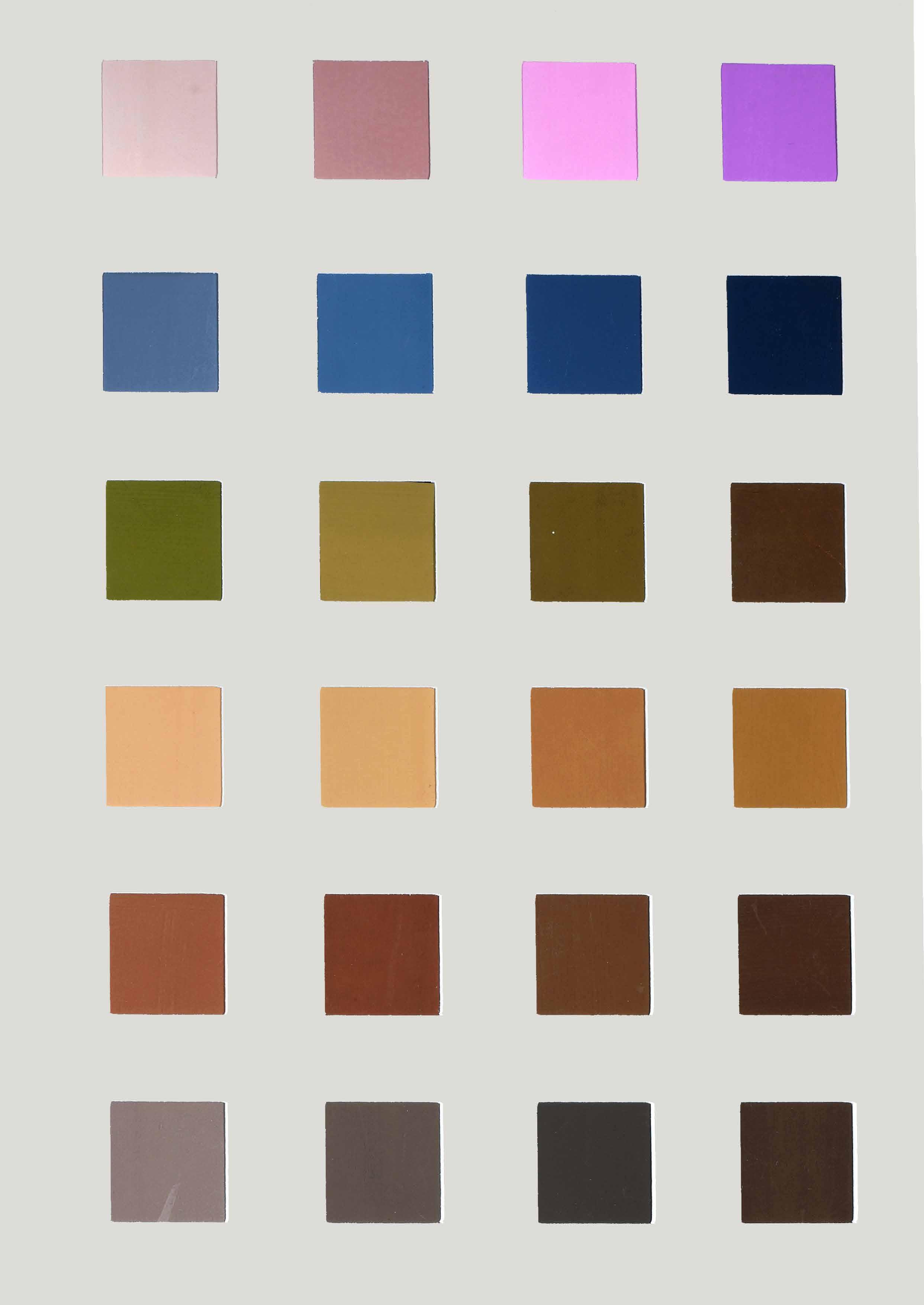

Conclusive Palette-Part B

Cultural Colors
206
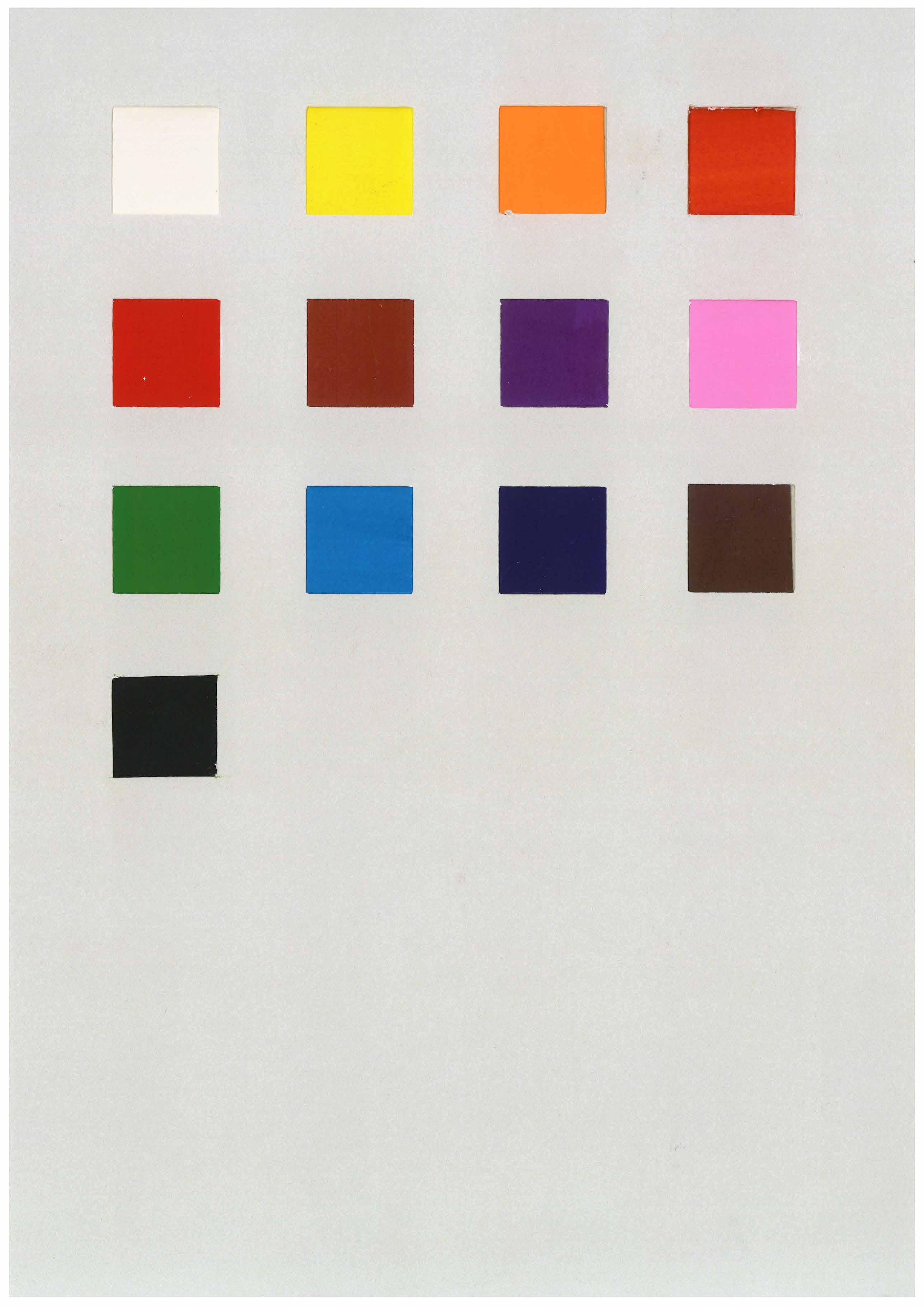
GLOSSARY
Aangan – English translation of the same is patio or a Aangarkhacourtyard.
- Angarkha is an external robe with long sleeves which was worn by men, also known as tunic or cloak.
Aankdo - Also known as Aakda, is a flowering plant in the family of Apocynaceae family.
Ajrakh – Ajrakh is a type of blockprinting typology performed on a fabric.
Babul-local tree
Bajra – Bajra is a traditional Hindi name for Pearl Millet. Bajubands - It is an armlet worn on the biceps, fundamentally a piece of the jewelery set.
Camerik- a type of fabric
Chula - It is an Indian cooking stove used for indoor cooking in smaller villages of India.
Chura – Chura is known as a set of bangles worn by a bride on the day and for a period after the wedding.
Chamda – The term is referred to as skin, in Indian terms, it is specifically understood as leather.
Chillai - The process of cutting leather in the desired shape.
208
Dhani - Dhani or Thok is a kind of settlement, the littlest aggregation of houses, in sandy Bagar area of northwestern states of India.
Ghagra – A ghaghra is a long-gathered skirt worn by women in India, frequently embellished with weaving, mirrors, threadwork, etc.
Gheru-is a natural clay earth pigment, a mixture of ferric oxide and varying amounts of clay and sand
Gobbar – It is a traditional name used for cow dung.
Haveli - It is an Indian term also referred to as a mansion
Kalpvriksh- It is a wish fulfilling tree, which has divine power and is served by Indian religions.
Kamarbands- It is a mix of the words kamar signifying ‘waist’ and band signifying ‘lash’ or ‘binding’.
Kanchlis- the upper garment worn by women of all Kashida-localcommunities. doed for embriodery
Khet – Also termed as farm in English.
Kothiyo- a storage unit
Kuldevi- is an ancestral deity, who is often the deity of one Kurtafraternity/family–Akurtaisalong
free piece of clothing like a shirt without a neckline, worn in India.
Kutcha- local word used for mud houses
209
Nivas – It is an Indian term also referred to as a Mochiresidence–English
translation of the same is Cobbler, a person who mends or makes shoes. Moong – Moong is a bean and commonly known as Green Gram.
Mukka Kaam- localword used embroidery done using goldenand silver thread.
Odhni – Odhani is often refered to as Indian veil, worn over the head and shoulder of women and worn along with the ghaghra.
Pujan – Also termed as worship in English
Pagdi – Pagdi is a traditional garment worn on head by Pipal-male.Pipal
is a sacred tree native to India, translated as Ficus Phitakdi-religiosalocalingredient
used for making dyes
Ralli-local word for quilts.
Sarso – Sarso is known as mustard in English, used to make a popular Indian Dish namely Sarson Da Saag.
Sindh- a region in Pakistan
Tilli ka tel – Tilli is referred to as sesame, and tel as oil. So, it is sesame oil derived from sesame seeds.
Tabeez - Tabeez is referred to as amulet in English
Tiba- local word used for sand dune.
210
PartReferencesA
Choudhary, M. (2021). The Historical Thar Desert of India. Mediterranean Journal of Social Sciences, 12(4), 78. Dhir,https://doi.org/10.36941/mjss-2021-0029R&Singhvi,Ashok.(2012).TheThar Desert and its antiquity. Current Science. 102.
Kar, A. (2014). The Thar or the Great Indian Sand Desert. In: Kale, V. (eds) Landscapes and Landforms of India. World Geomorphological Landscapes. Springer, Dordrecht. https://doi.org/10.1007/978-94-017-8029-2_7
Kalia, R. & Rai, Manoj & Sharma, Ramavtar & Bhatt, R.. (2014). Understanding Tecomella undulata: an endangered pharmaceutically important timber species of hot arid regions. Genetic Resources and Crop Evolution. 61. 1397-1421. 10.1007/s10722-014-0140-3.
Moharana, P. C. 2017. Geomorphological Field Guide Book onThar Desert (Edited by Amal Kar). Indian Institute of Geomorphologists, Allahabad.
211
Quality of Light
Books
Hass, R. (2013). What Light Can Do: Essays on Art, Imagination, and the Natural World (Reprint ed.) [E-book]. Ecco.
Light and Color in the Outdoors by Marcel Minnaert (1995–03-30). (2022). Springer (1995–03-30).
Riley, P. D. (1999). Light and Color (Straightforward Science Series). Franklin Watts. Valberg, A. (2005). Light Vision Color (1st ed.) [E-book]. Wiley.
Articles
Murray, Richard & Adams, Wendy. (2019). Visual perception and natural illumination. Current Opinion in Behavioral Sciences. 30. 10.1016/j.cobeha.2019.06.001.
Resnick, B. (2019, November 22). Sunset color science: why the coldest months of the year produce the best sunsets. Vox. inlightZemplén,rayleigh-scatteringhealth/2019/11/22/20970563/sunset-science-explained-https://www.vox.com/science-and-Gábor.(2003).Thehistoryofvision,colour,&theories:introductions,texts,problems.Bernstudiesthehistoryandphilosophyofscience:educational materials ; 5 (2005).
212
Websites
Basic Facts Everyone Should Know About Clouds. (2018, February 13). ThoughtCo. the-eyes-have-it-seeing-ultraviolet-exploring-colorhttps://www.extremetech.com/computing/118557-creates%20summer.solstice%2C%20because,it%20warmest%20and%20of-cancer-1435190#:~:text=During%20the%20June%20https://www.thoughtco.com/geography-of-the-tropic-natural-light-in-landscape-photography/https://www.photography-raw.com/how-to-use-of,you%20reach%20its%20actual%20color.color/#:%7E:text=The%20value%20and%20intensity%20https://www.sensationalcolor.com/light-affects-everyoneFinally,intro-to-solar-orientation/ArchitectureRespondY.what-is-ultraviolet-light.htmlLivescience.Com.Lucas,must-know-facts-about-clouds-3443729https://www.thoughtco.com/J.(2017,September15).WhatIsUltravioletLight?https://www.livescience.com/50326-(2020,September18).DesigningYourHousetototheSun:AnIntrotoSolarOrientation.YR+Design.http://yr-architecture.com/an-COLOREXPLAINEDbyanexpertinawaythatcanunderstand.(2021).SensationalColor.
213
Part B
Built Form
Gaur, M. K., & Gaur, H. (2004). Combating Desertification: Building on Traditional Knowledge Systems of the Thar Desert Communities. Environmental Monitoring and Assessment, 99(1–3), 89–103. https://doi.org/10.1007/ Kaushik,s10661-004-4005-7A.(2020).
The Continuity of Vernacular Architecture amidst Changes, Village Shyopura, India. Iconarp International J. of Architecture and Planning, 8(2), 771–800. https://doi.org/10.15320/iconarp.2020.136
Noble, A. G. (2007). Traditional Buildings: A Global Survey of Structural Forms and Cultural Functions (International Library of Human Geography). Rathore, M., Preet, V., & Sharma, S. (2018). Analysis of traditional and existing construction ... Retrieved April 11, 2022, from cultures-practices-and-lifestyles-in-india/28,ResearchLifestylesSustainableRapoport,of-rajasthan-IJERTCONV6IS11019.pdfsustainable-rural-houses-in-the-southern-western-part-of-traditional-and-existing-construction-practices-for-https://www.ijert.org/research/analysis-A.(1969).HouseFormandCulture(1sted.).ConsumptionCultures,PracticesandinIndia|CUTSCentreforConsumerActionandTraining(CART).(2018).Retrieved22–03-fromhttps://cuts-cart.org/sustainable-consumption-
214
Textiles, Attires and Crafts
Challa,inspiredArchitectureReimaginingApsingekar,https://issuu.com/krishnendhuak/docs/appliqueMegha&Srivastava,Srishti.(2020).BlockPrintCraftofRajasthaninInteriorDesigningofFeaturewallandFurniturebyBlockPrintingtechniquesofRajasthan.L.(2007,May21).Embroidery–AnArtOf
Expression. Retrieved from https://www.fibre2fashion. jlafromJawajaModelandJain,casualGhai,blockGanguly,htmlorg/2013/01/carved-wooden-furniture-of-barmer-in.CulturalWoodenChandrashekhar,org/10.1525/ap3a.1998.8.1.3AnthropologicalIdentity.Costin,expression.com/industry-article/1974/embroidery-an-art-of-C.L.(2008).Introduction:CraftandSocialArcheologicalPapersoftheAmericanAssociation,8(1),3–16.https://doi.M.(2021,January19).CarvedFurnitureofBarmerinRajasthan,India.TheHeritageofIndia.https://cultureandheritage.Debojyoti&Amrita,.(2013).AbriefstudiesonprintingprocessinIndia.41.197-203.Rahul.(1997).EmbroiderytraditionsandwomenlabourinBarmer,Rajasthan.EXCHANGES.18.Rishav&Thakkar,Jay.(2019).ExperiencingCraftCulture:AnEmergingCulturalSustainableTourisminIndia.10.1007/978-3-030-10804-5_3.LeatherAssociation.(2017,May16).Retrievedhttps://issuu.com/lakshmisurya/docs/document_
215
Karolia, Anjali & Buch, Heli. (2008). Ajarkh, the resist printed fabric of Gujarat. Indian Journal of Traditional Knowledge. 7. 93-97.
Kokko, S., & Dillon, P. (2010). Crafts and craft education as expressions of cultural heritage: individual experiences and collective values among an international group of women university students. International Journal of Technology and Design Education, 21(4), 487–503. Singh,https://doi.org/10.1007/s10798-010-9128-2K.&Mehta,Rena.(2017).Traditional textile prints of Barmer (distt.): An international market perspective. Colourage. 64. 31-36.
TrueRajasthan. (2021, July 30). 15 Traditional Handicrafts of Rajasthan. Retrieved from Embroiderycom/traditional-handicrafts-of-rajasthan/#Textile_and_https://truerajasthan.
Color Study
Can Color Affect Your Mood and Behavior? (2020, May 28). Verywell Mind. Imagecolour_symbolism_rajasthani_costumes.htmRajasthan,Colourcolor-psychology-2795824https://www.verywellmind.com/SymbolisminRajasthaniCostumes,Costumesof2010)https://www.indianetzone.com/42/32-37sourcedfromgooglephotos
All figures for Quality of Light above mentioned sources
216
